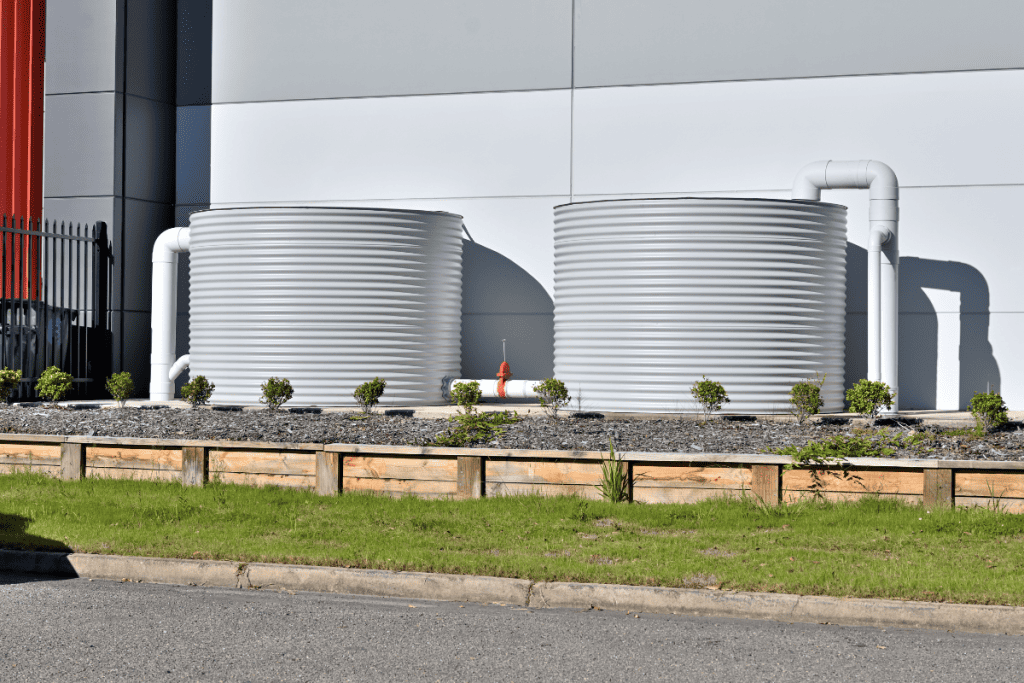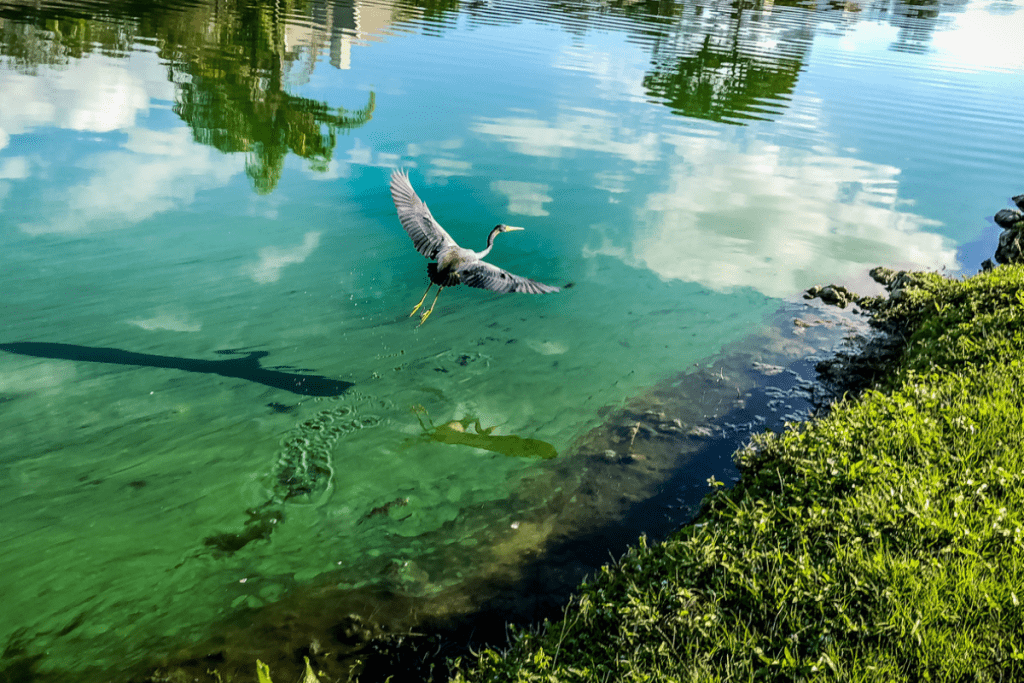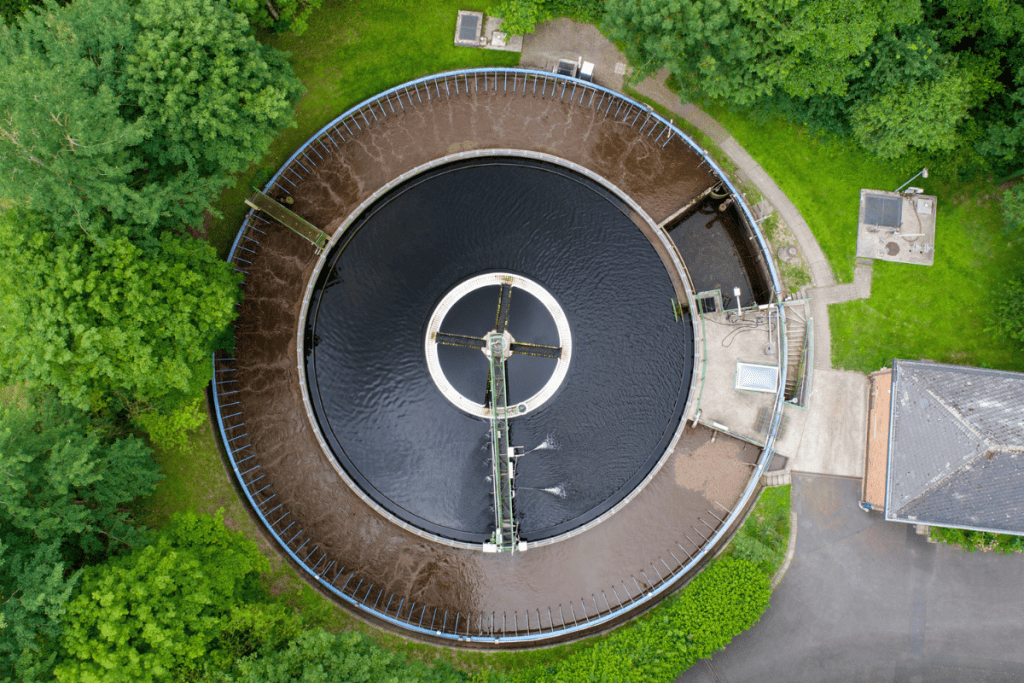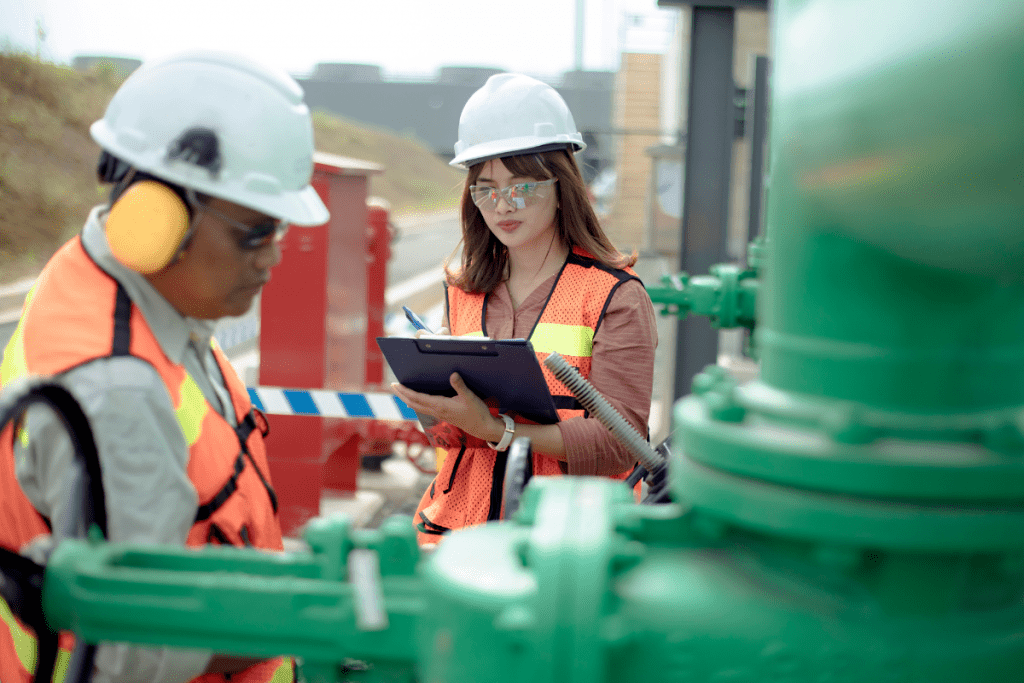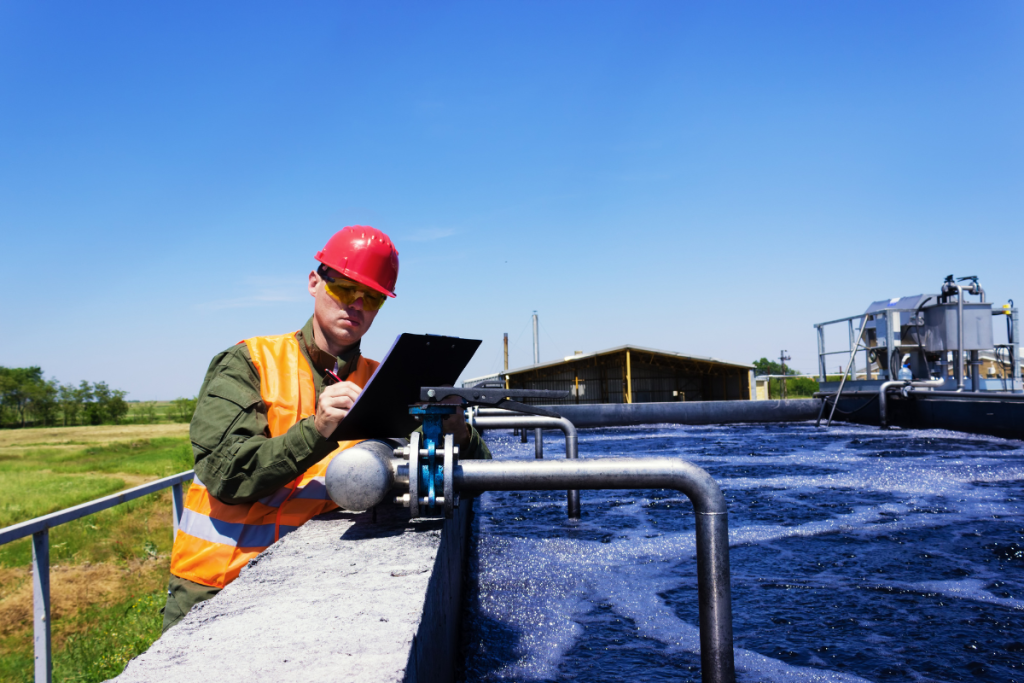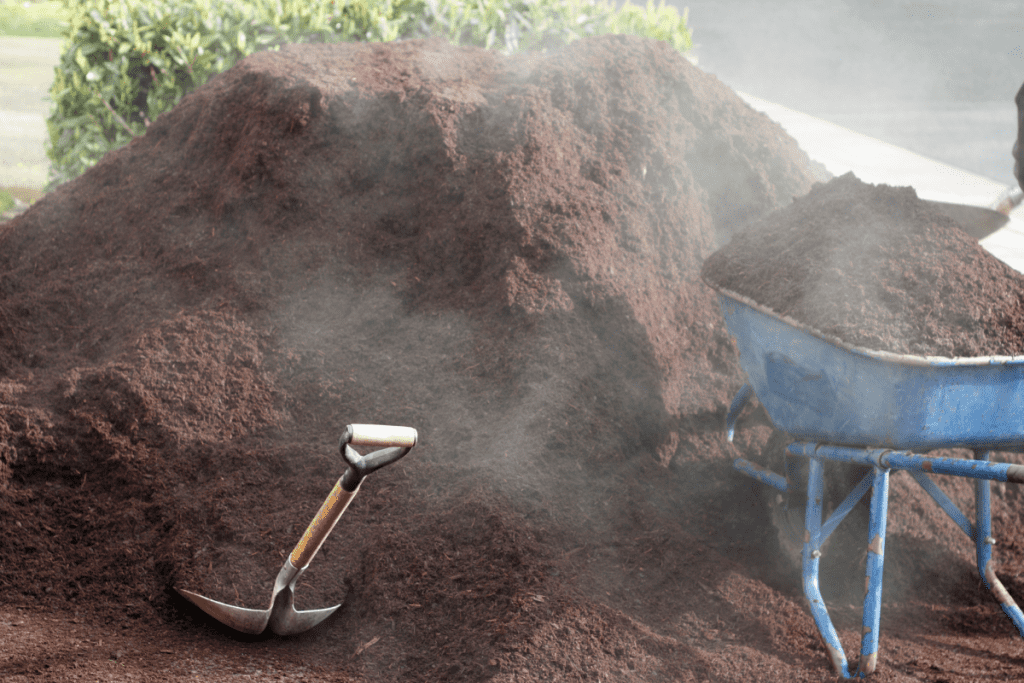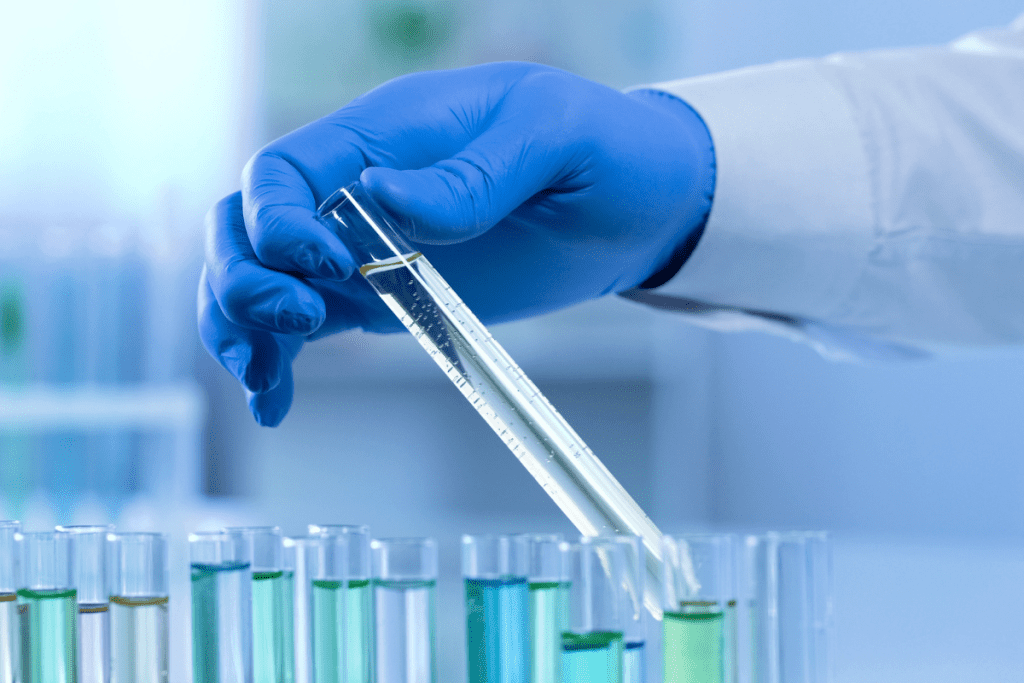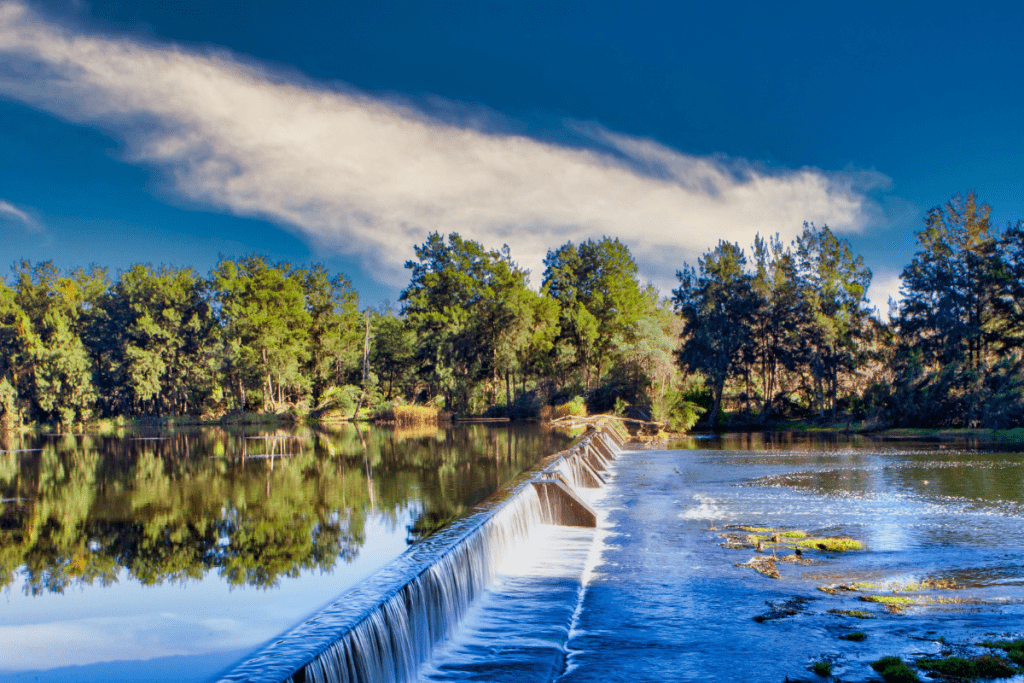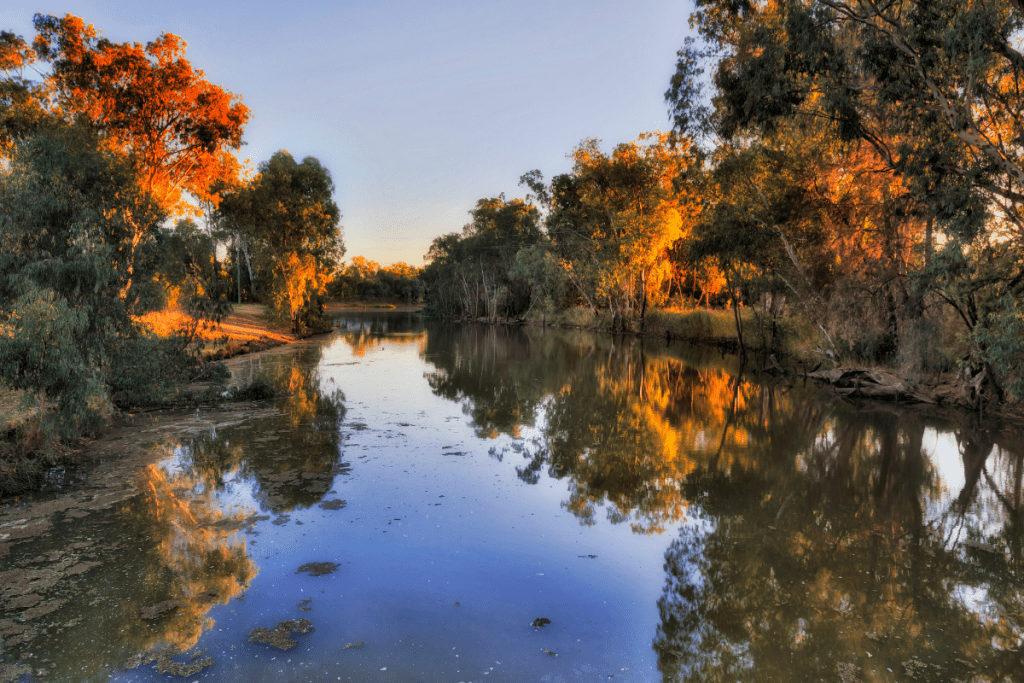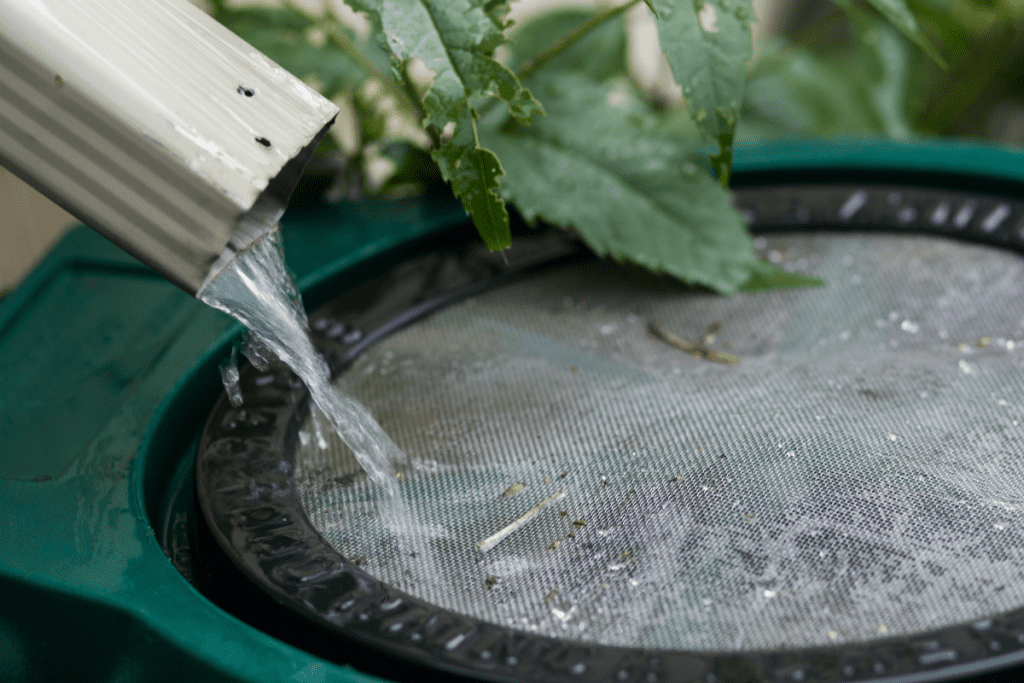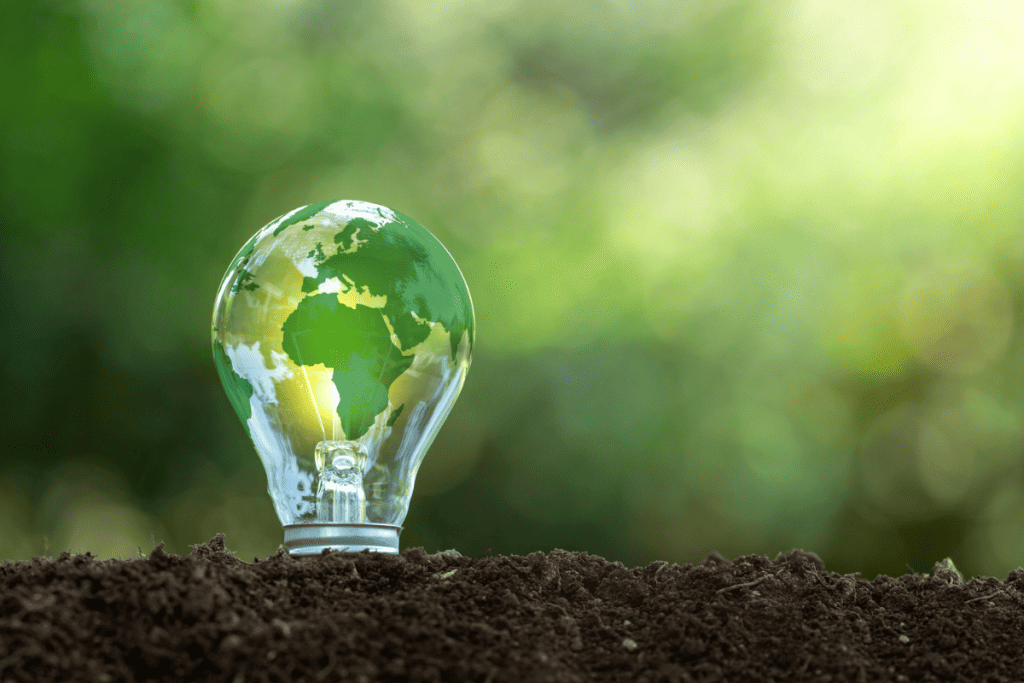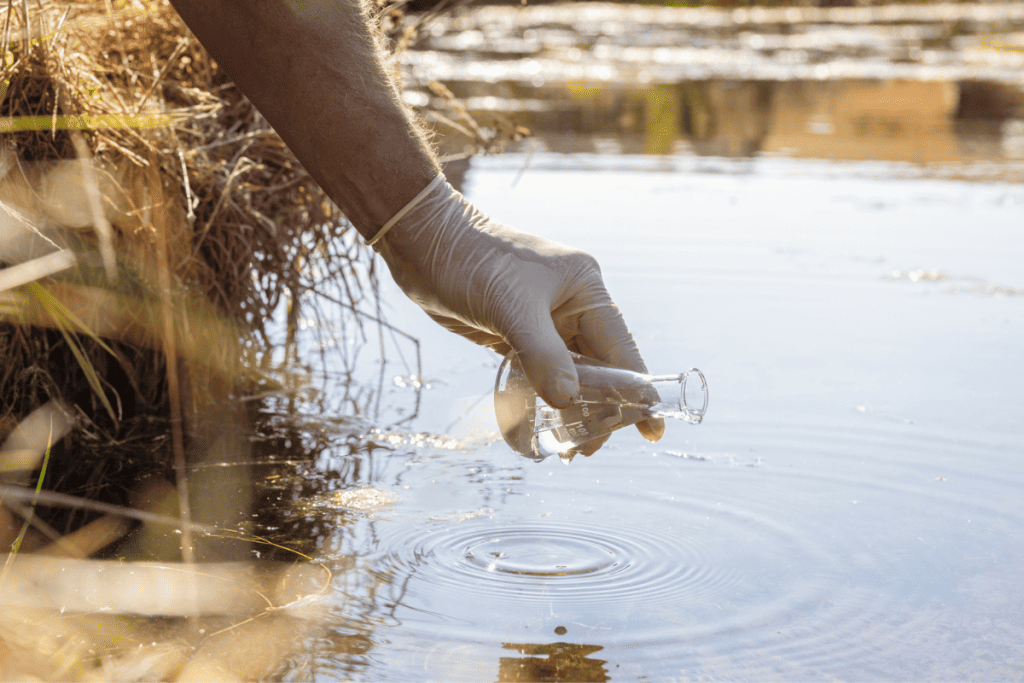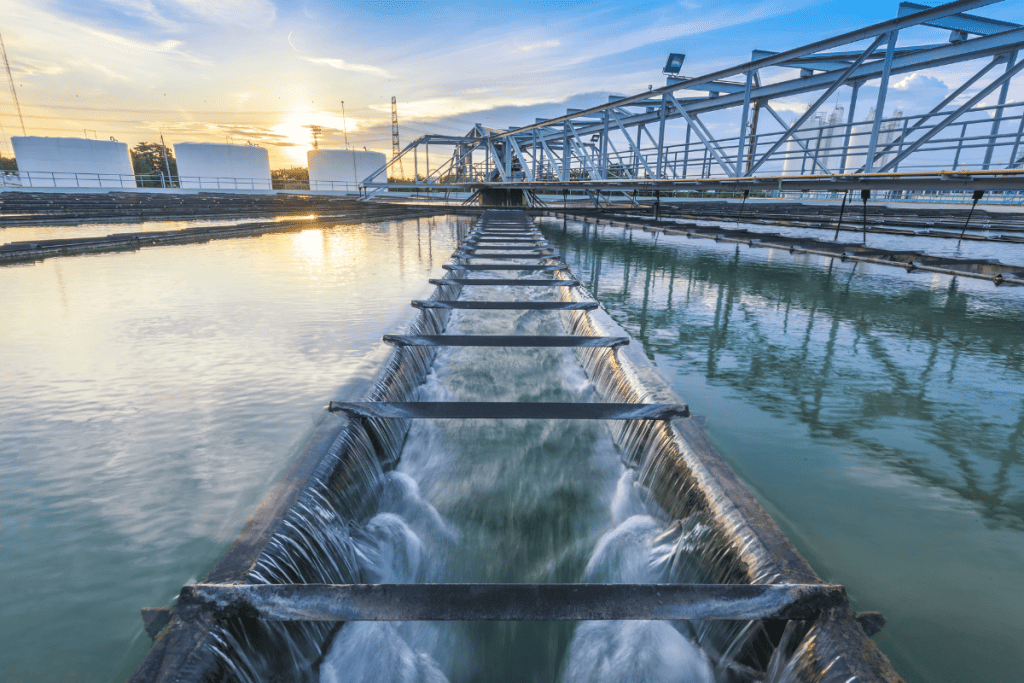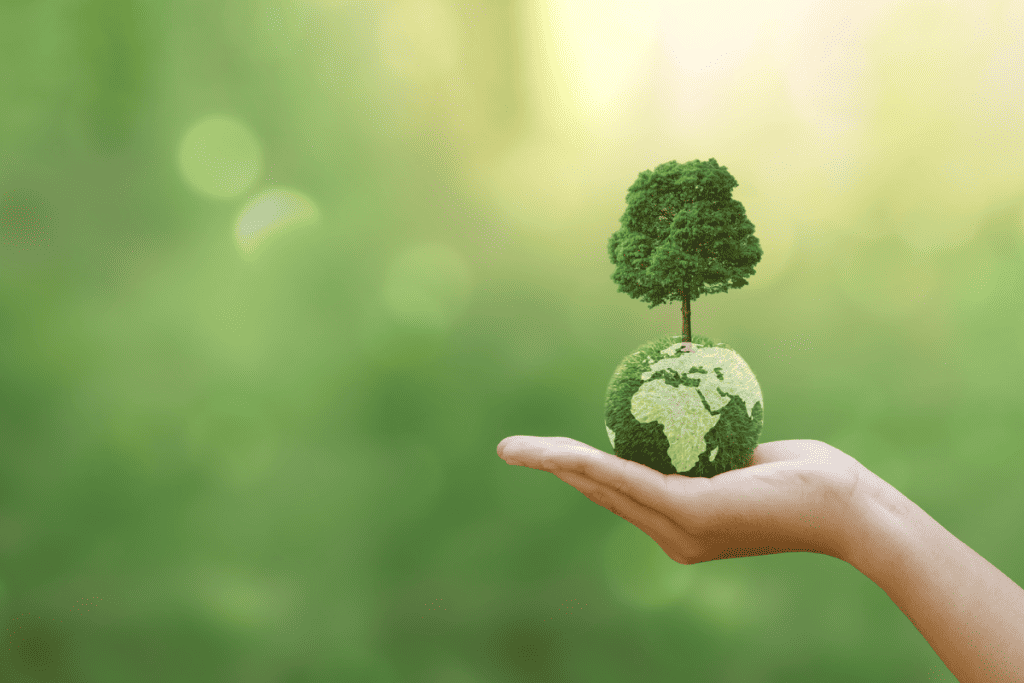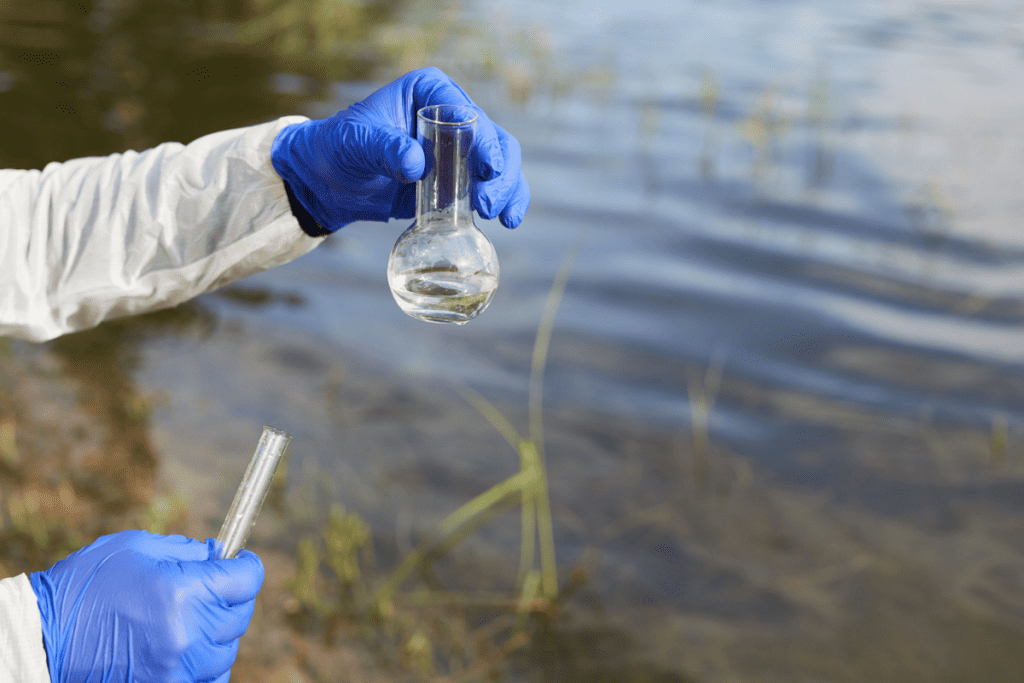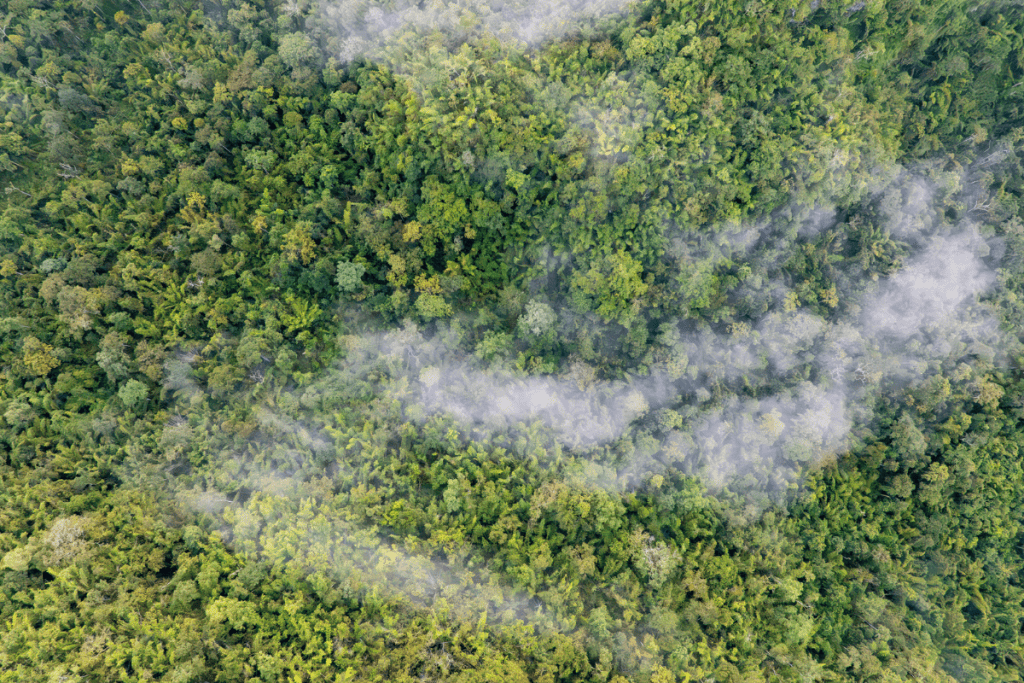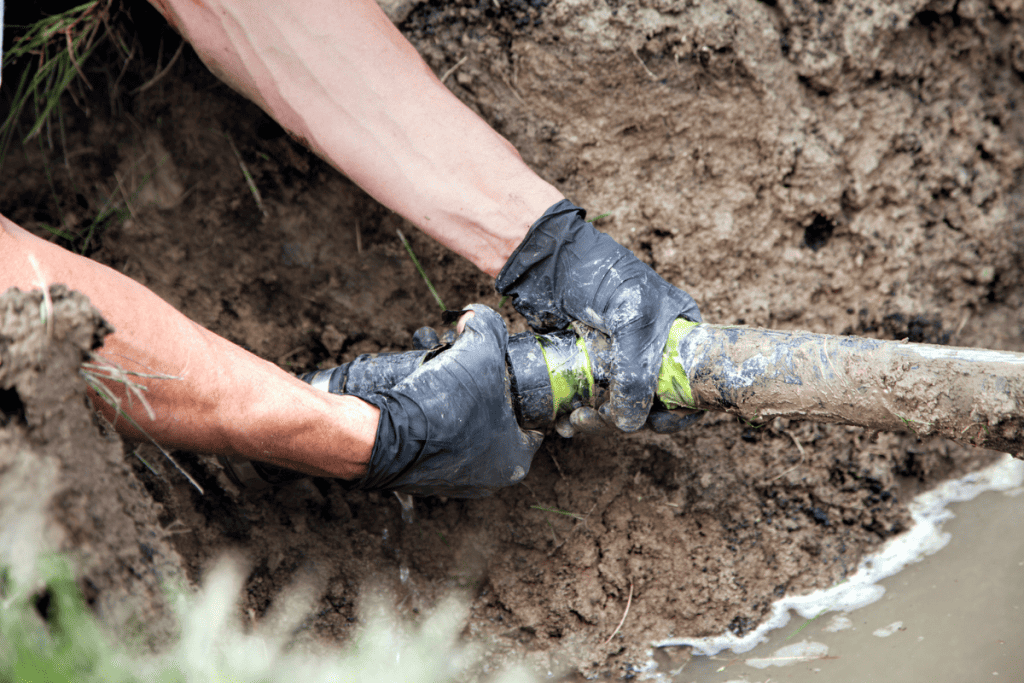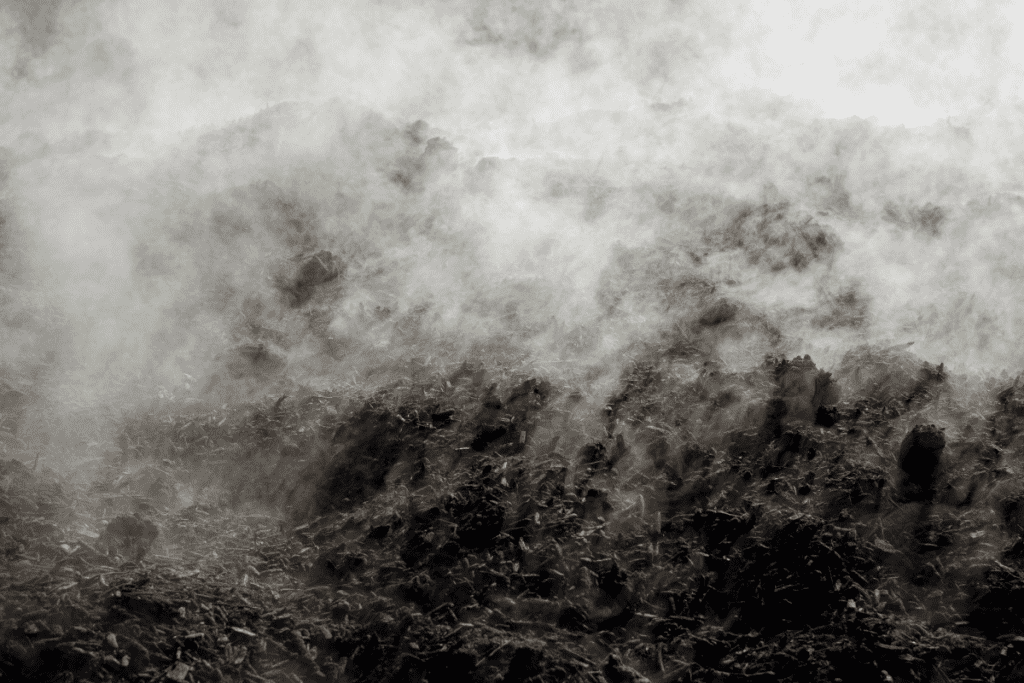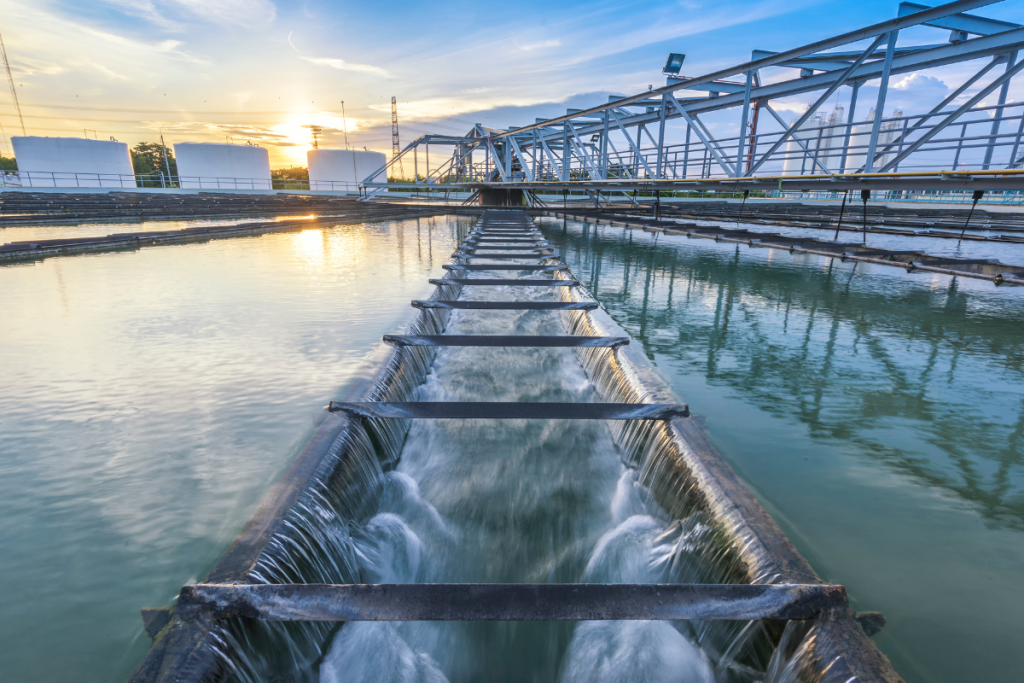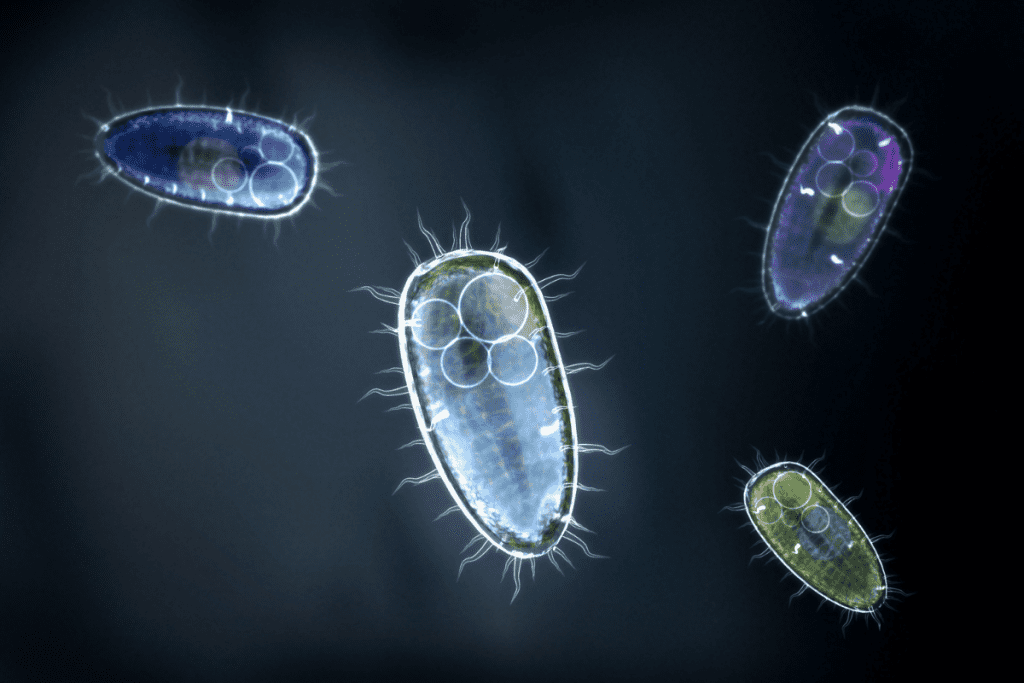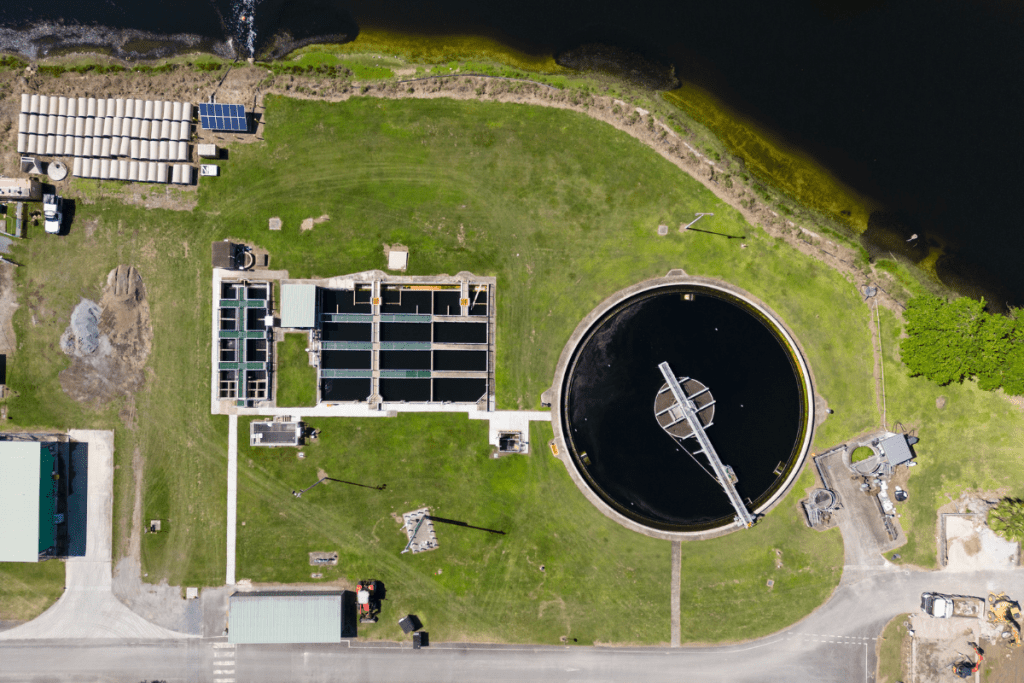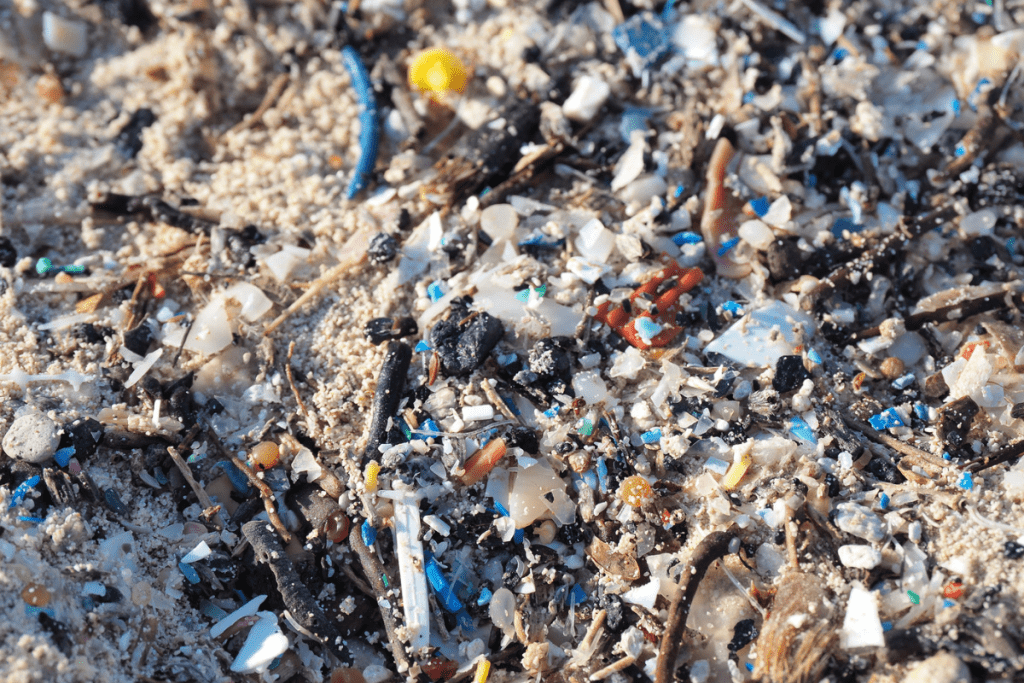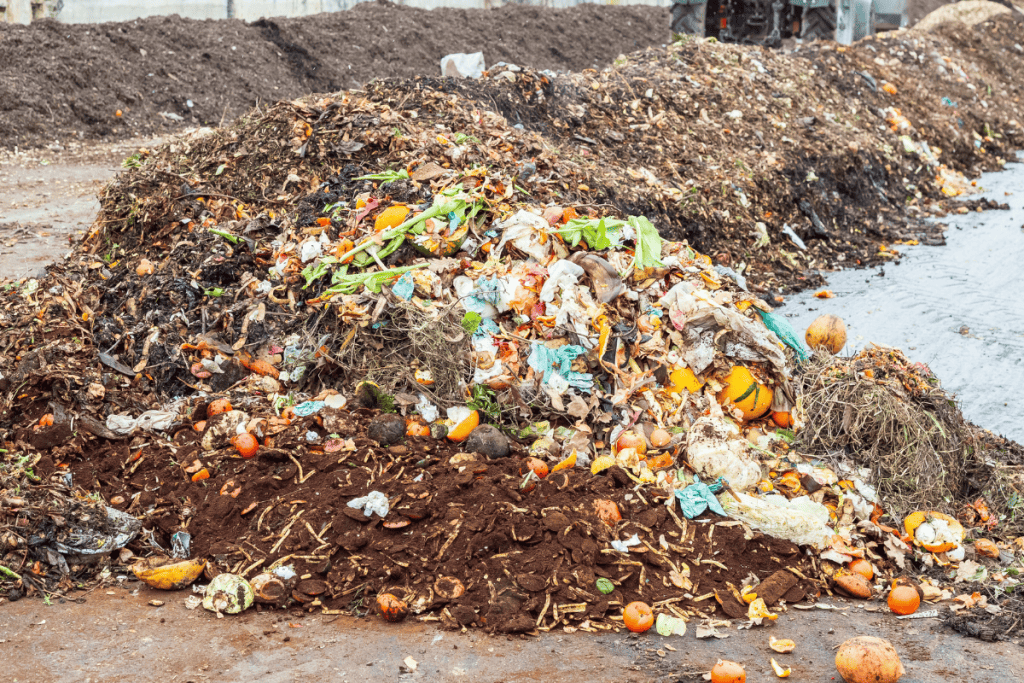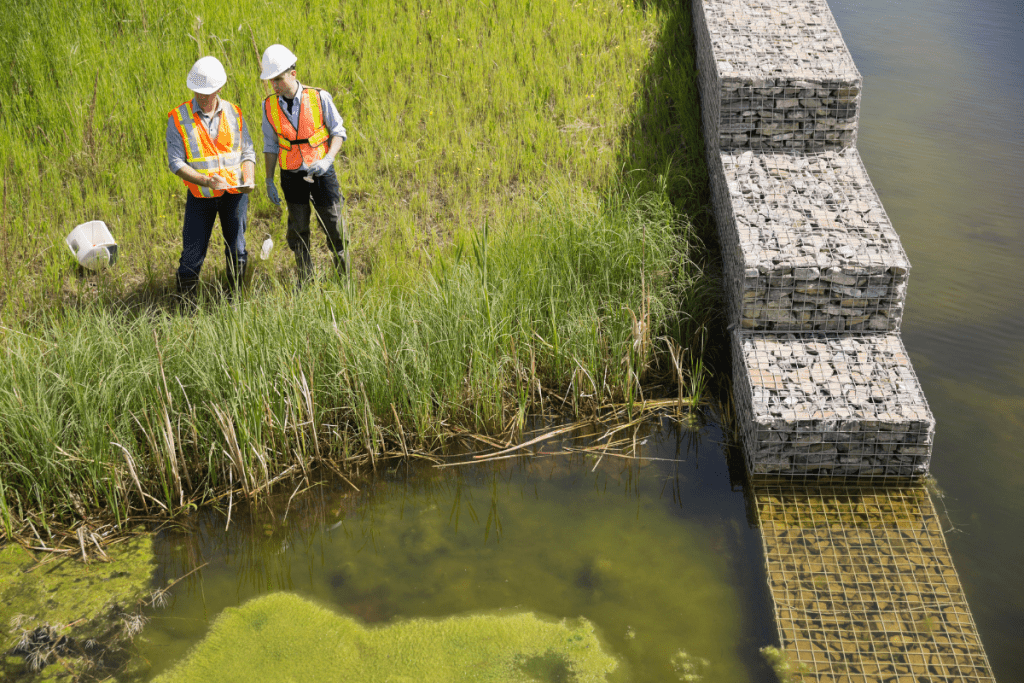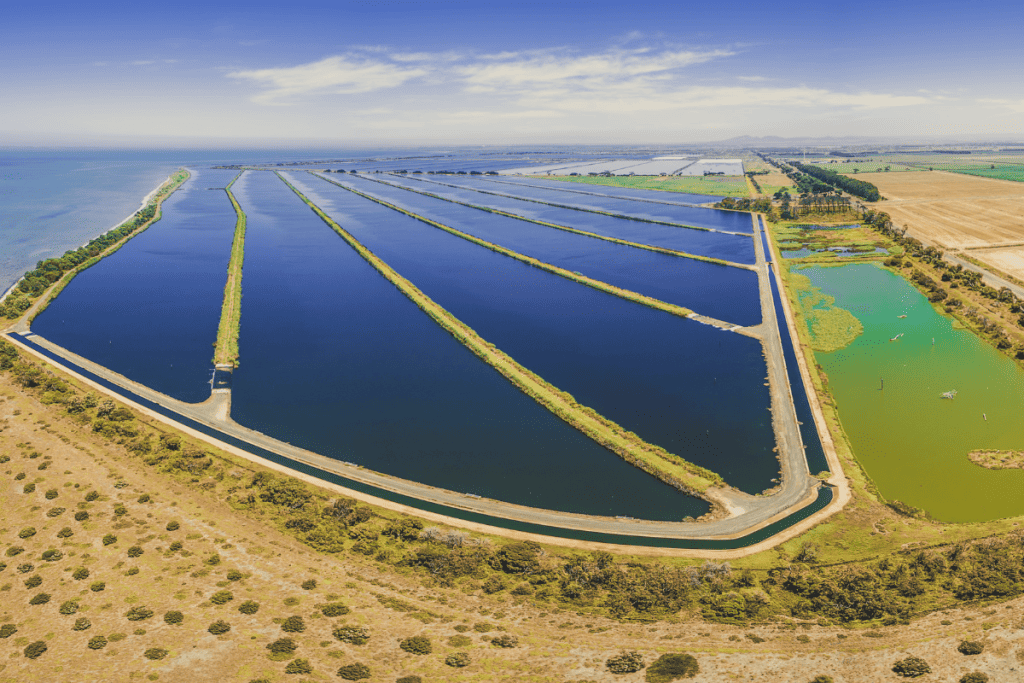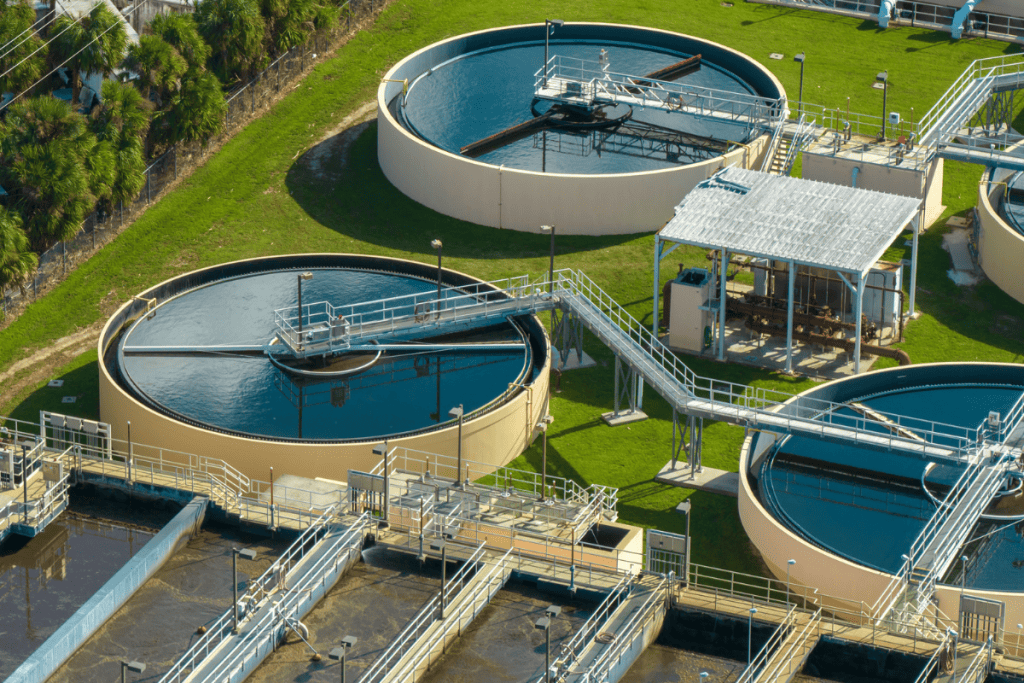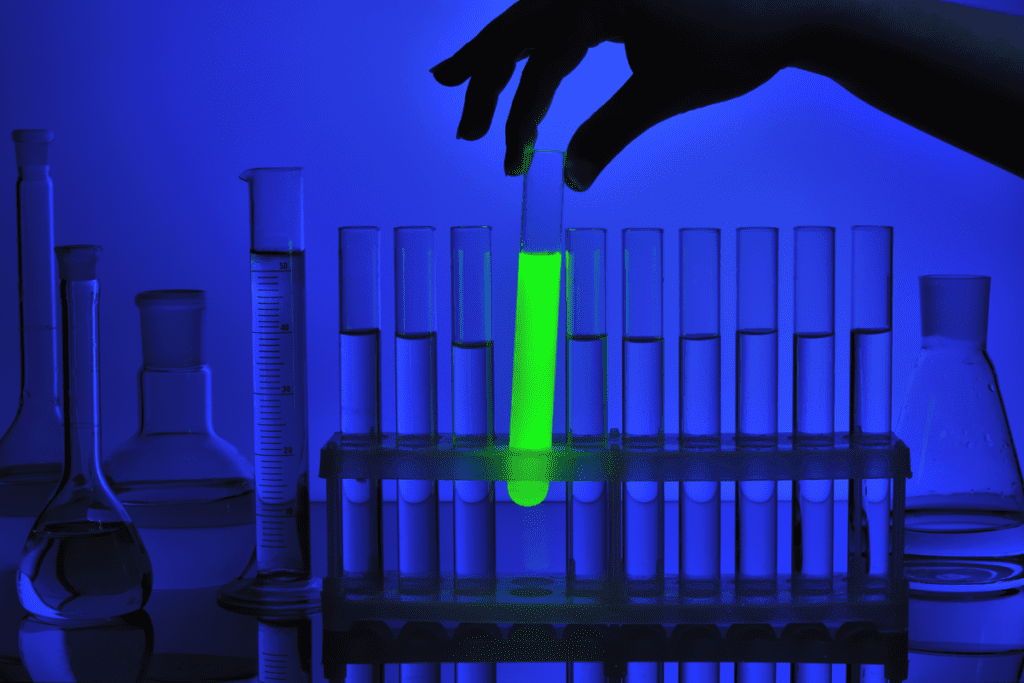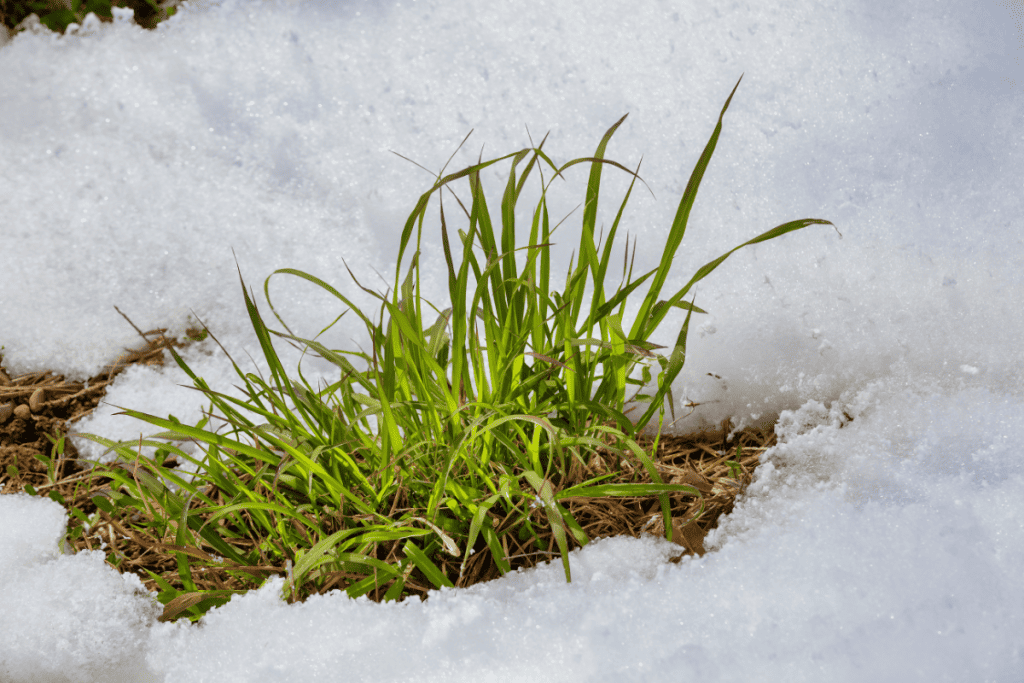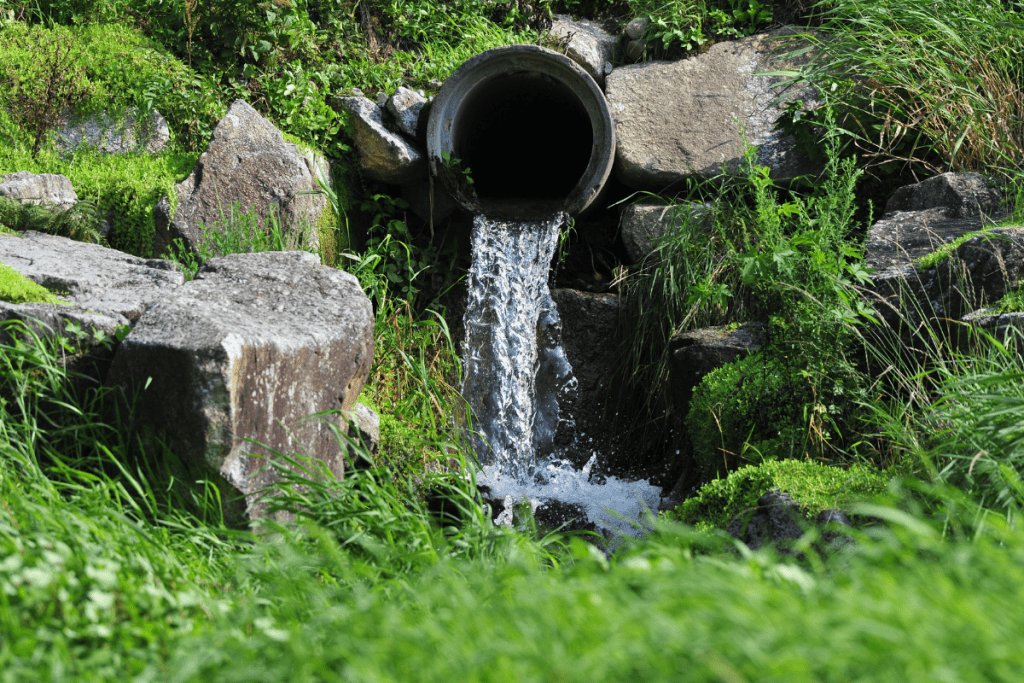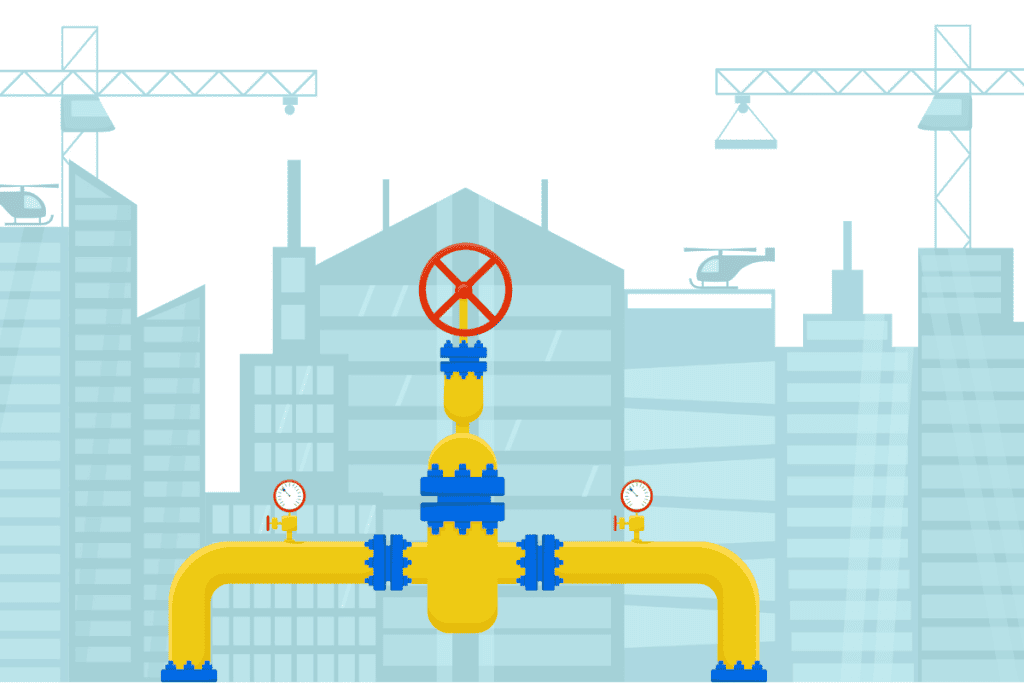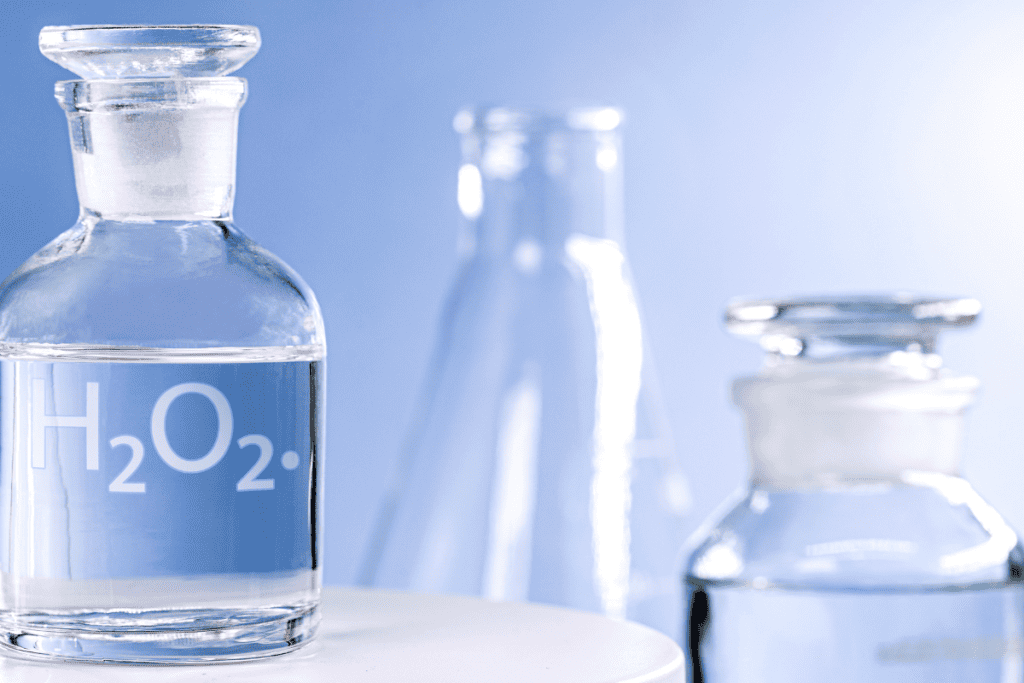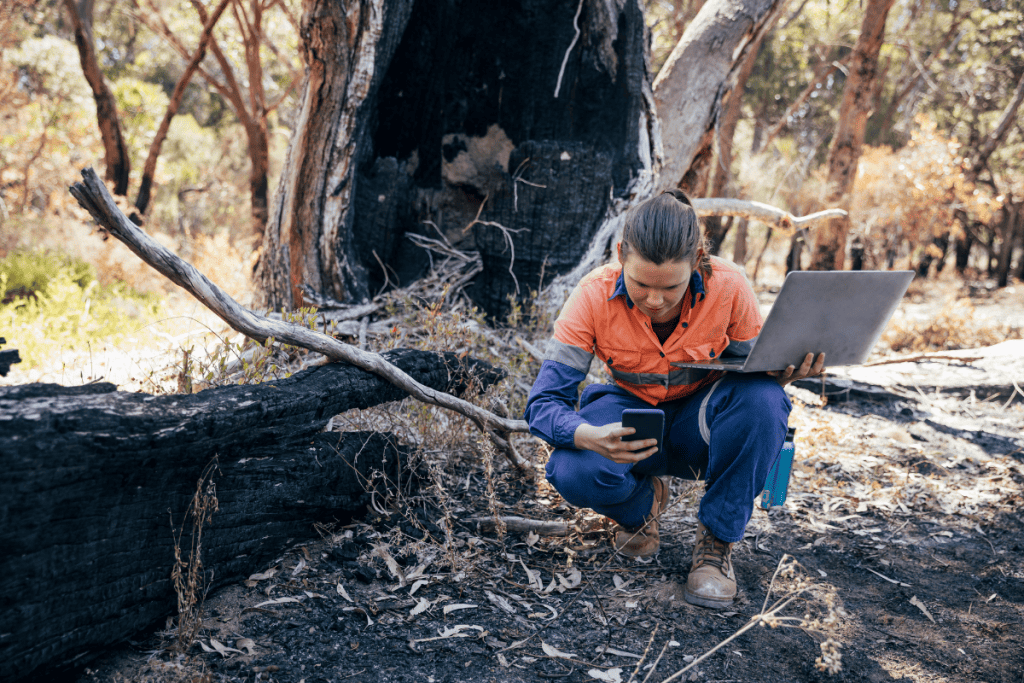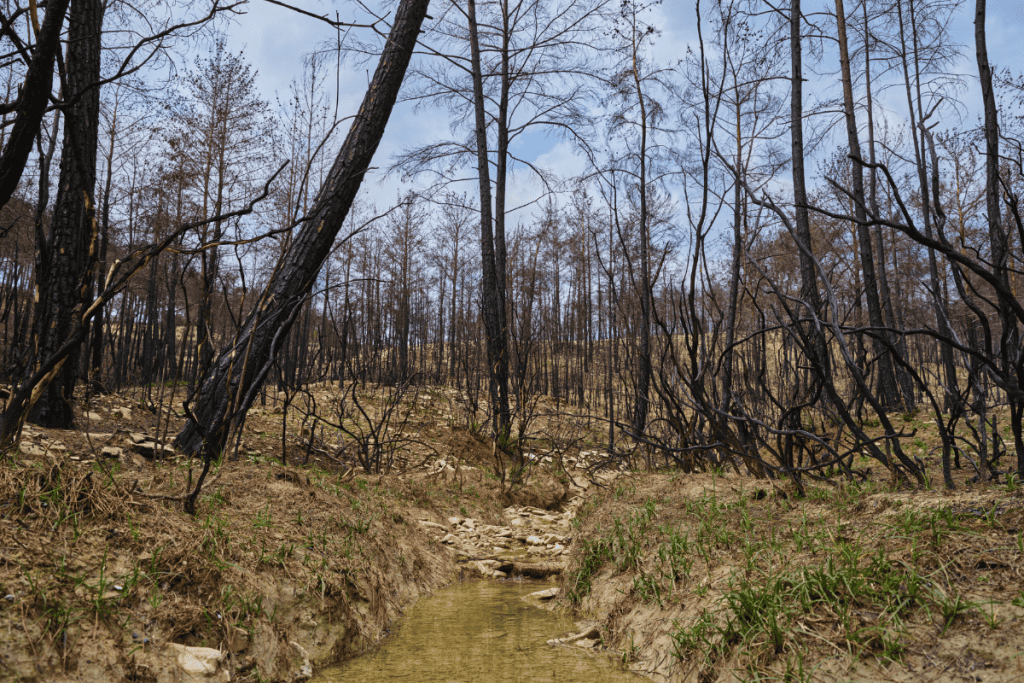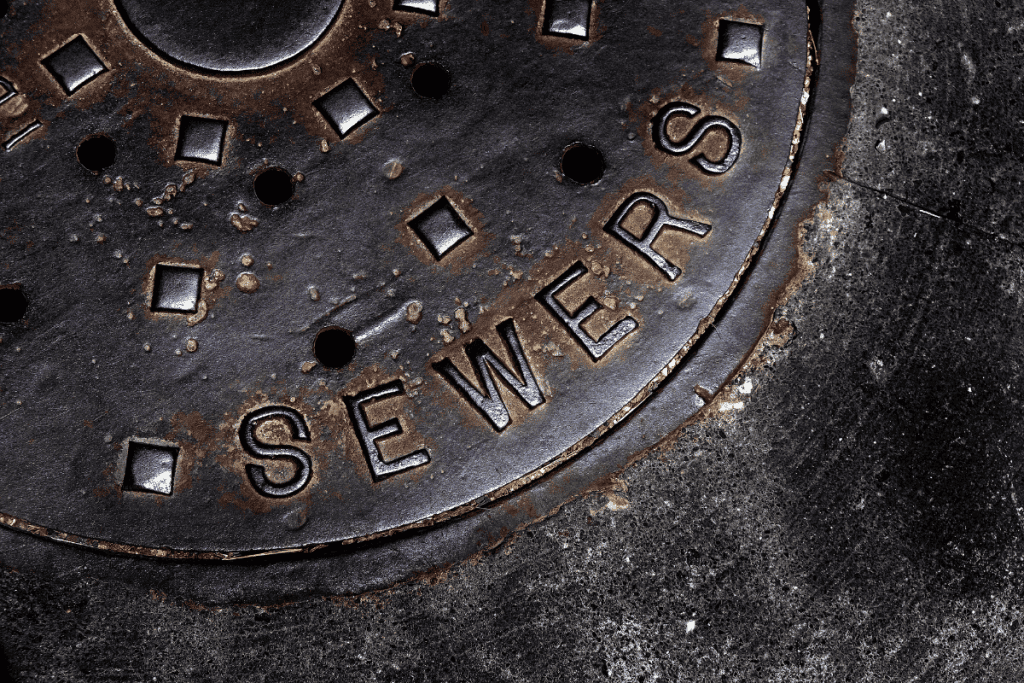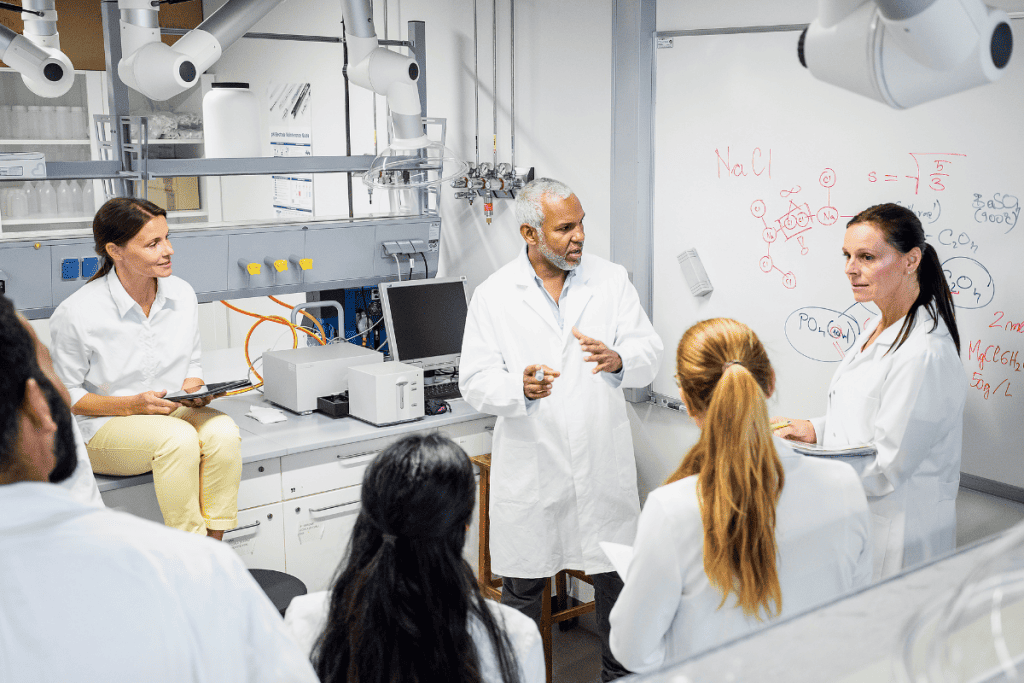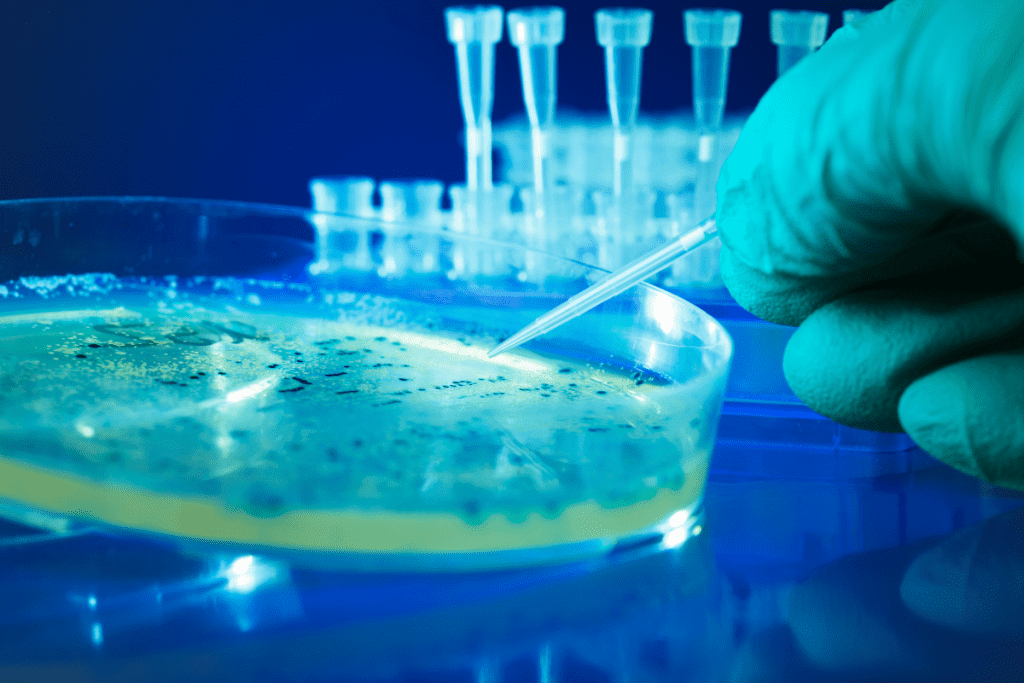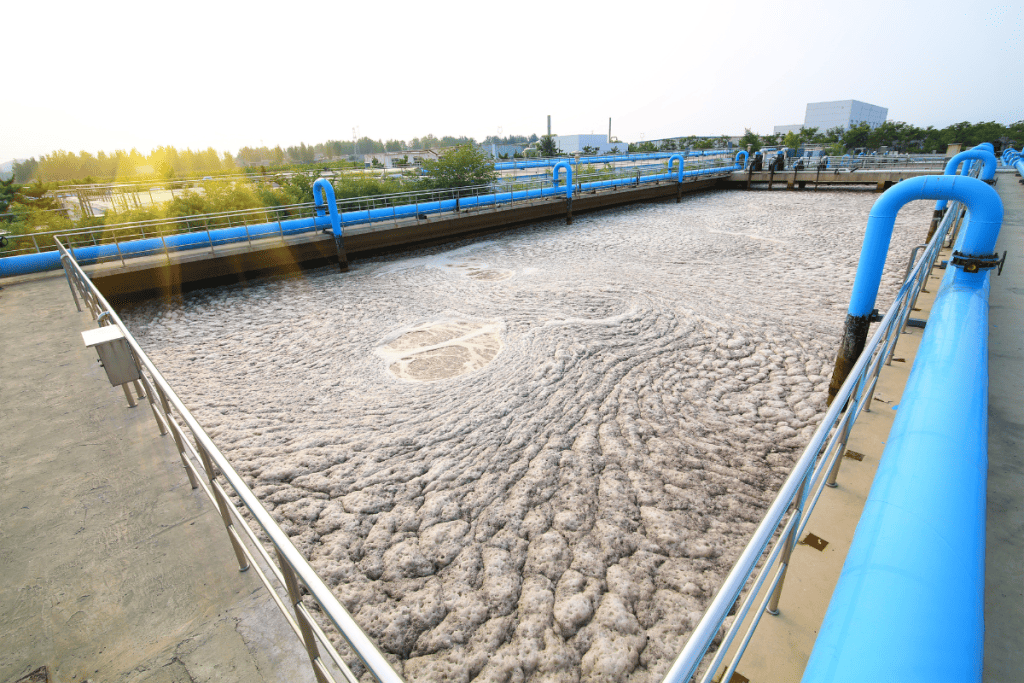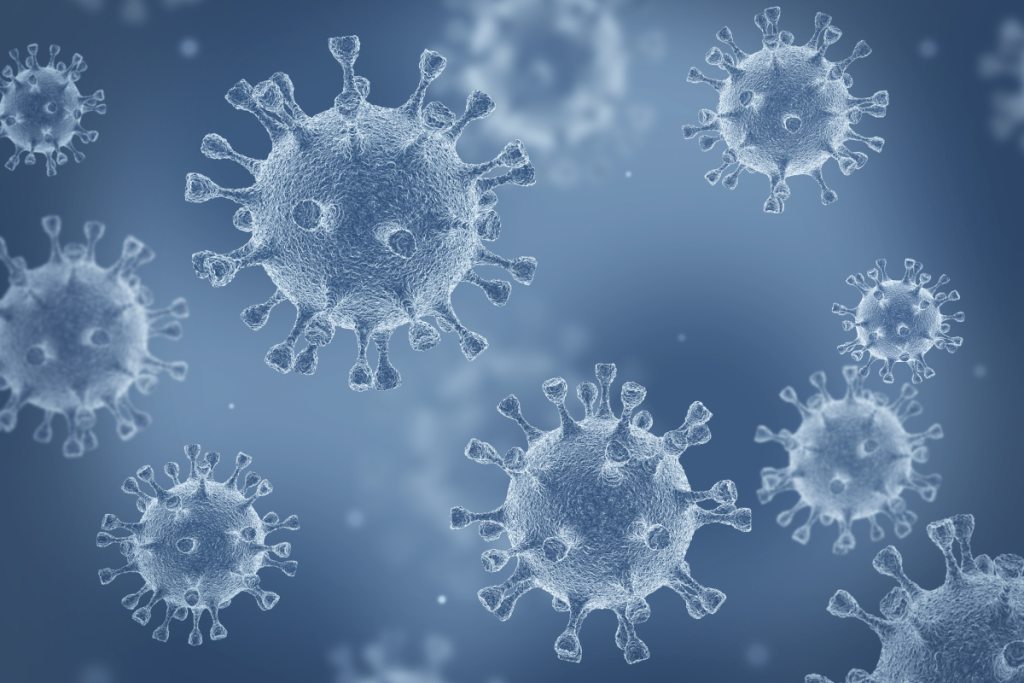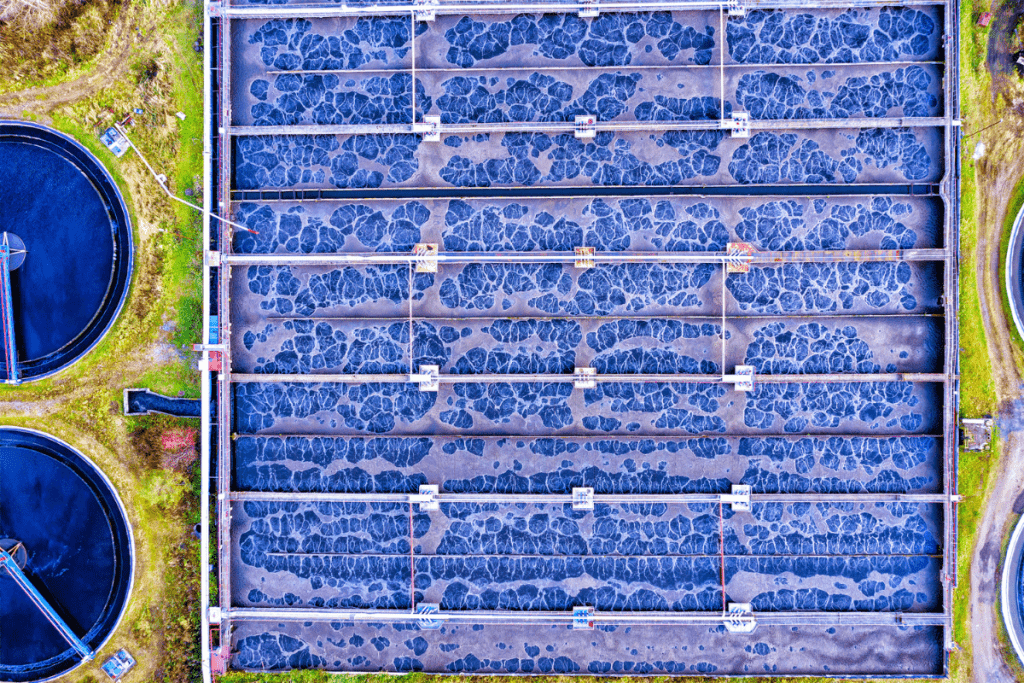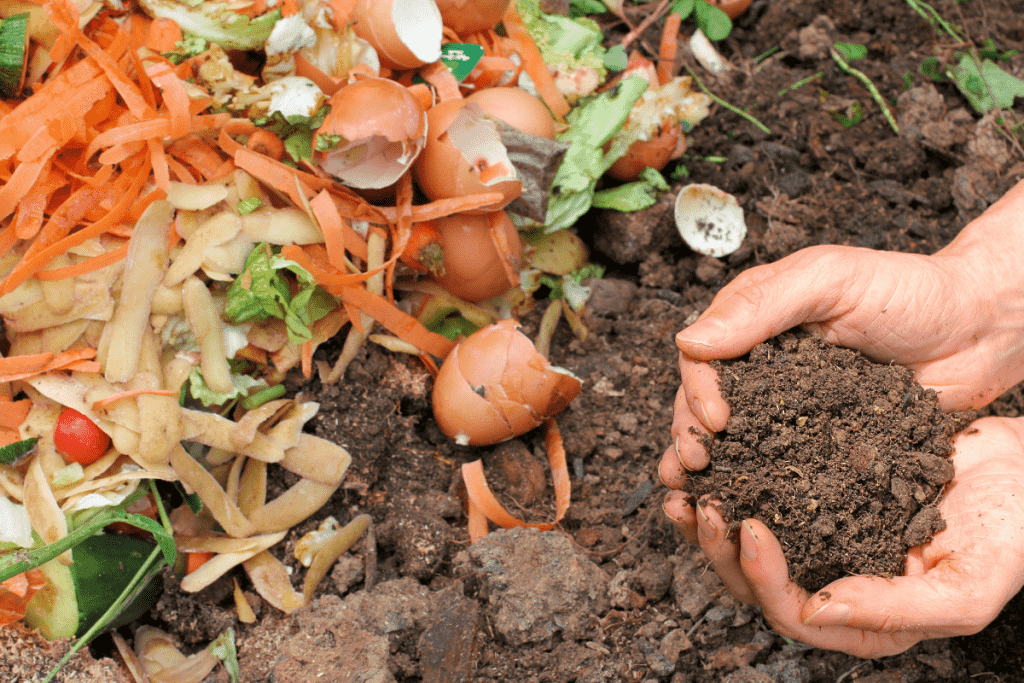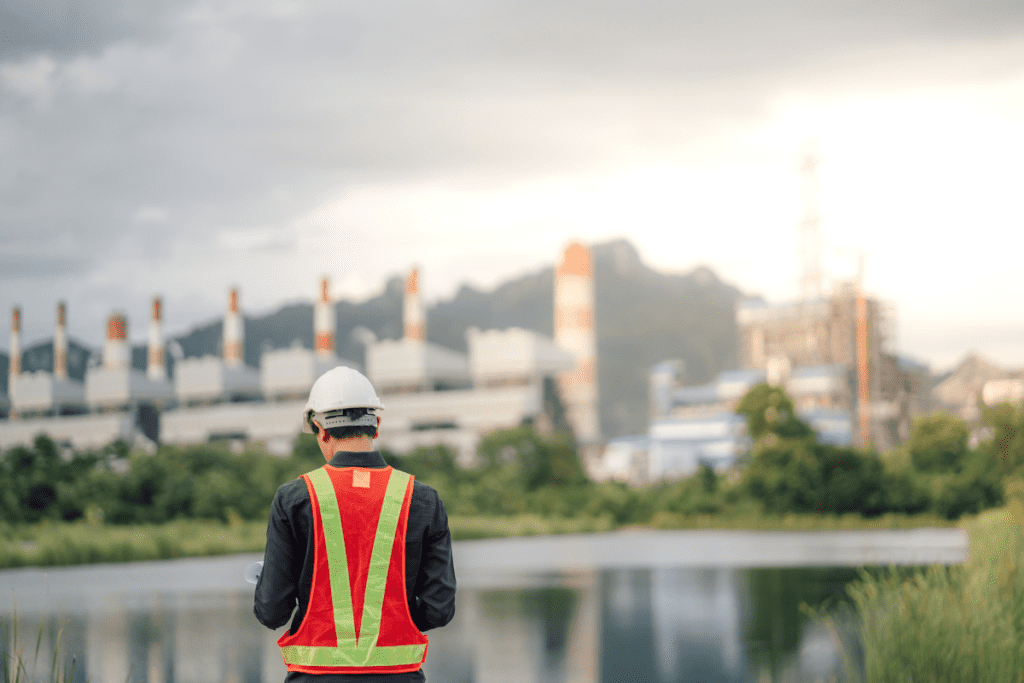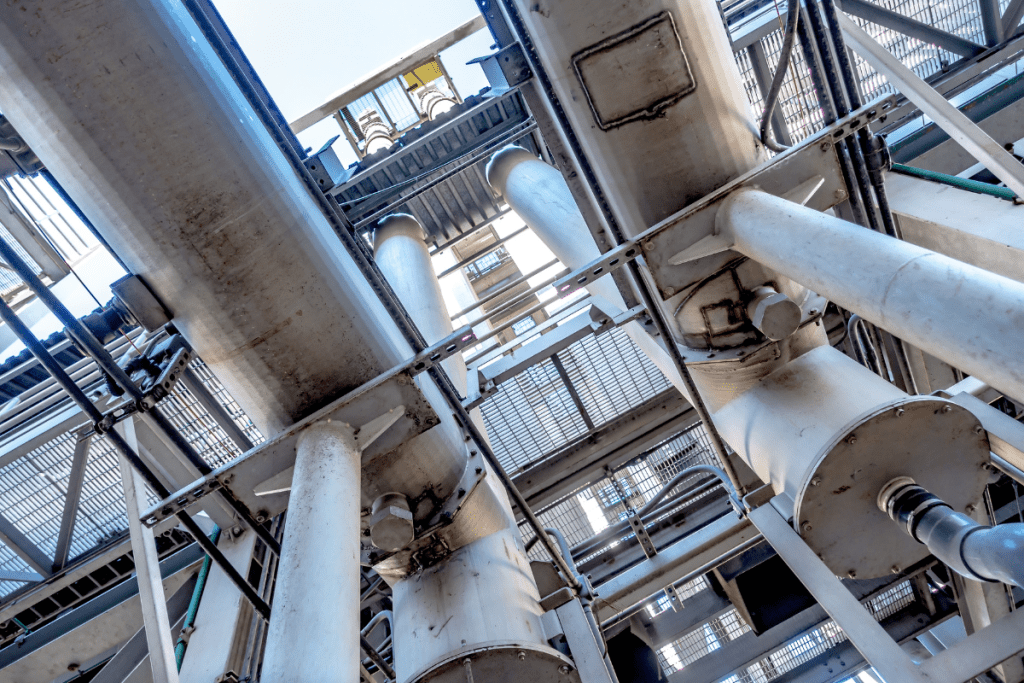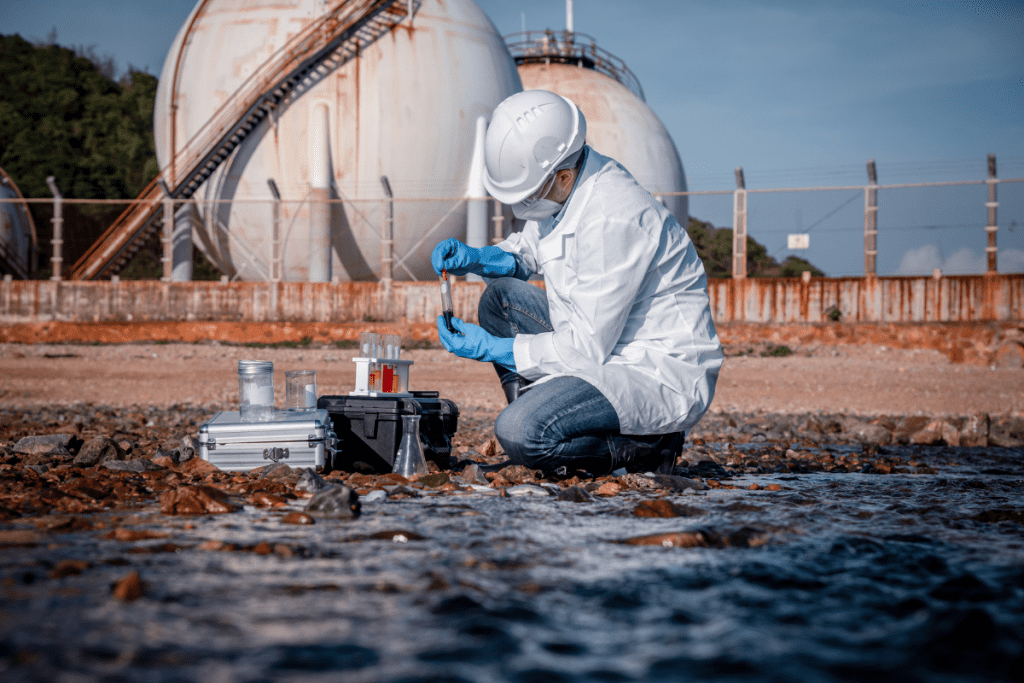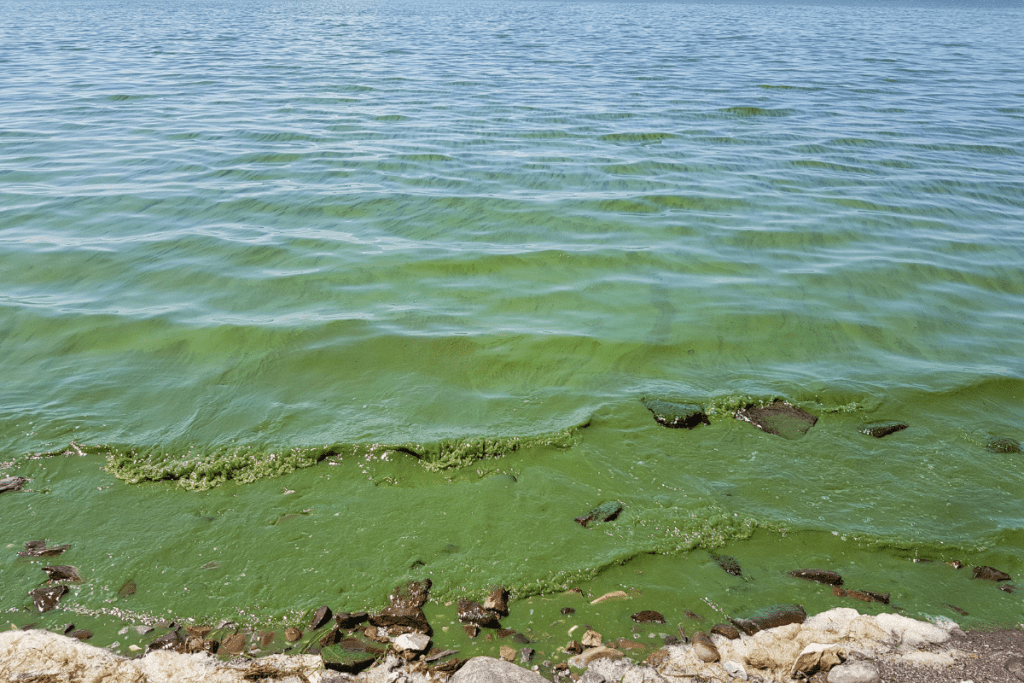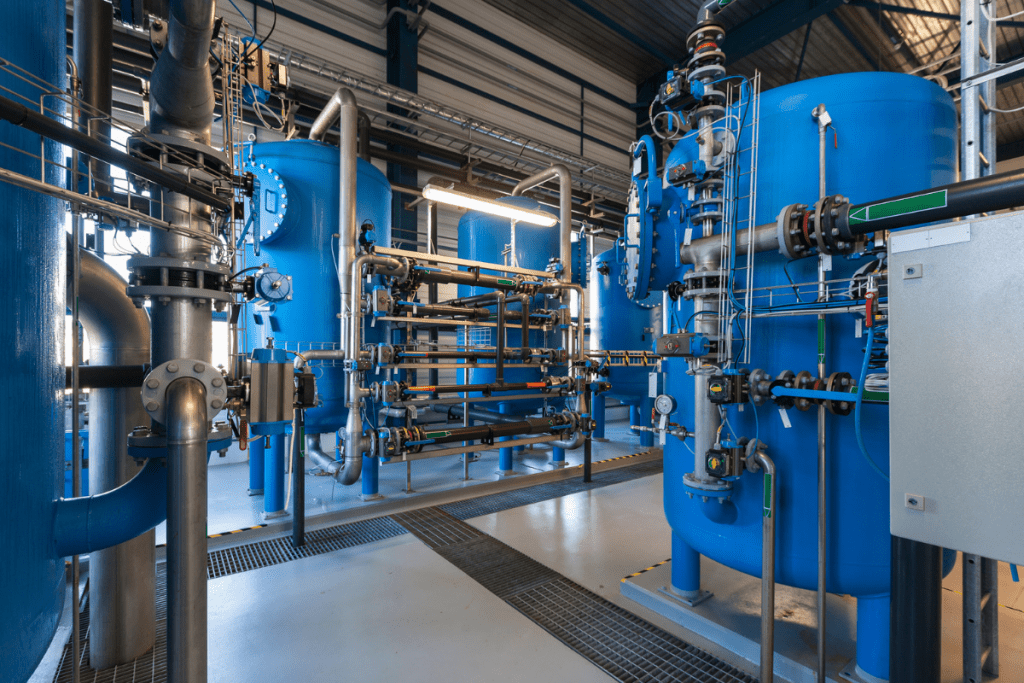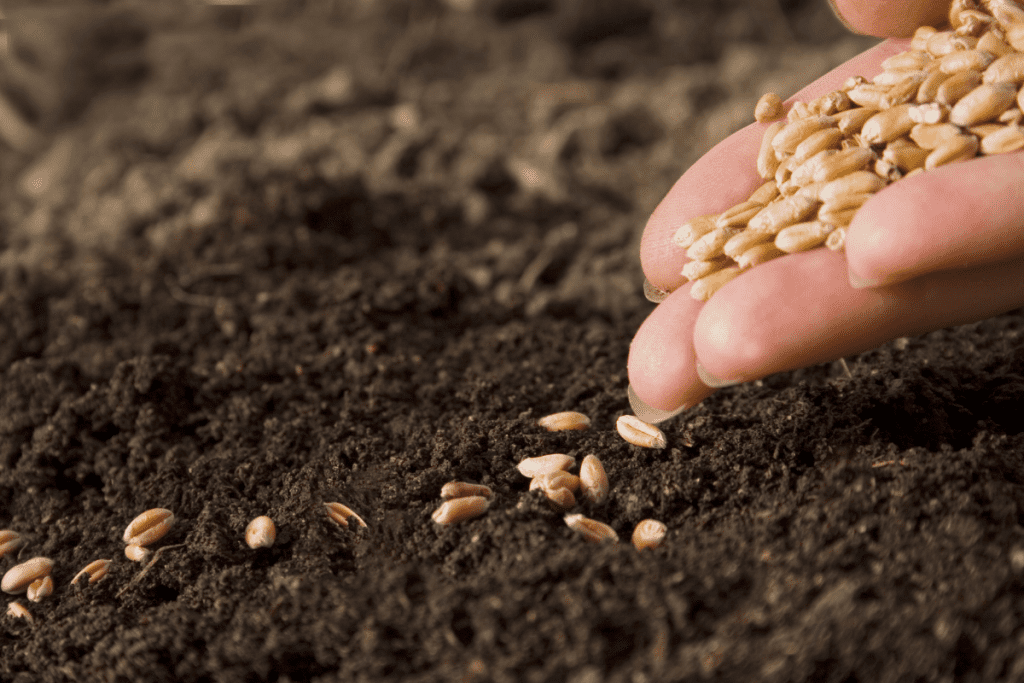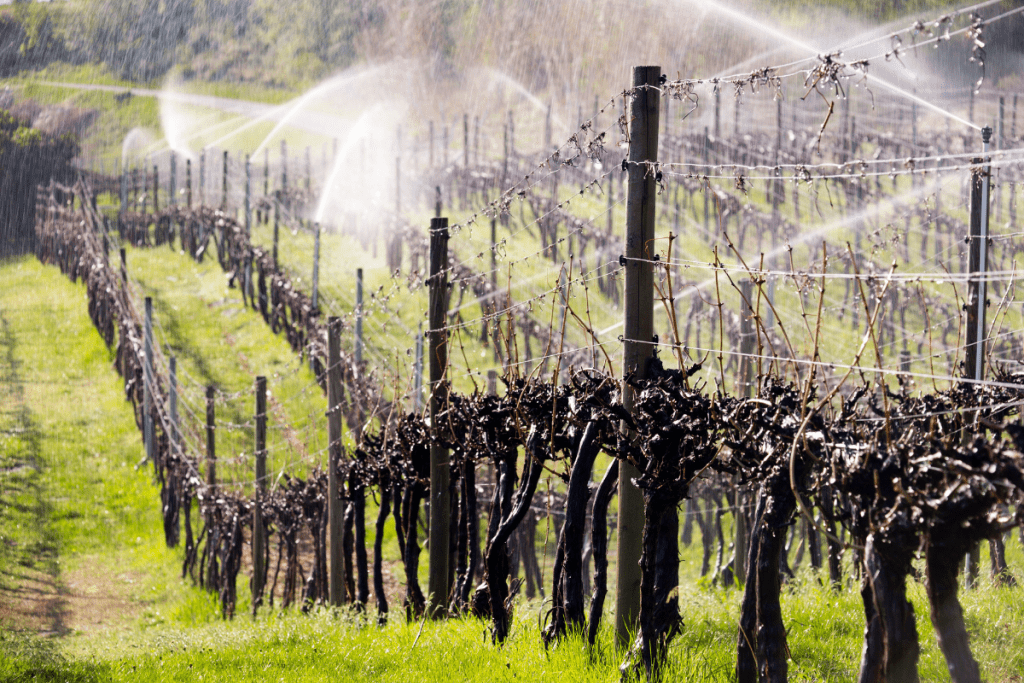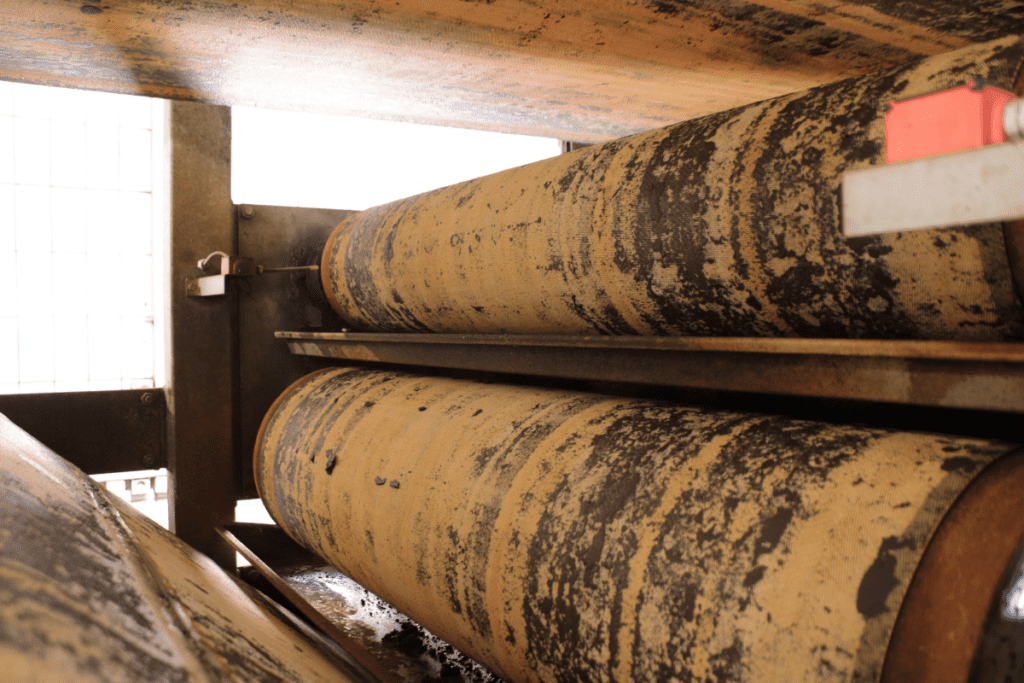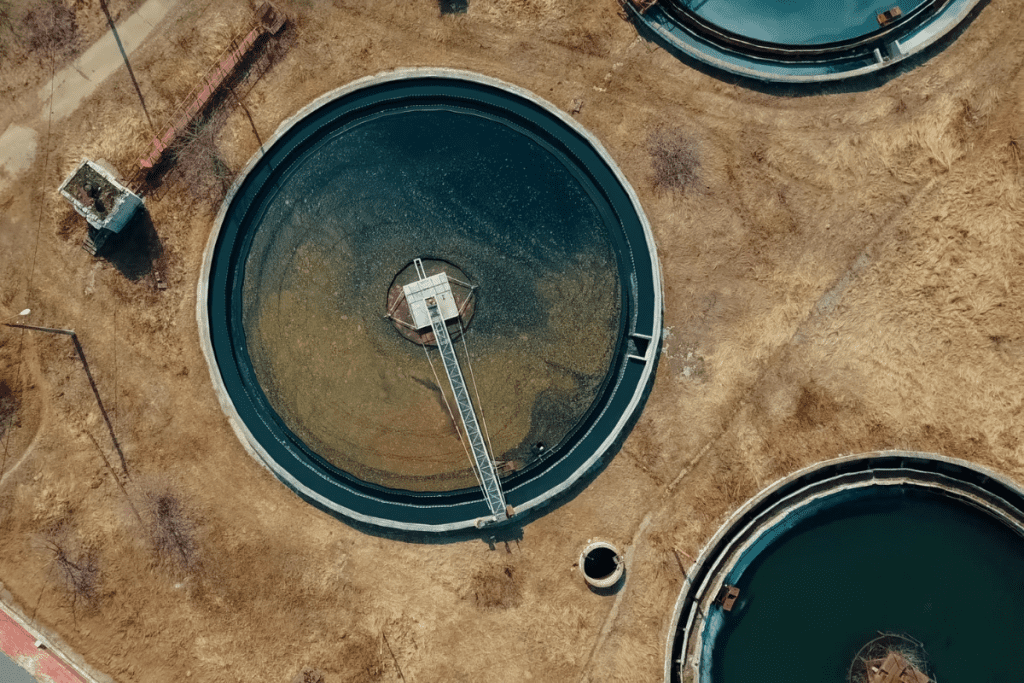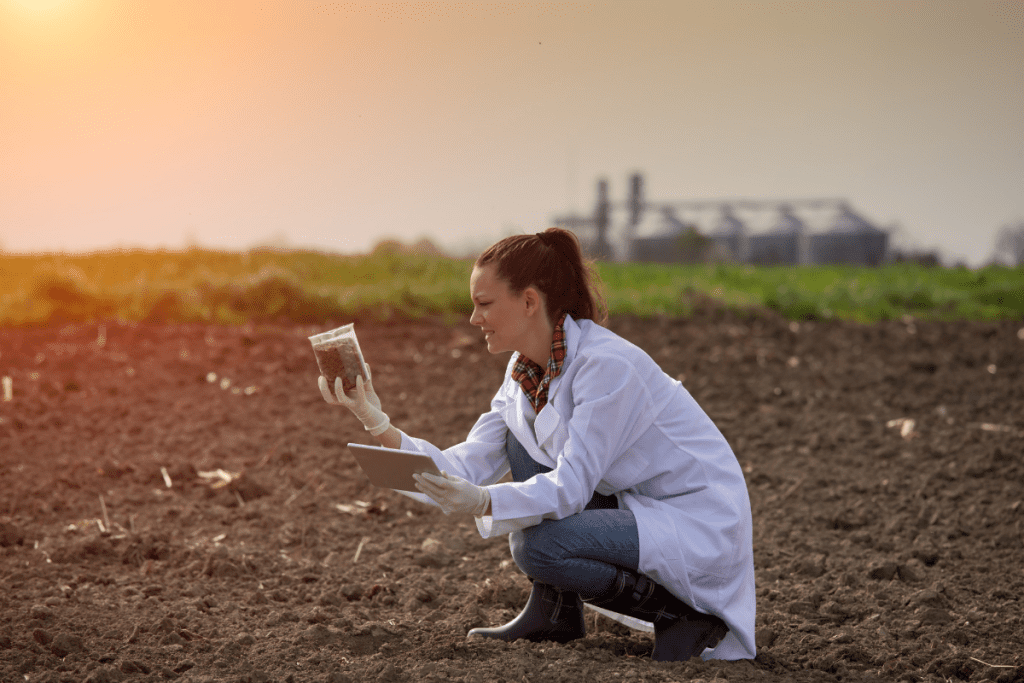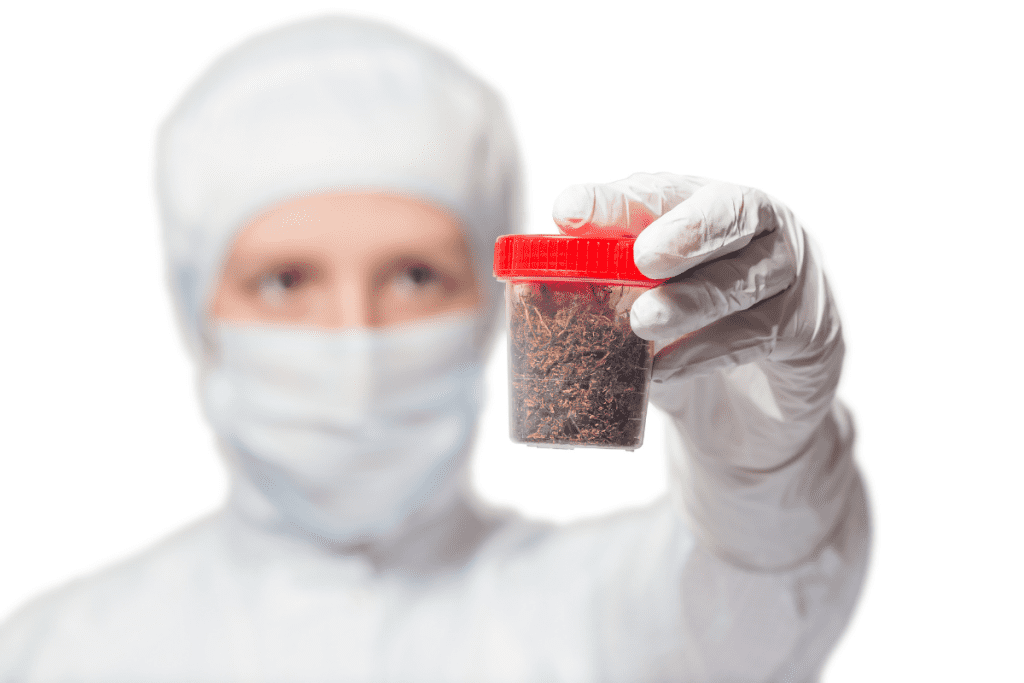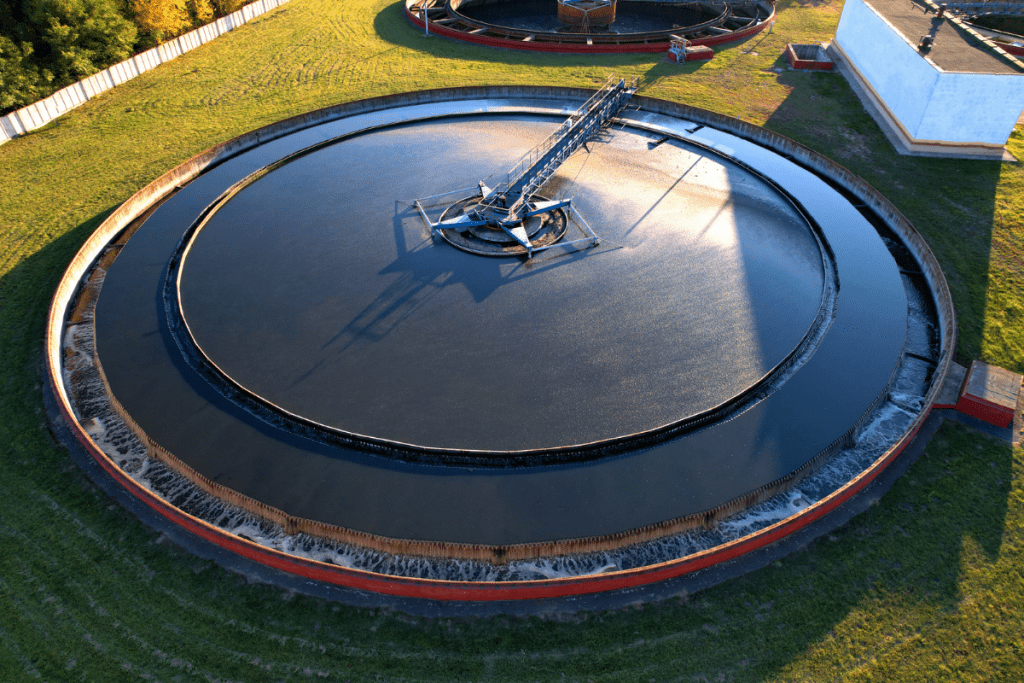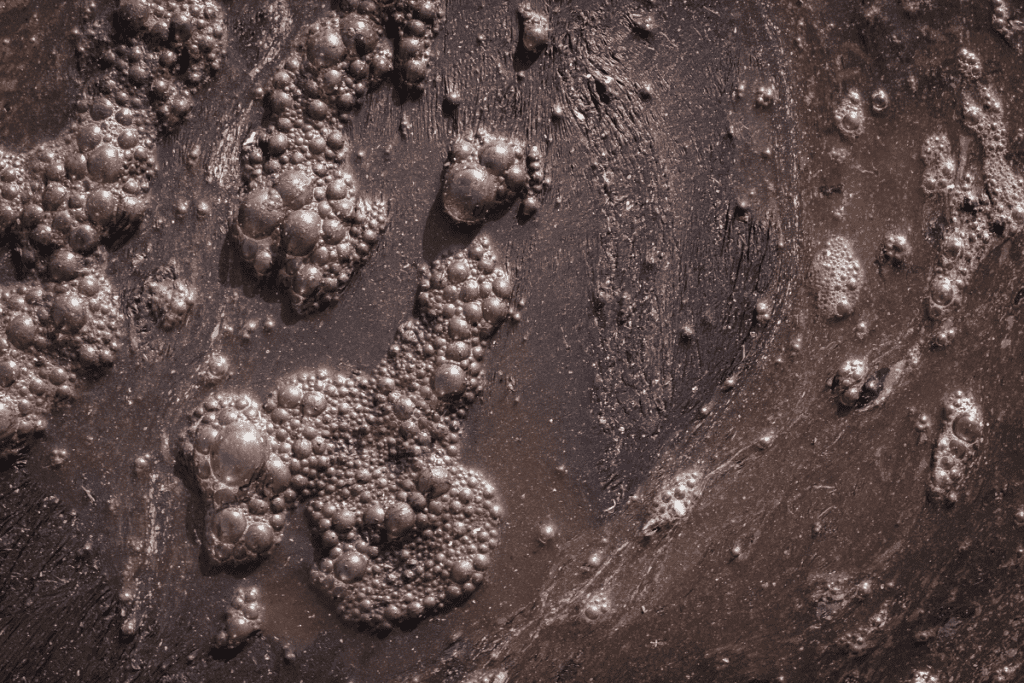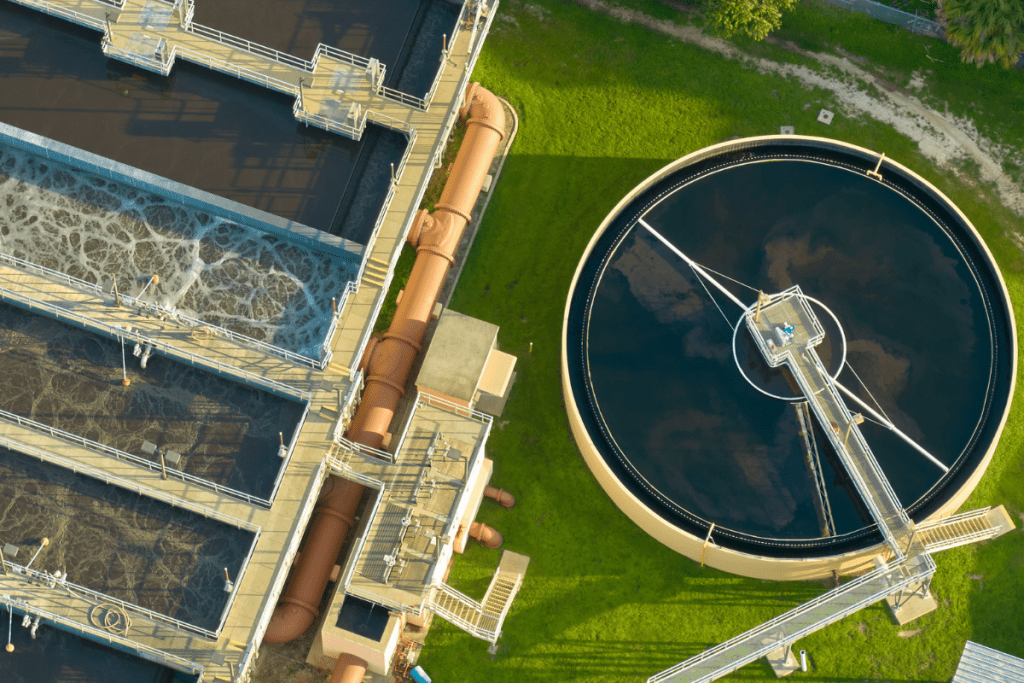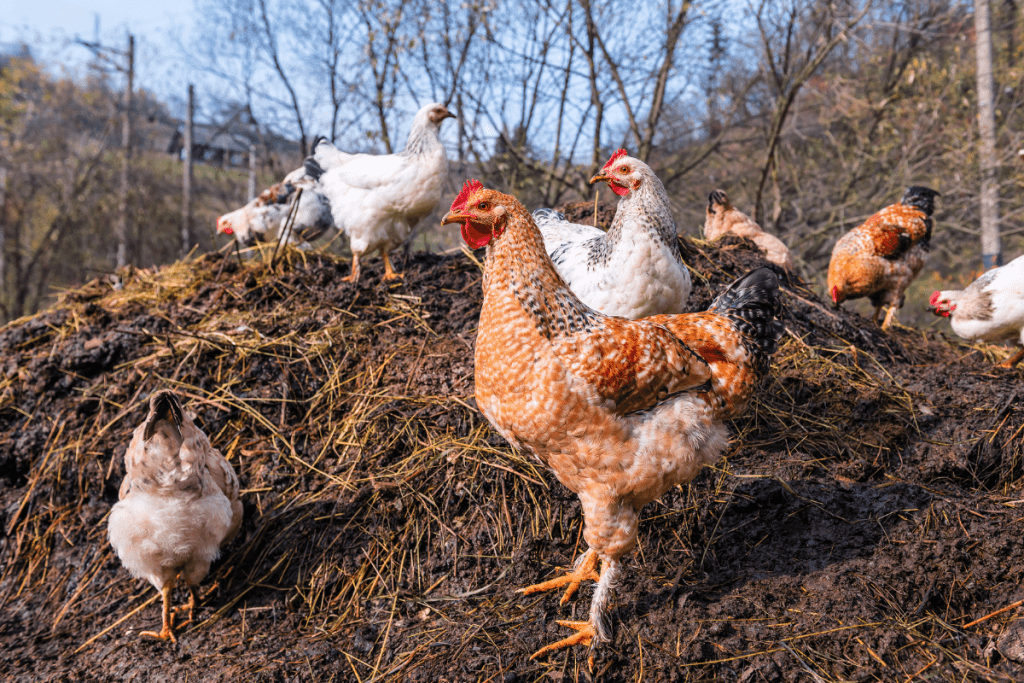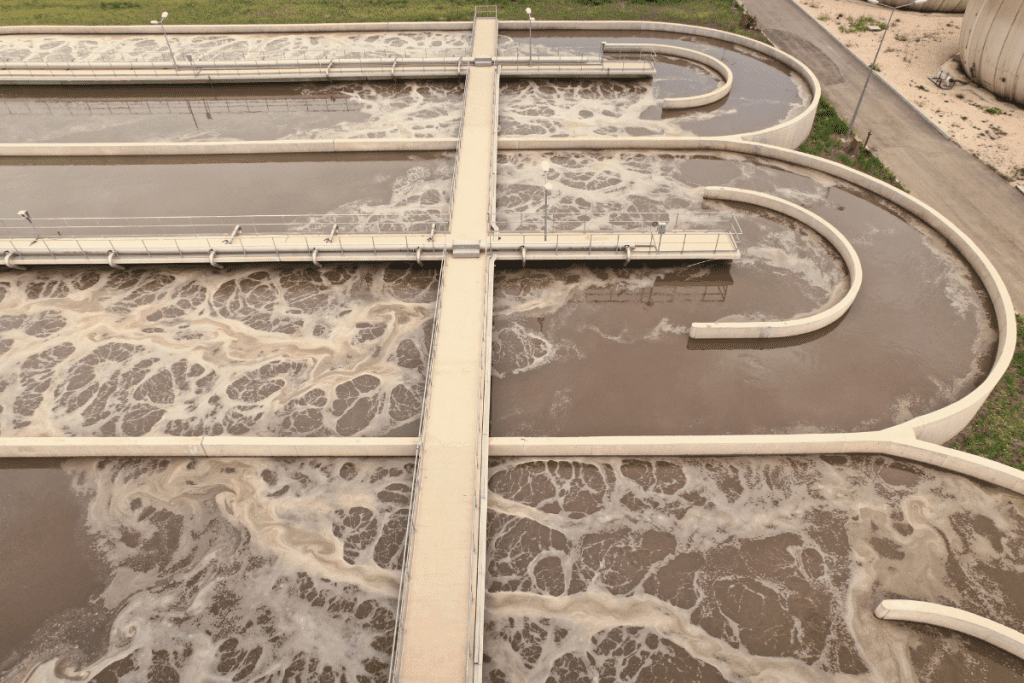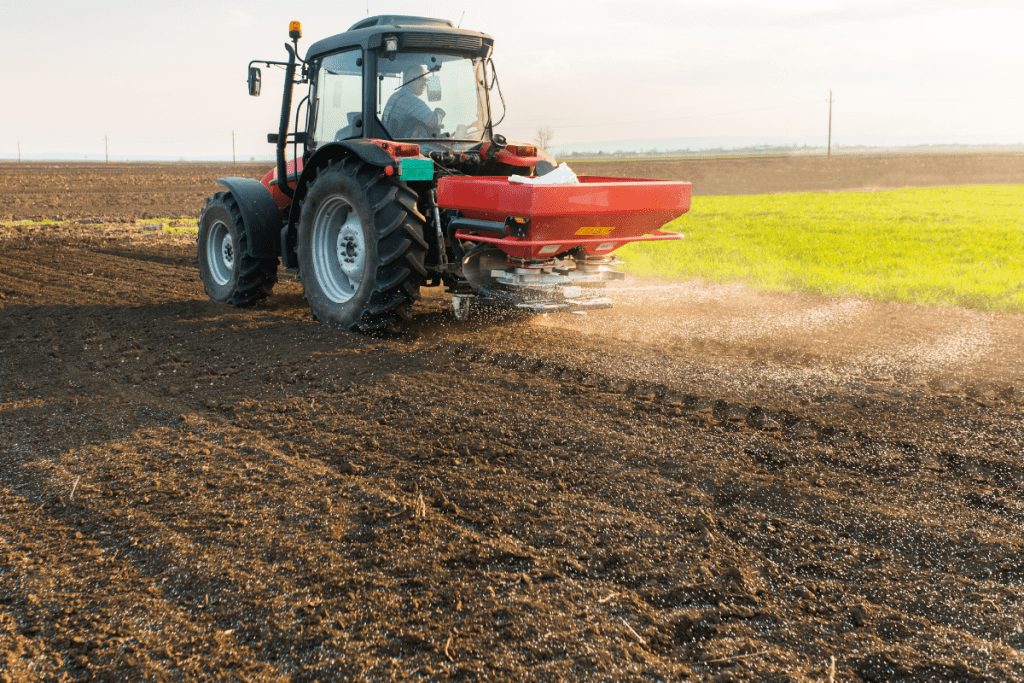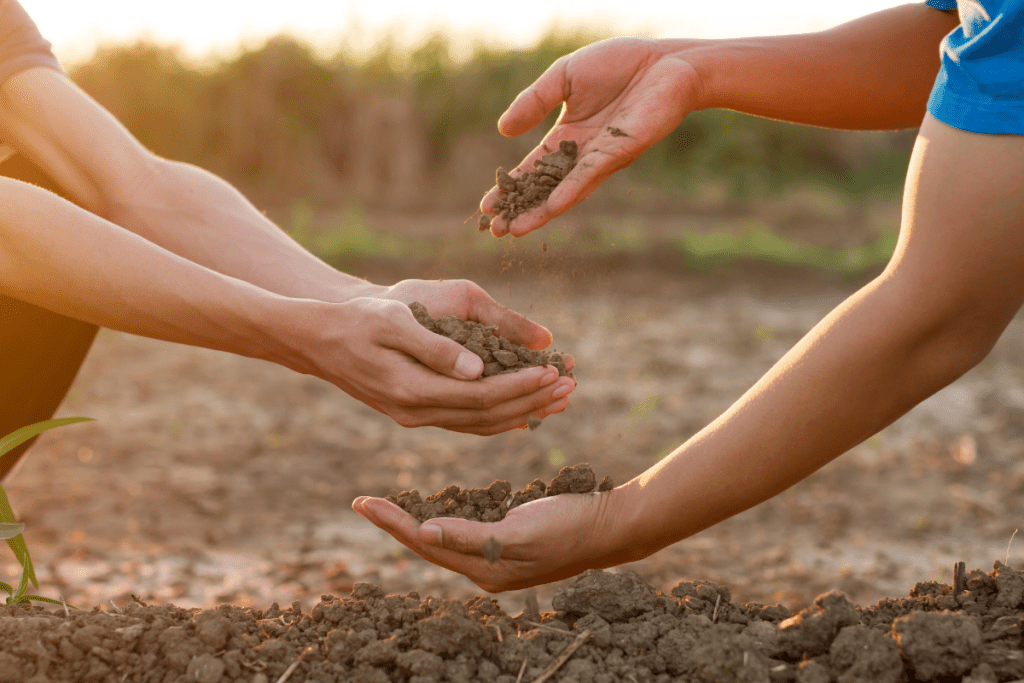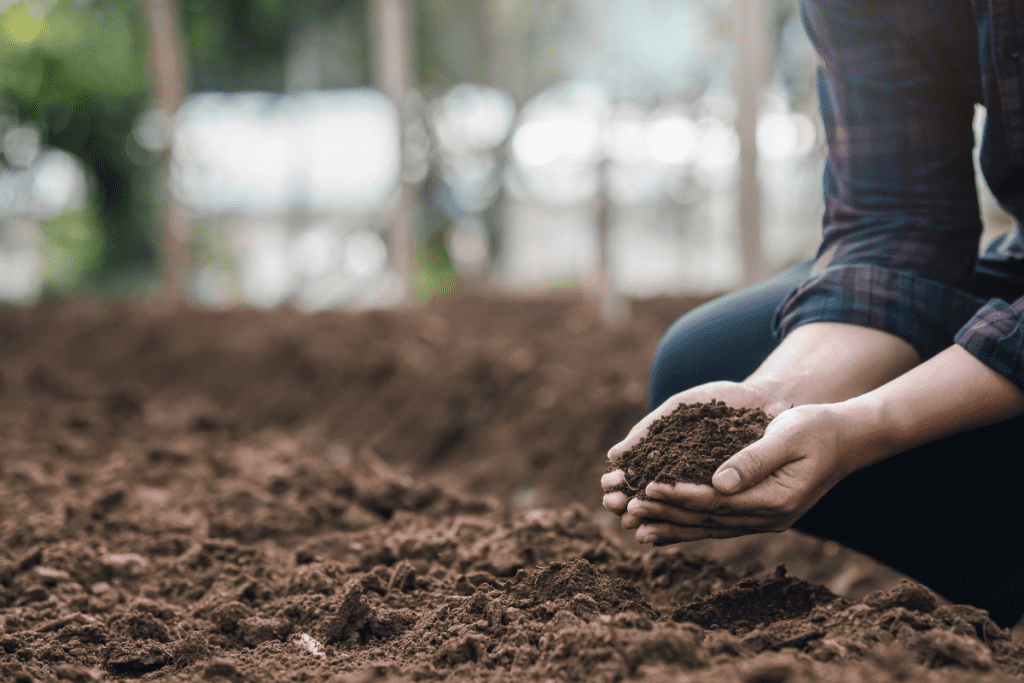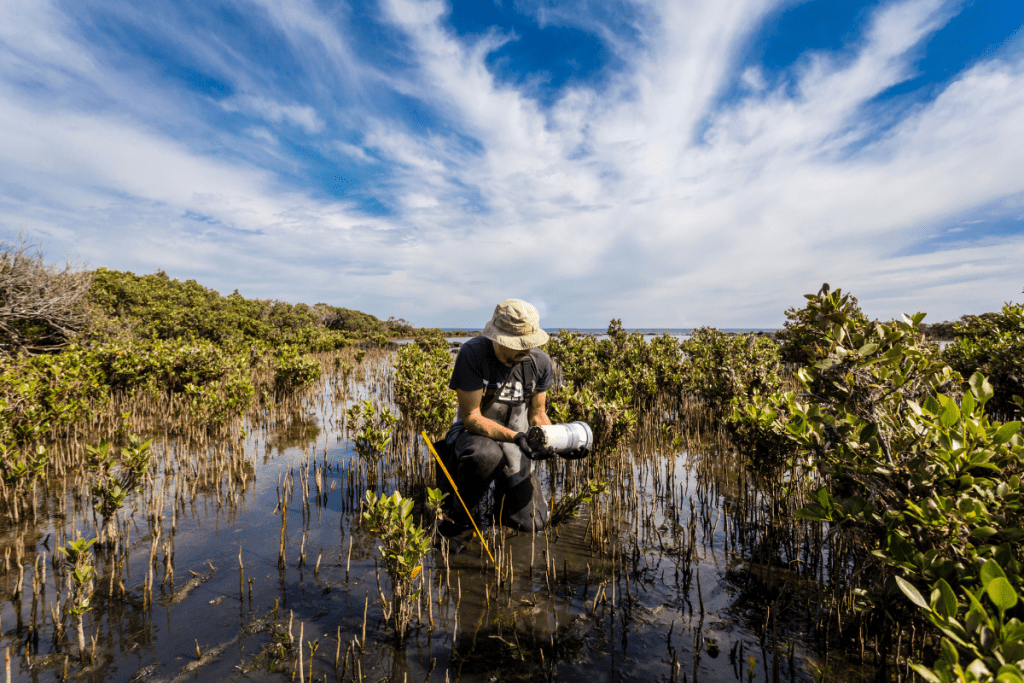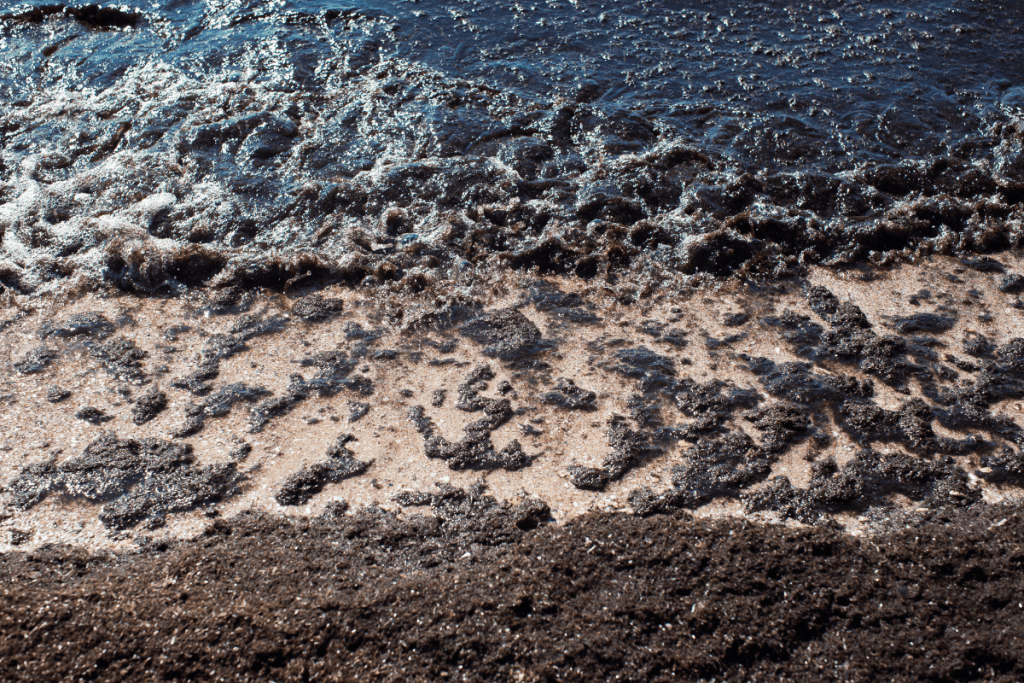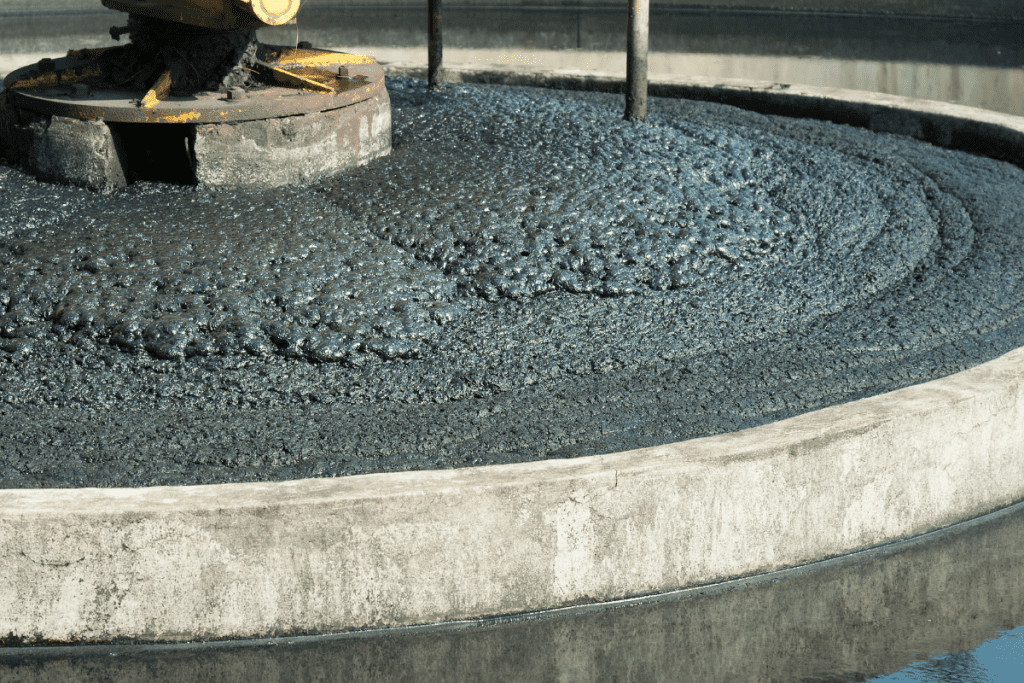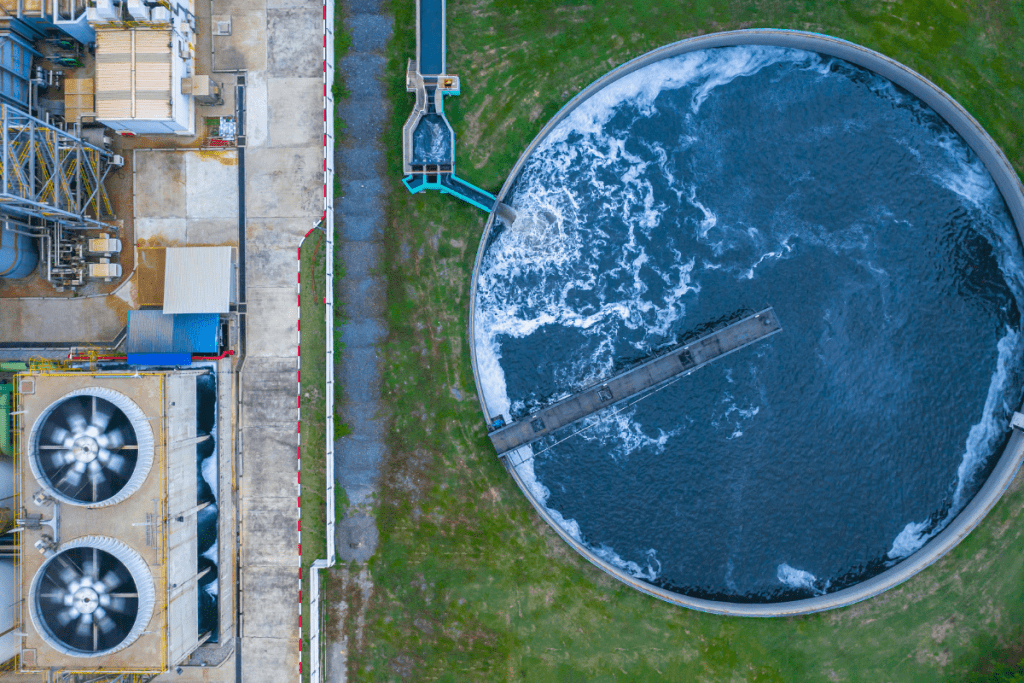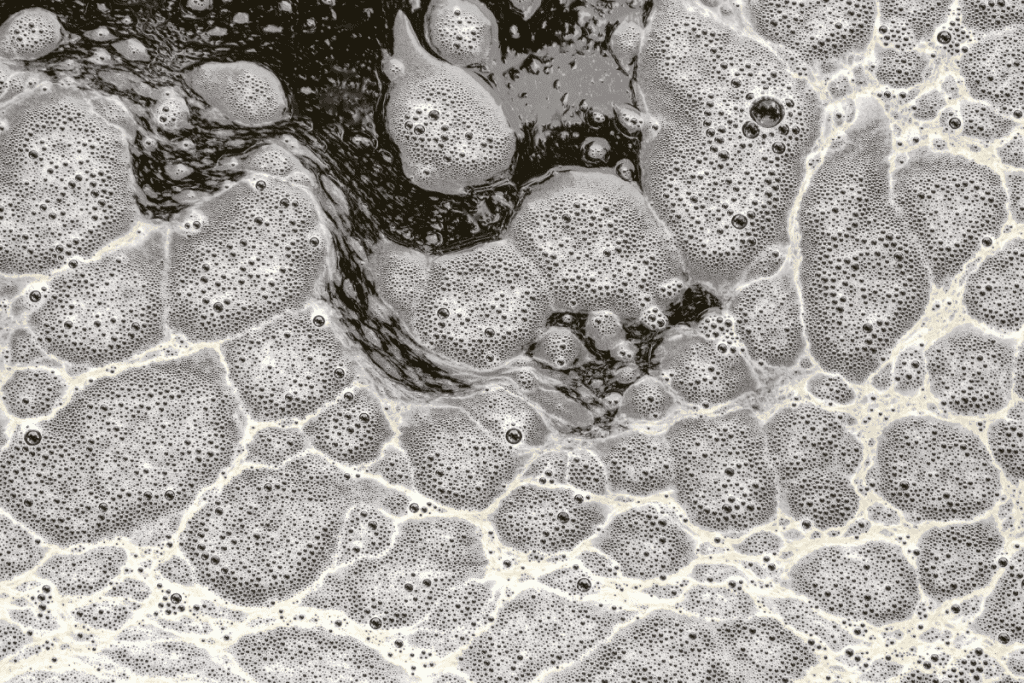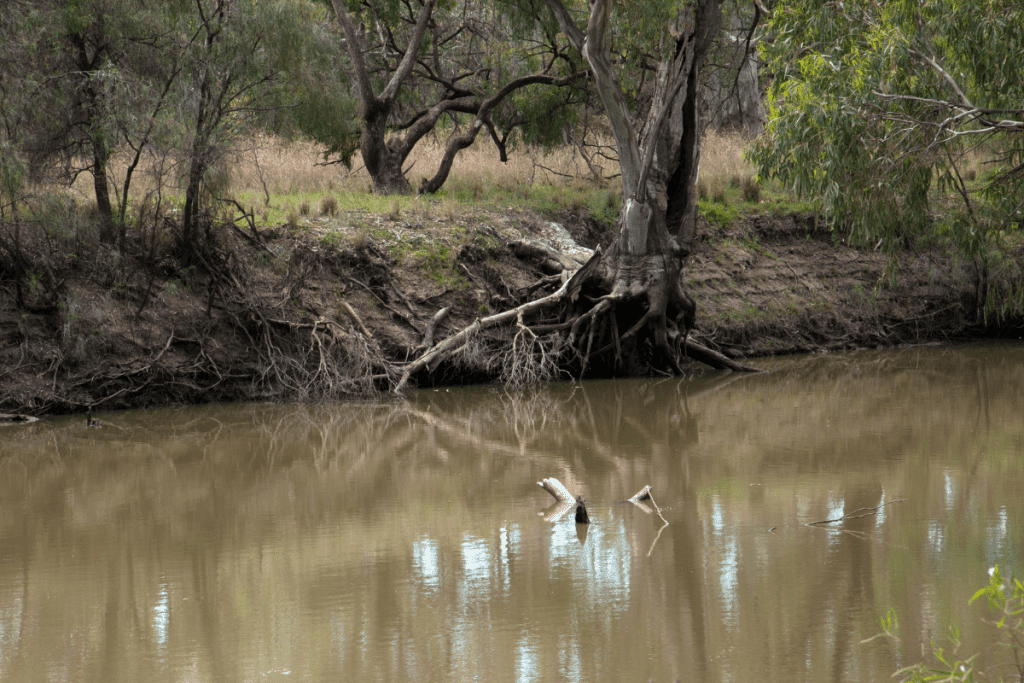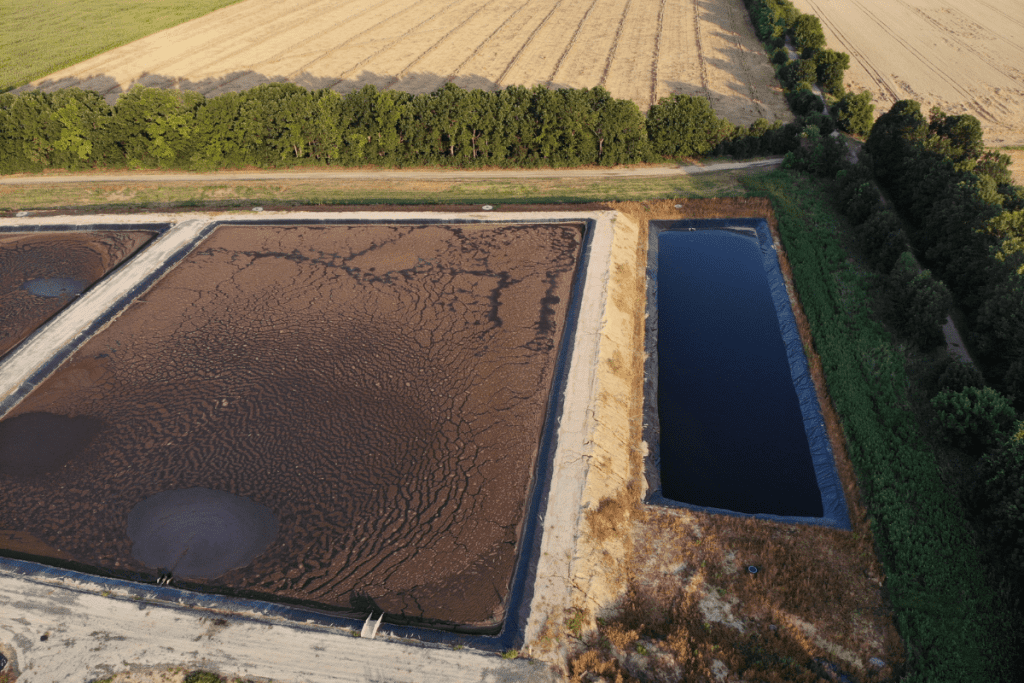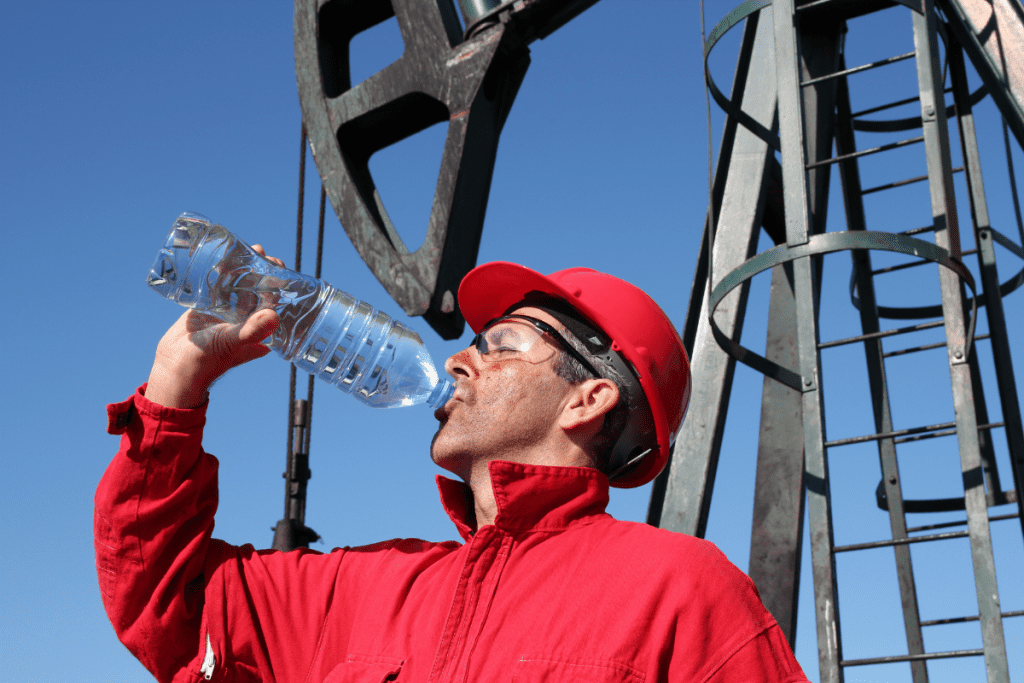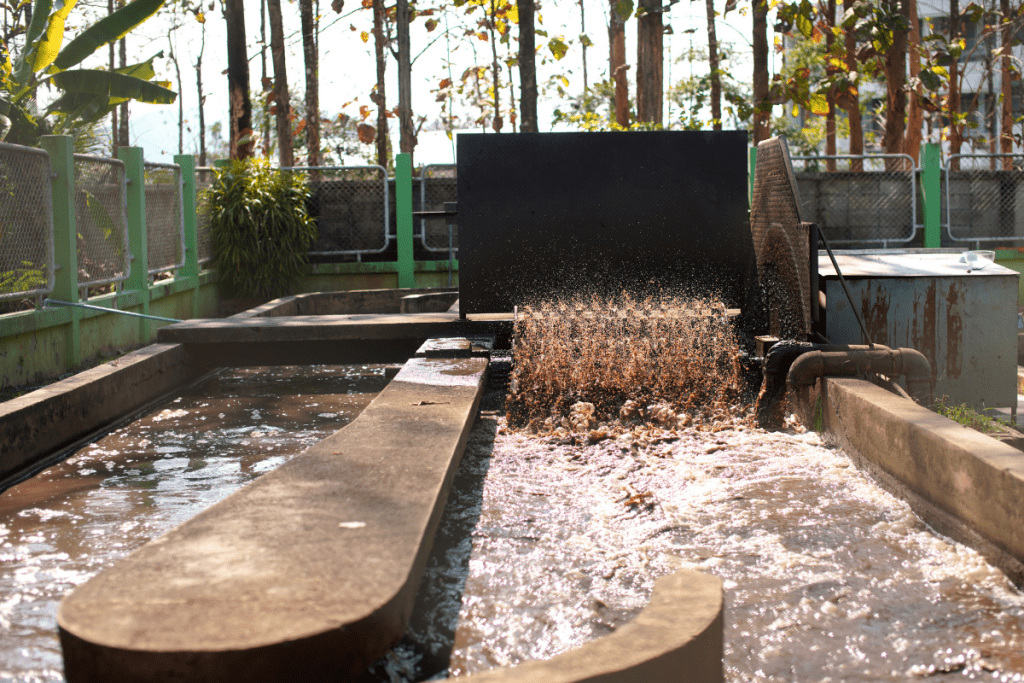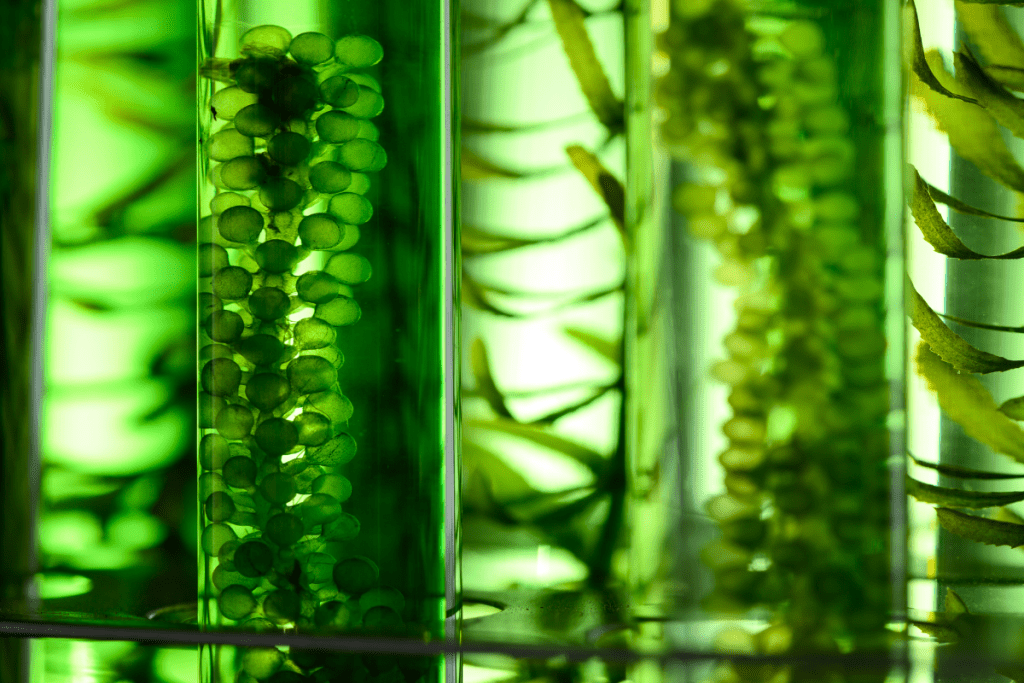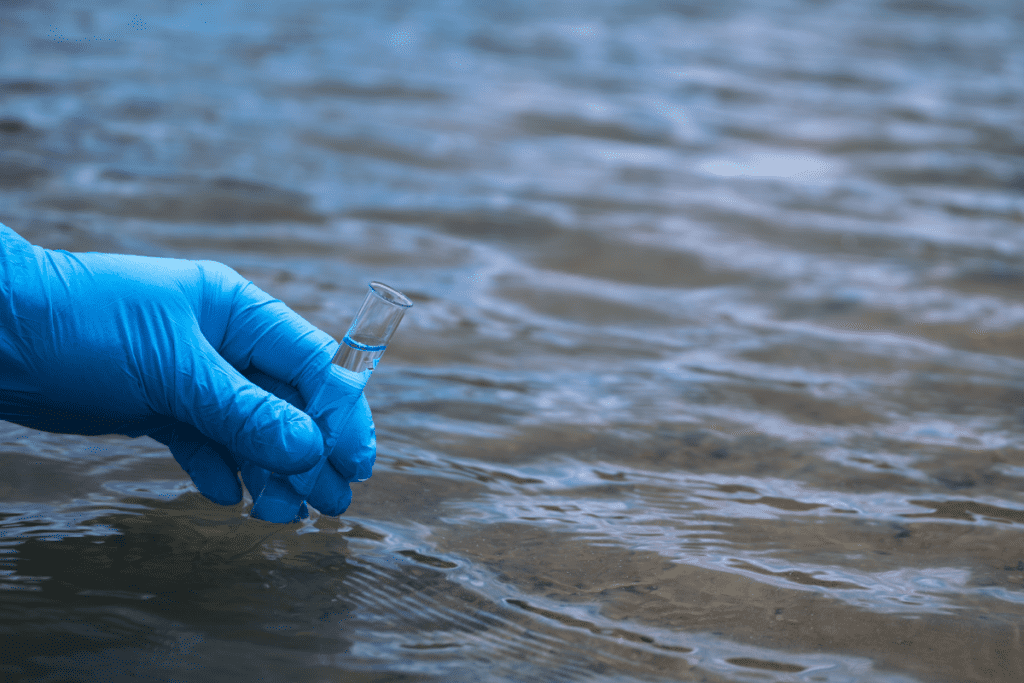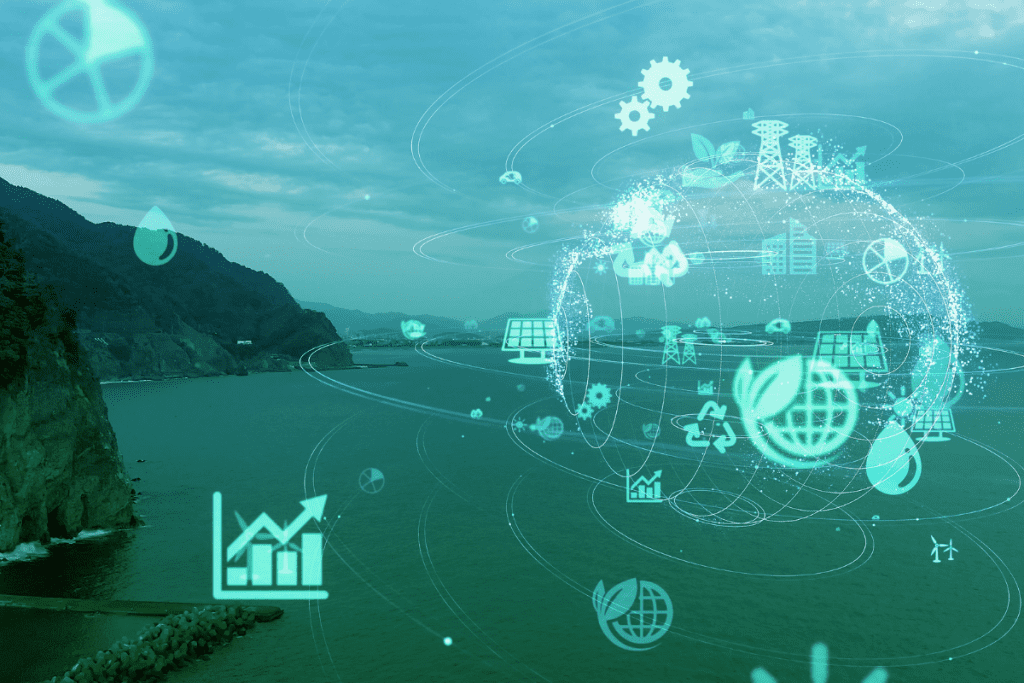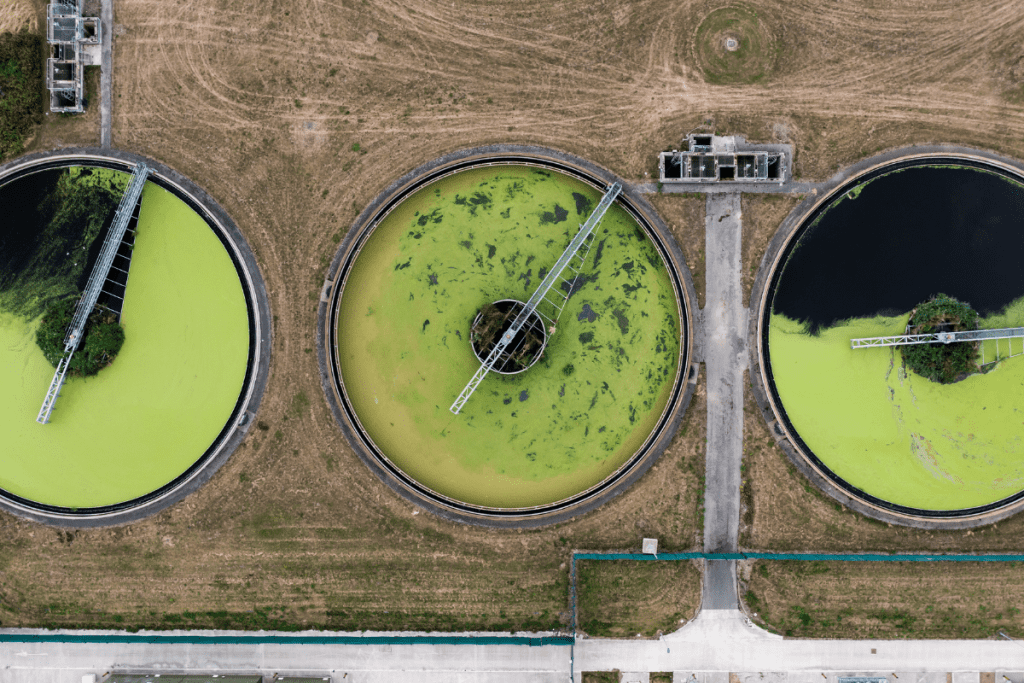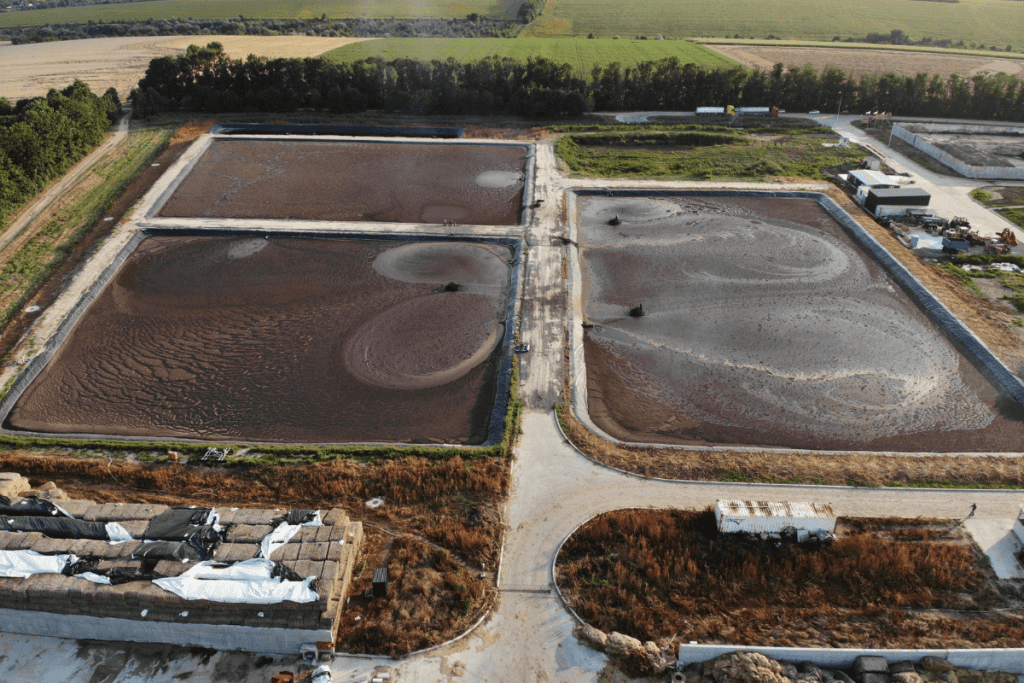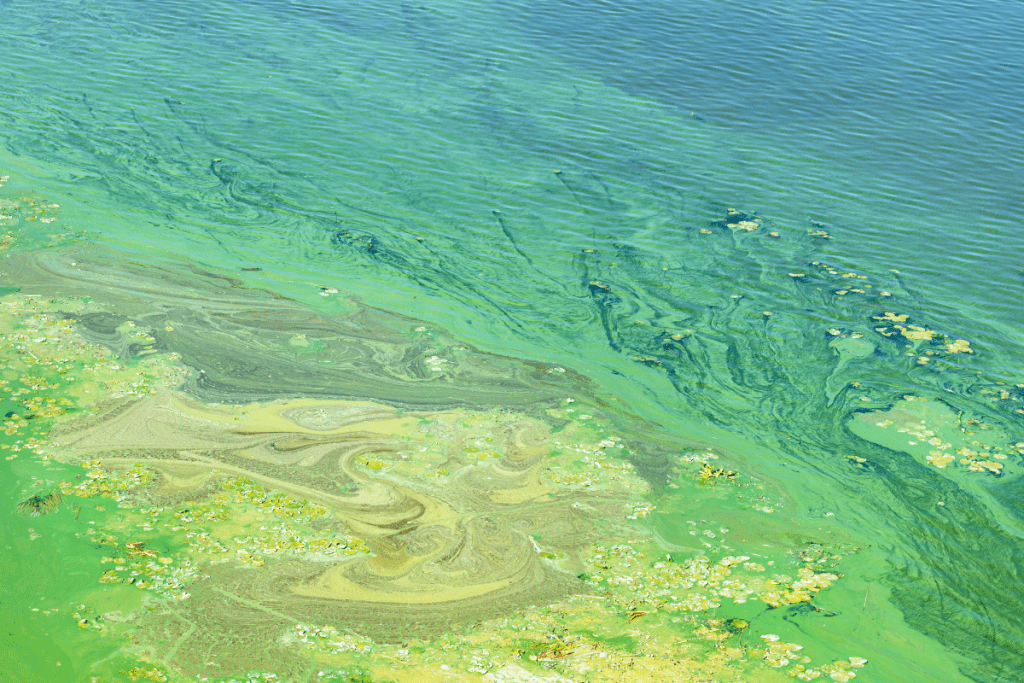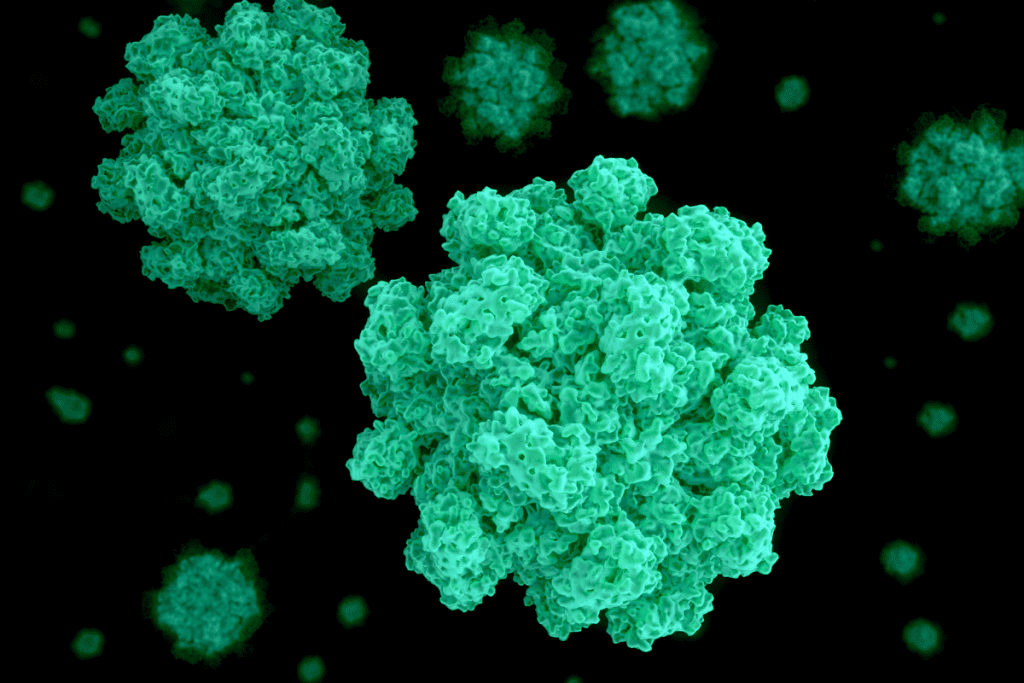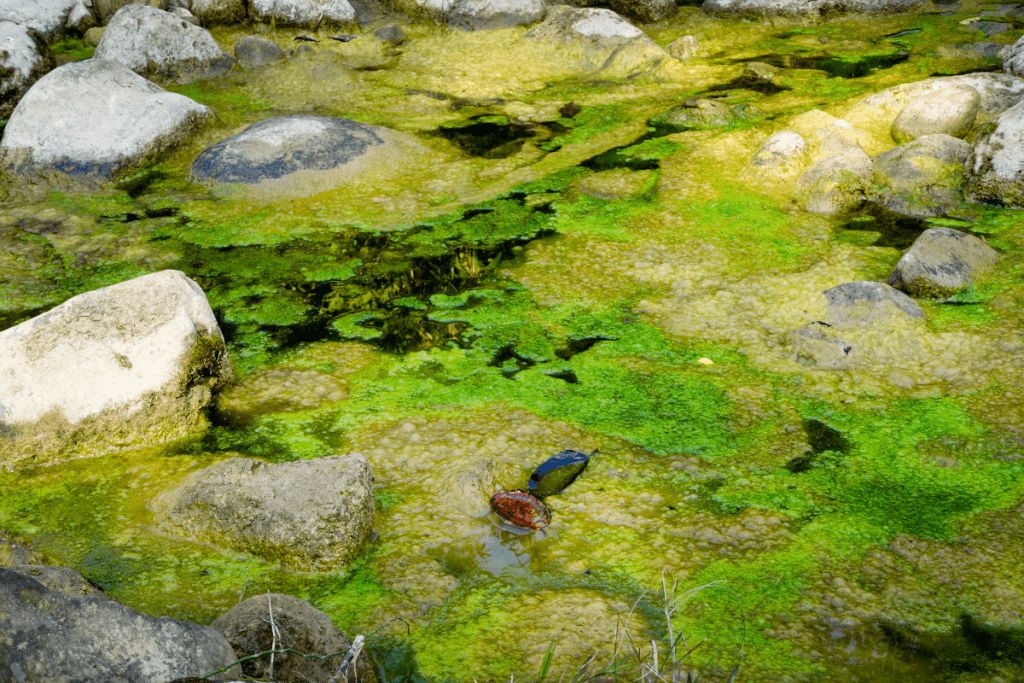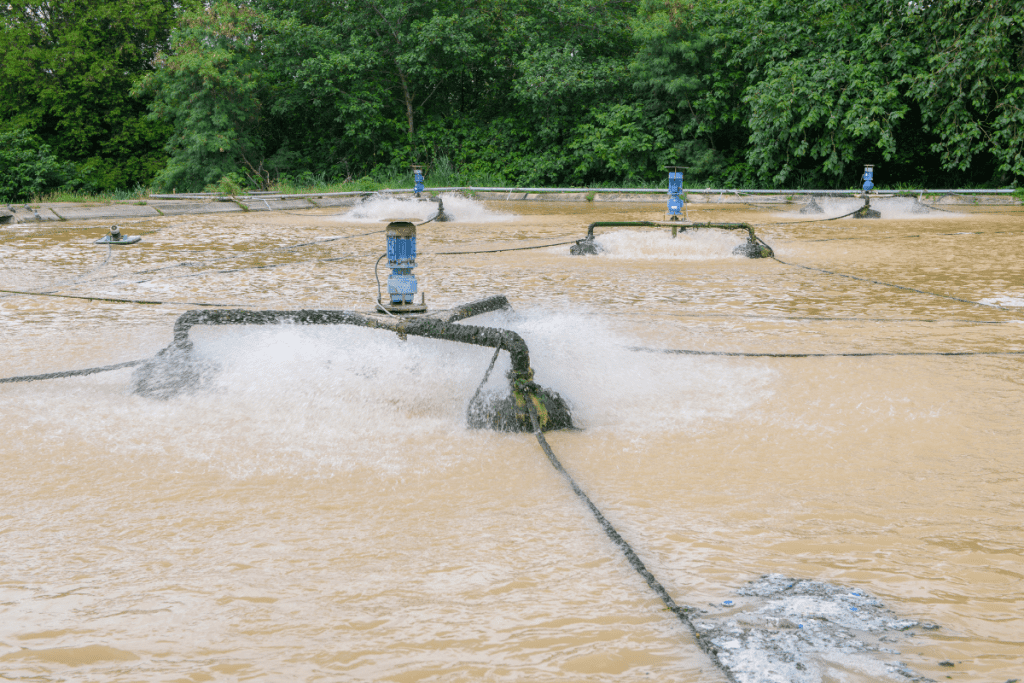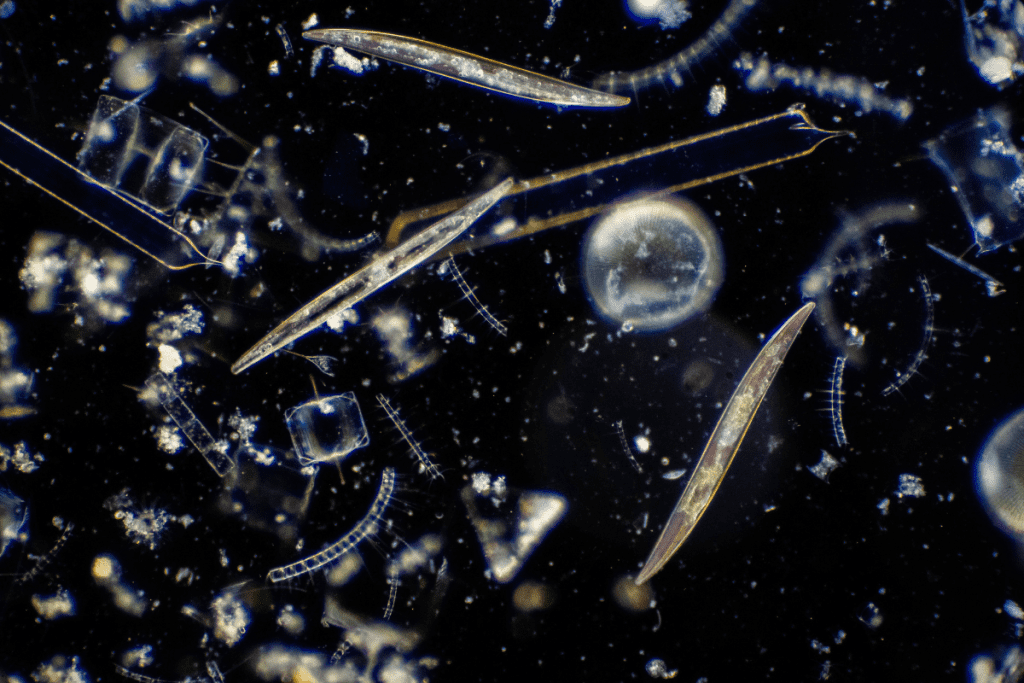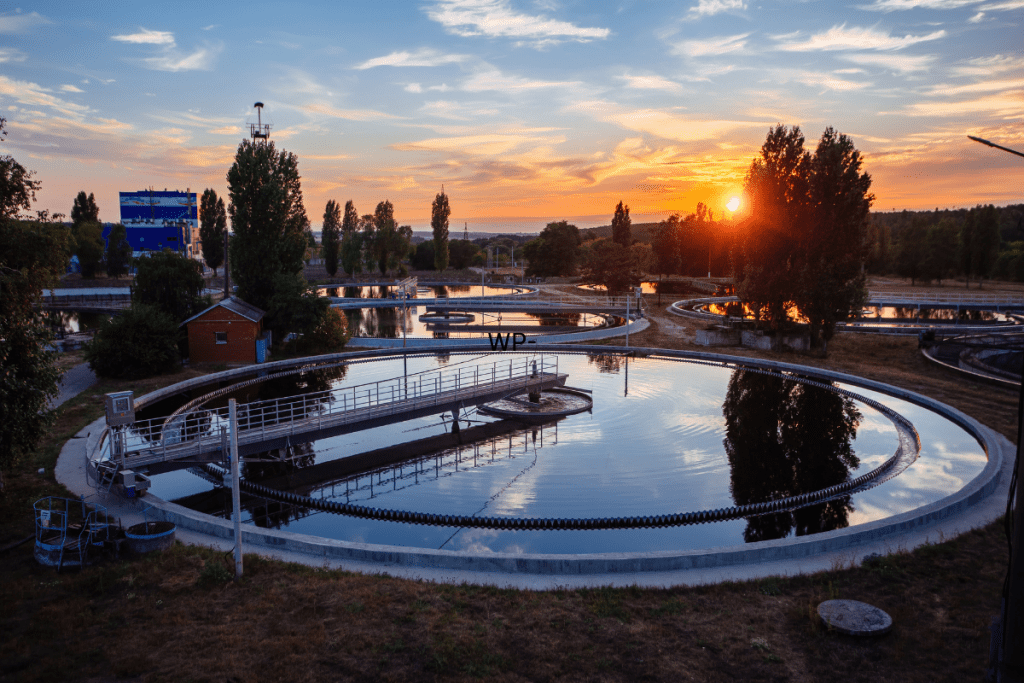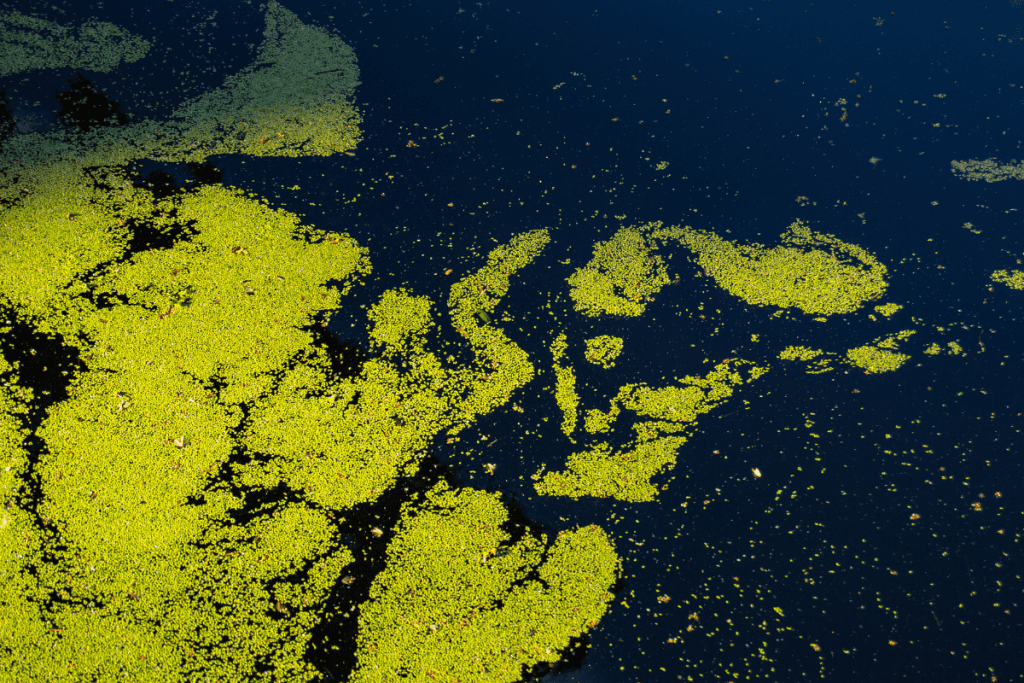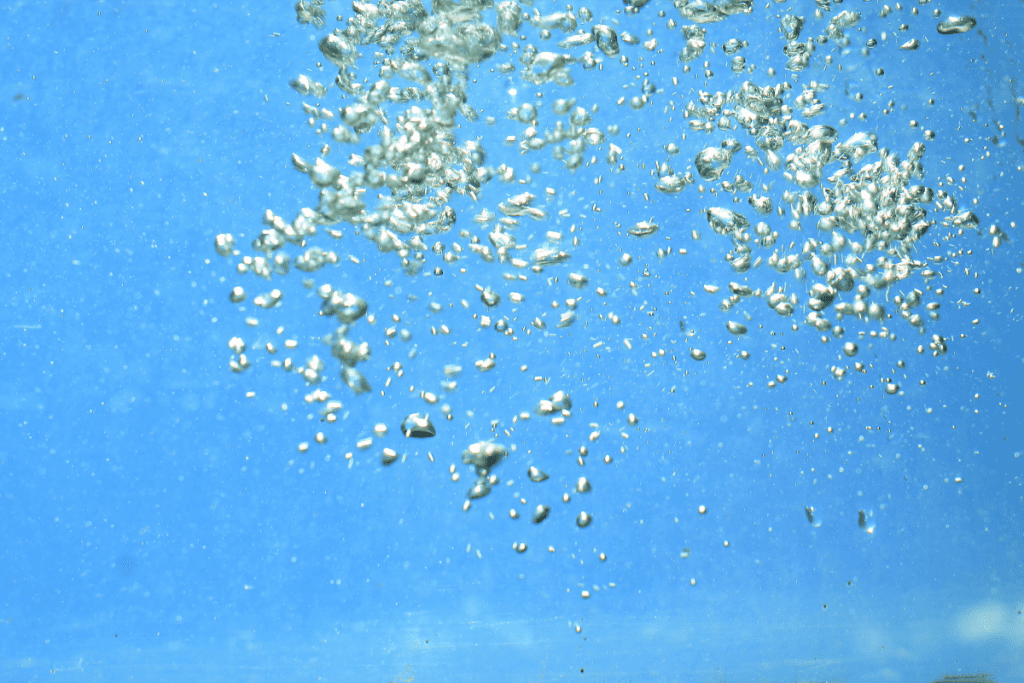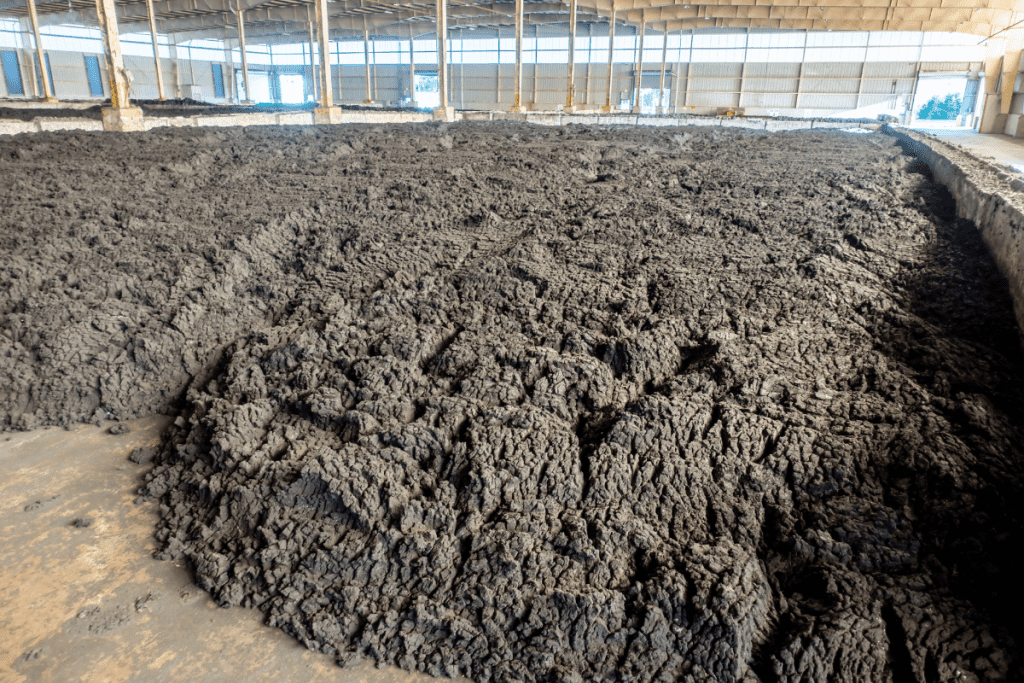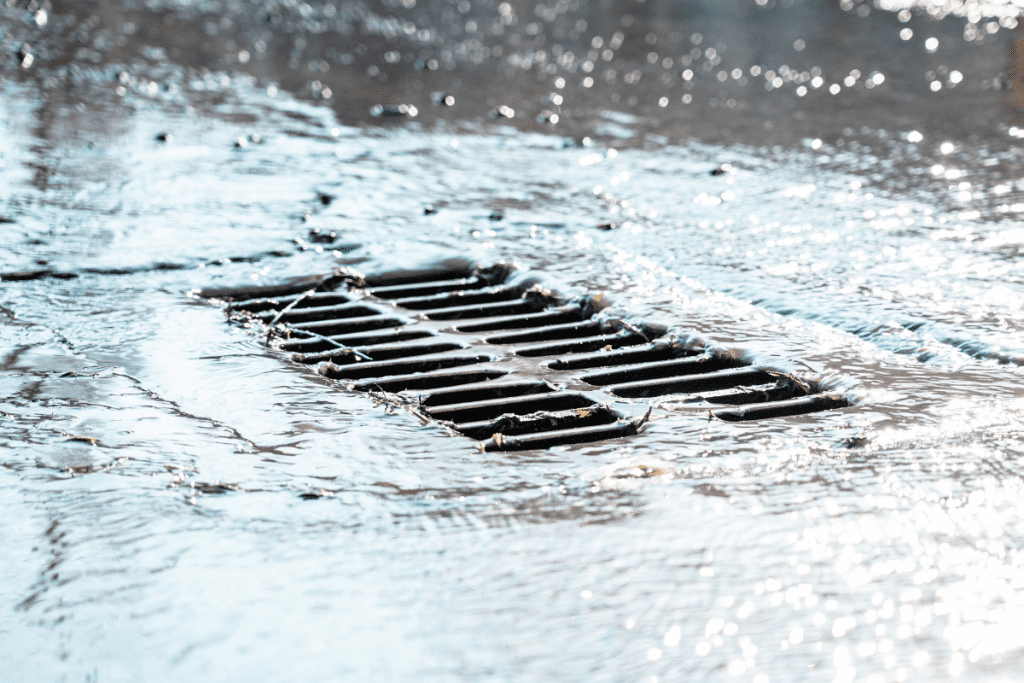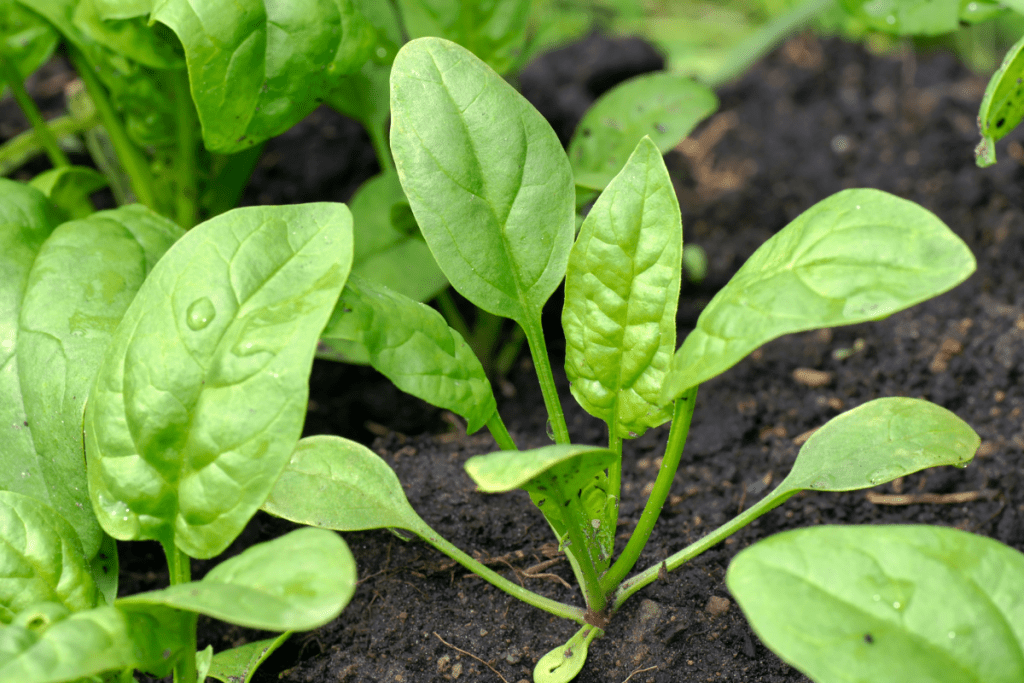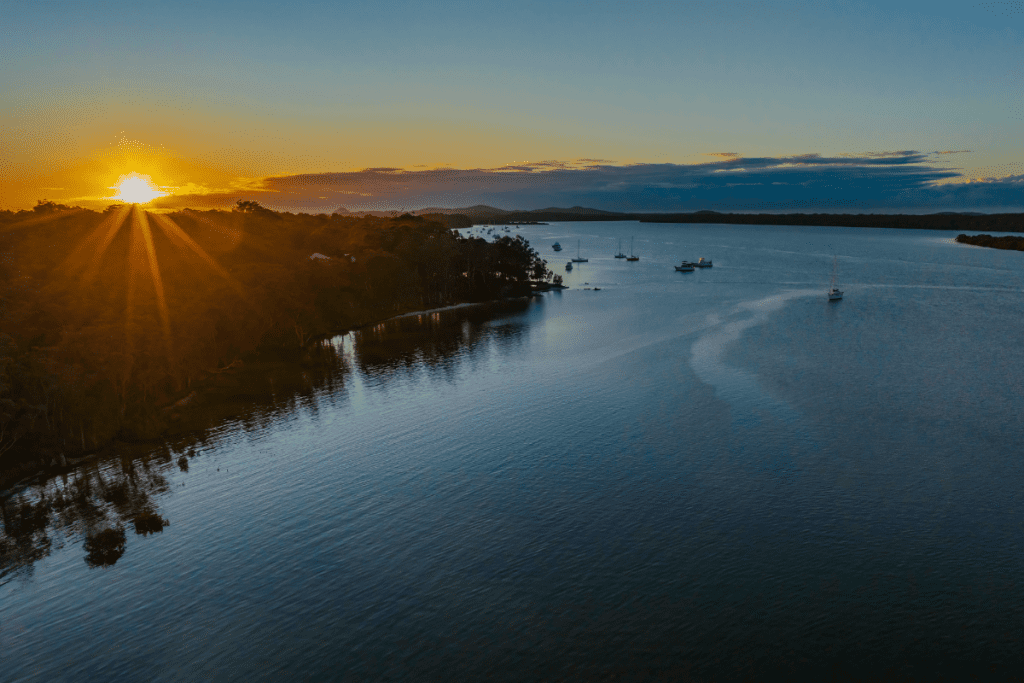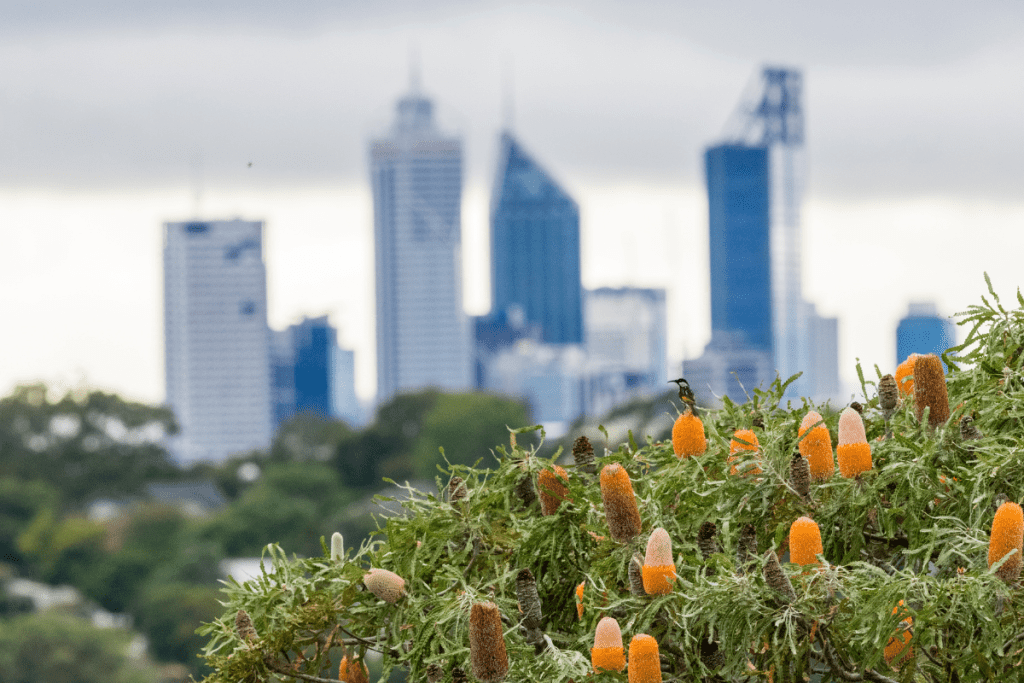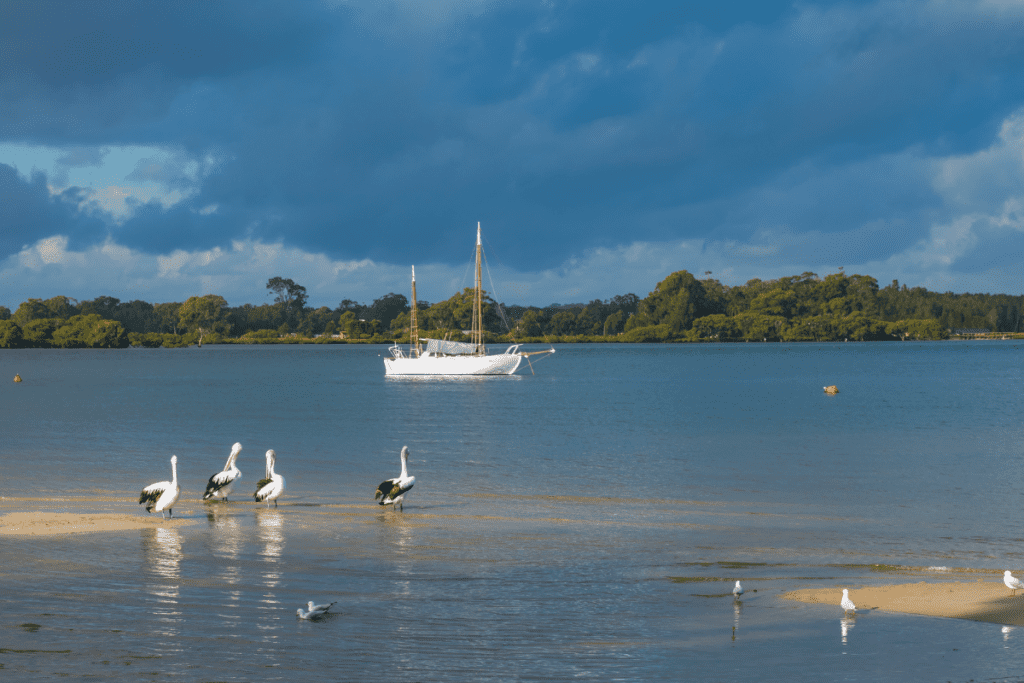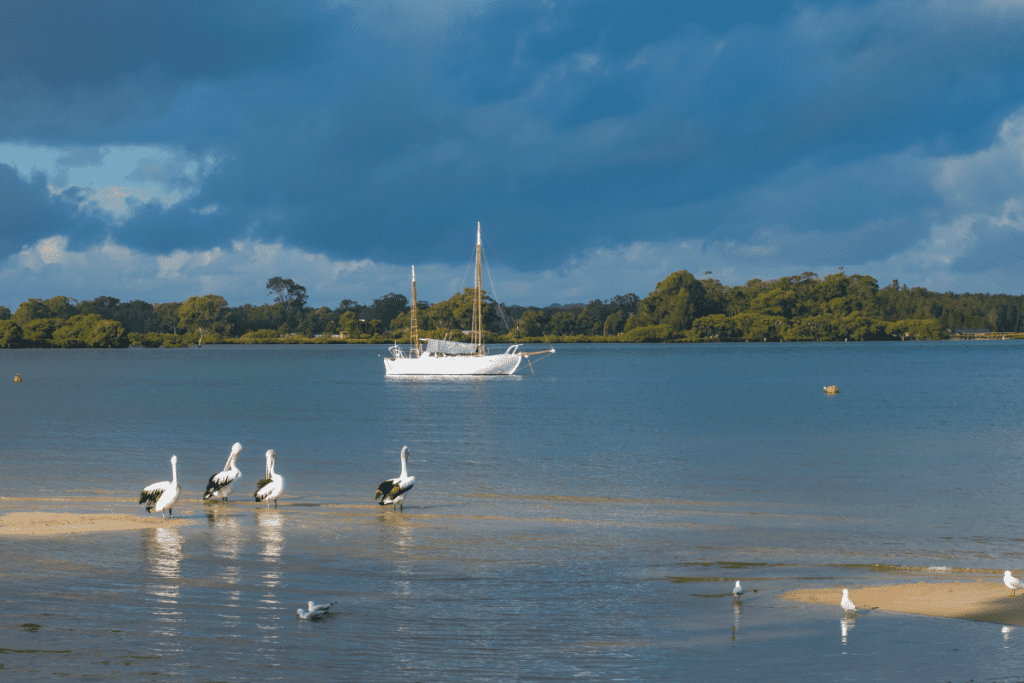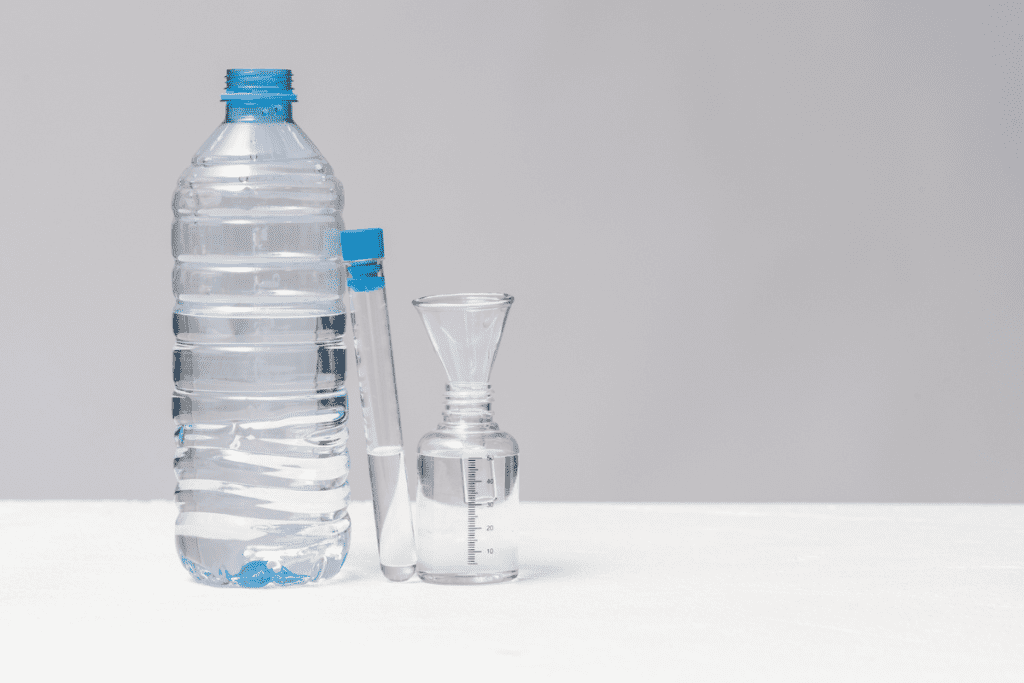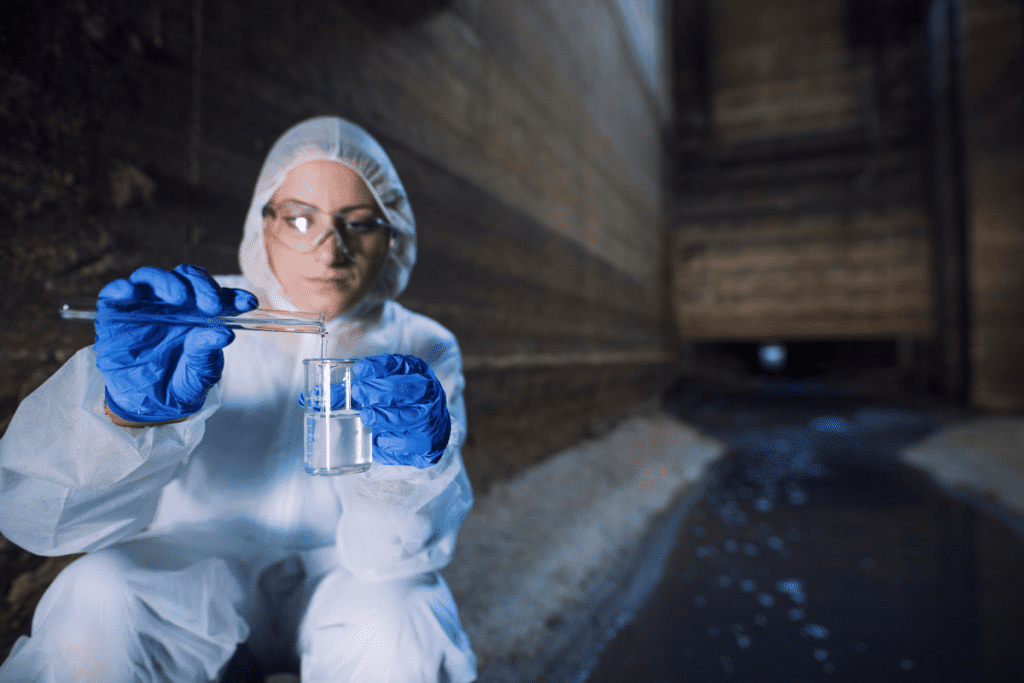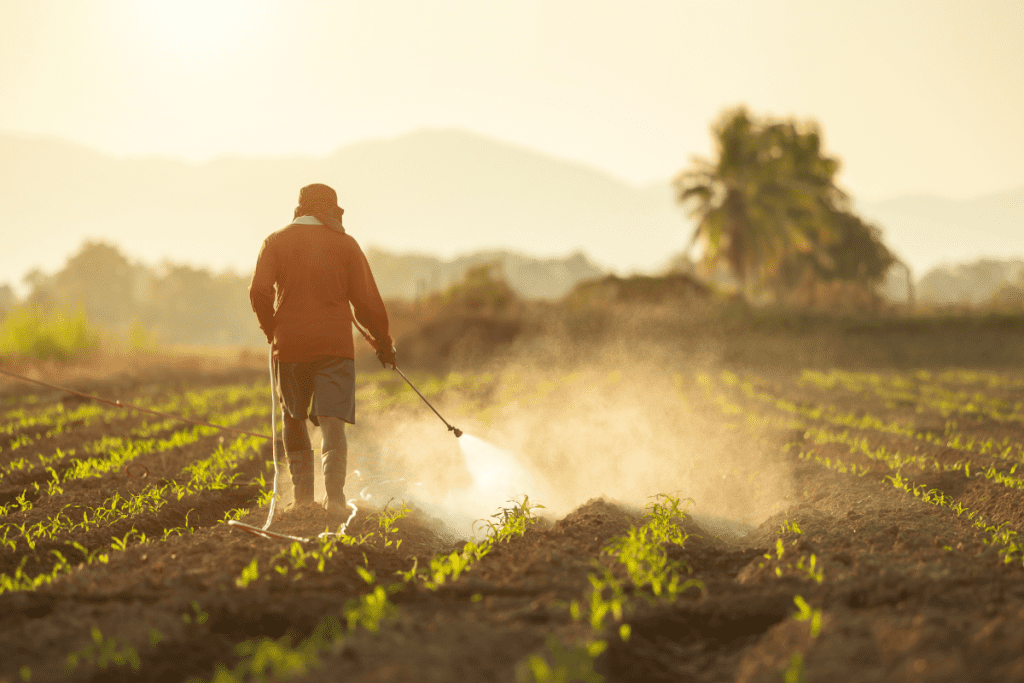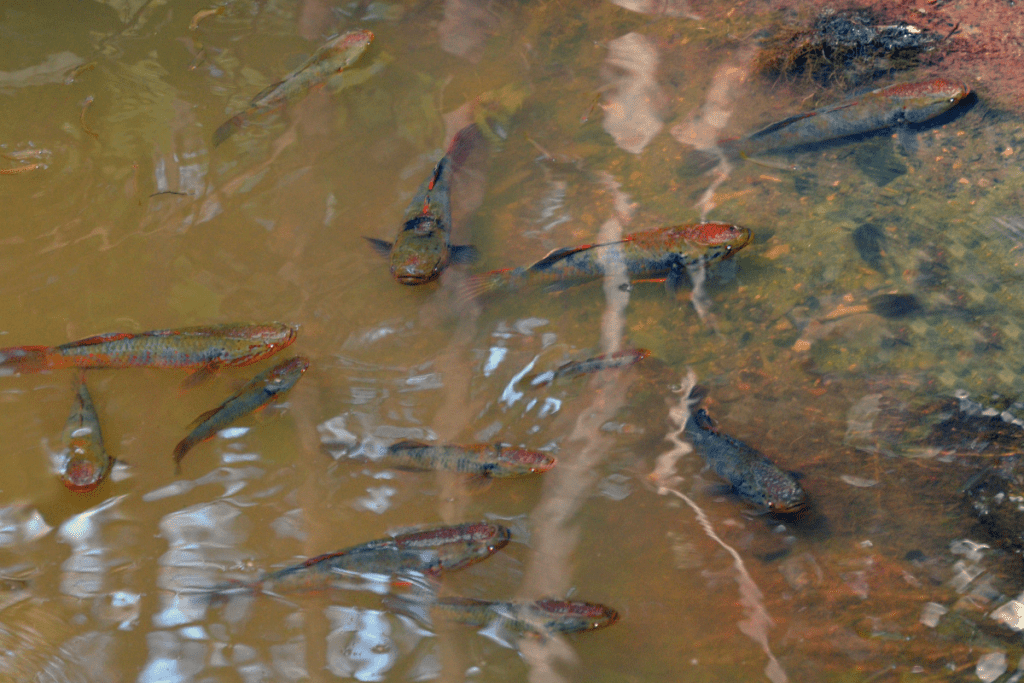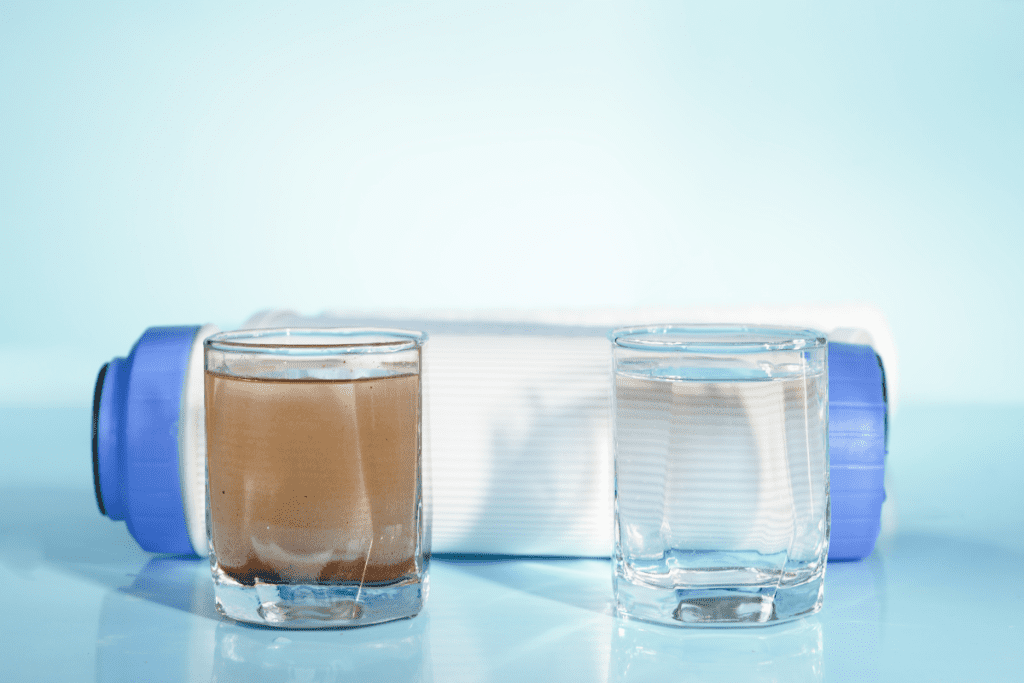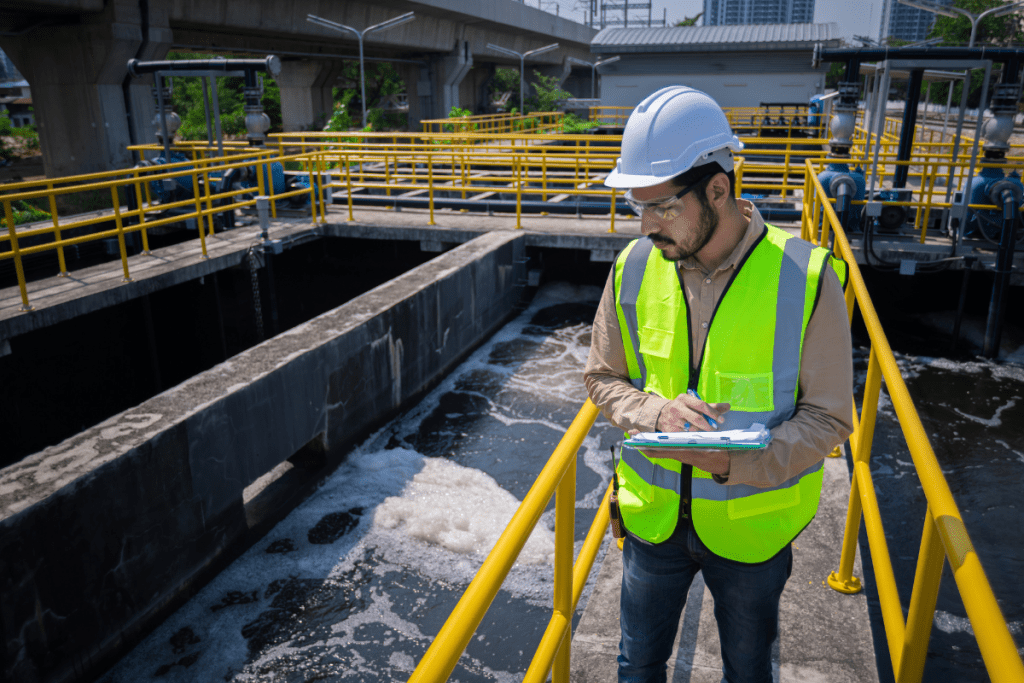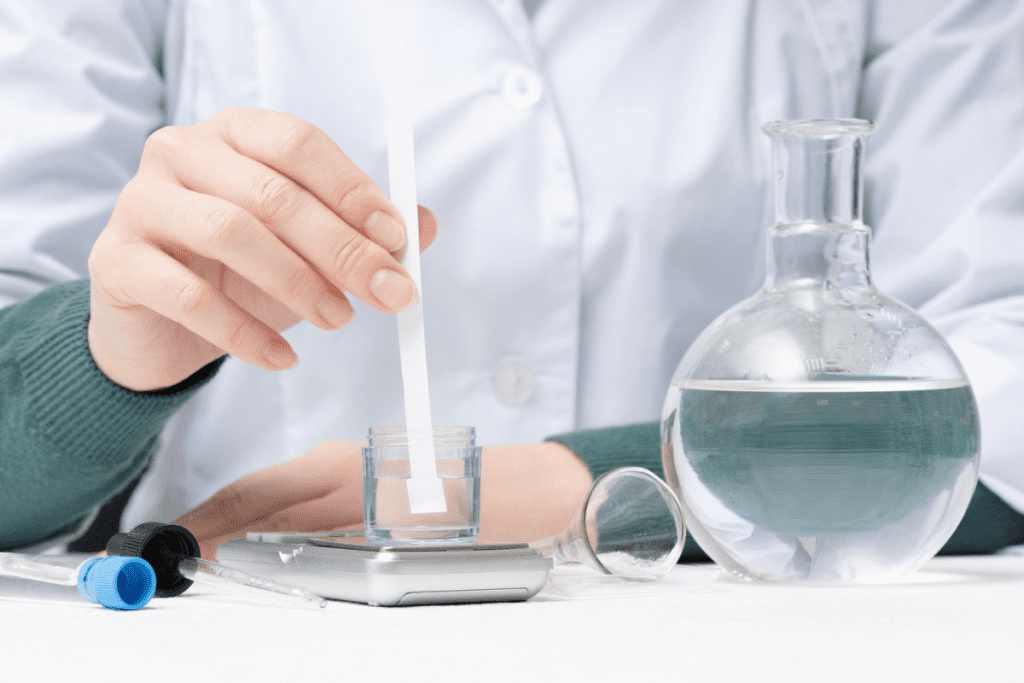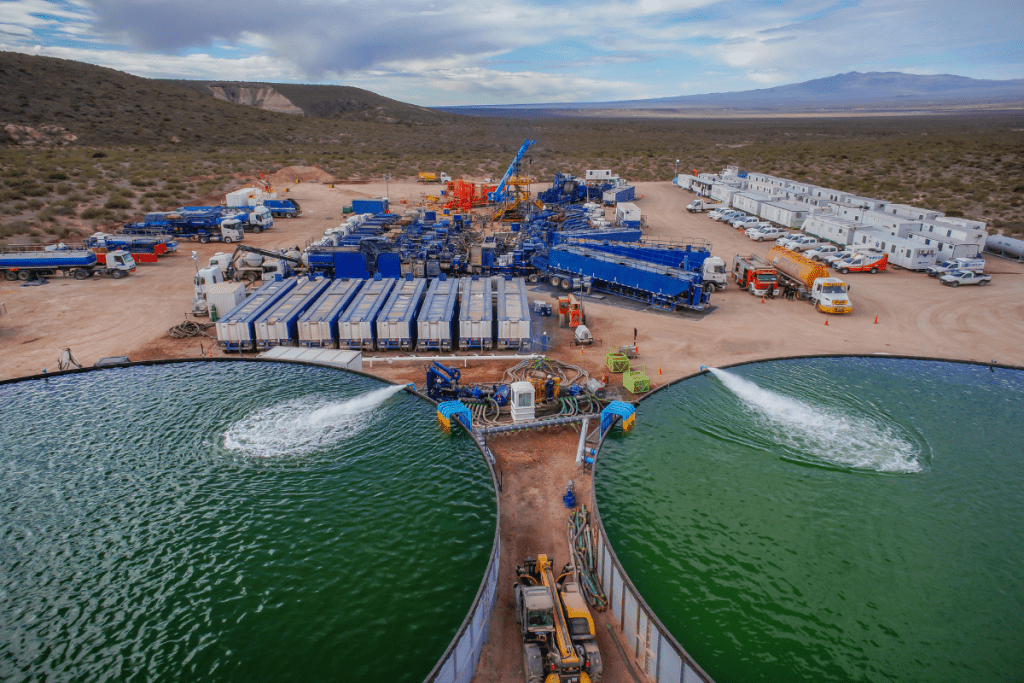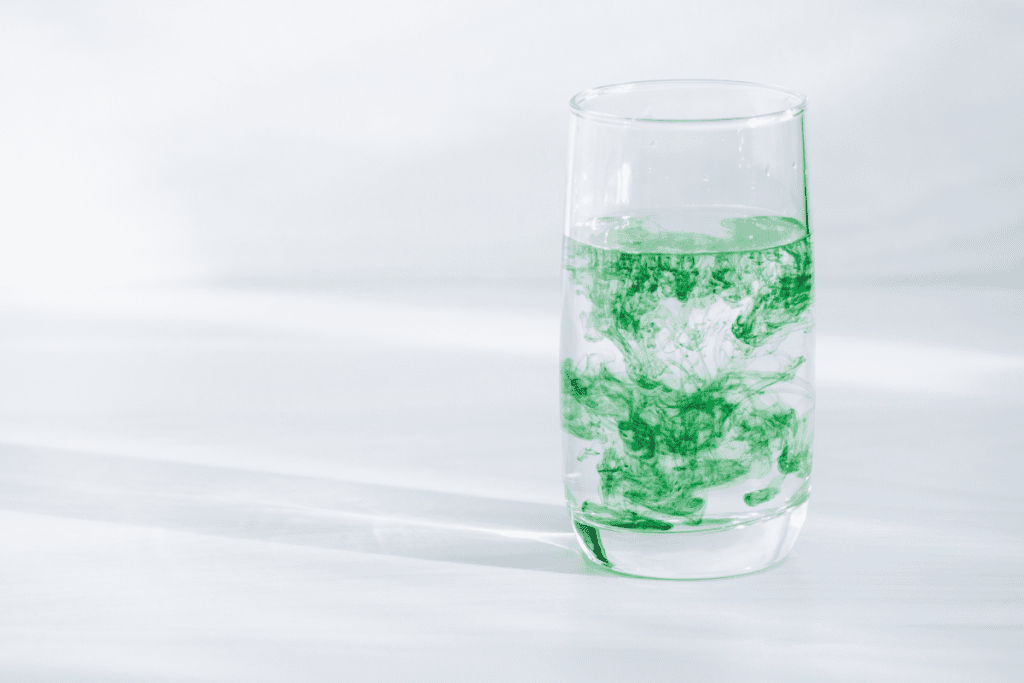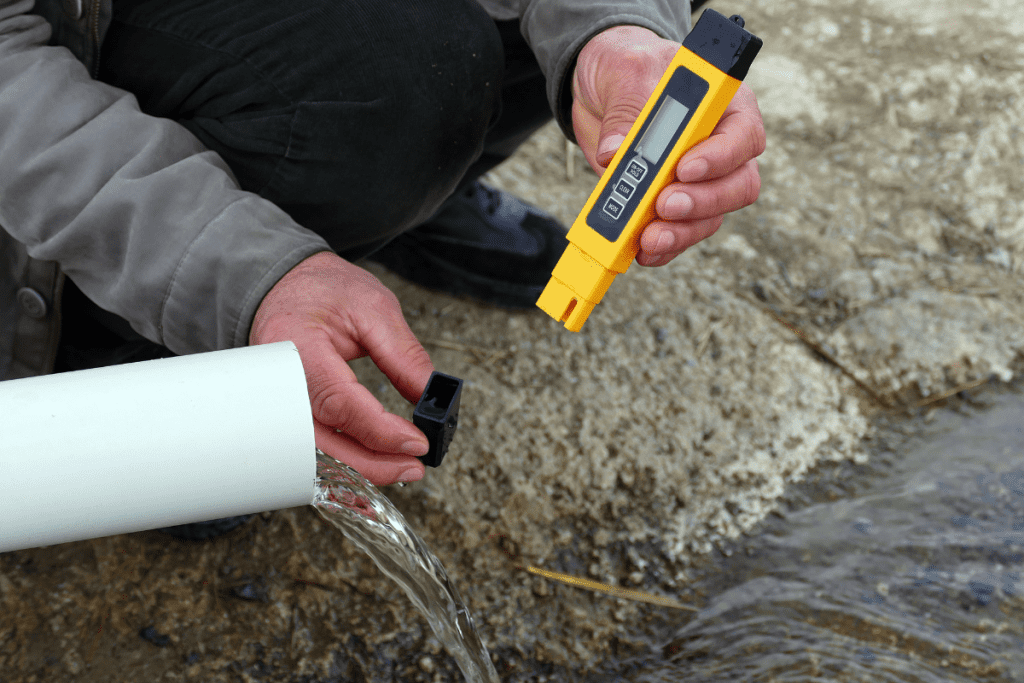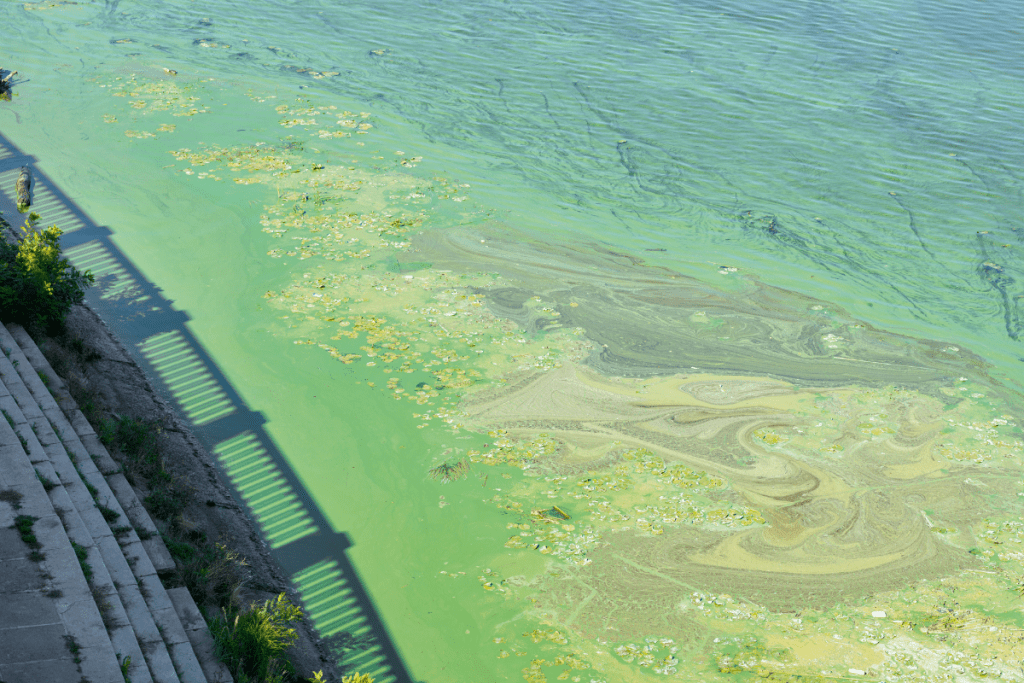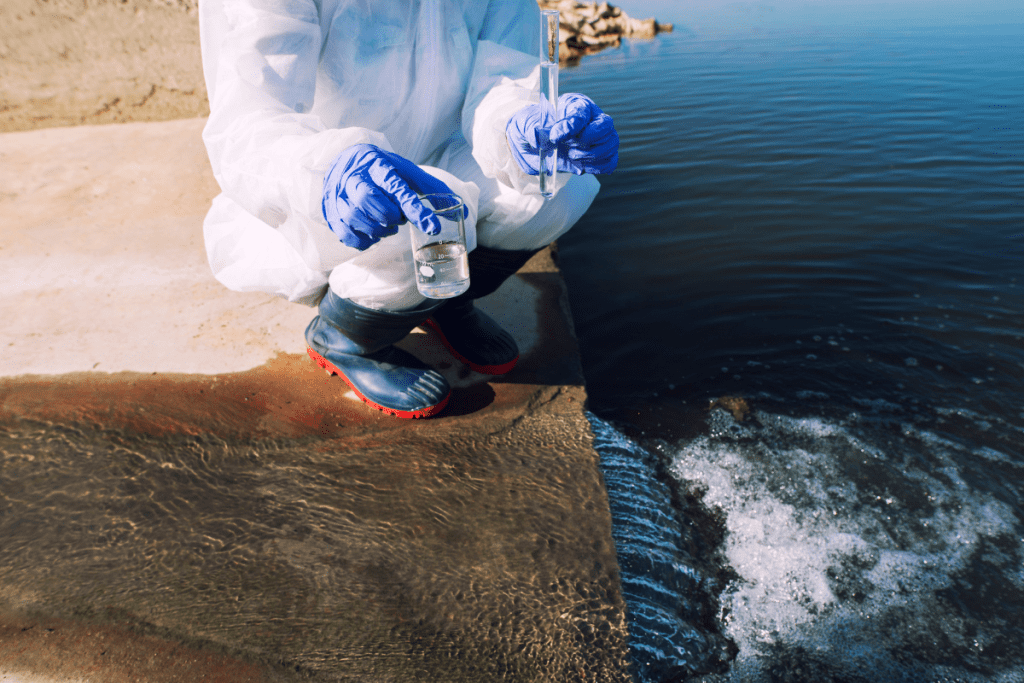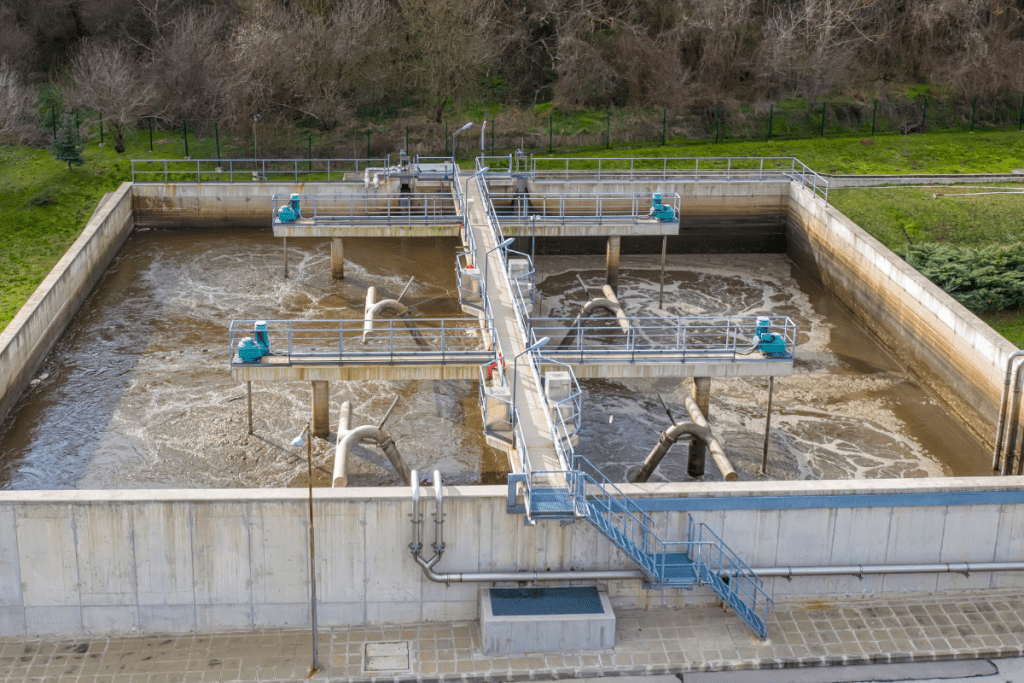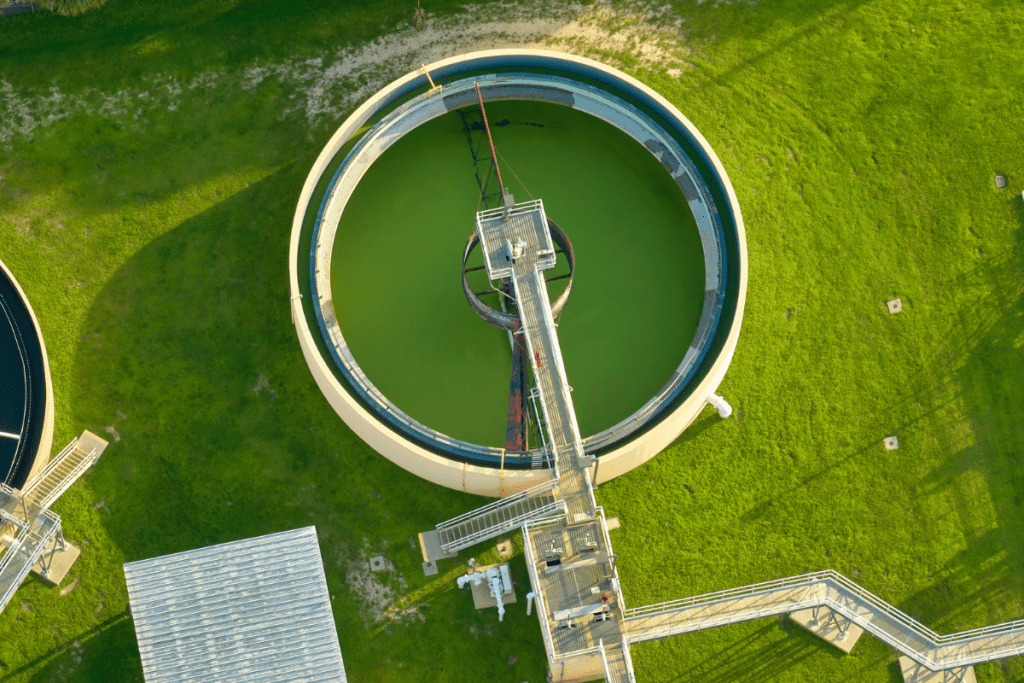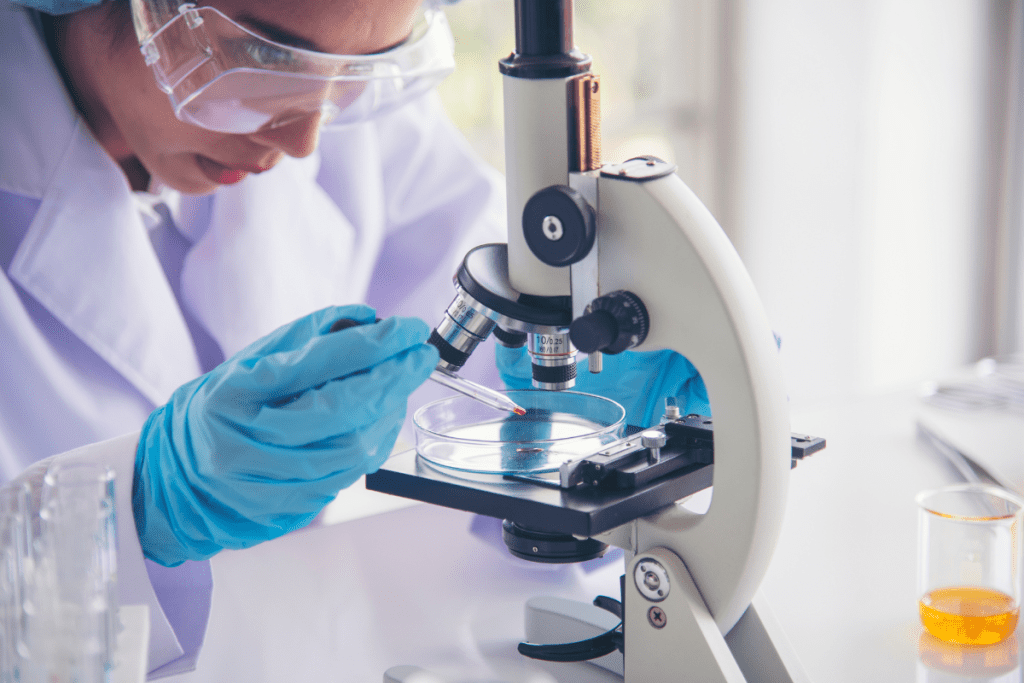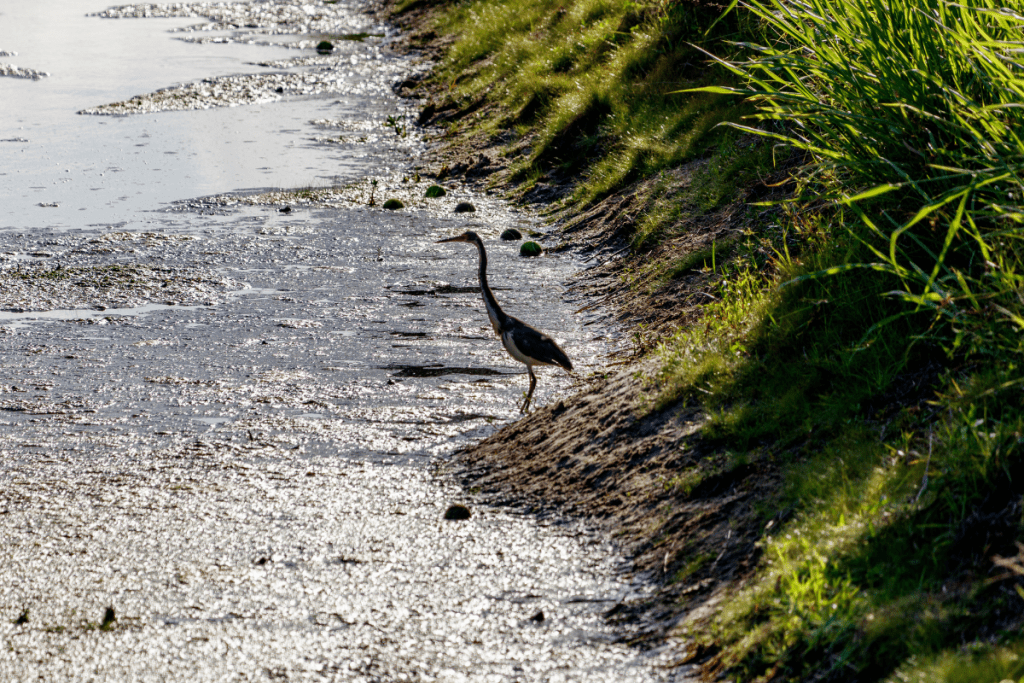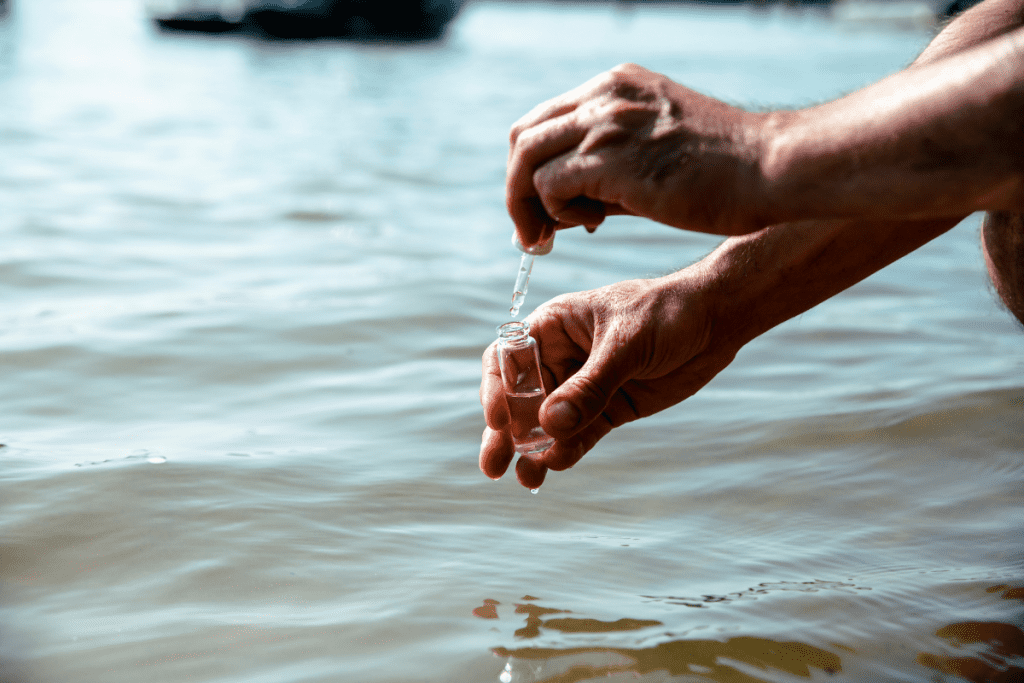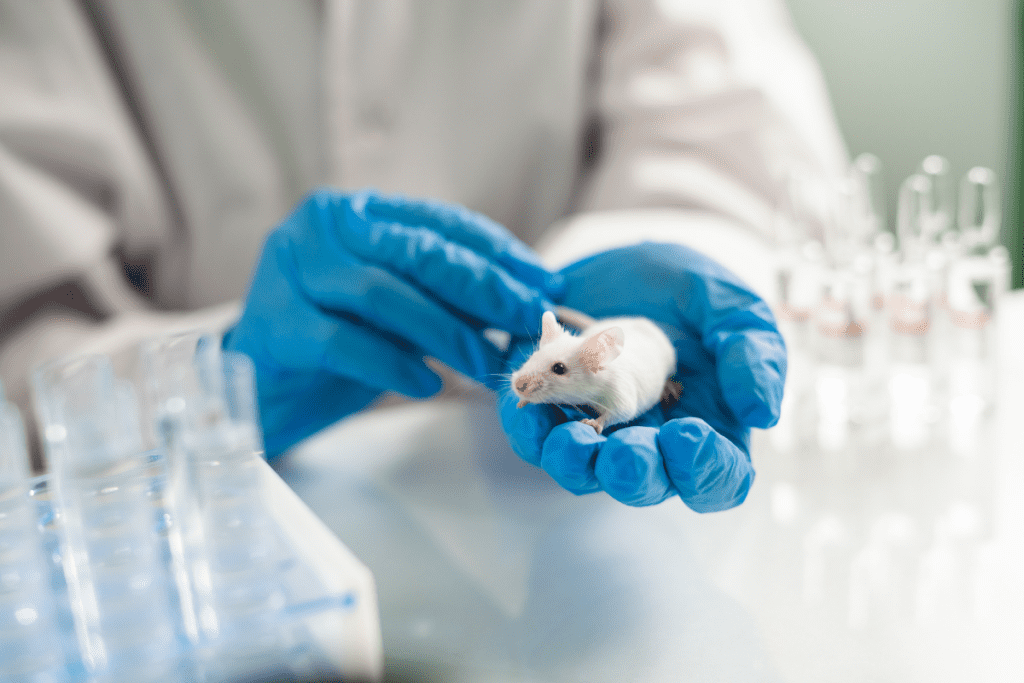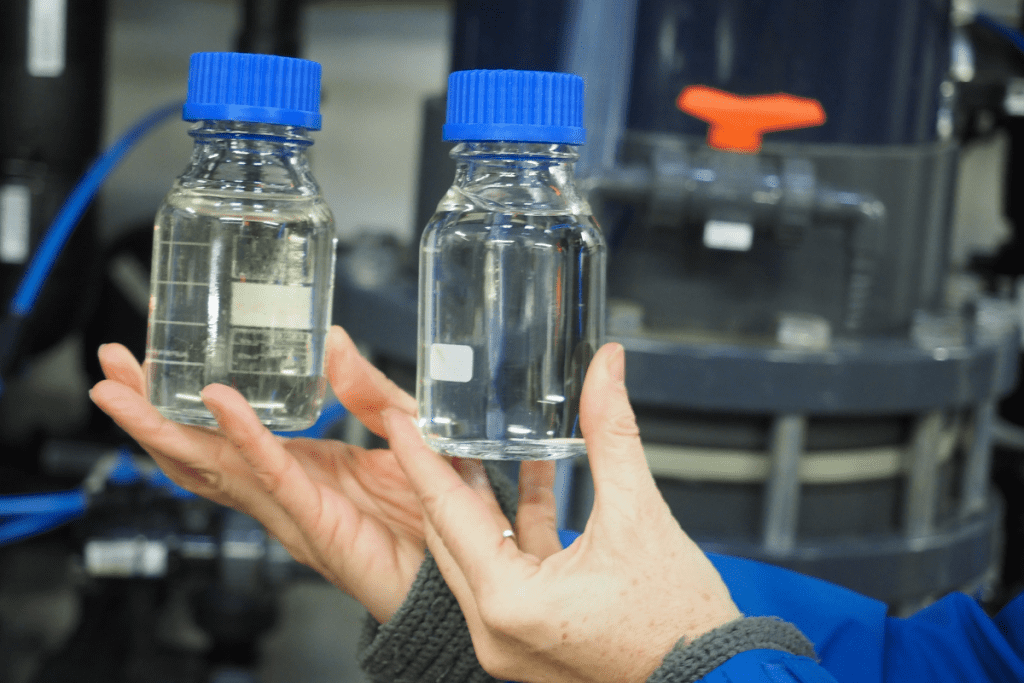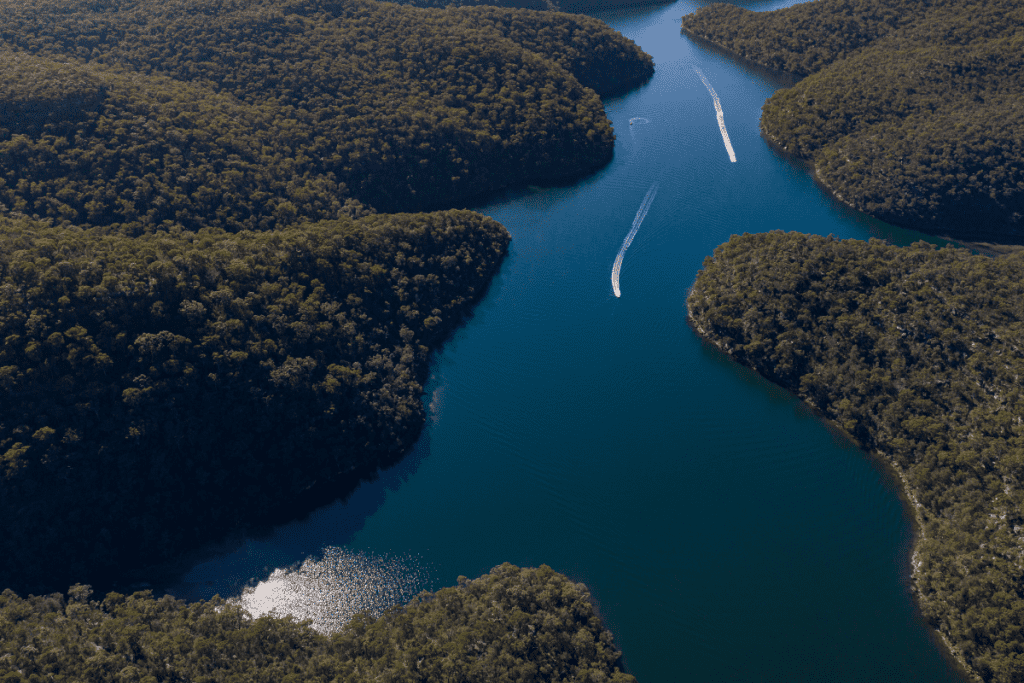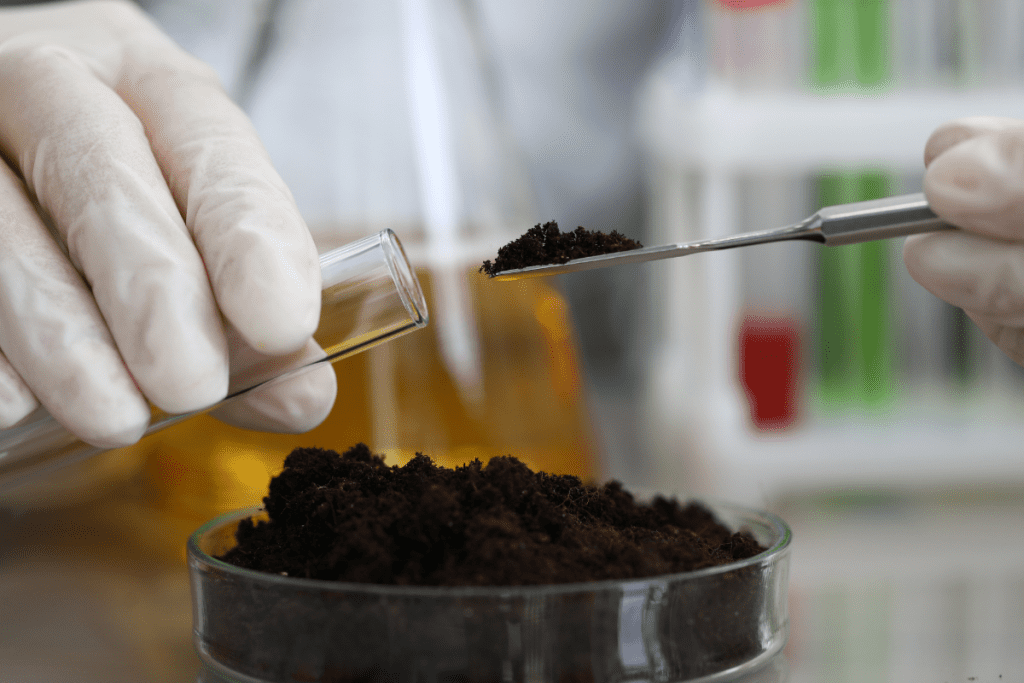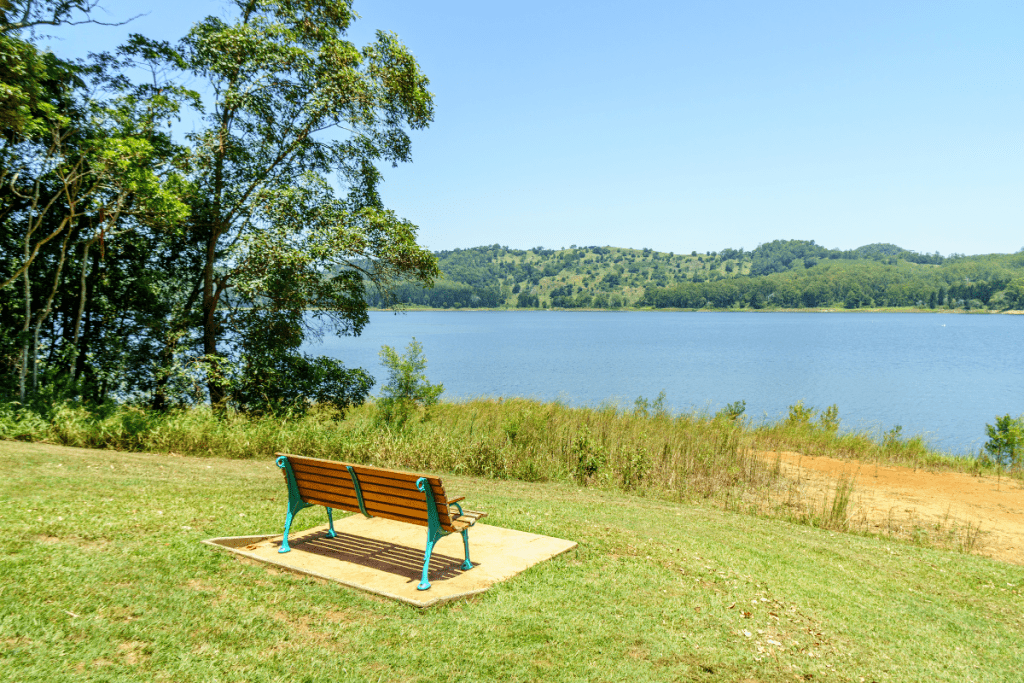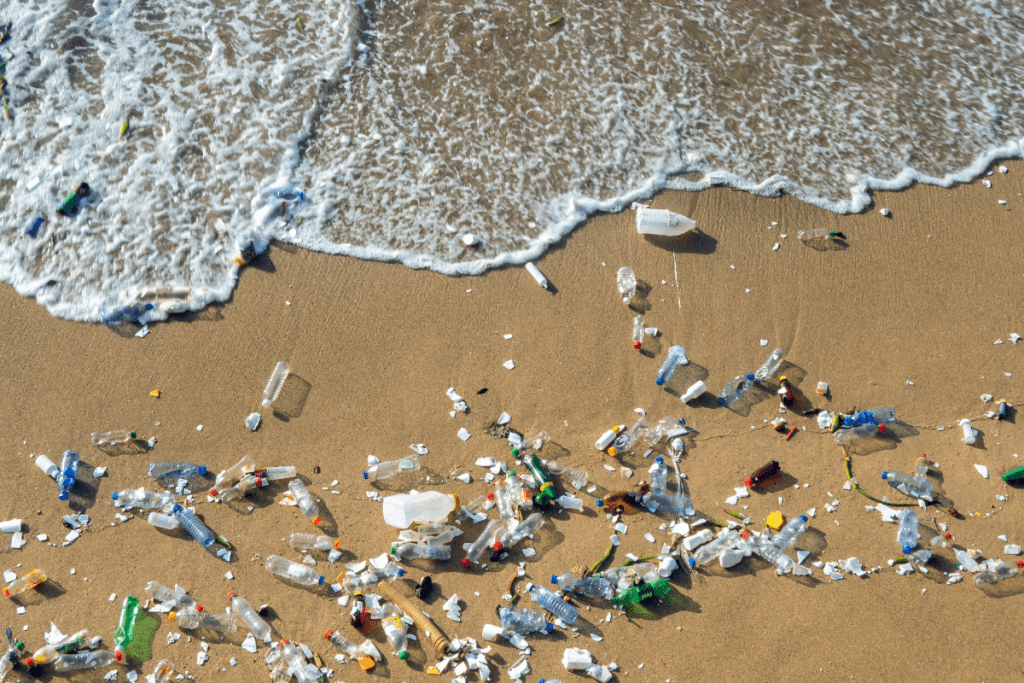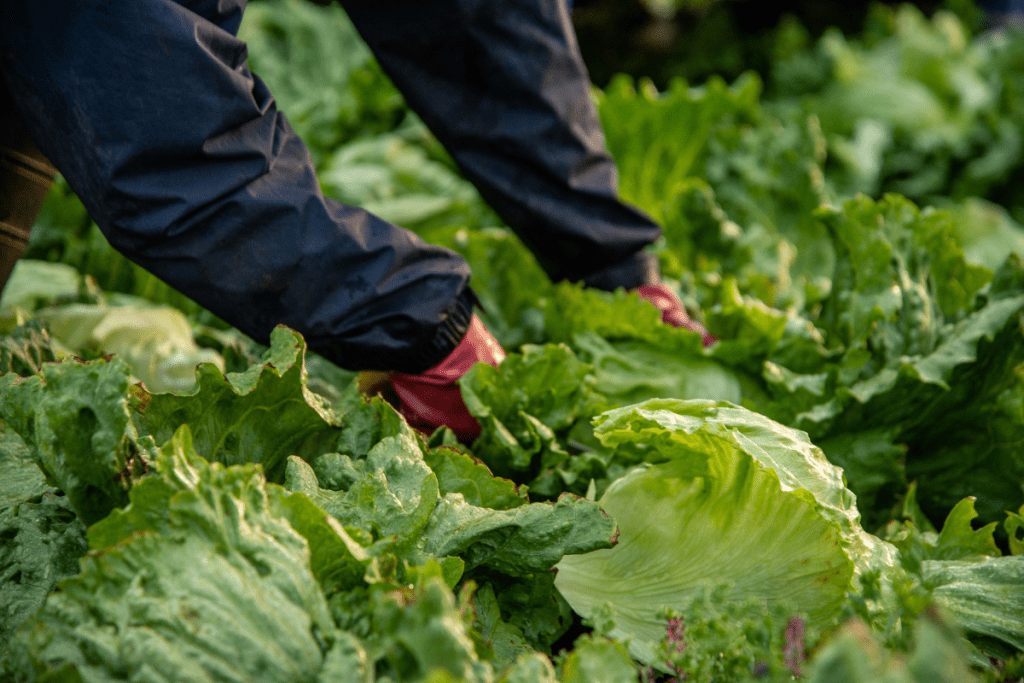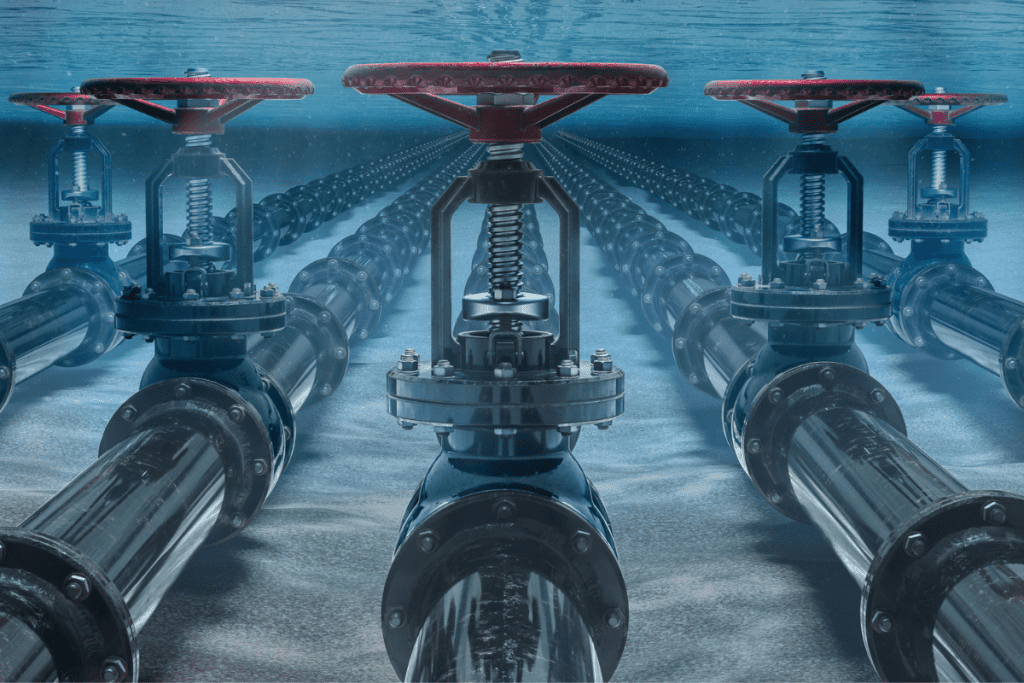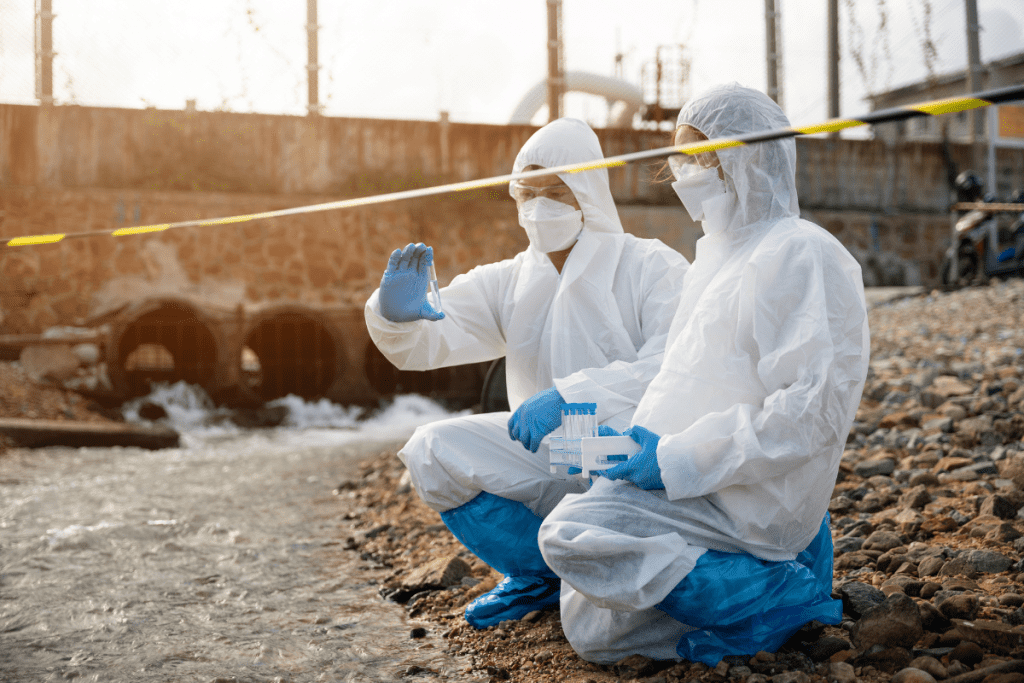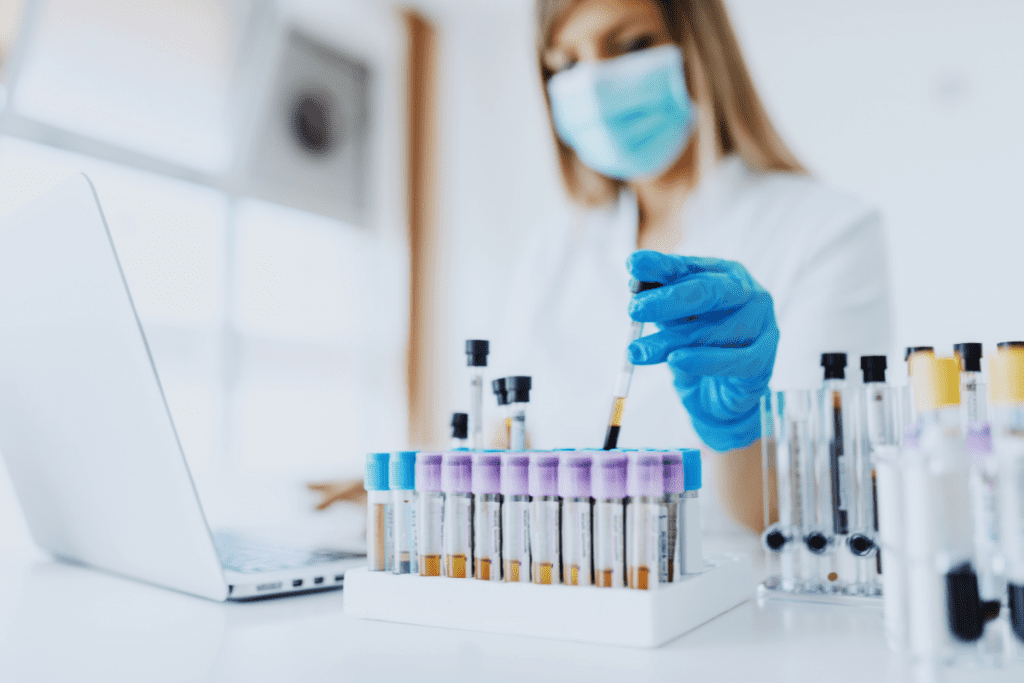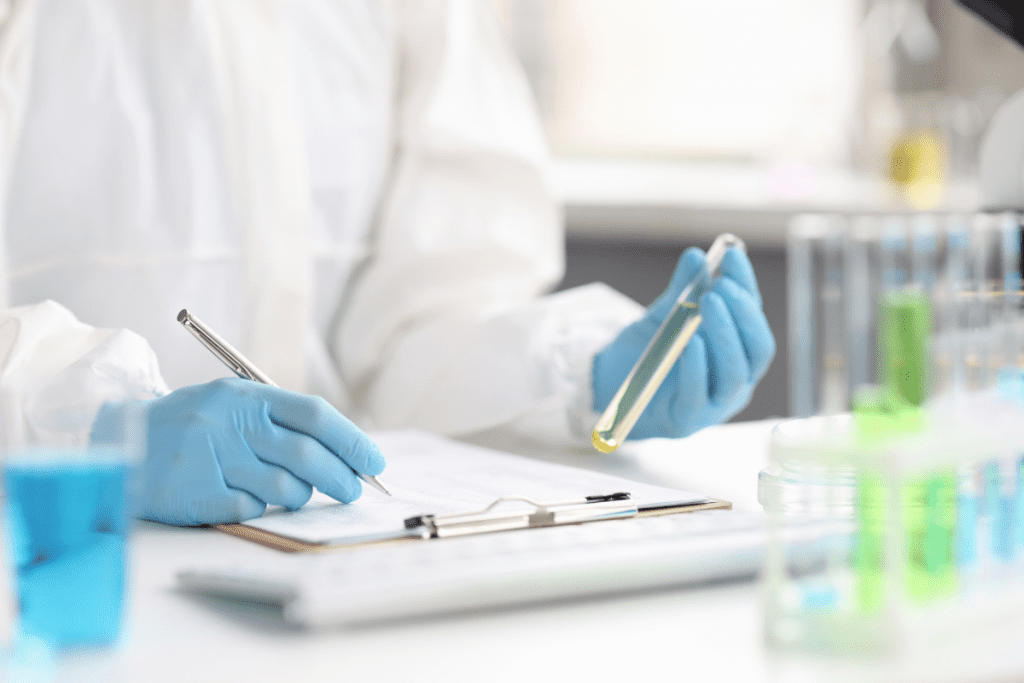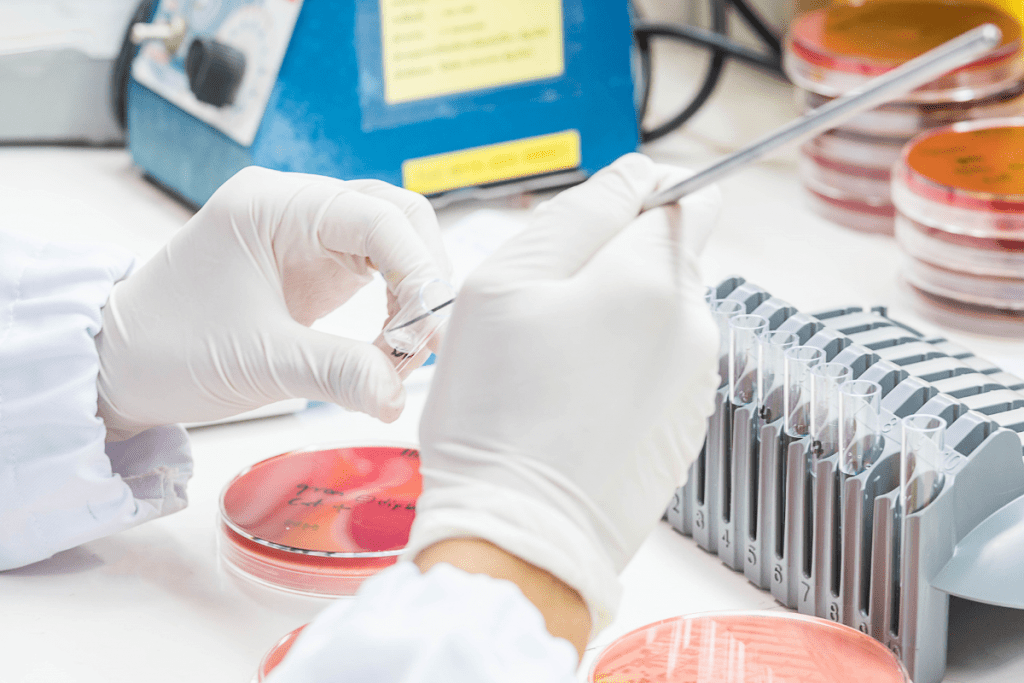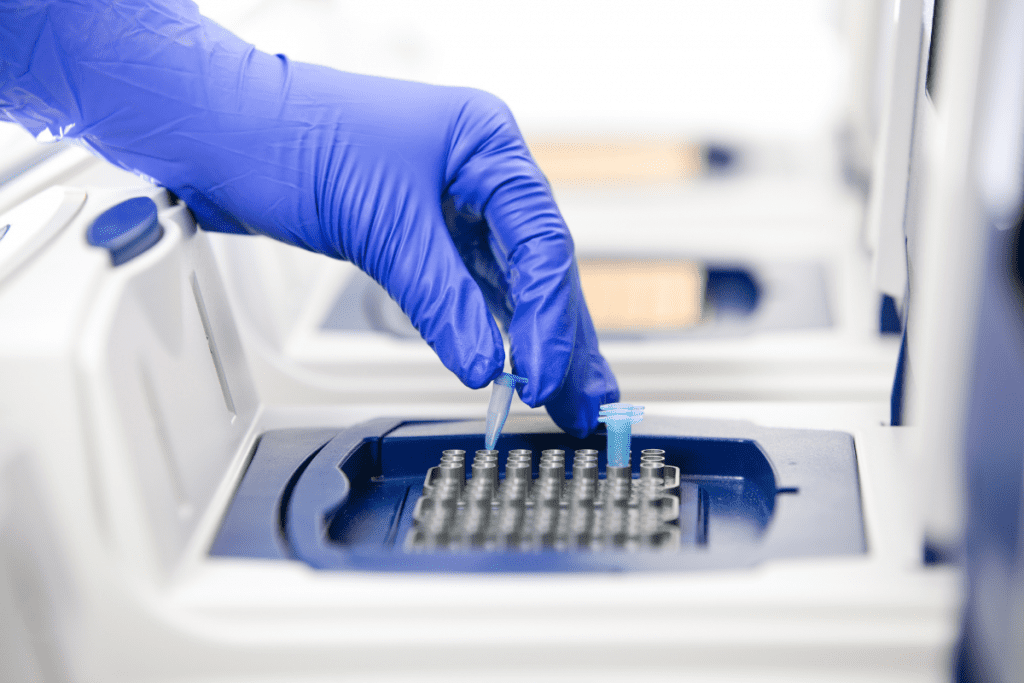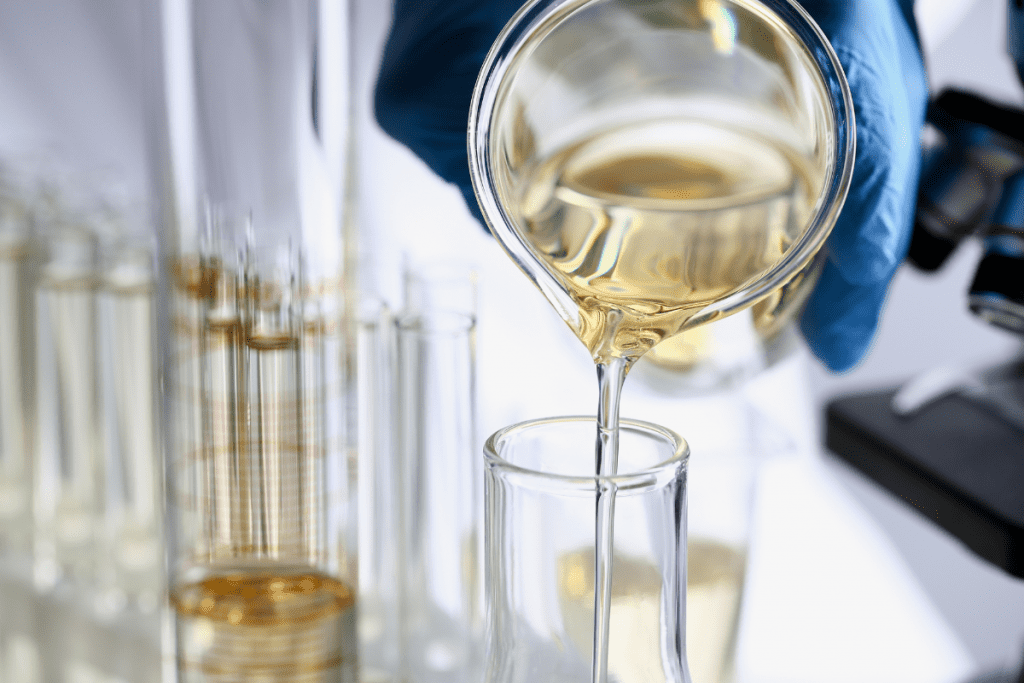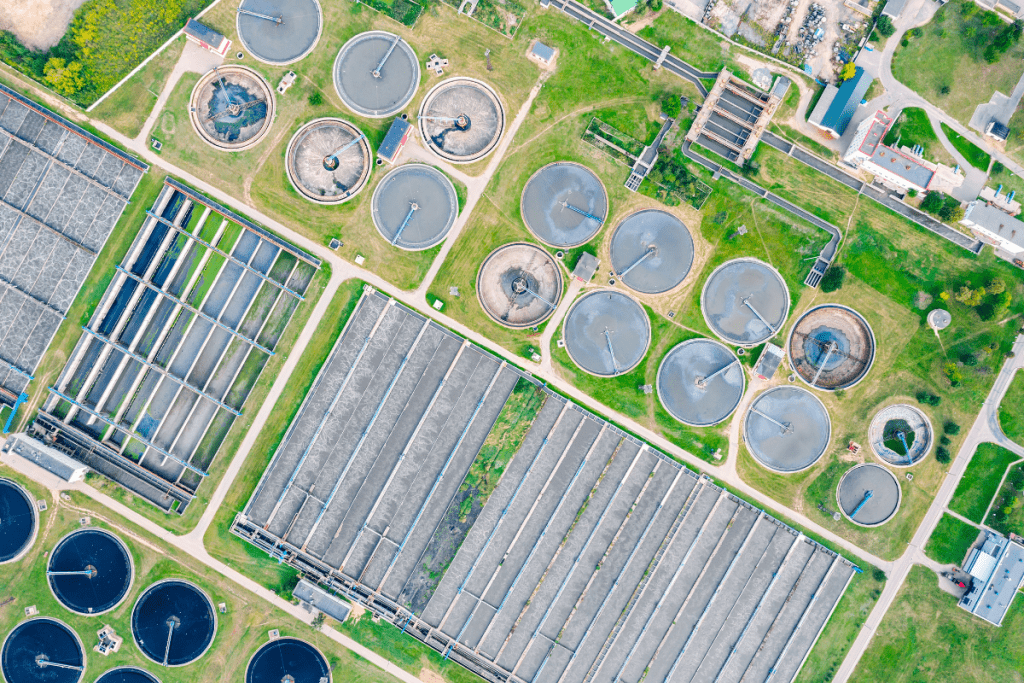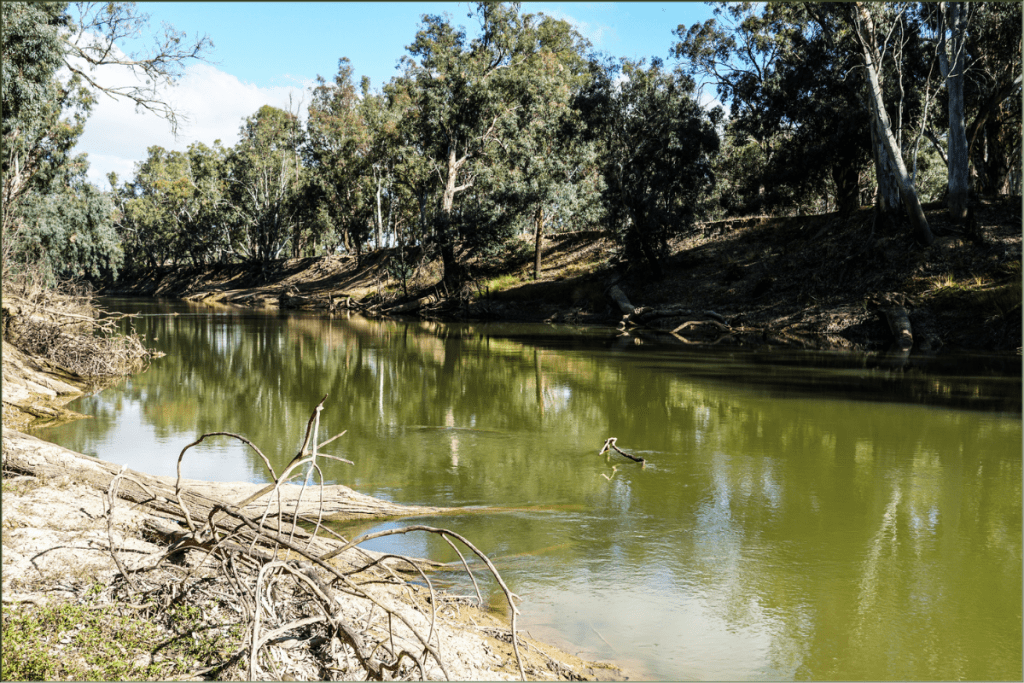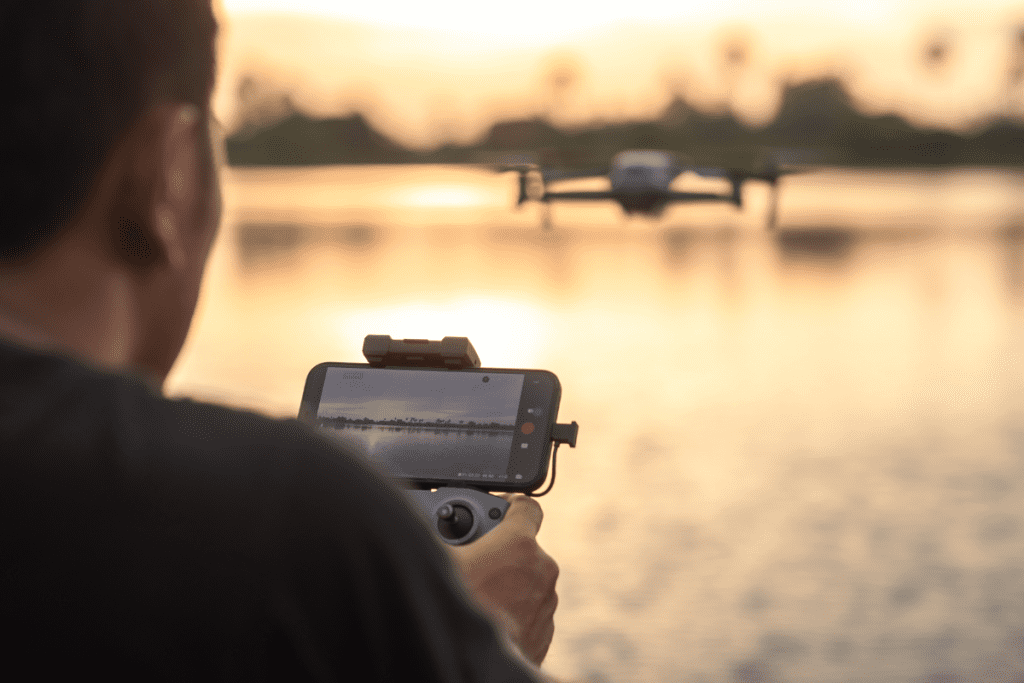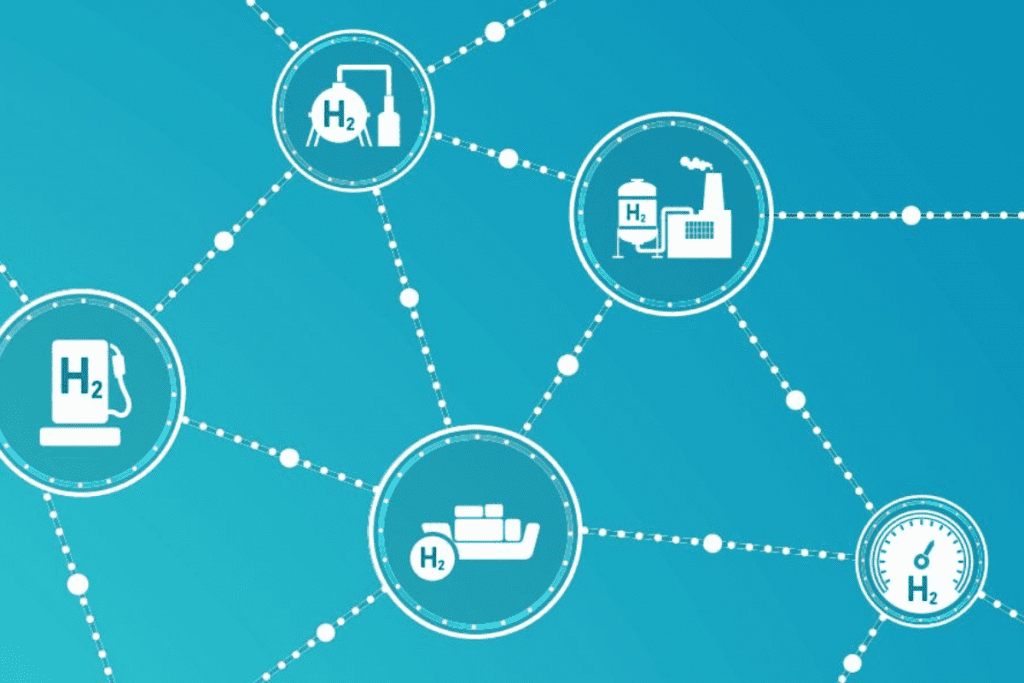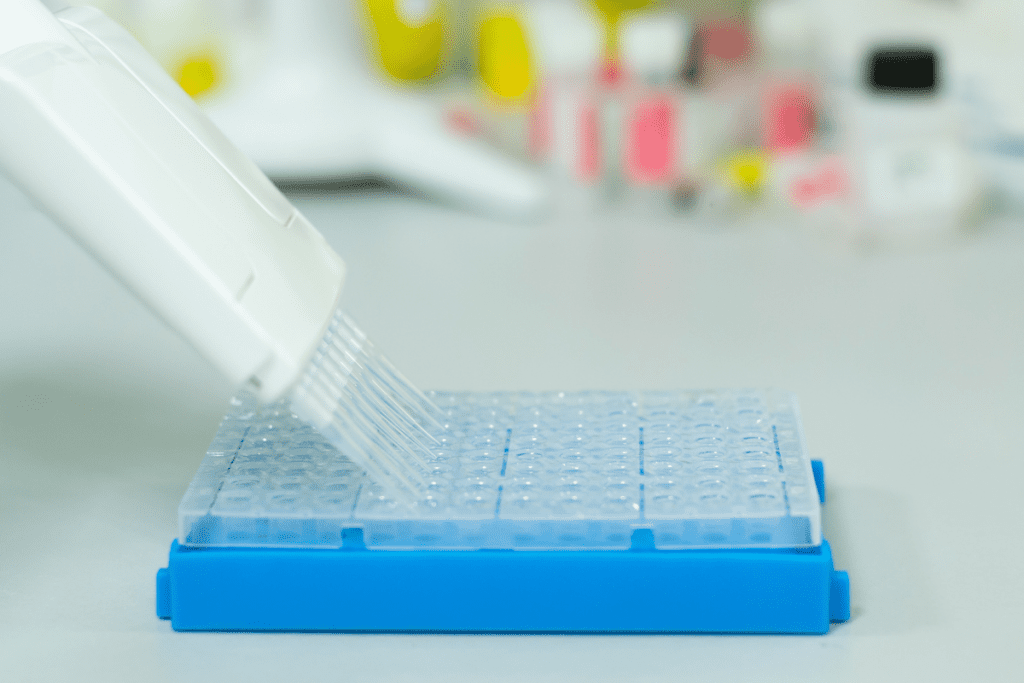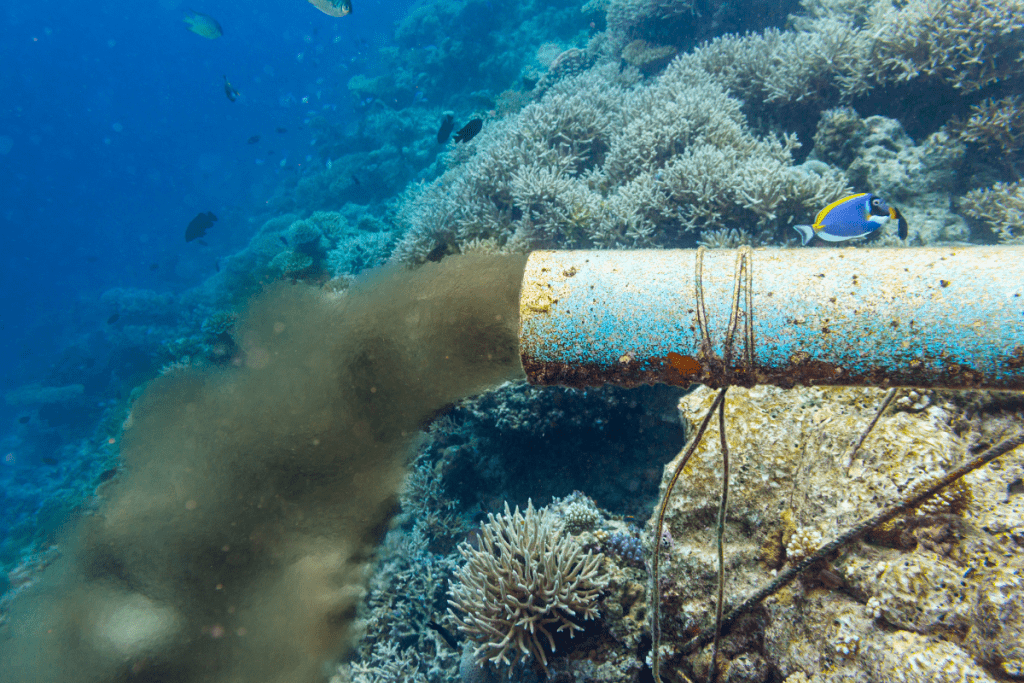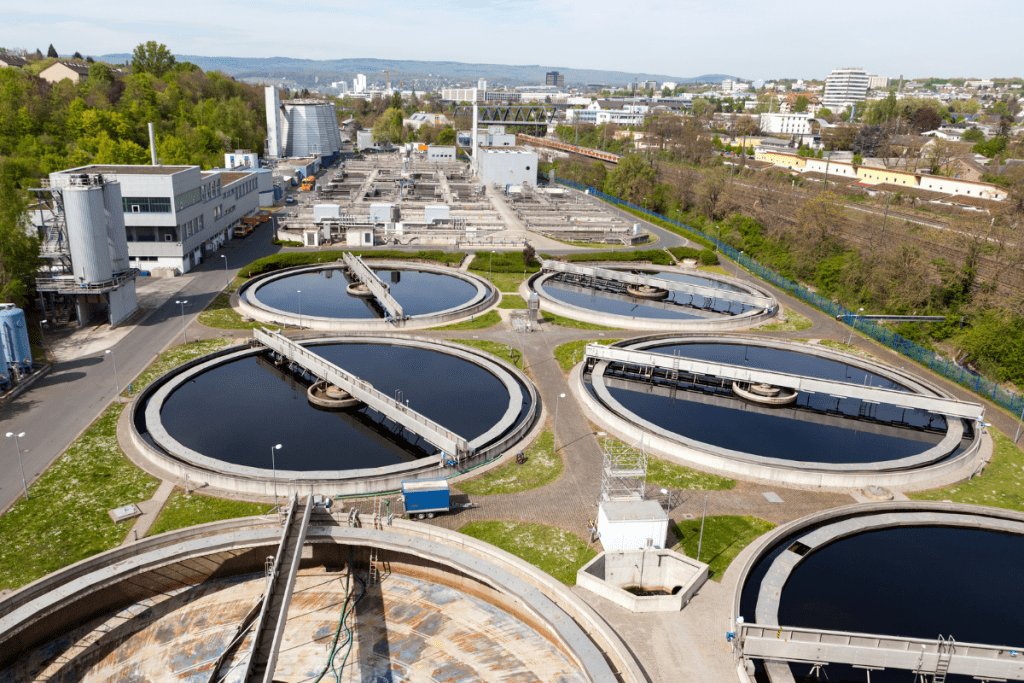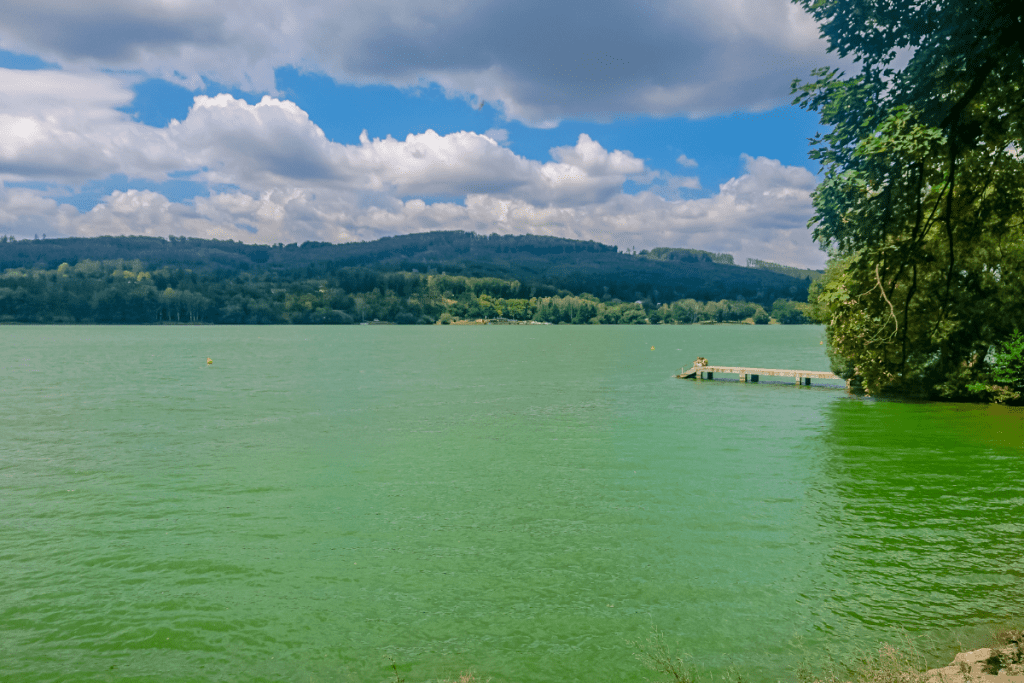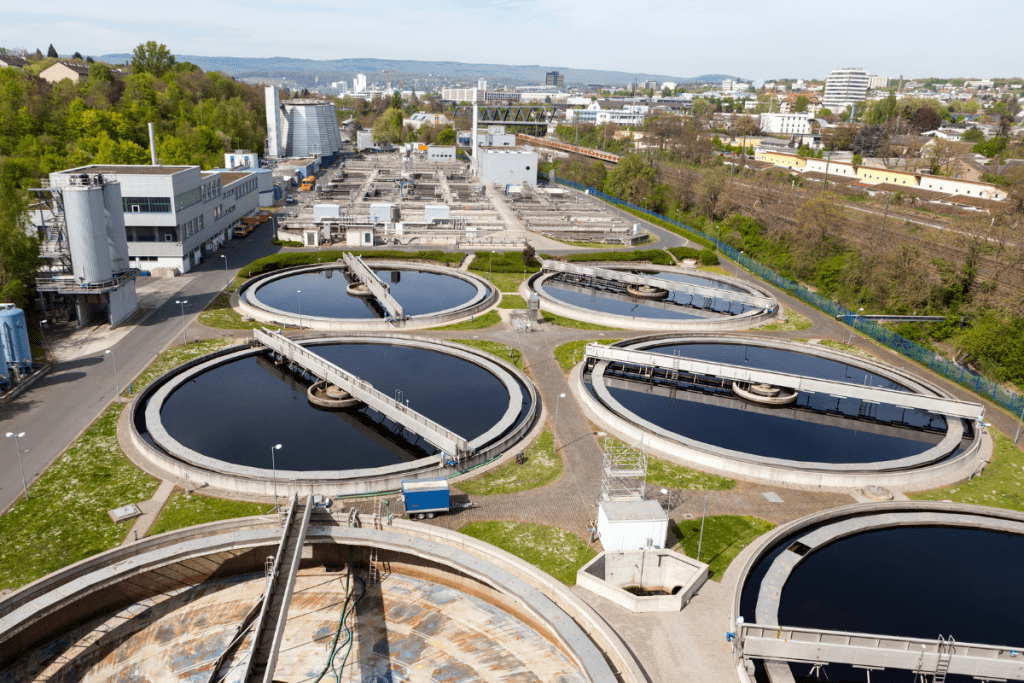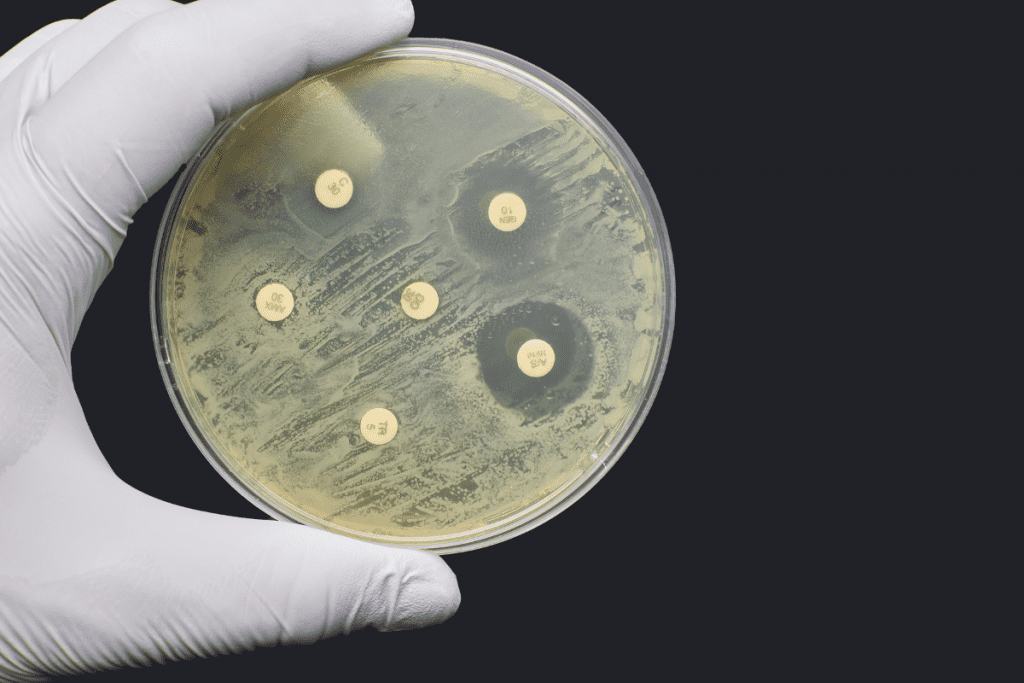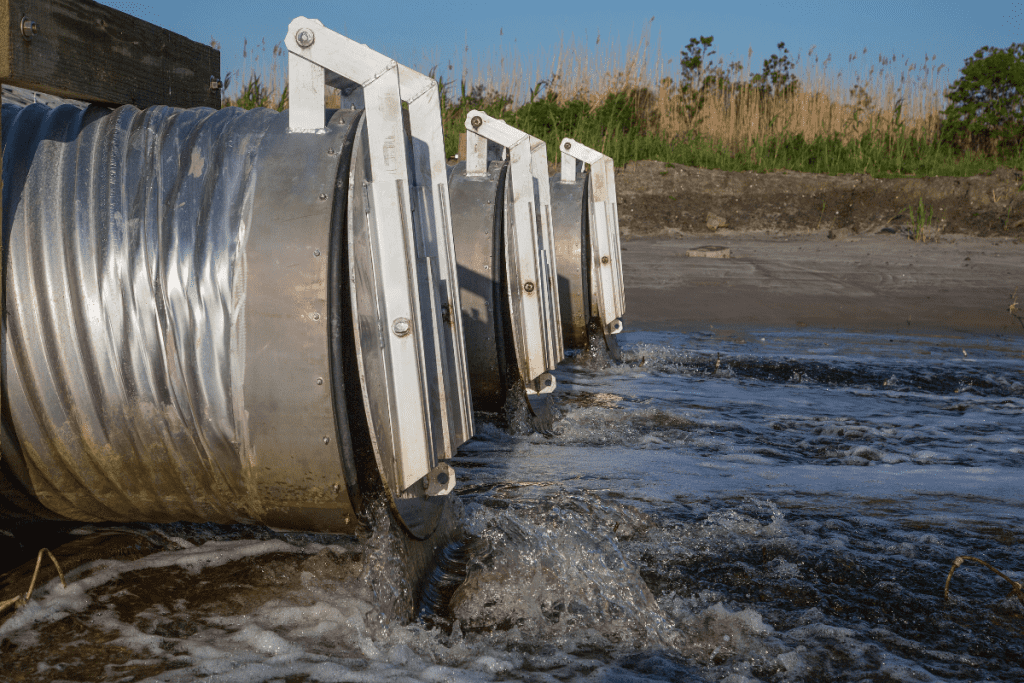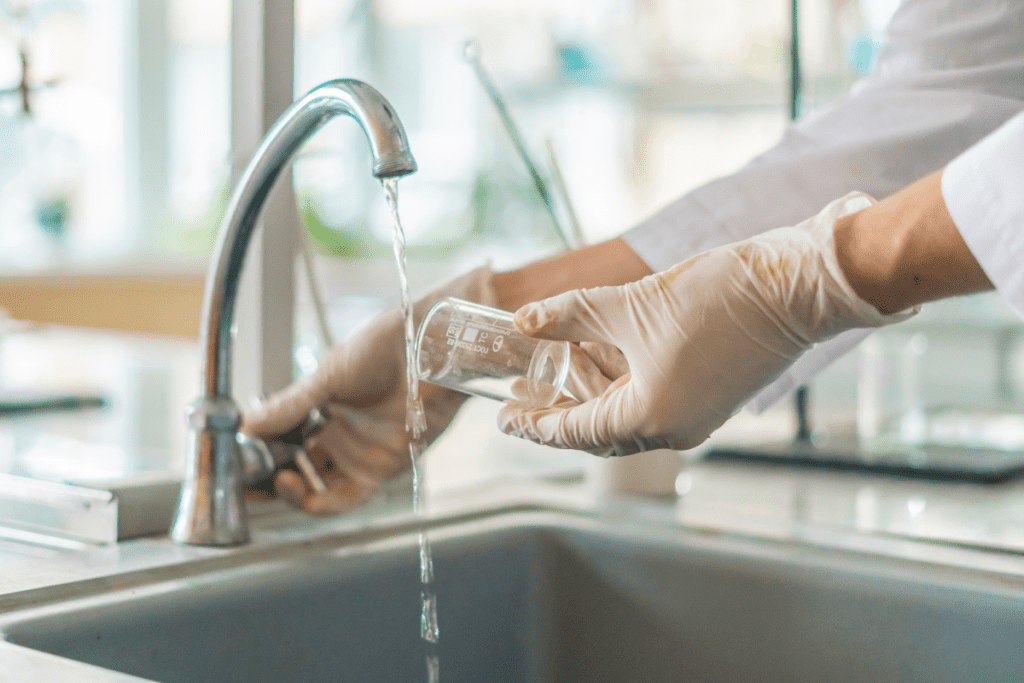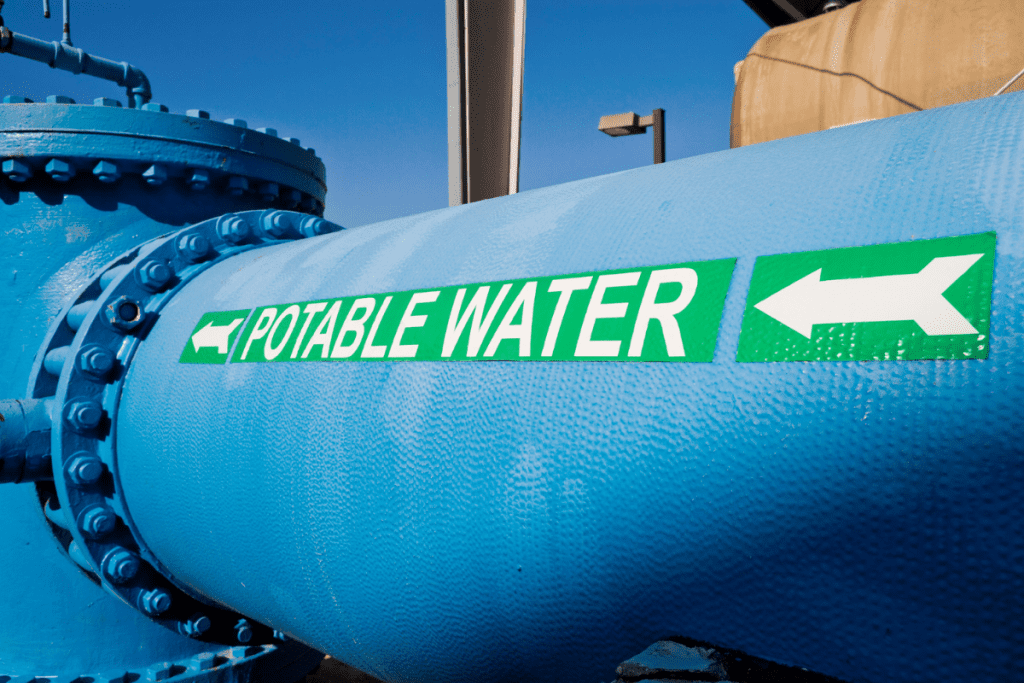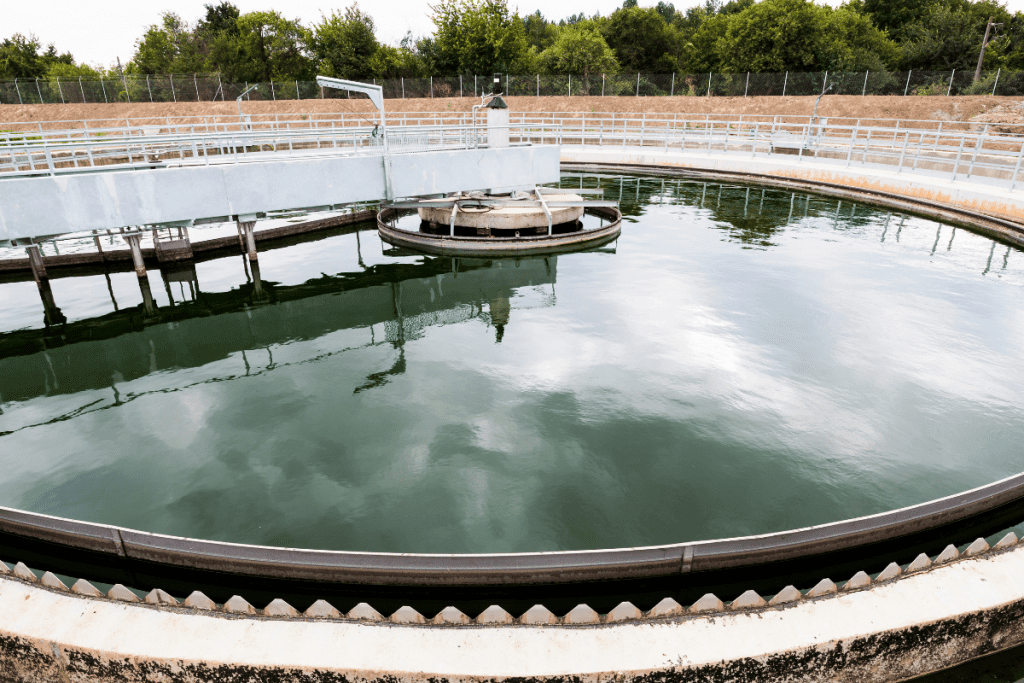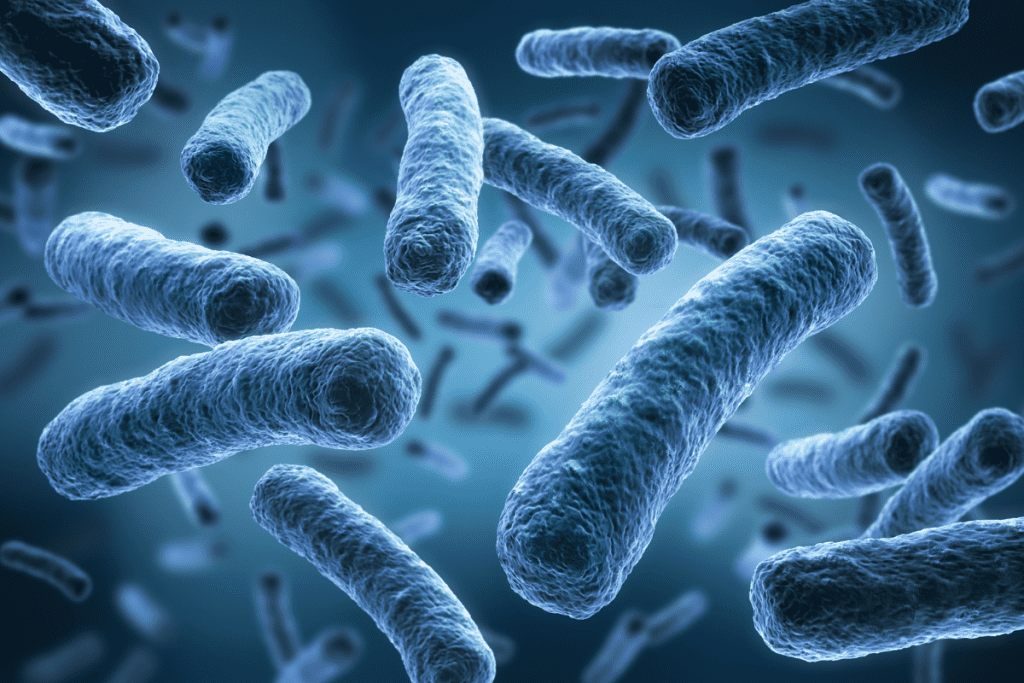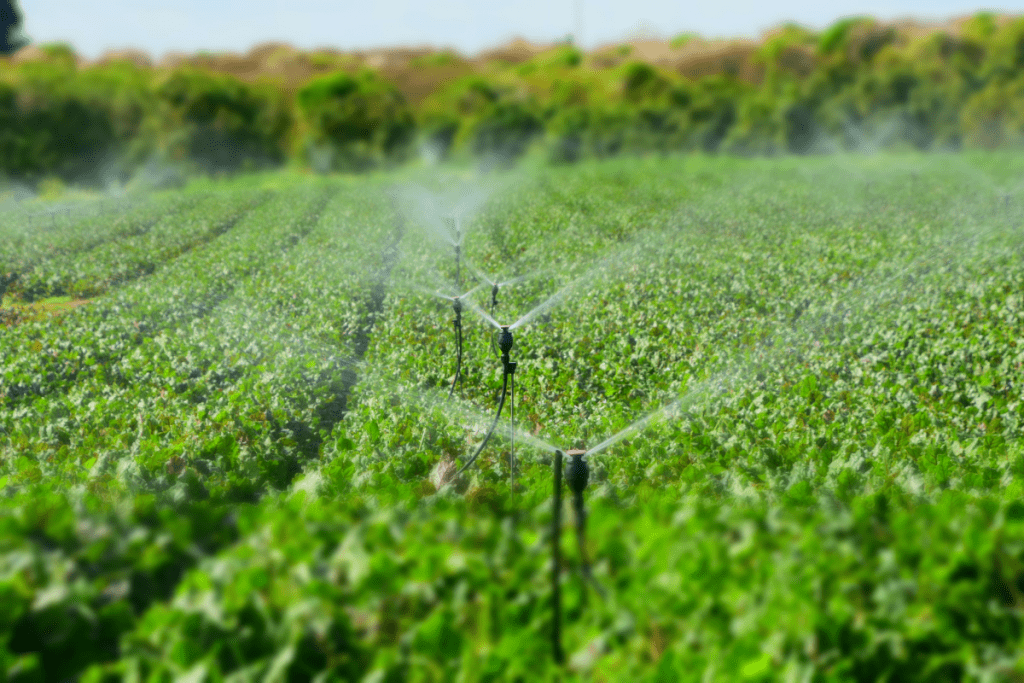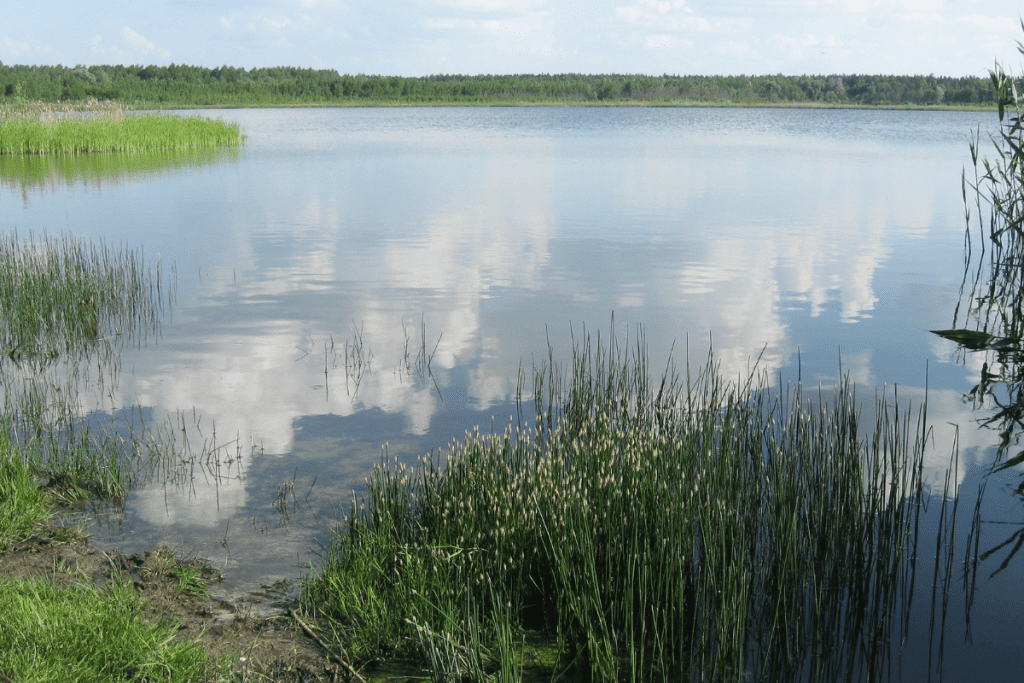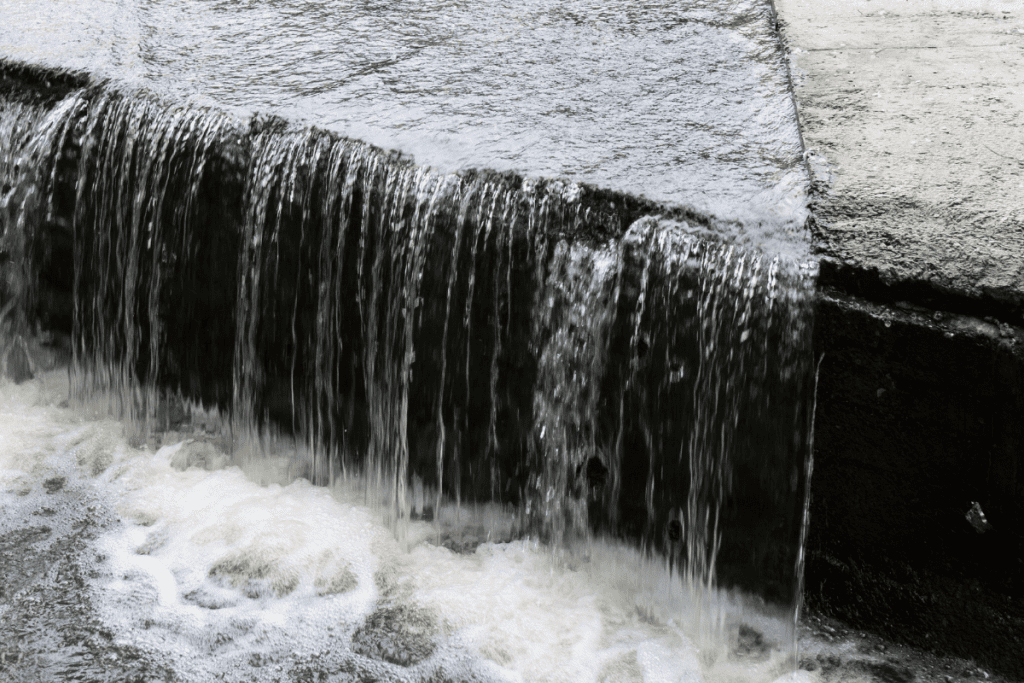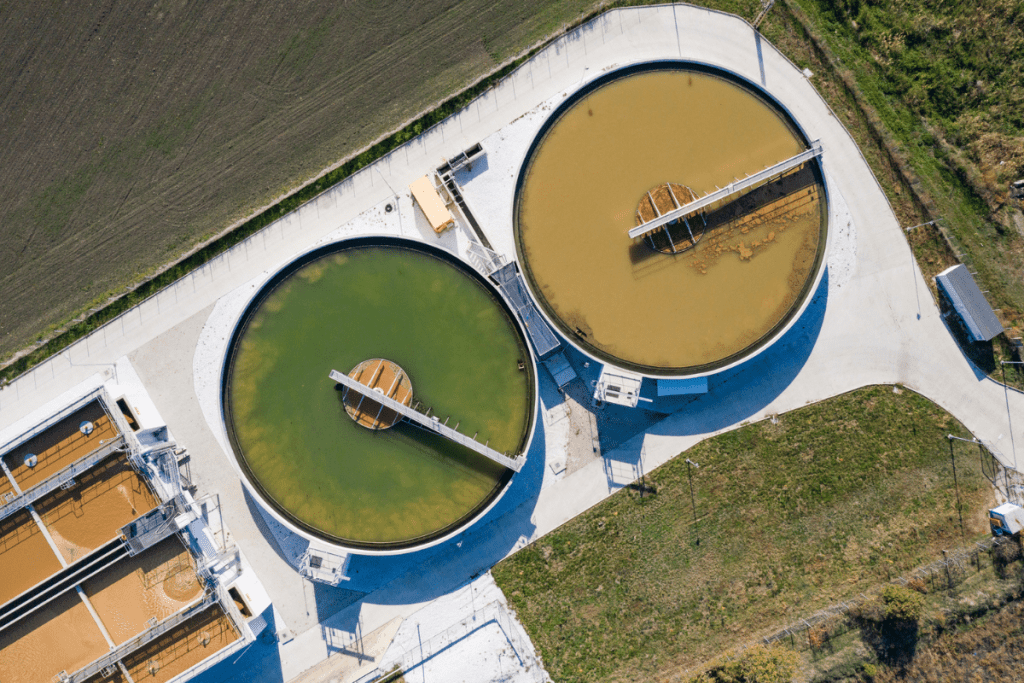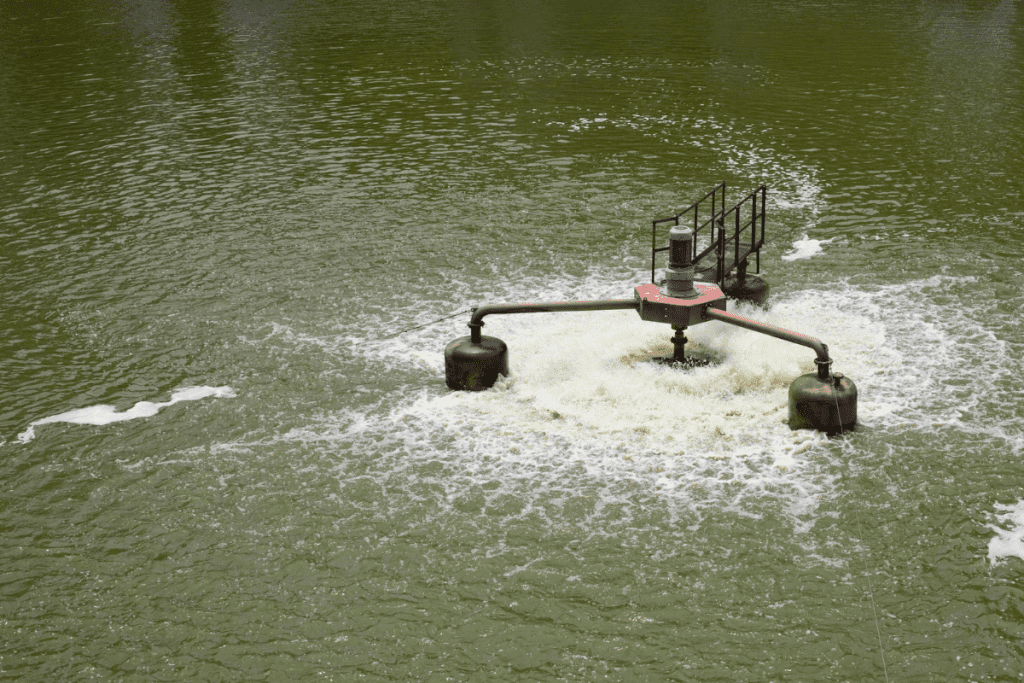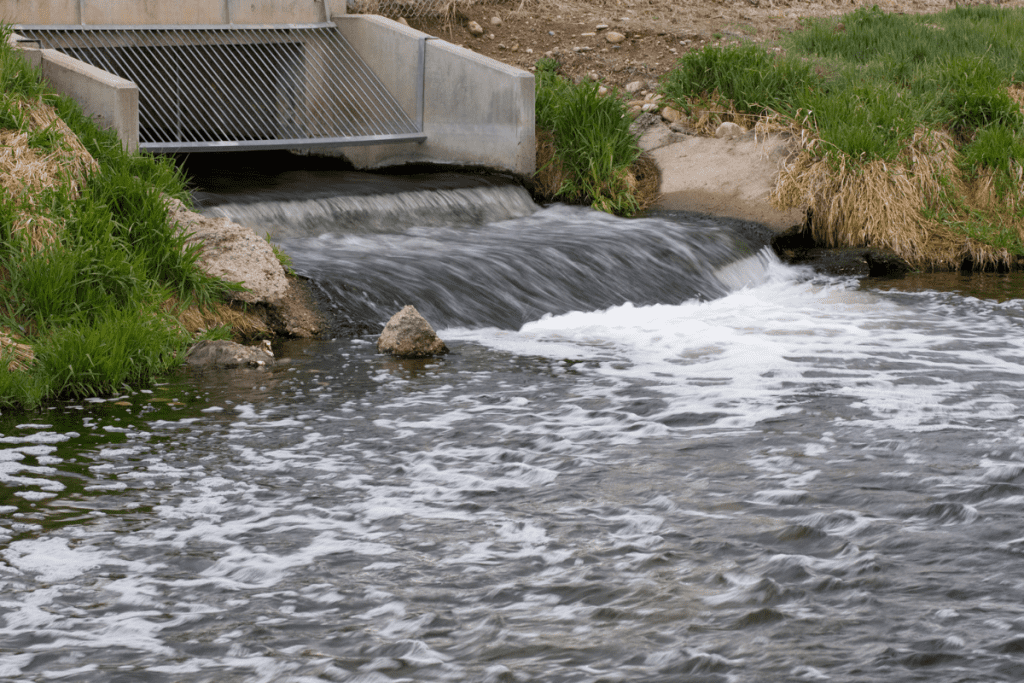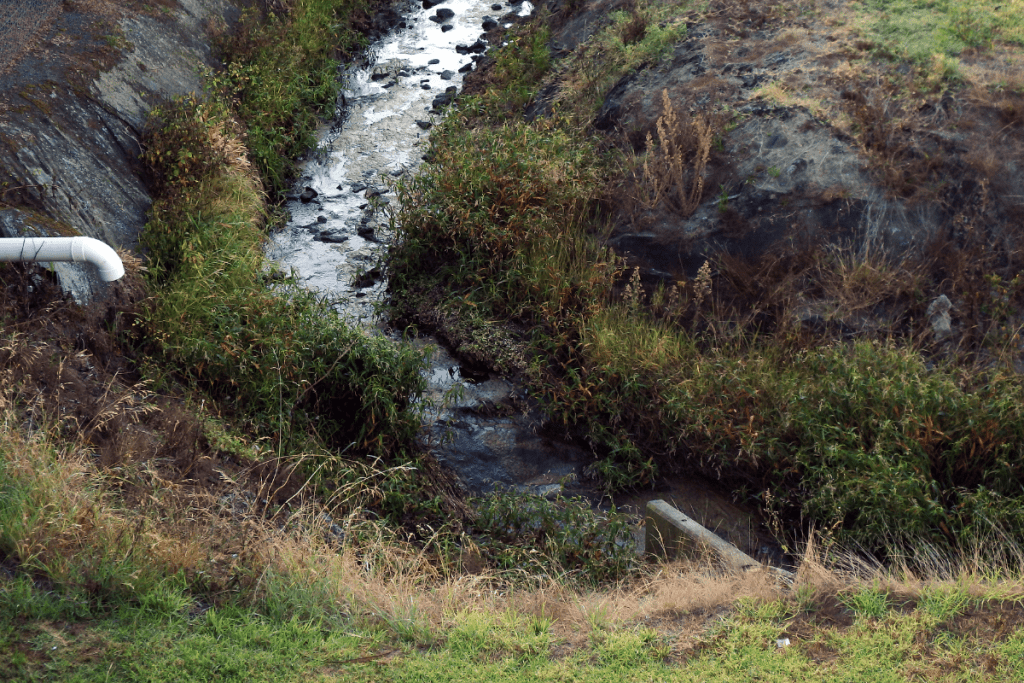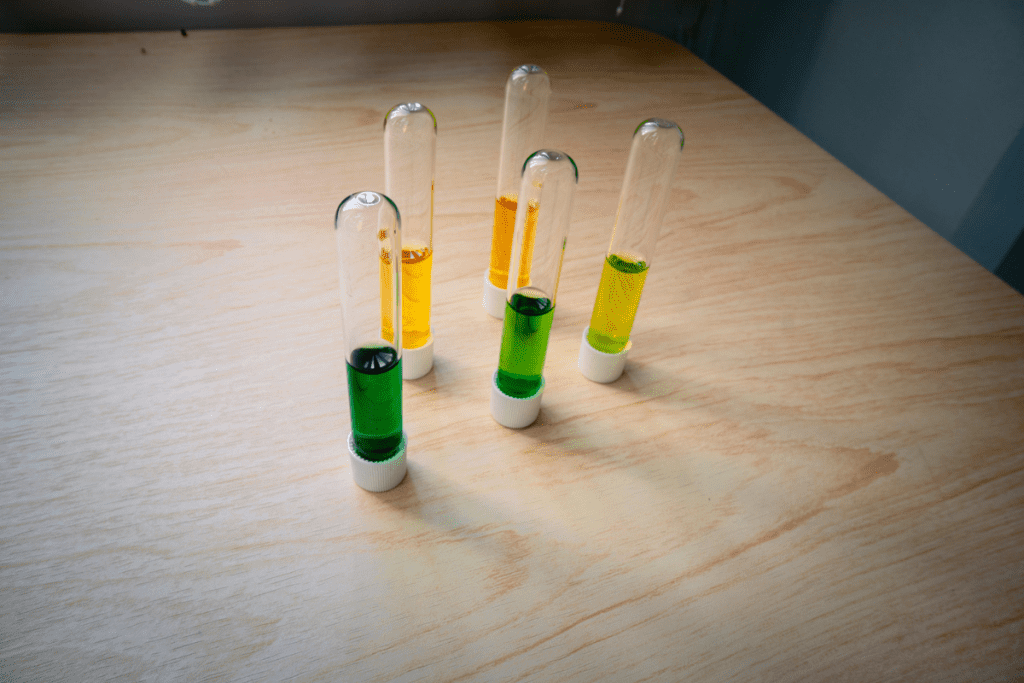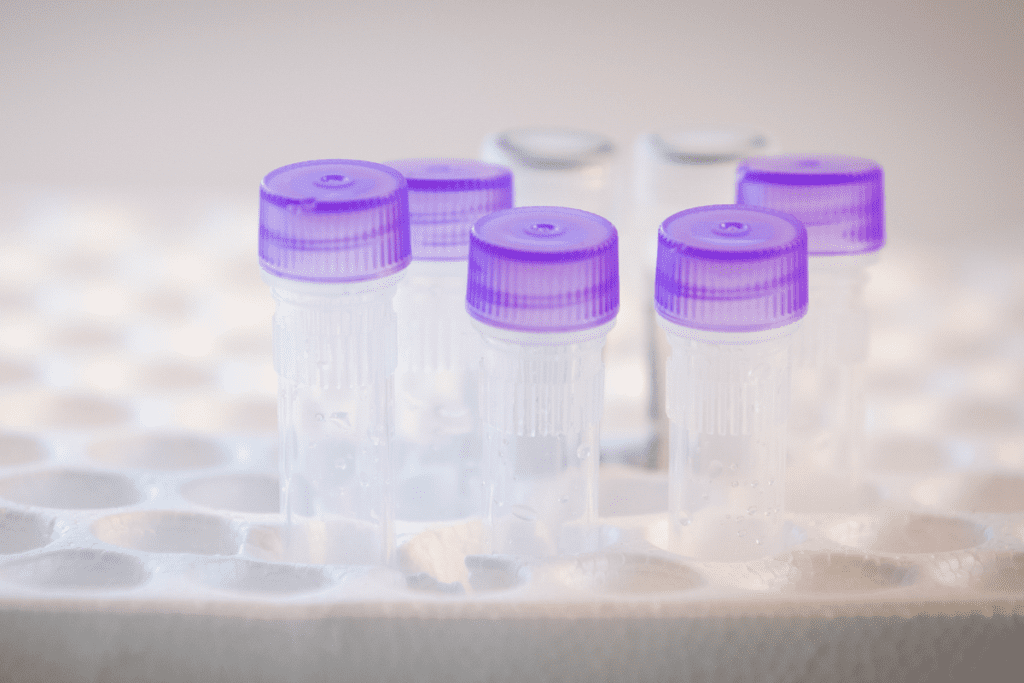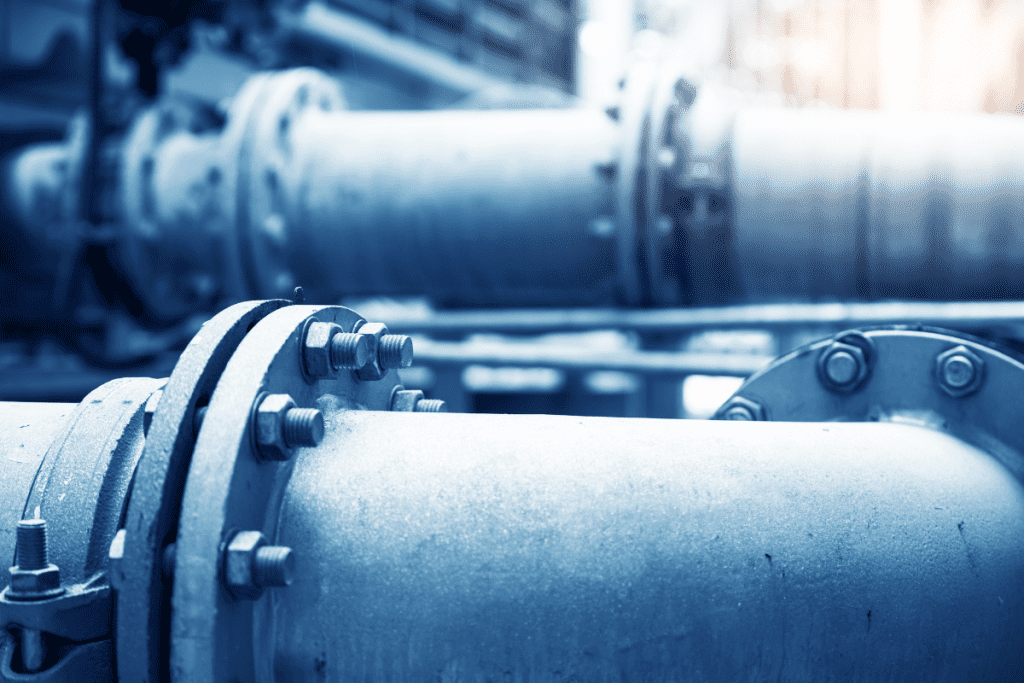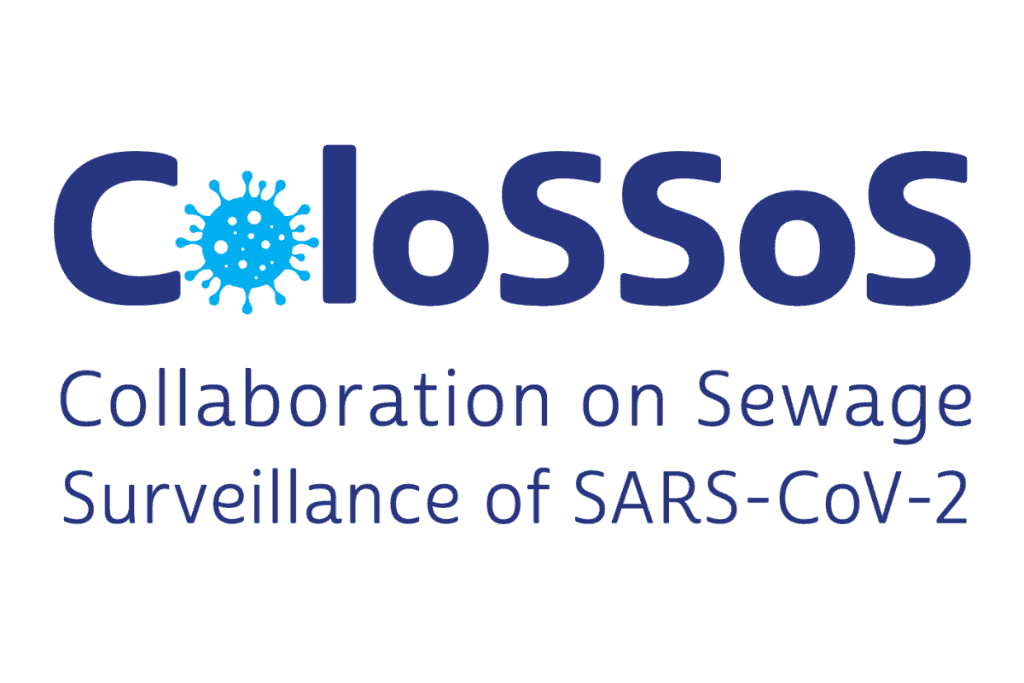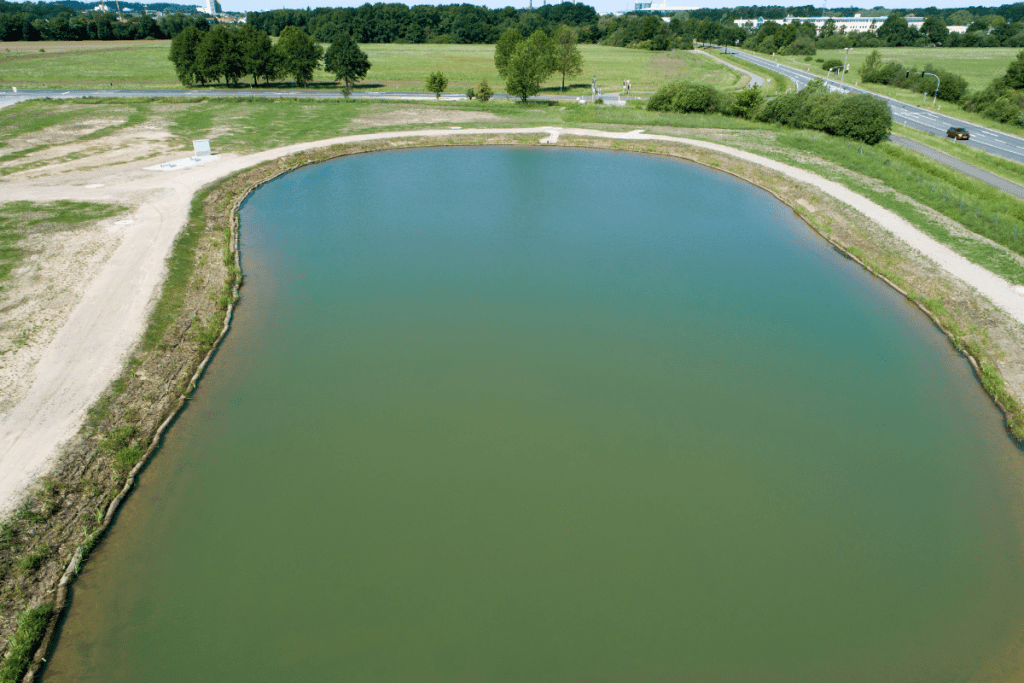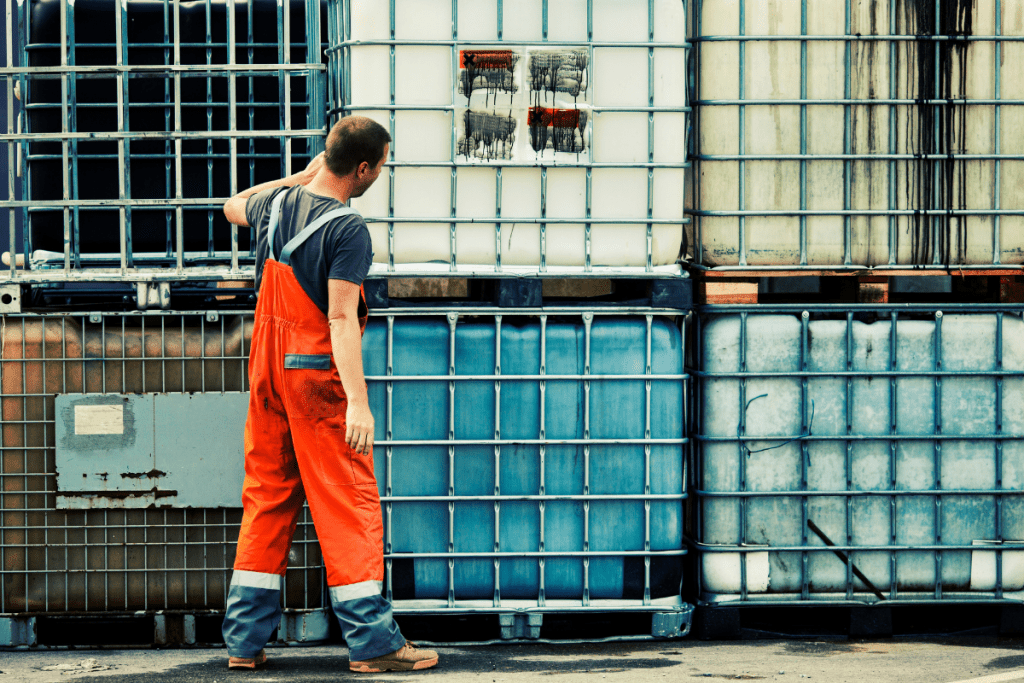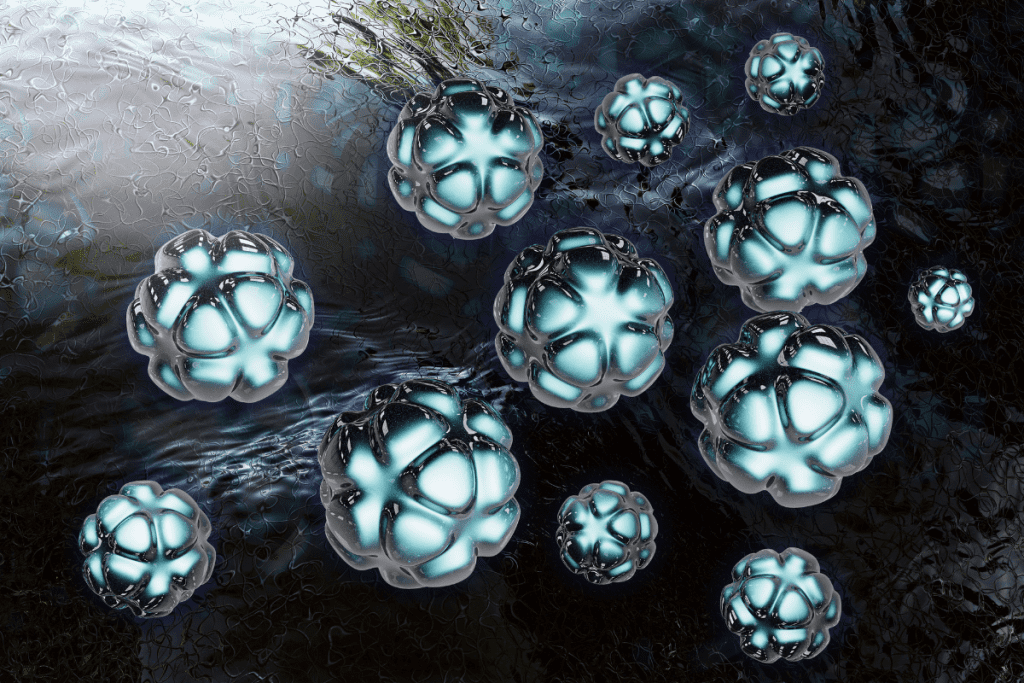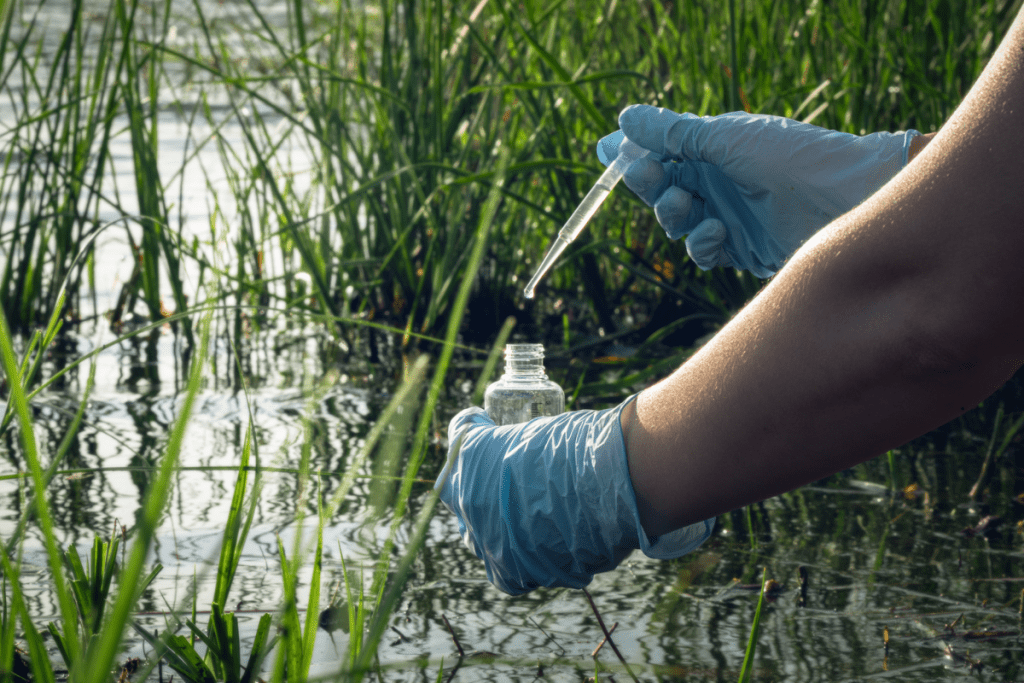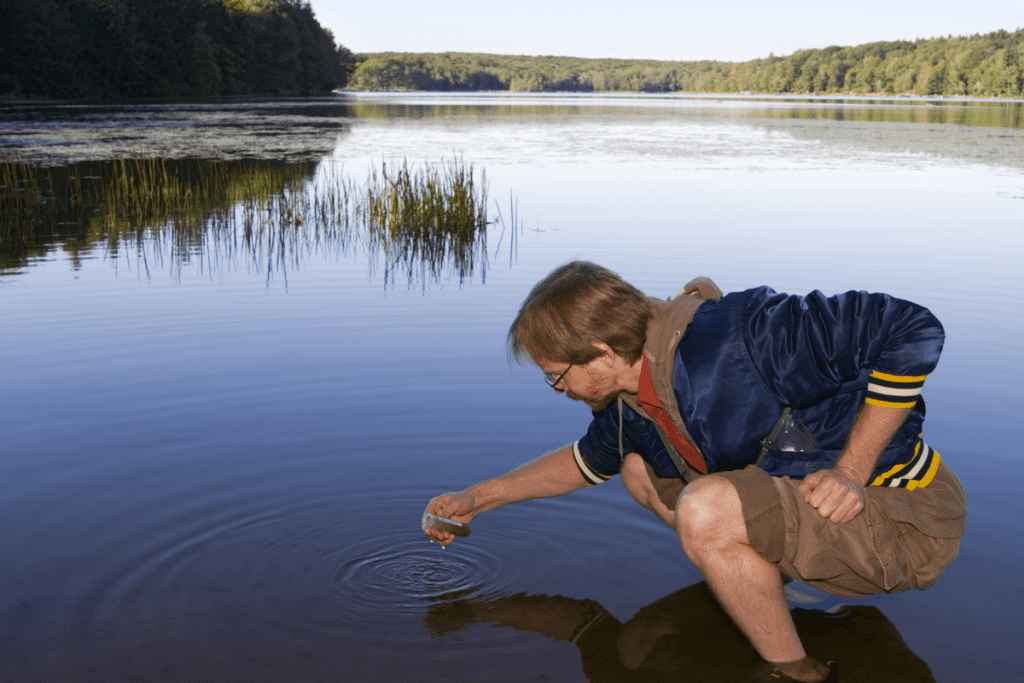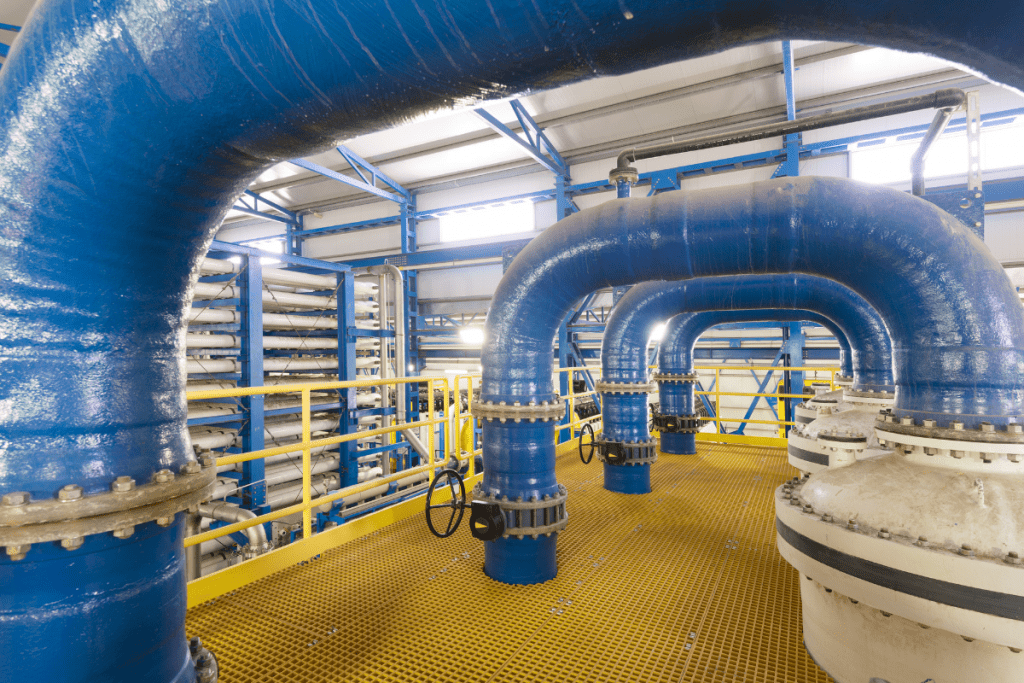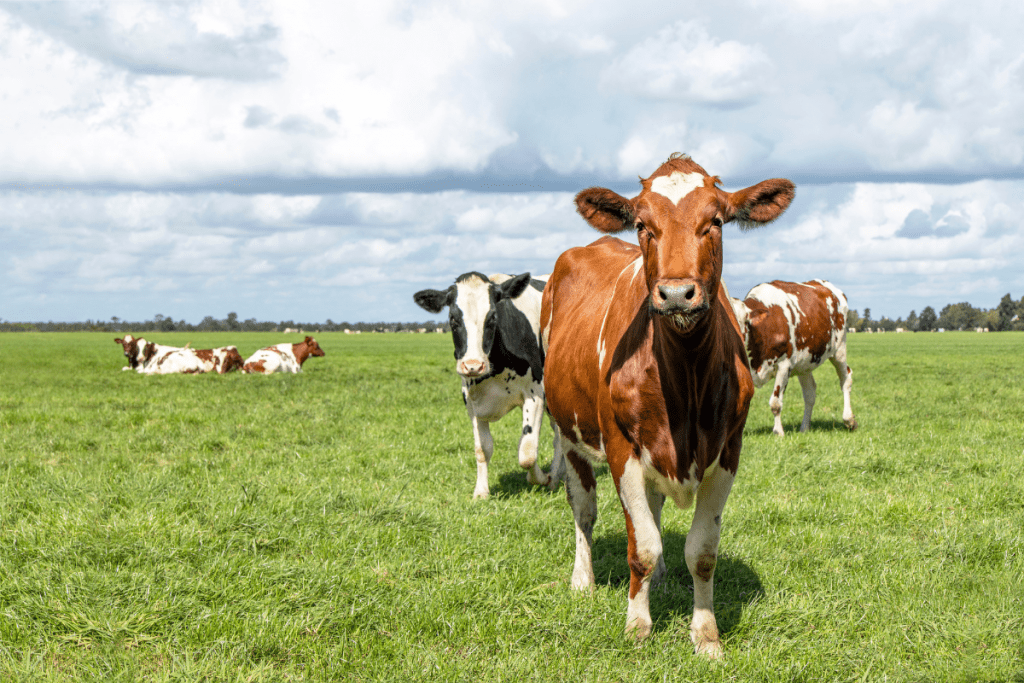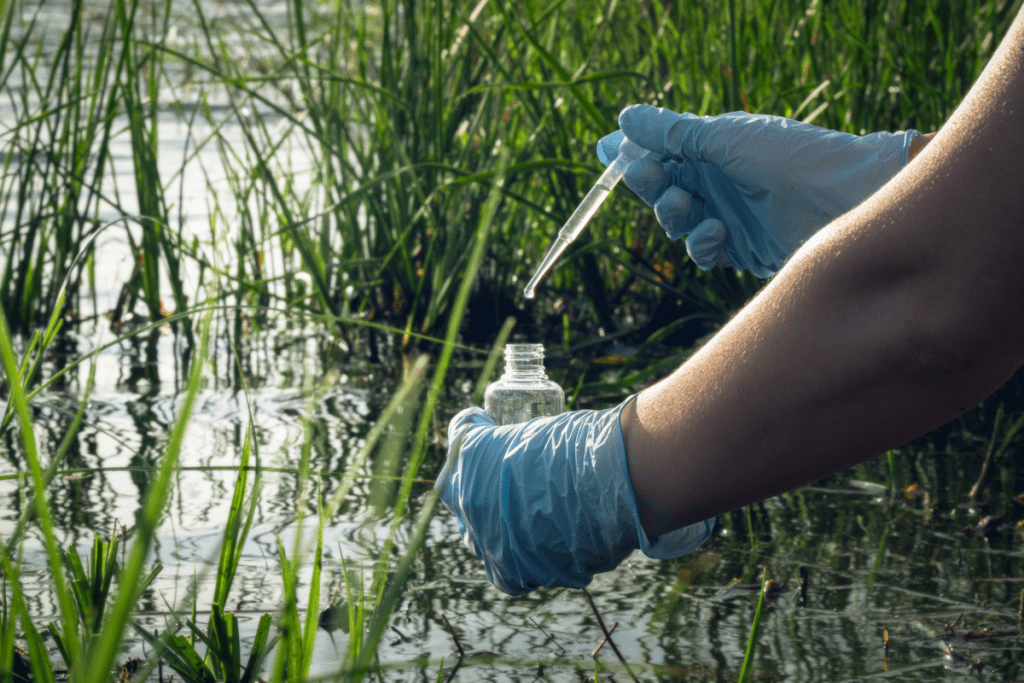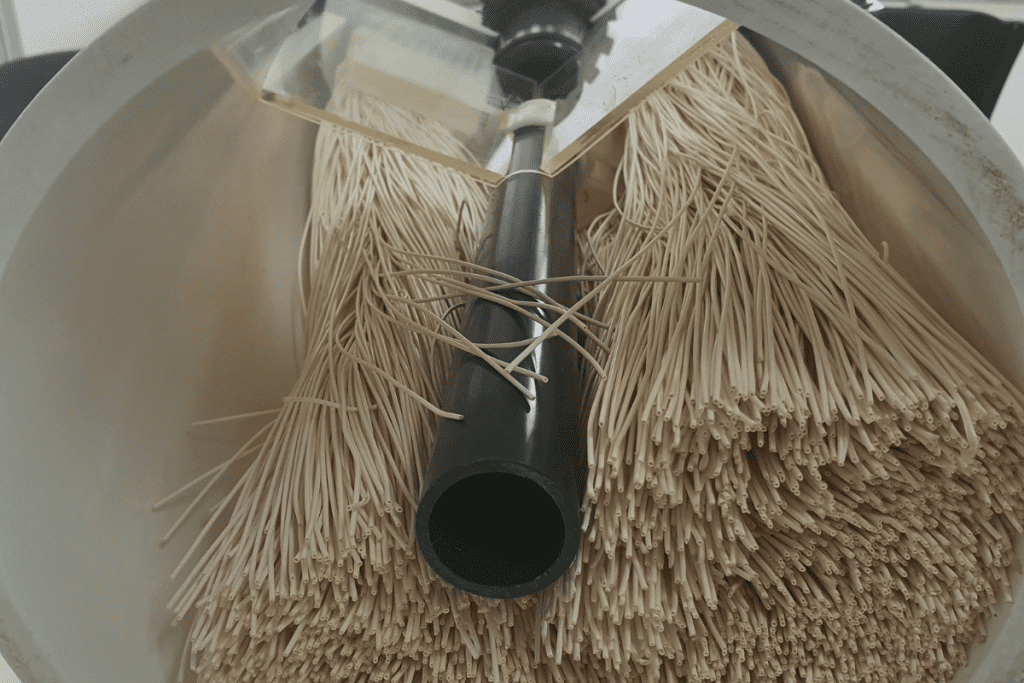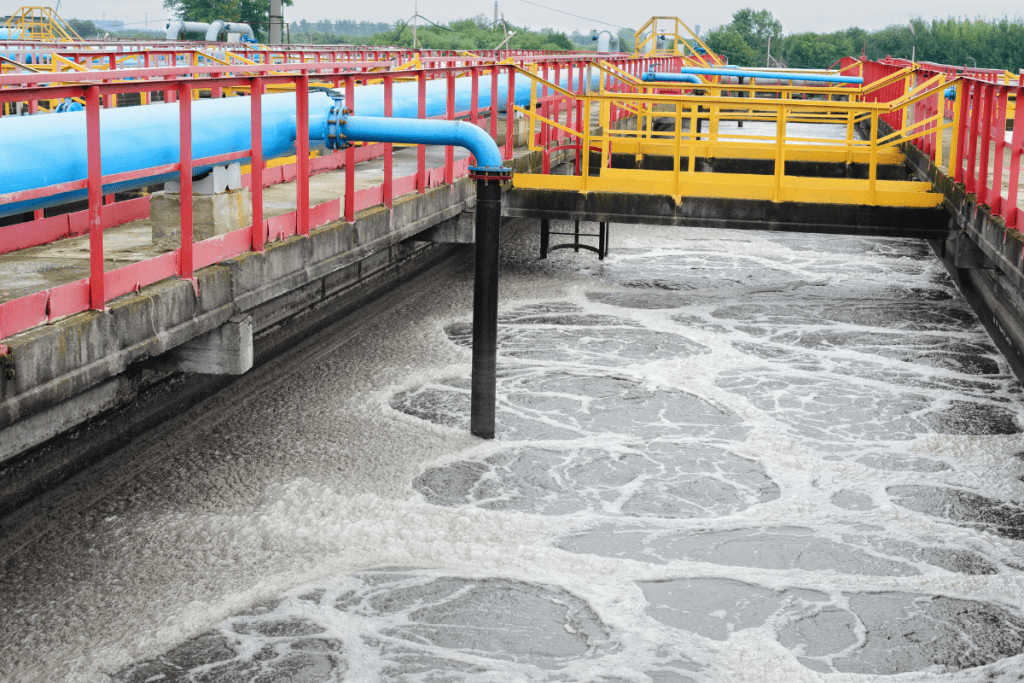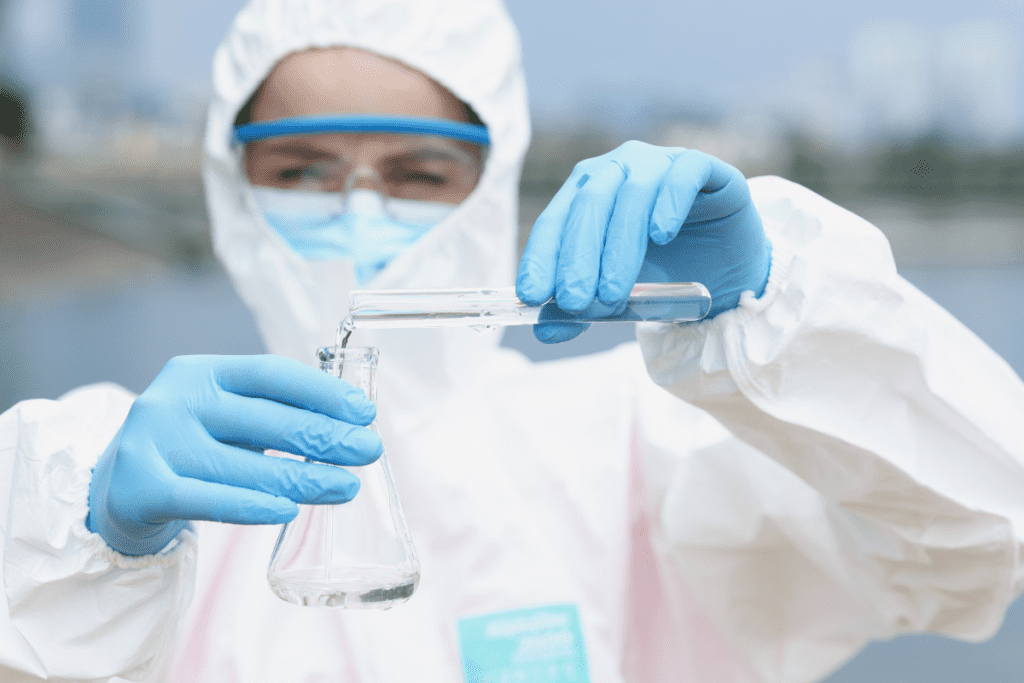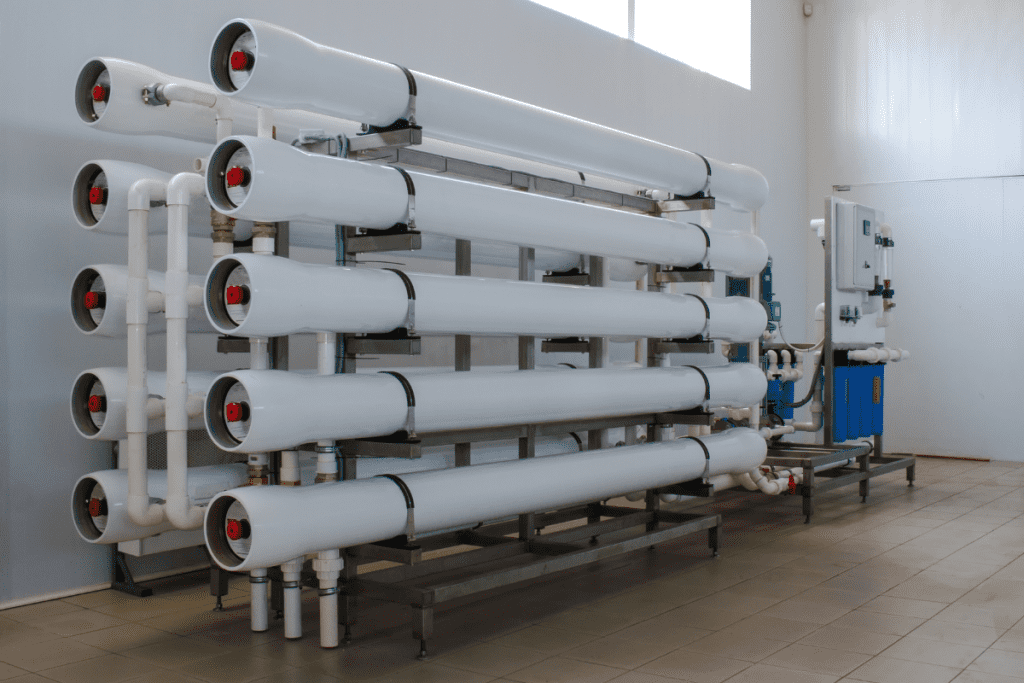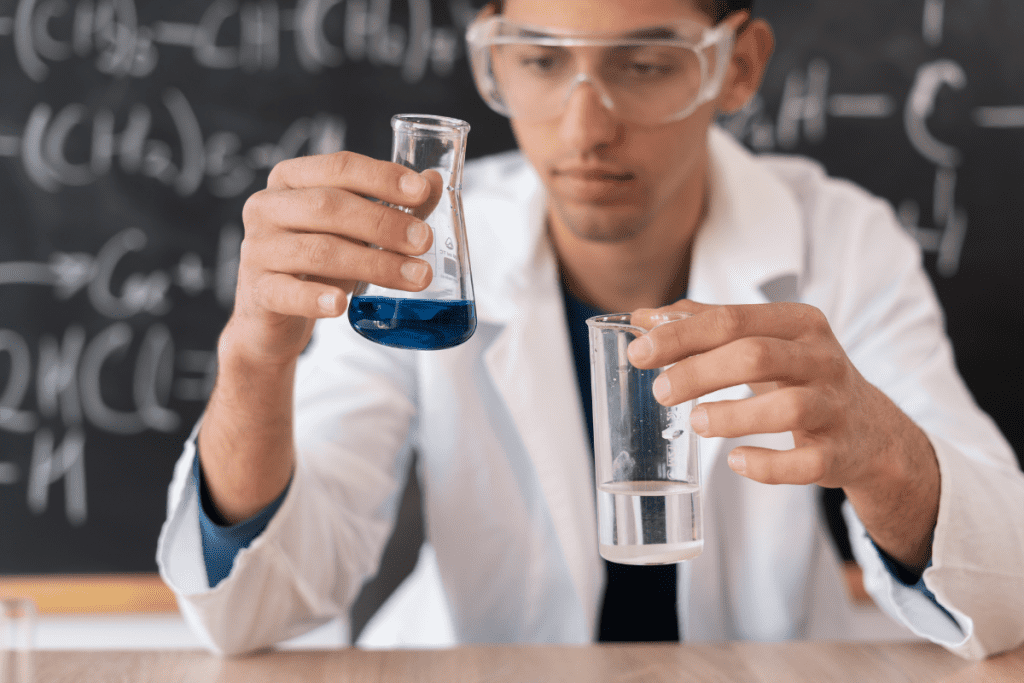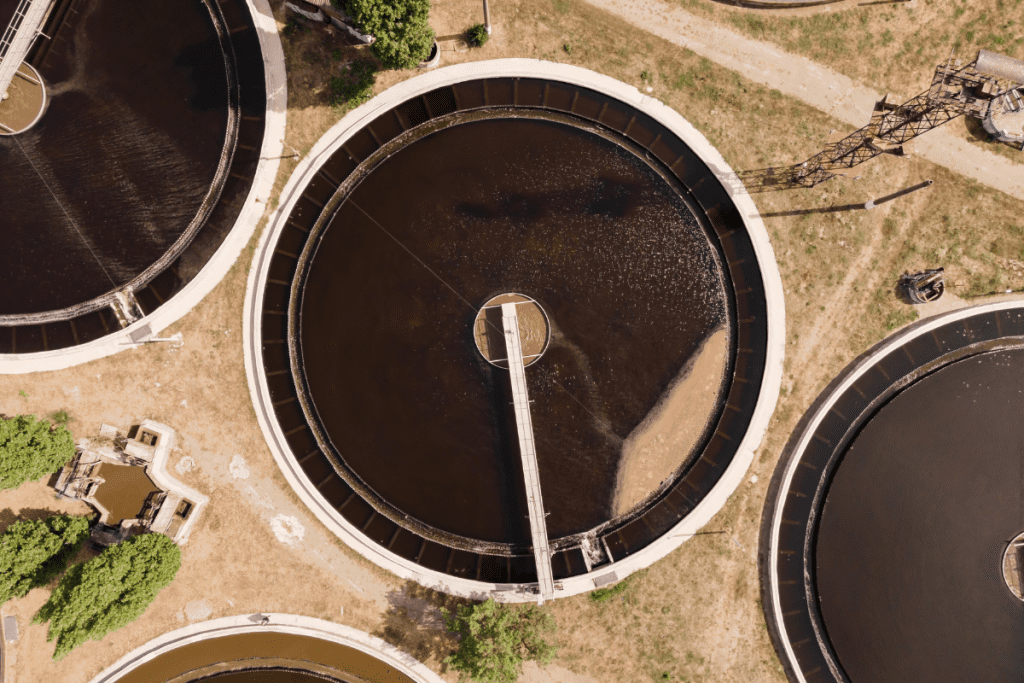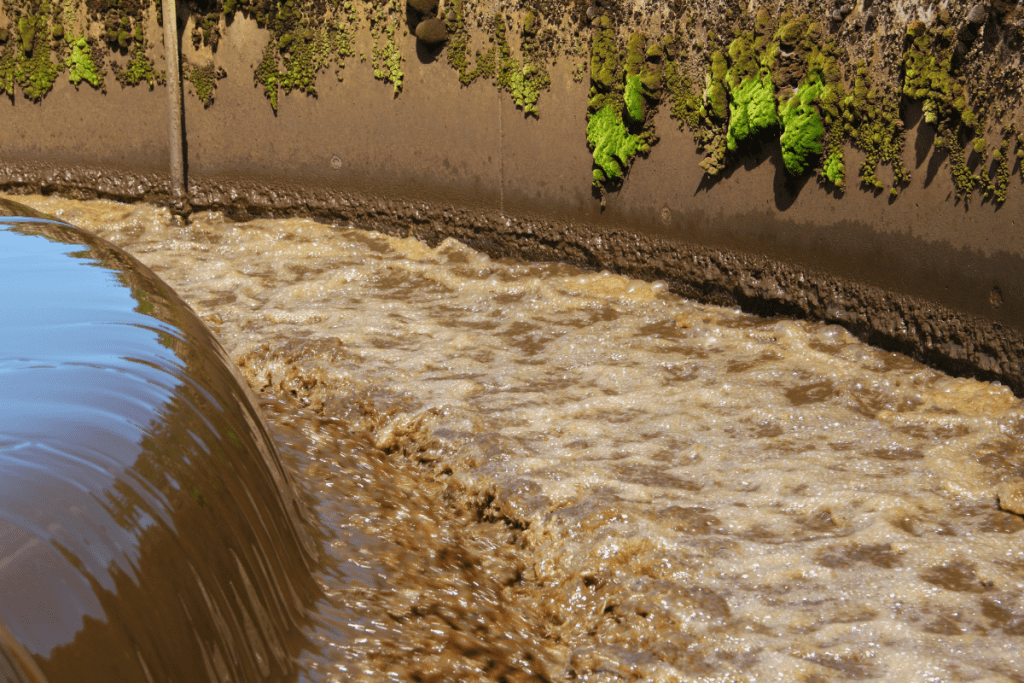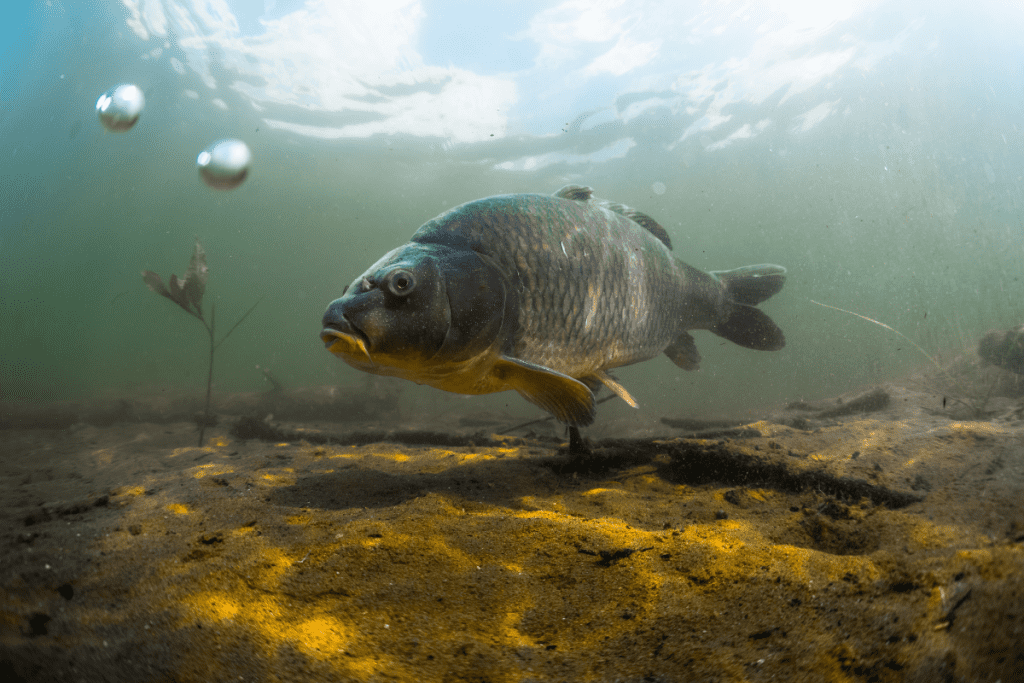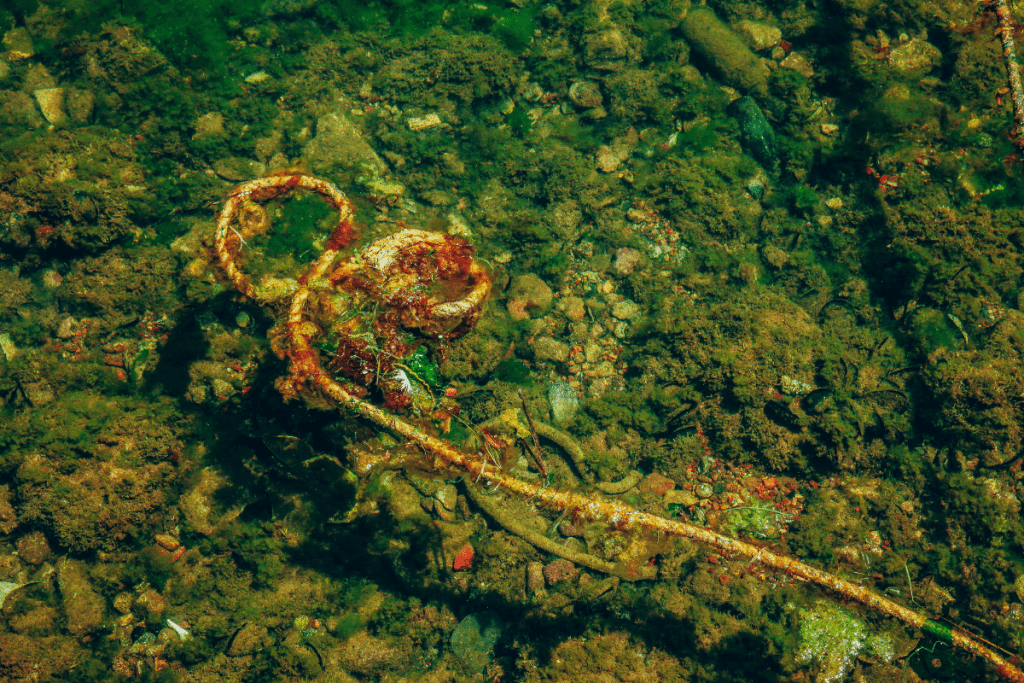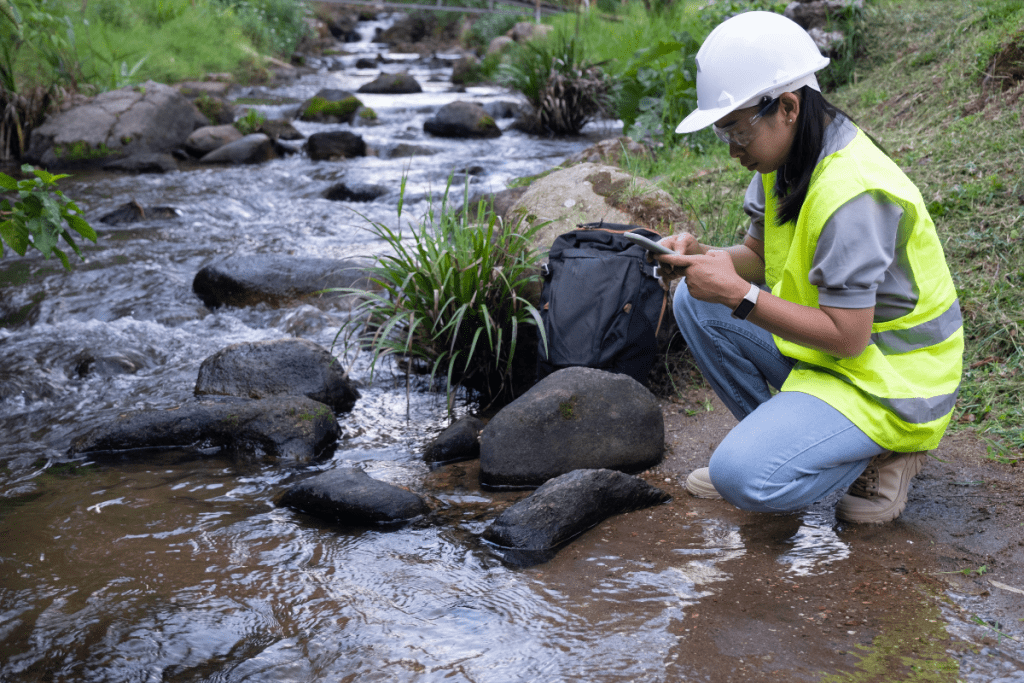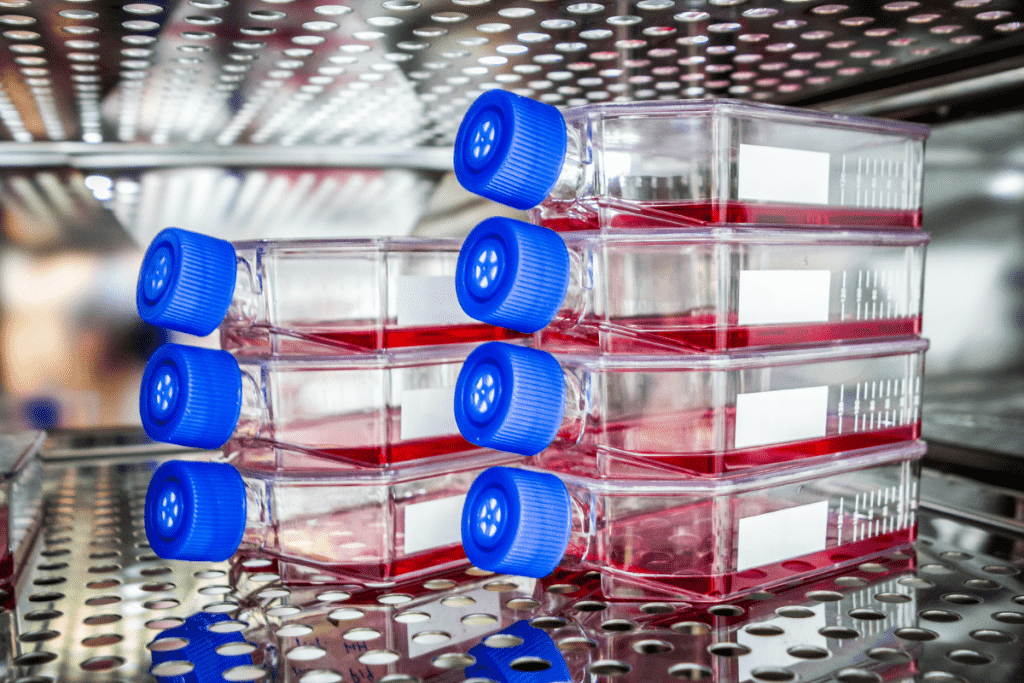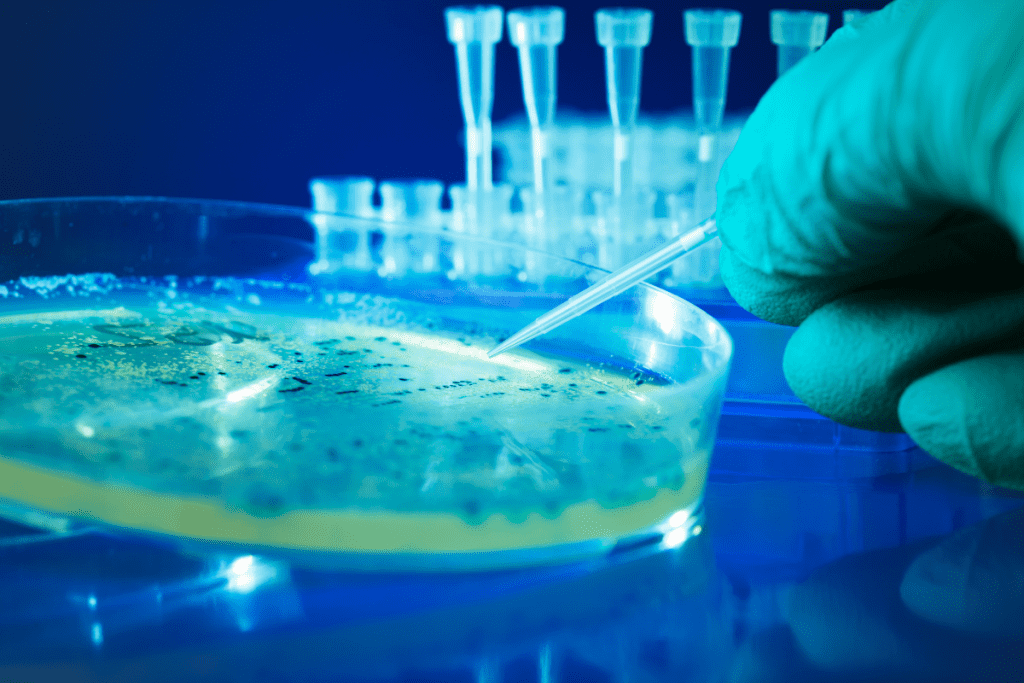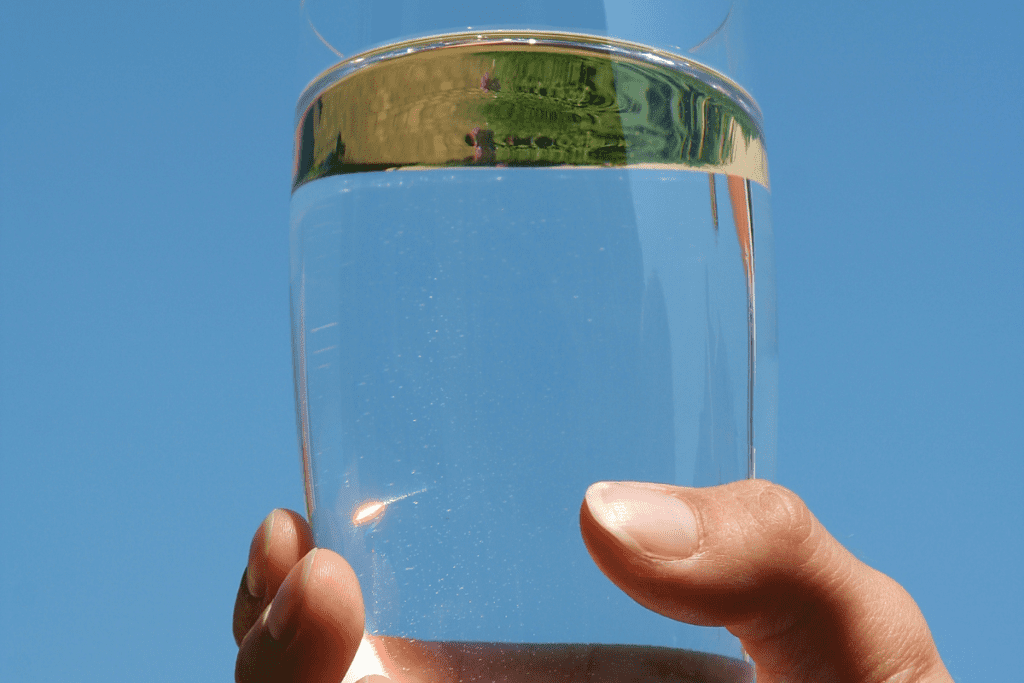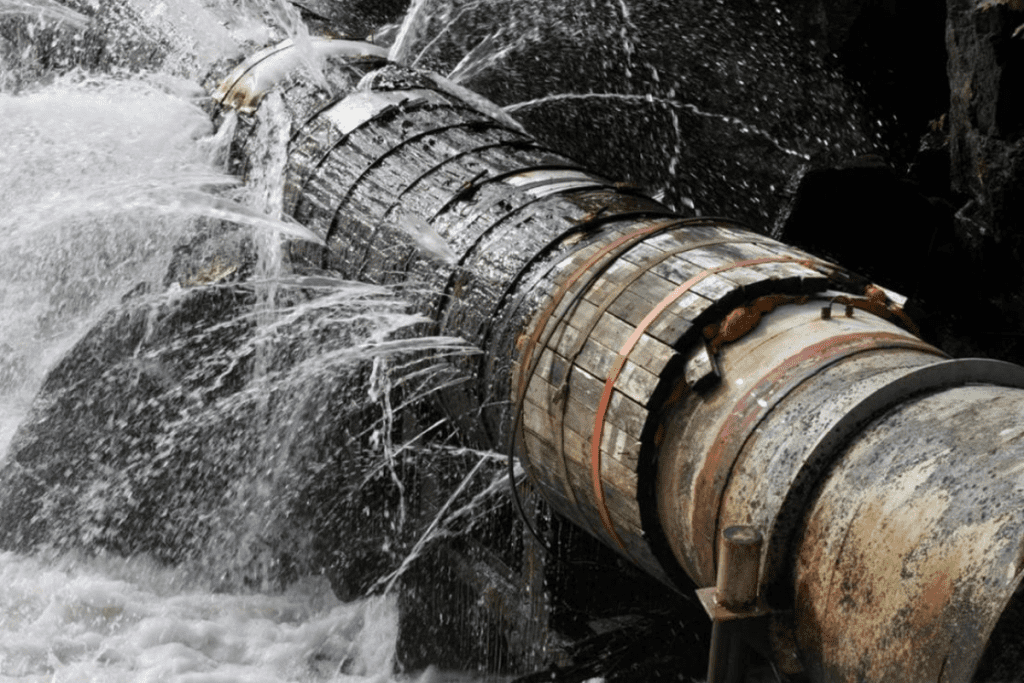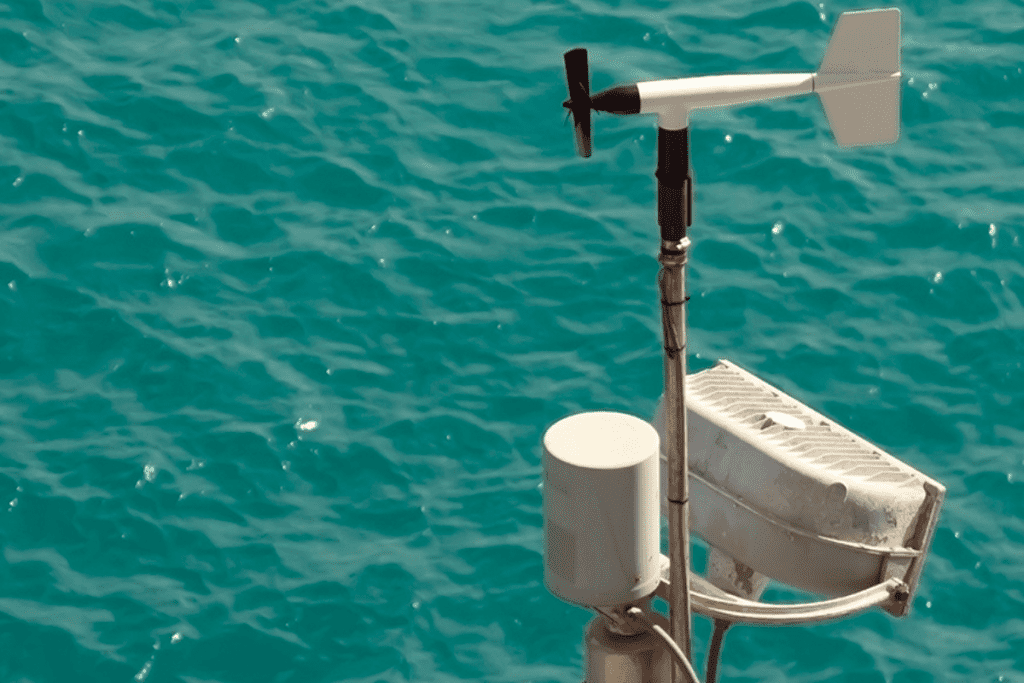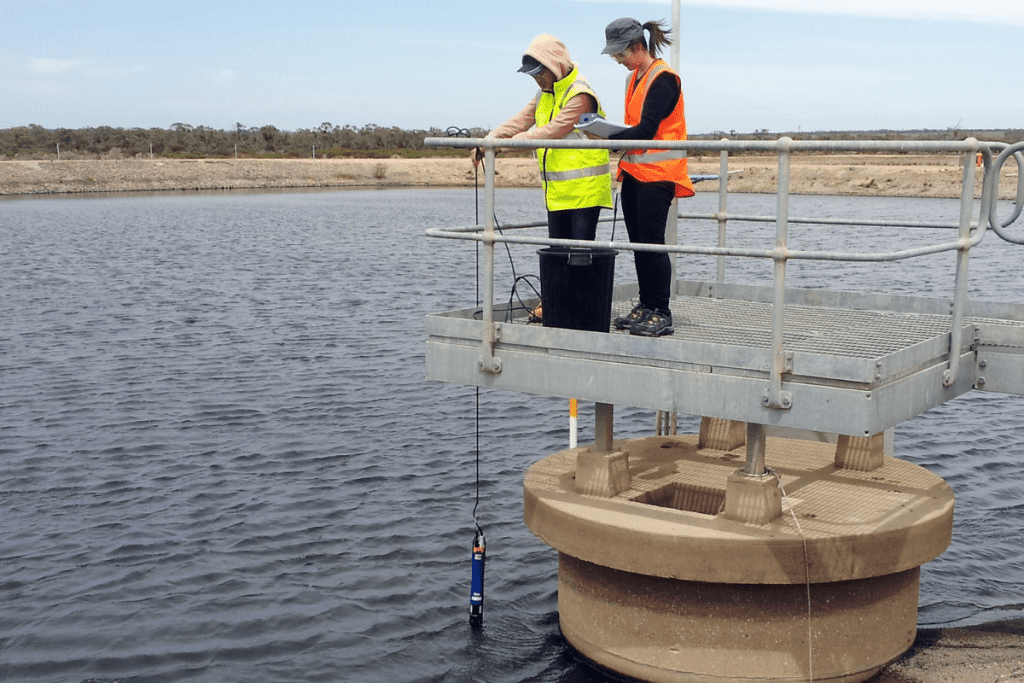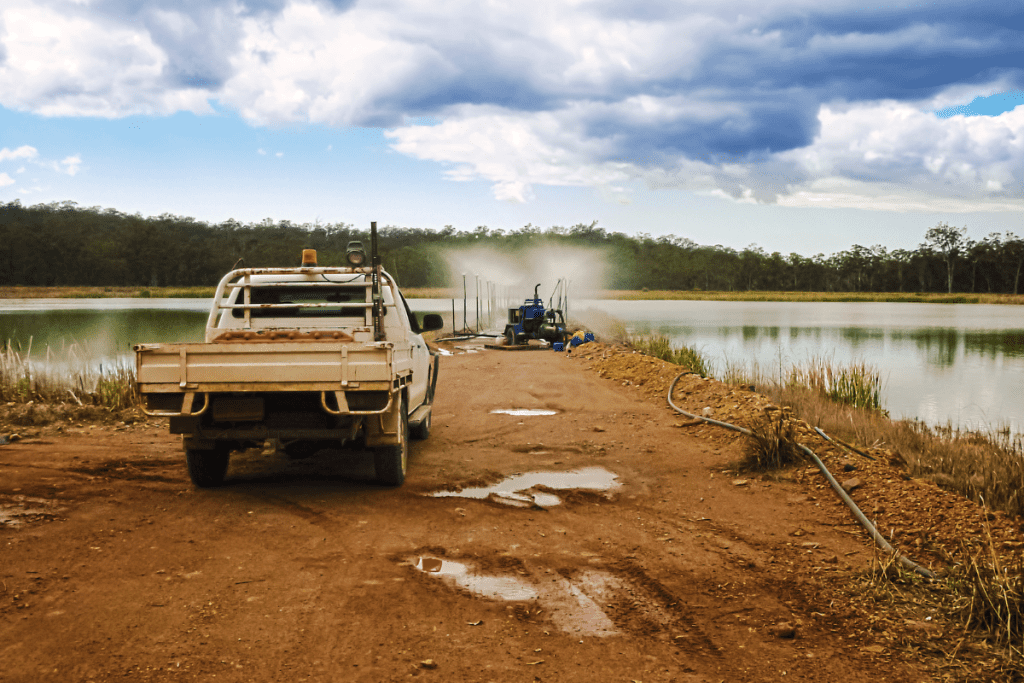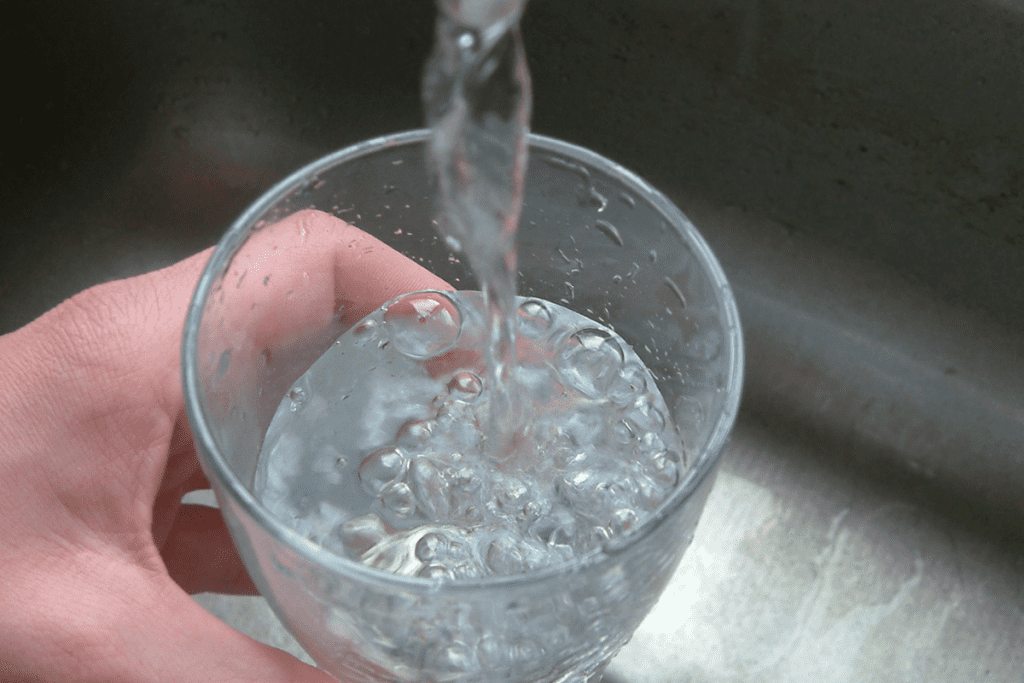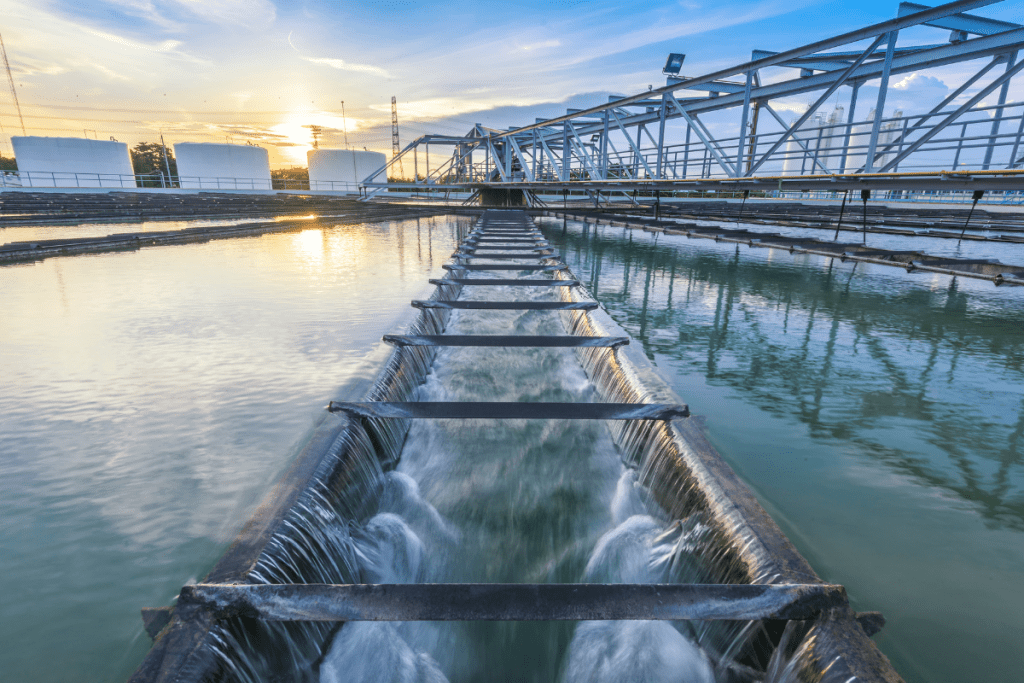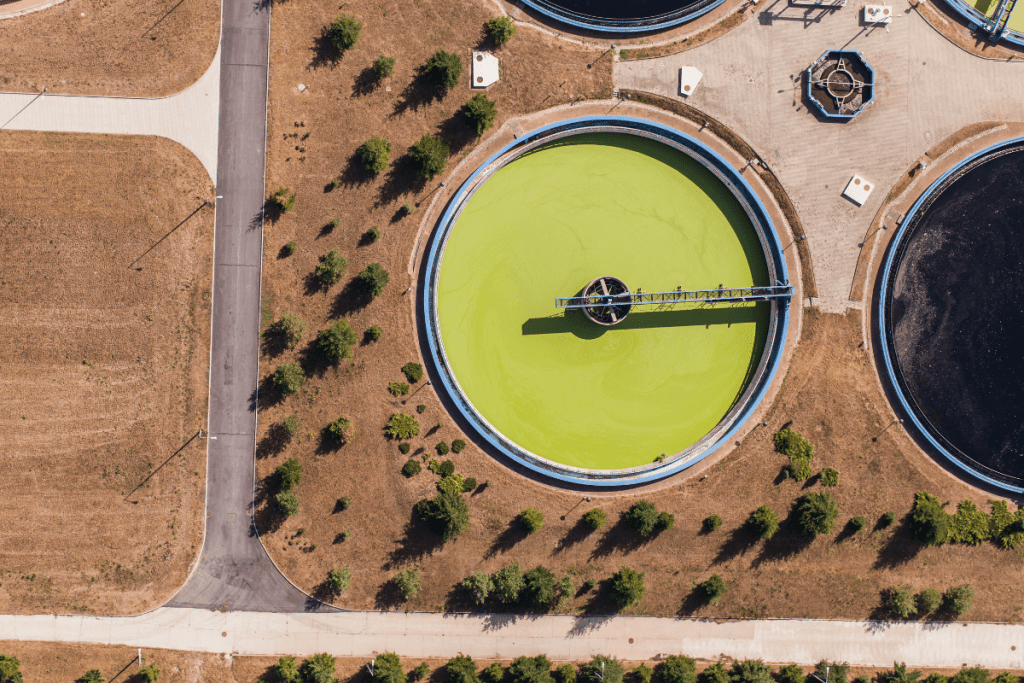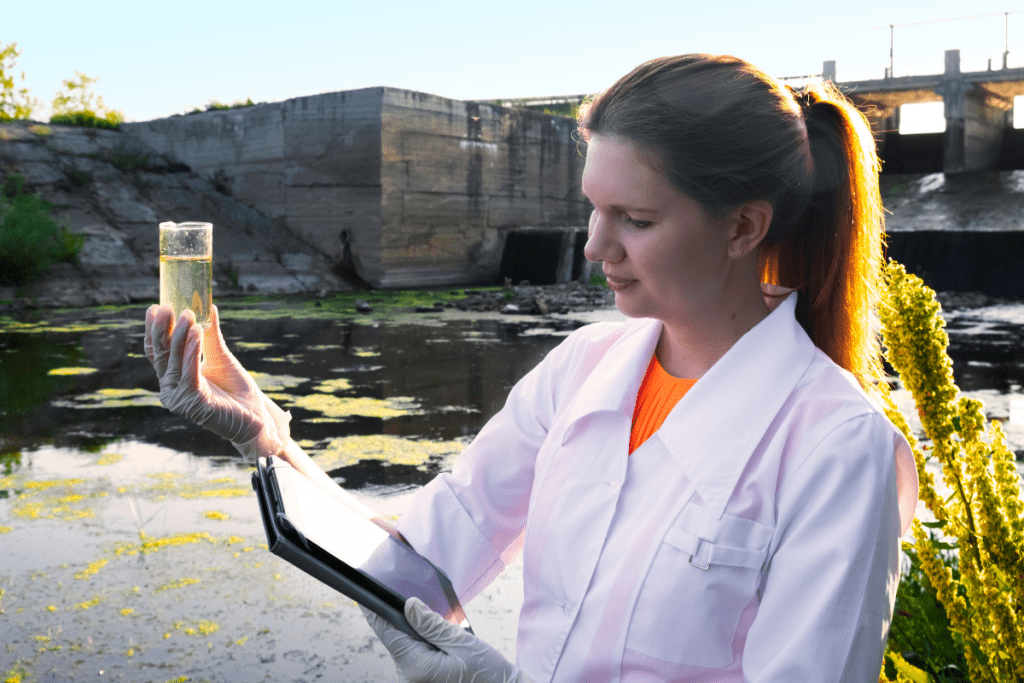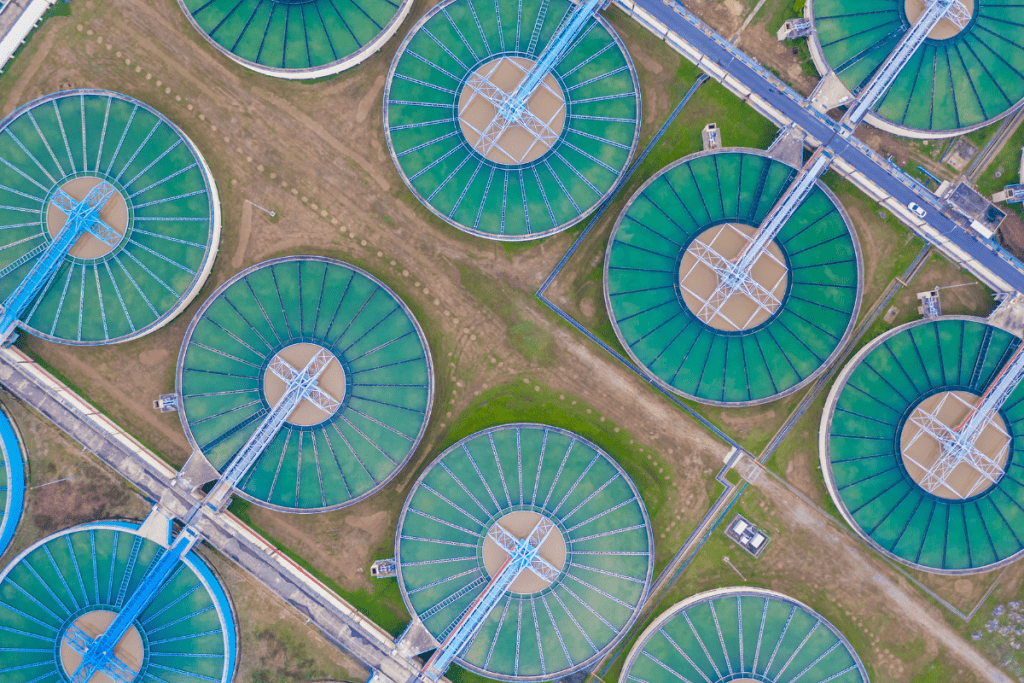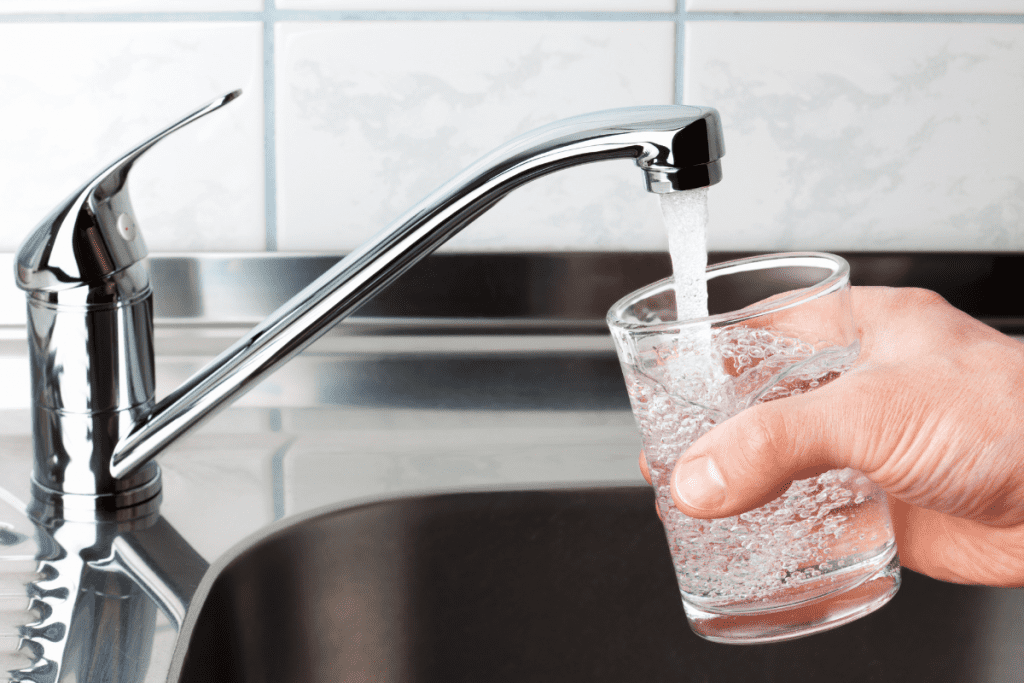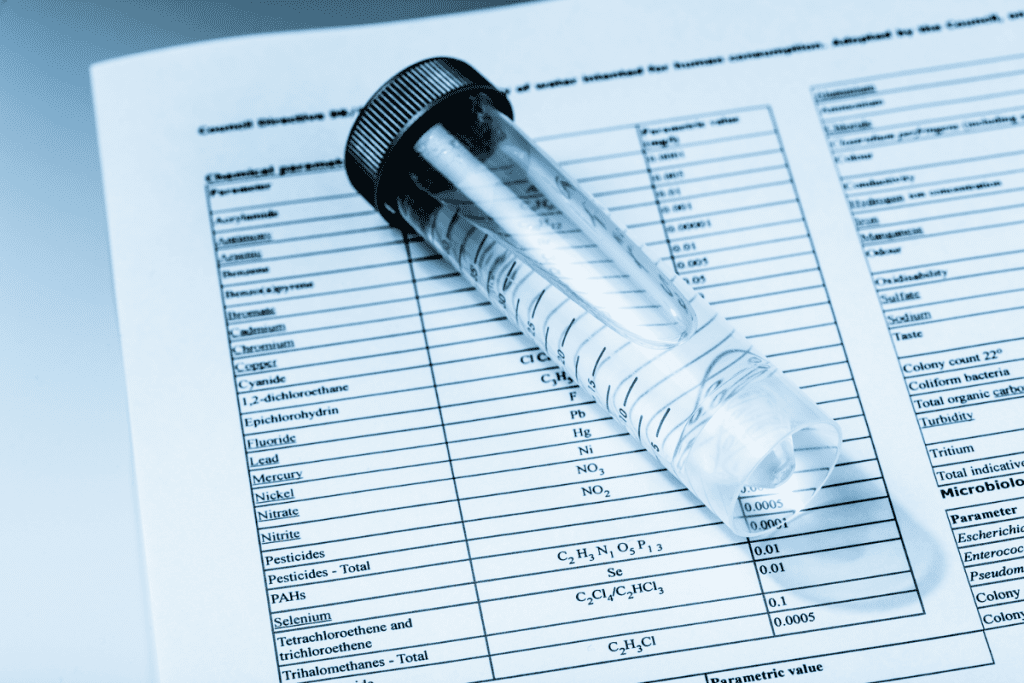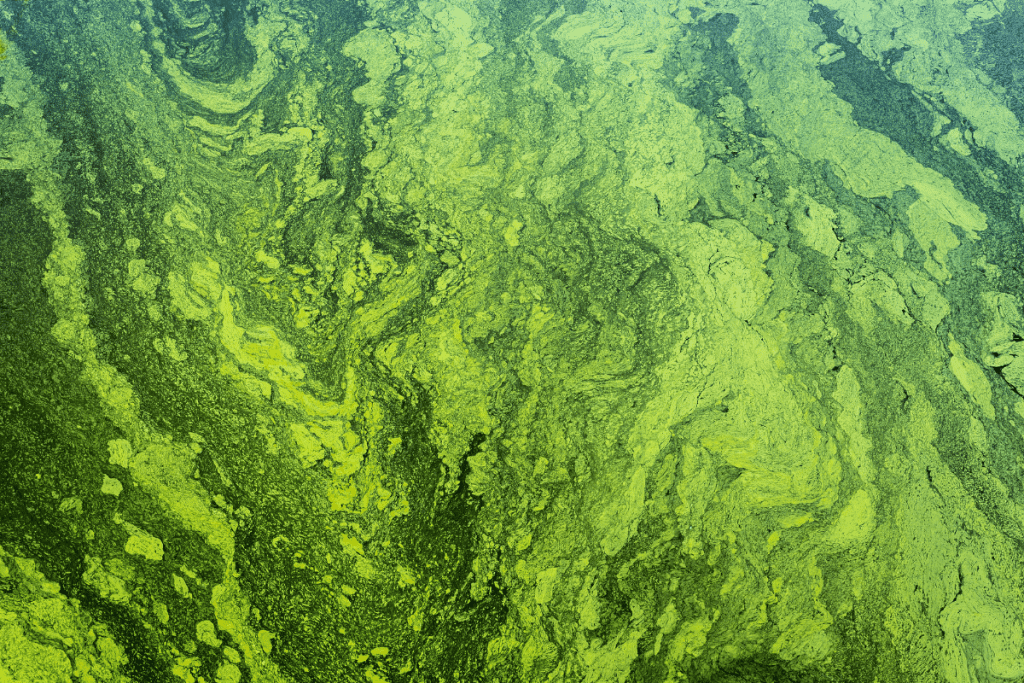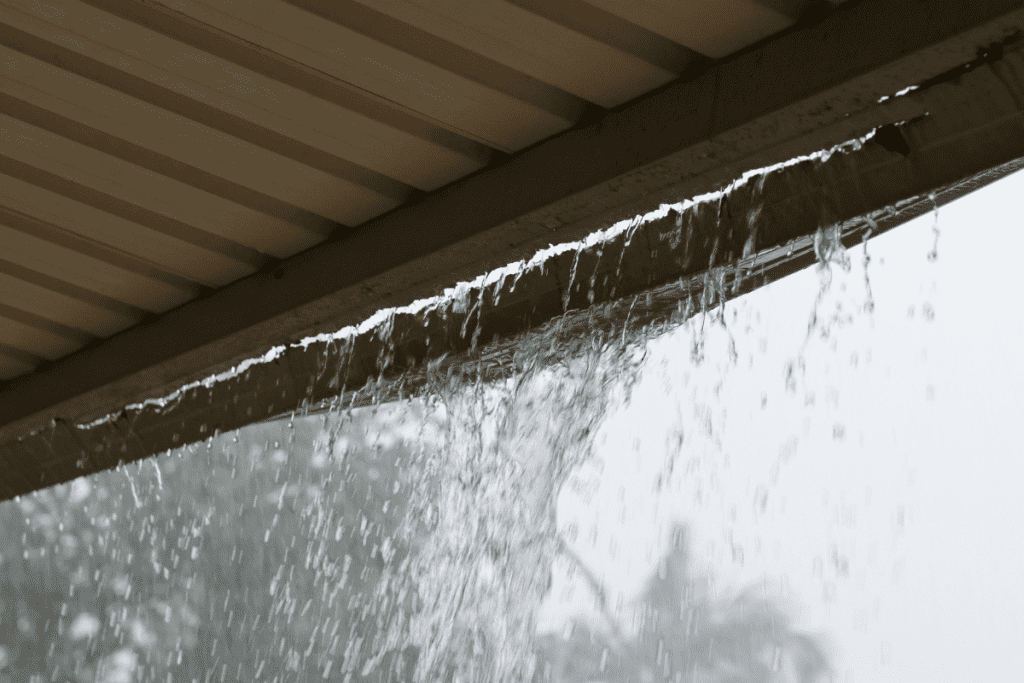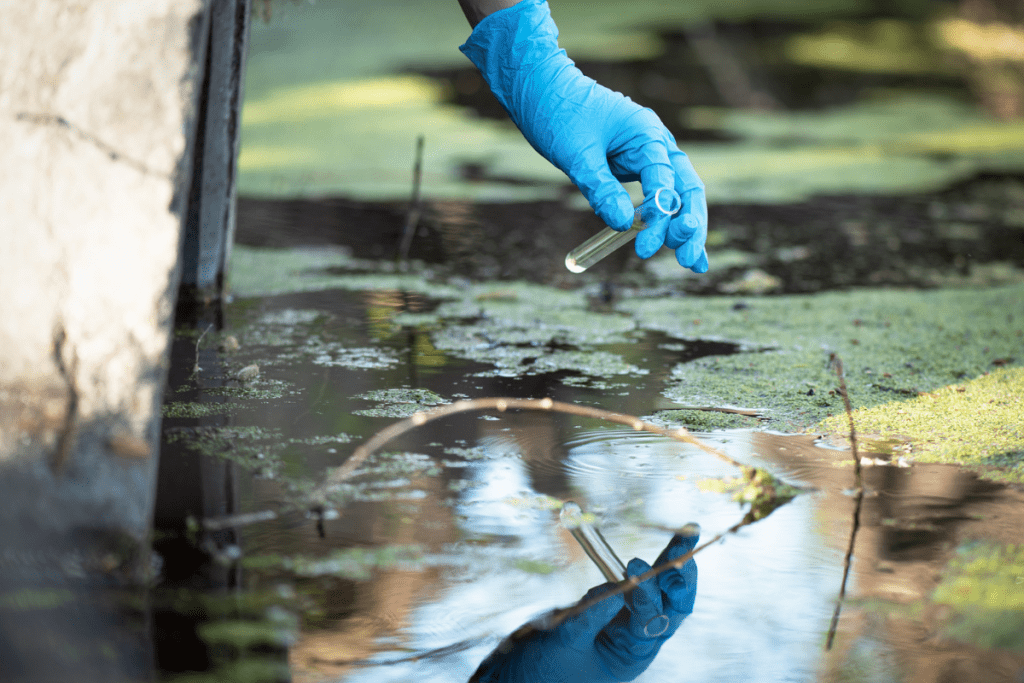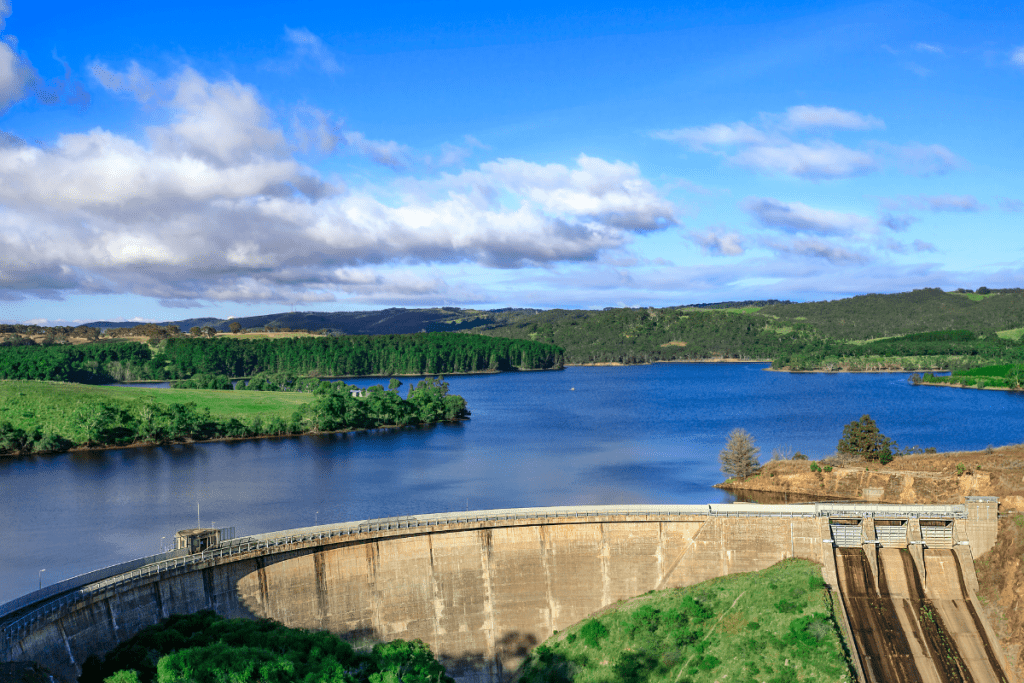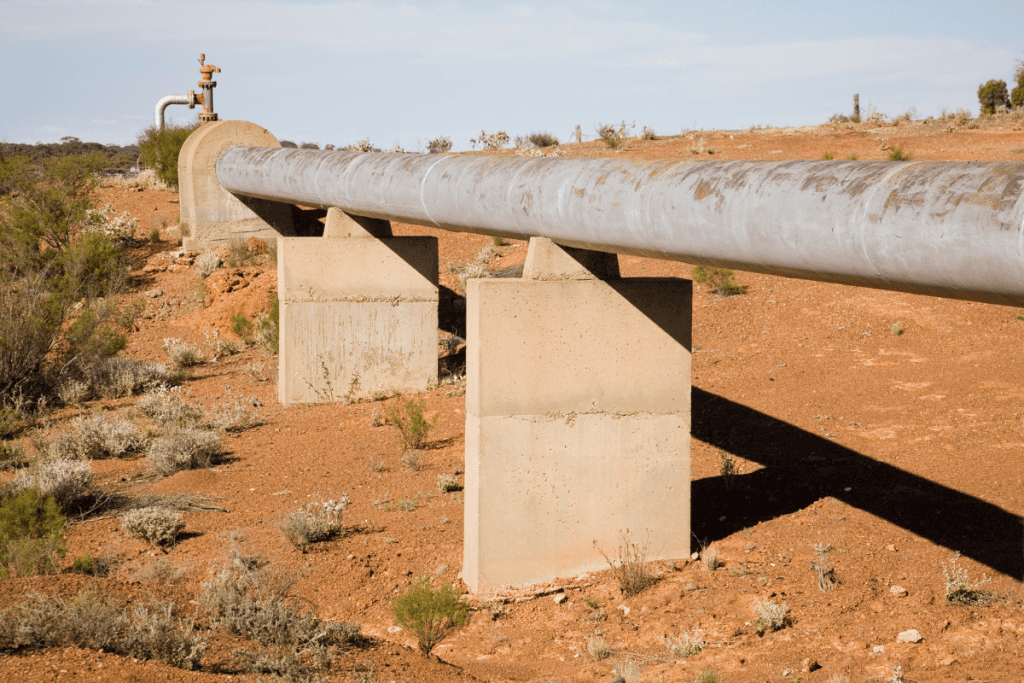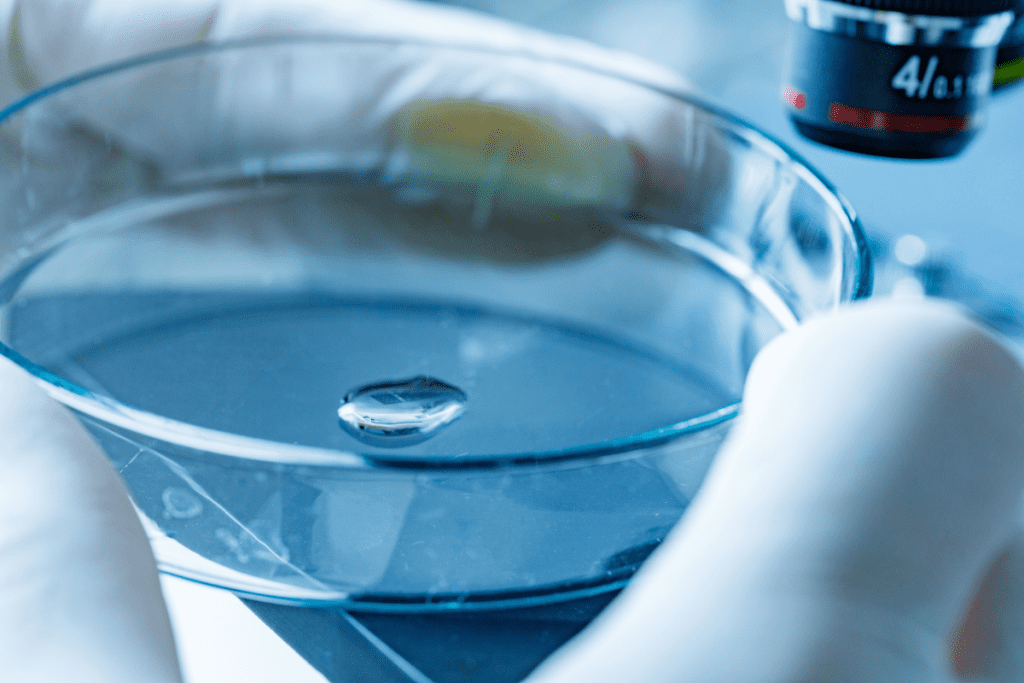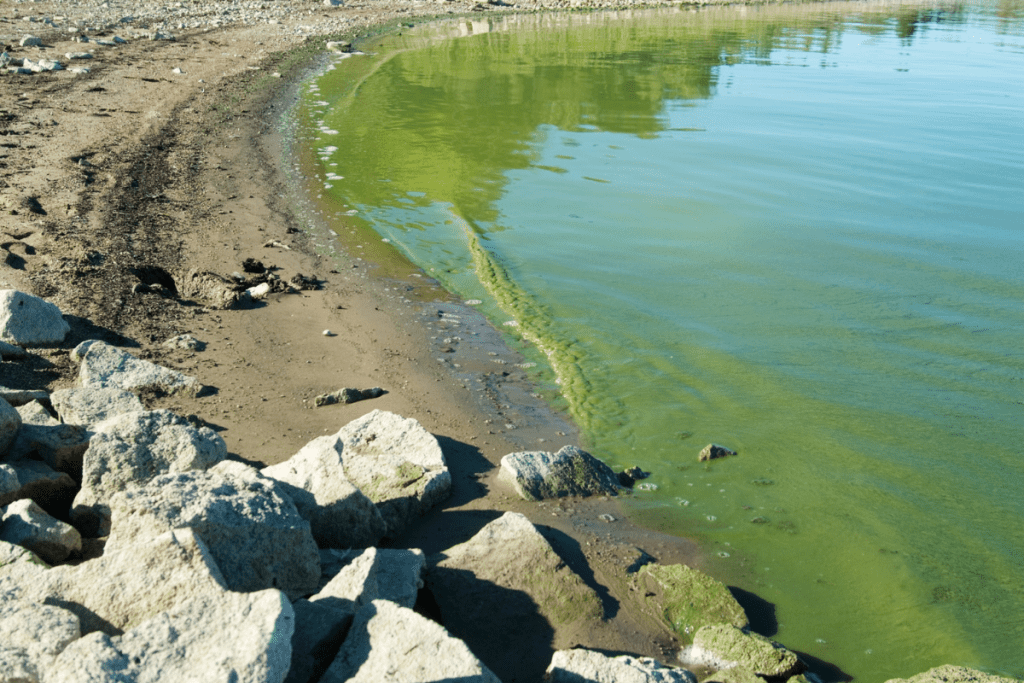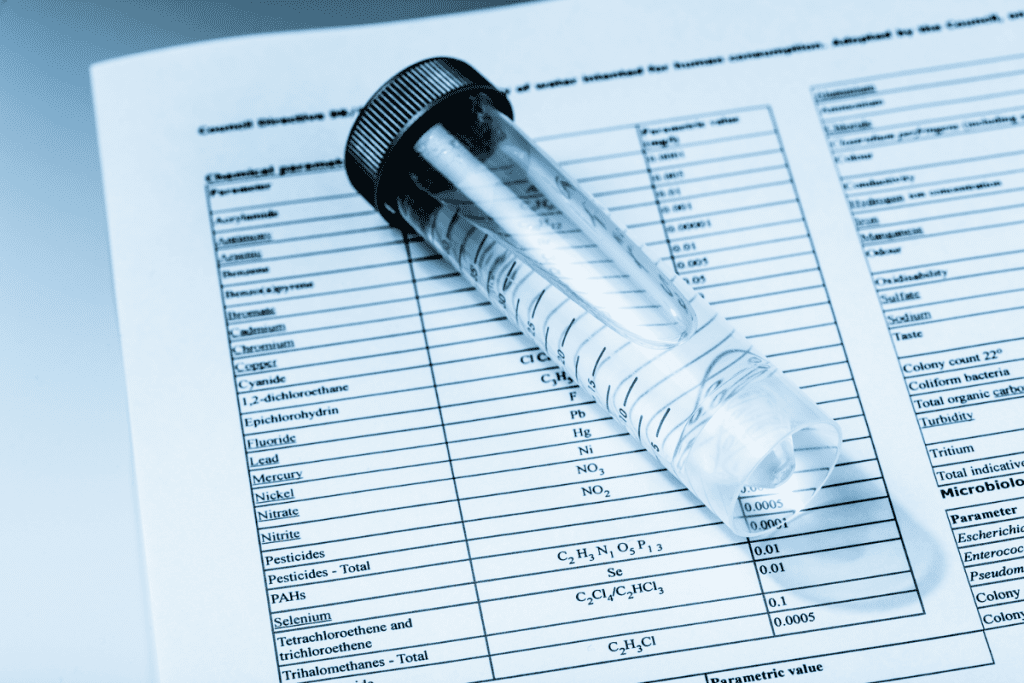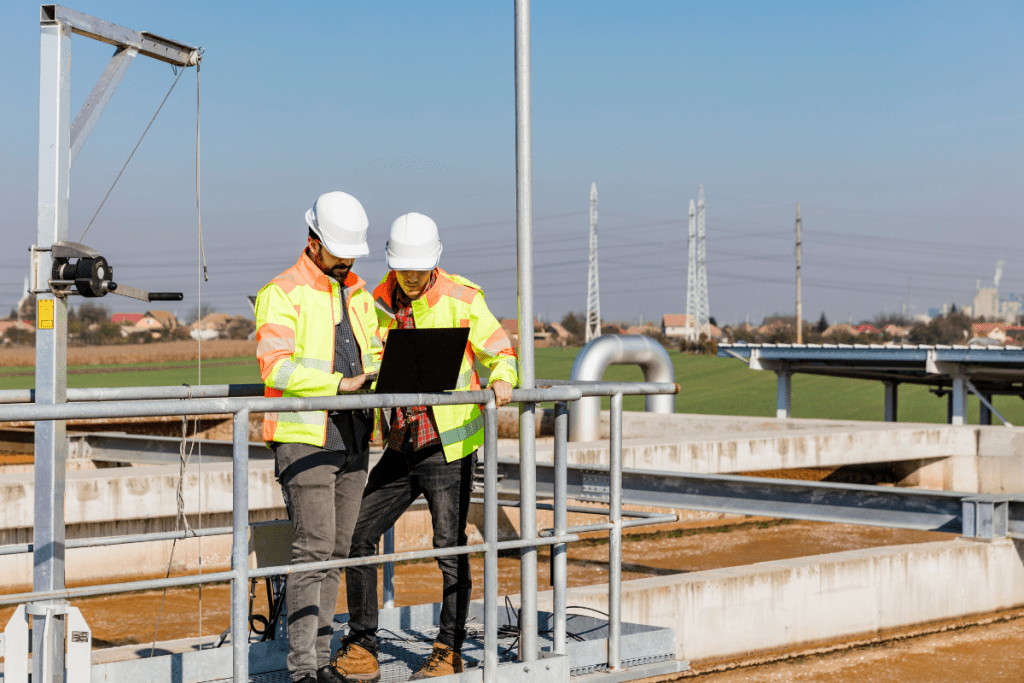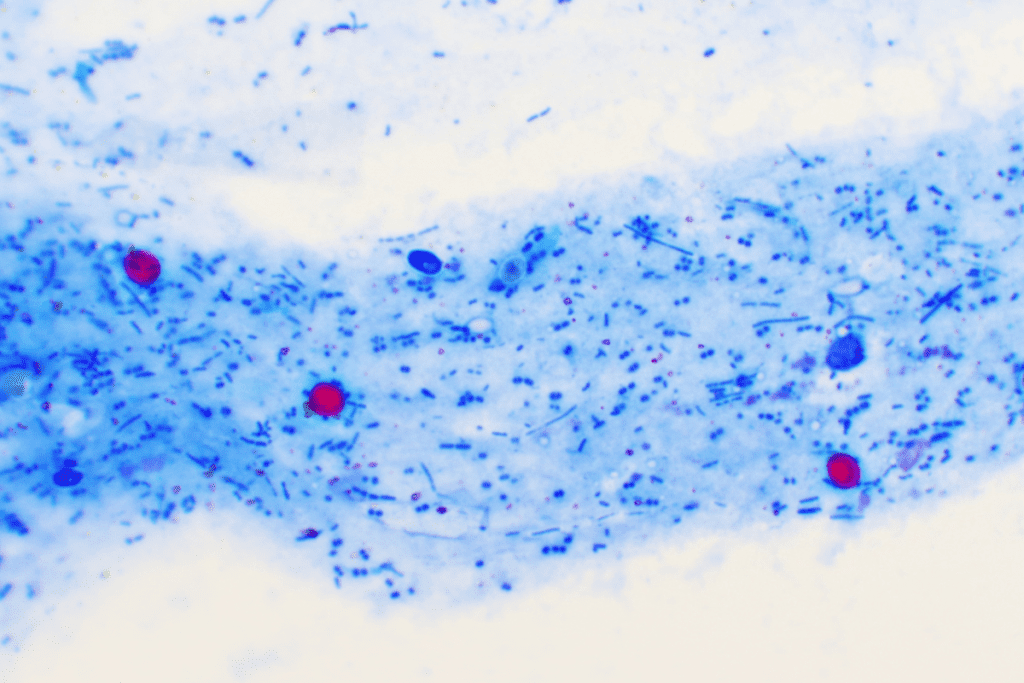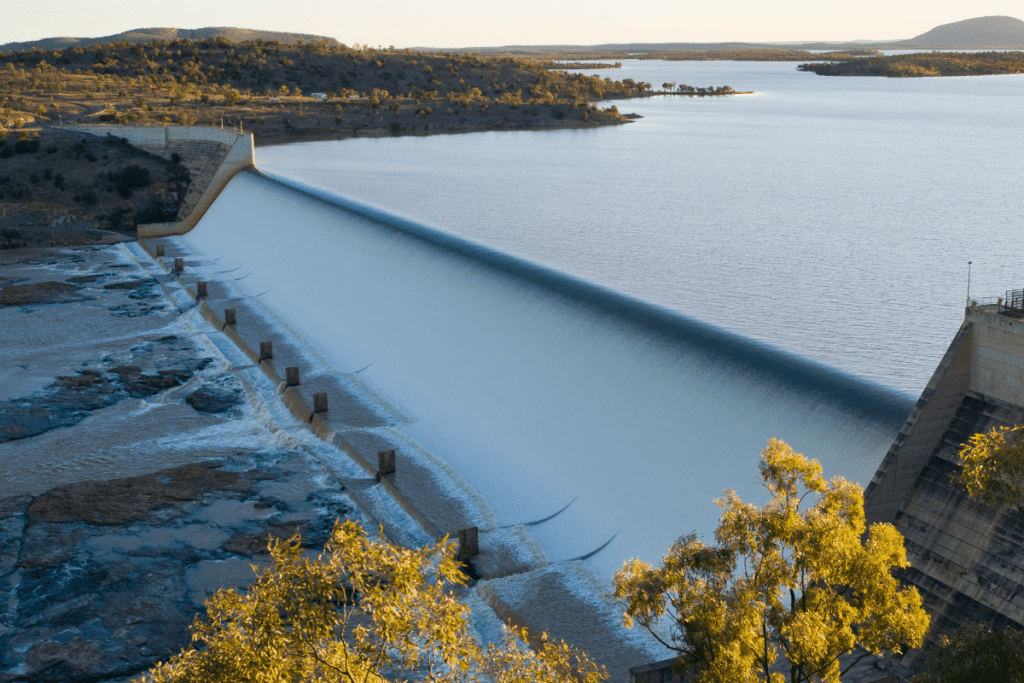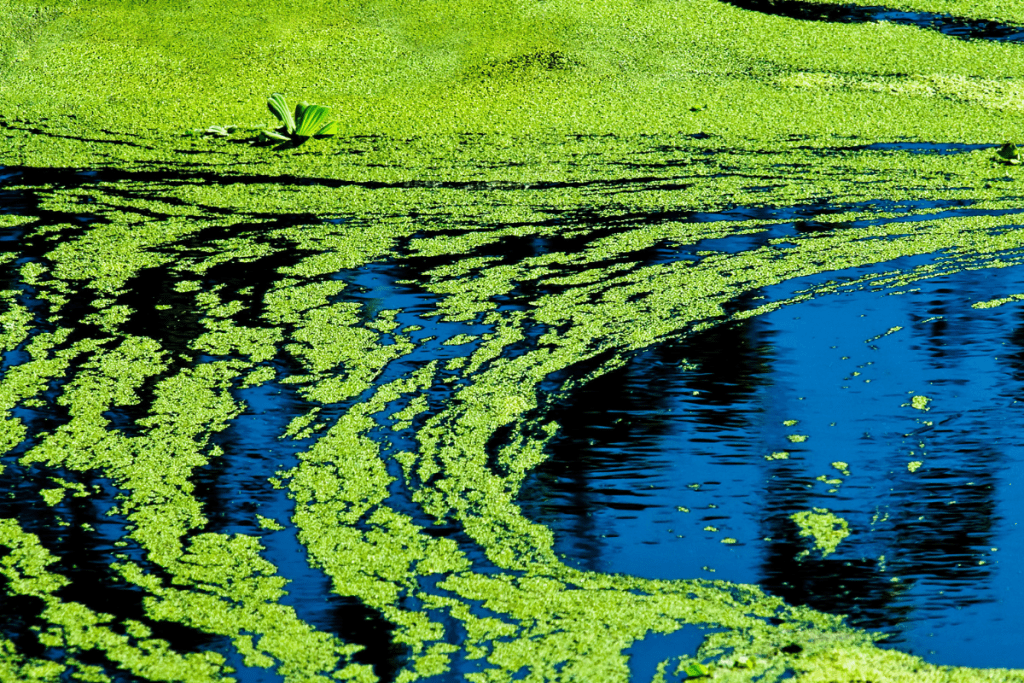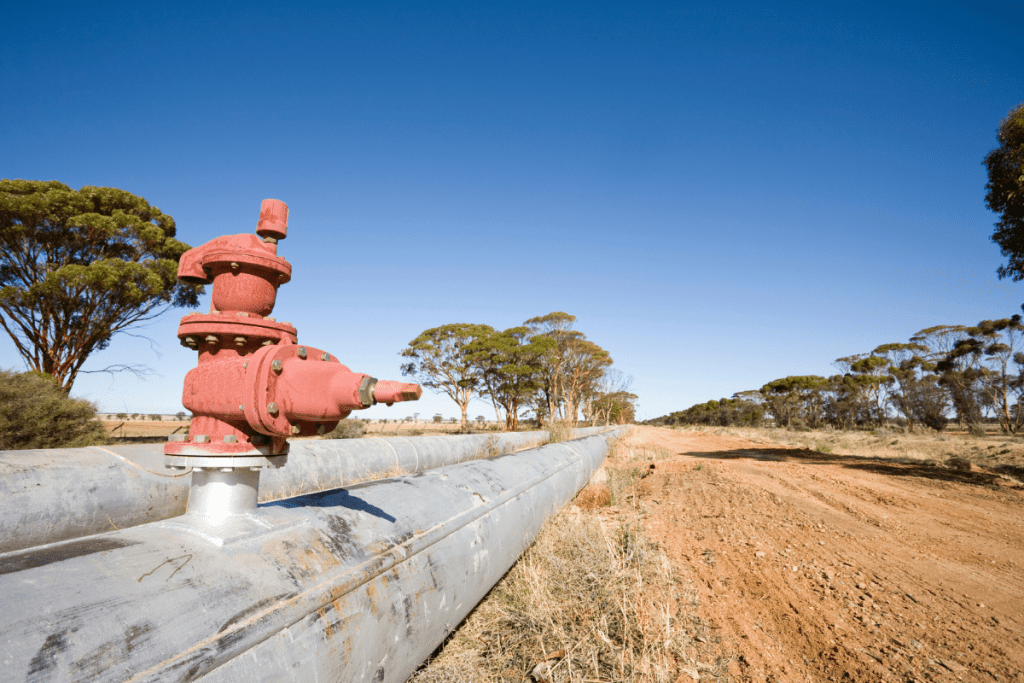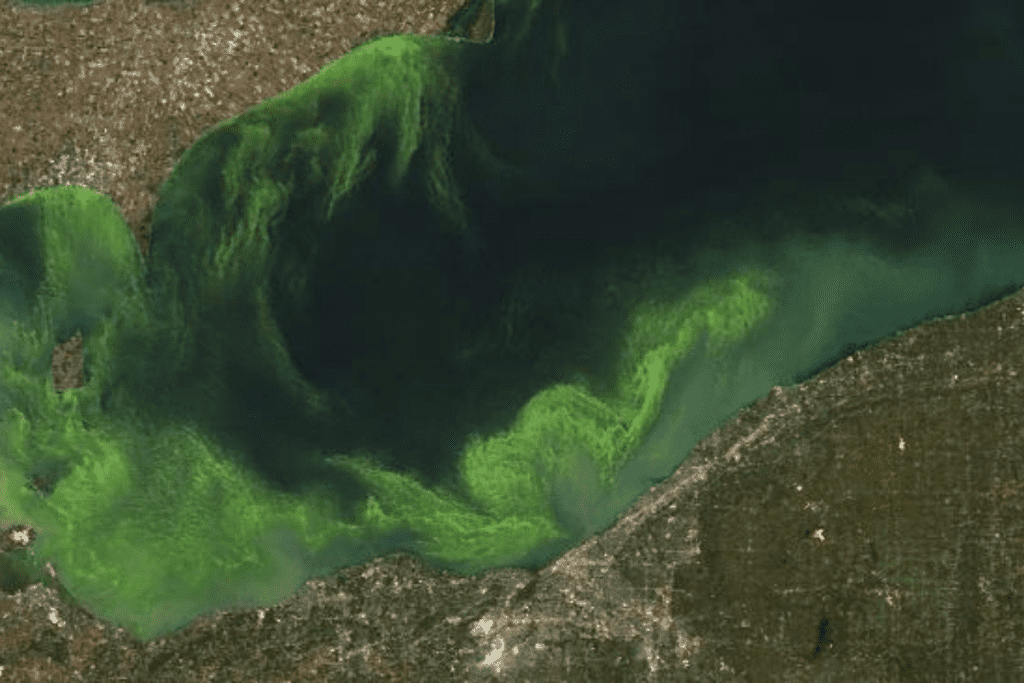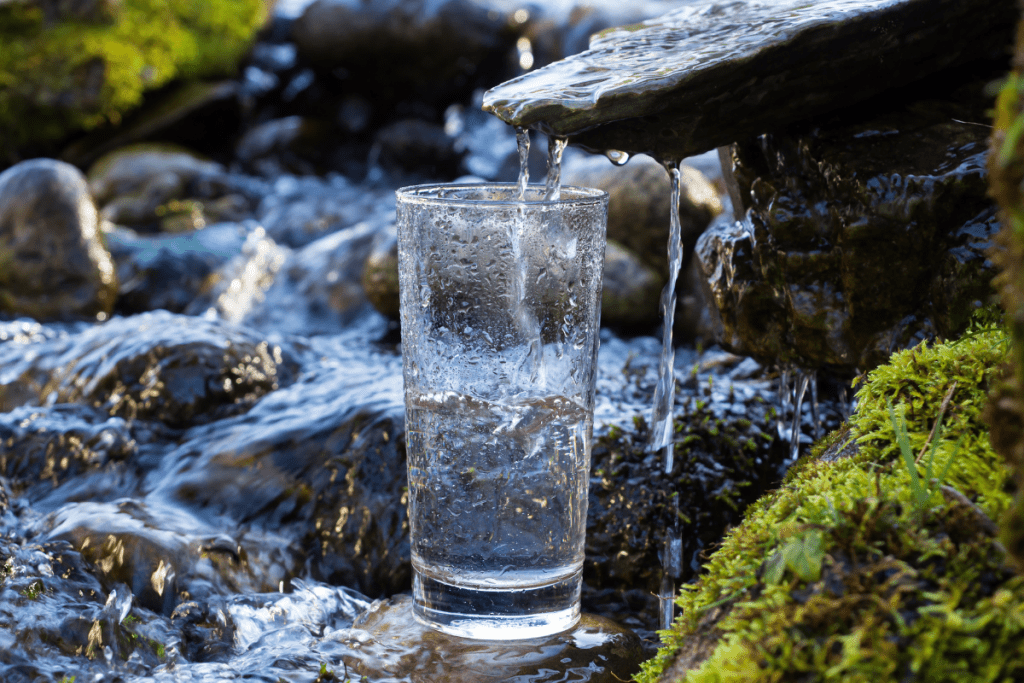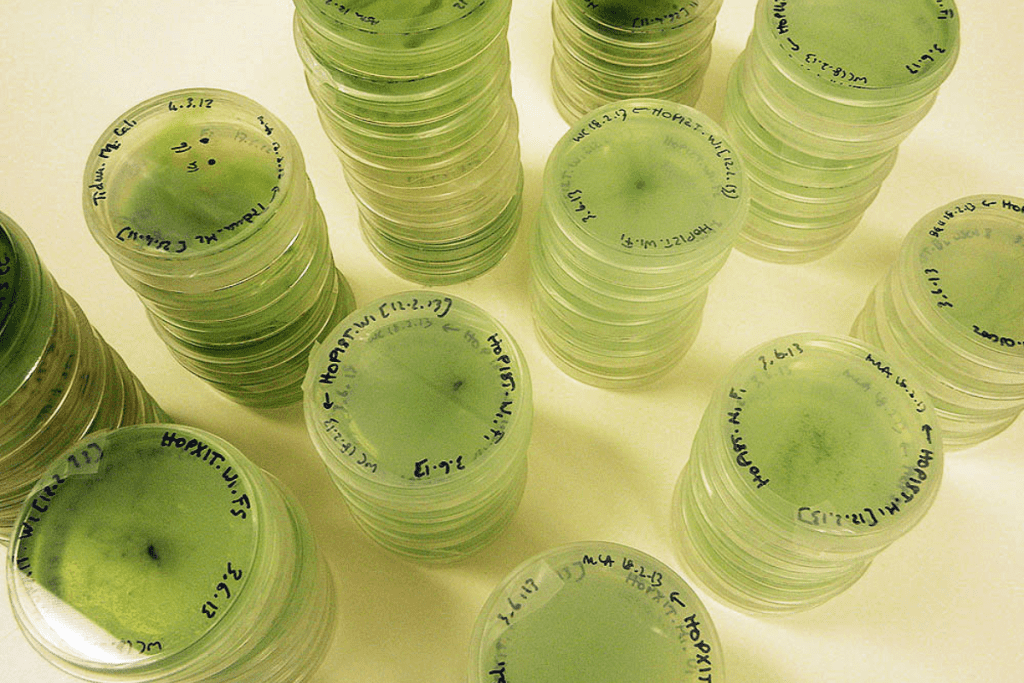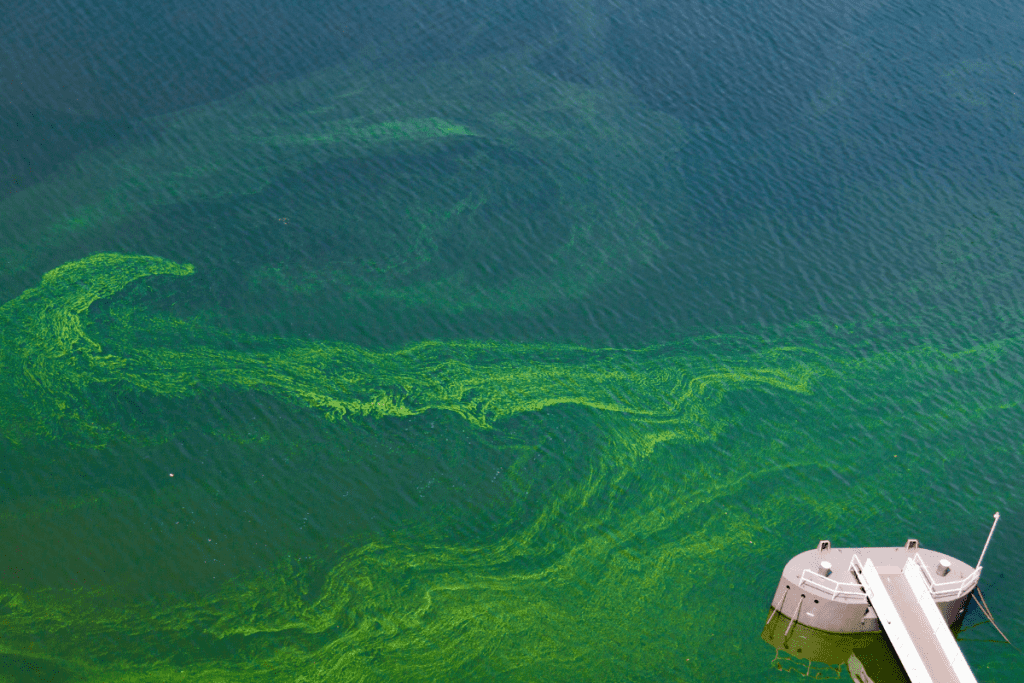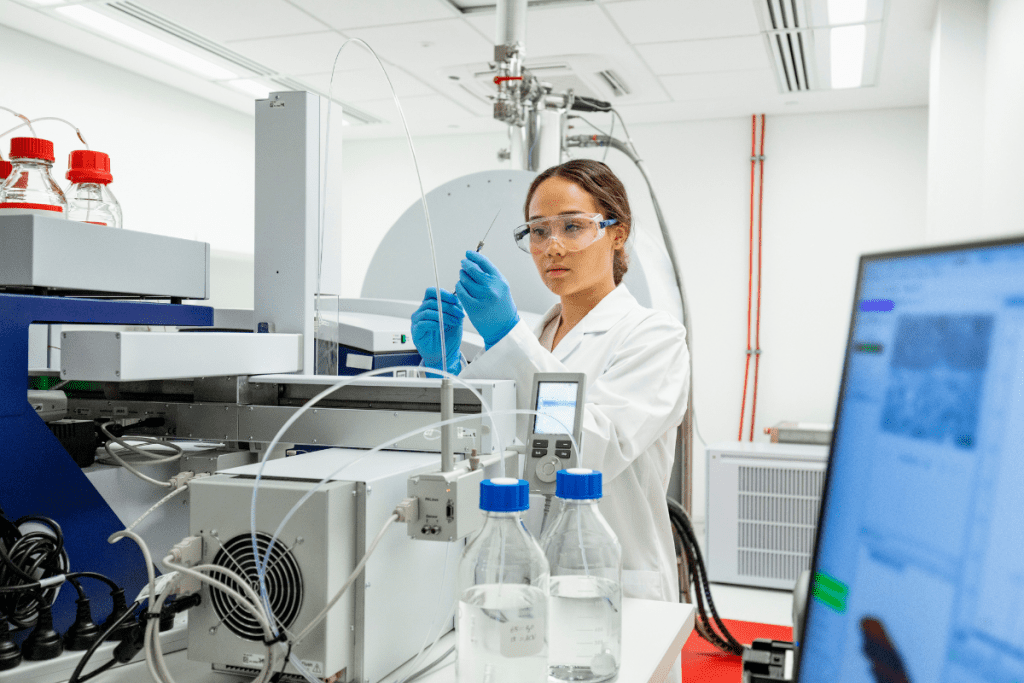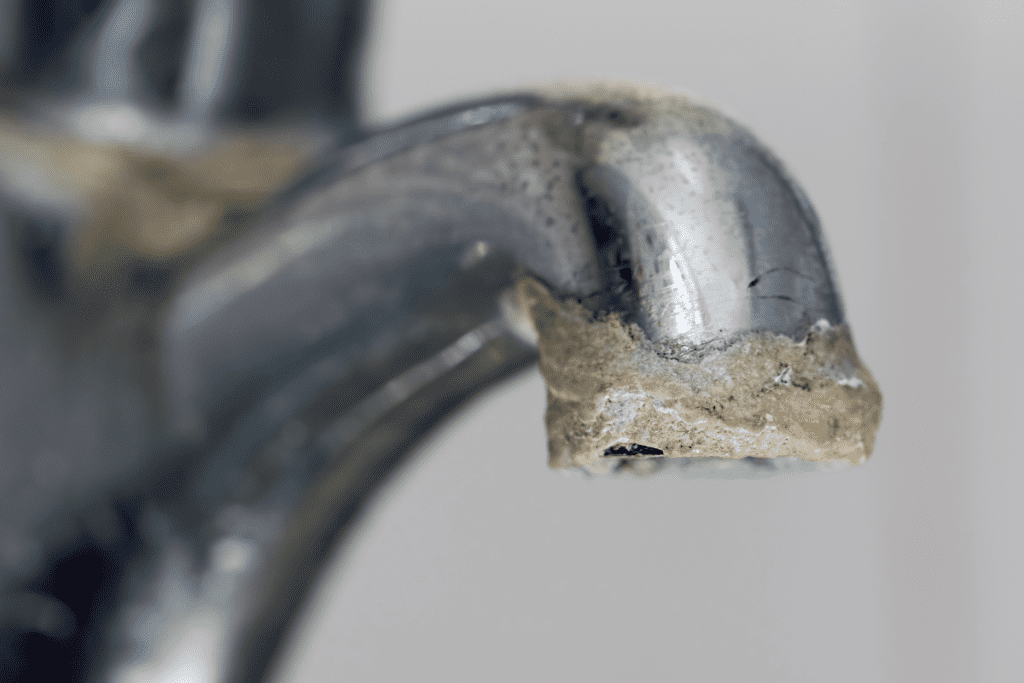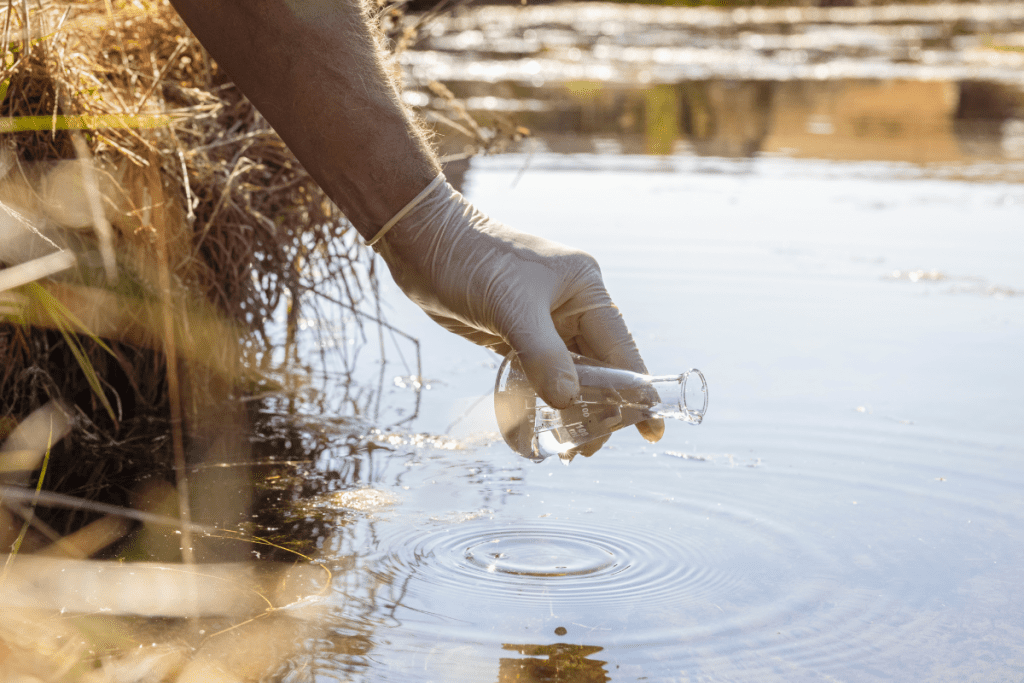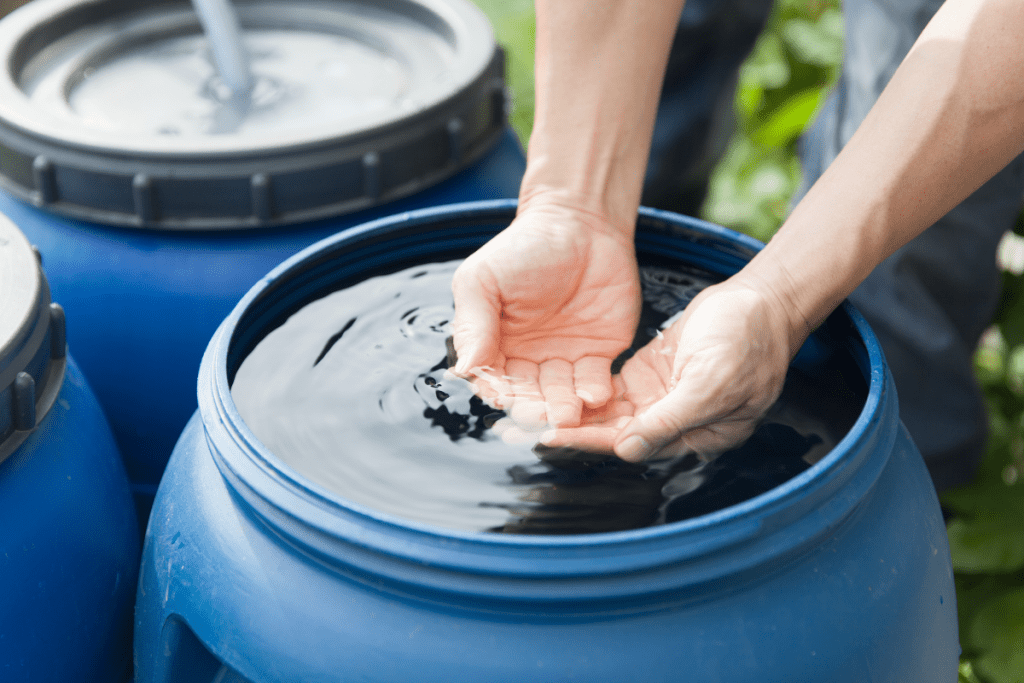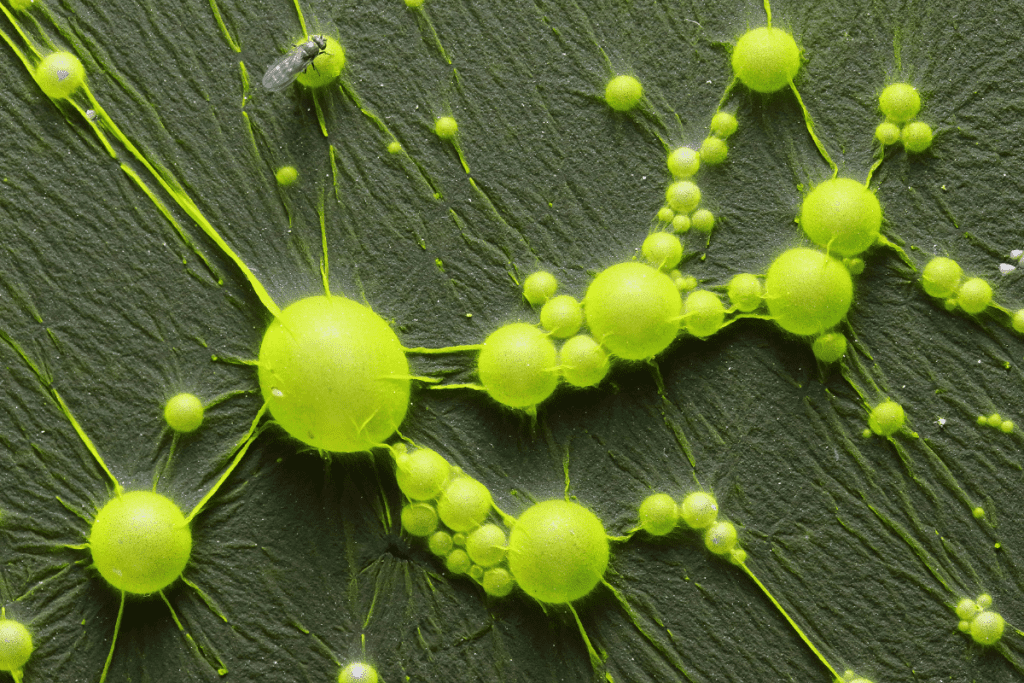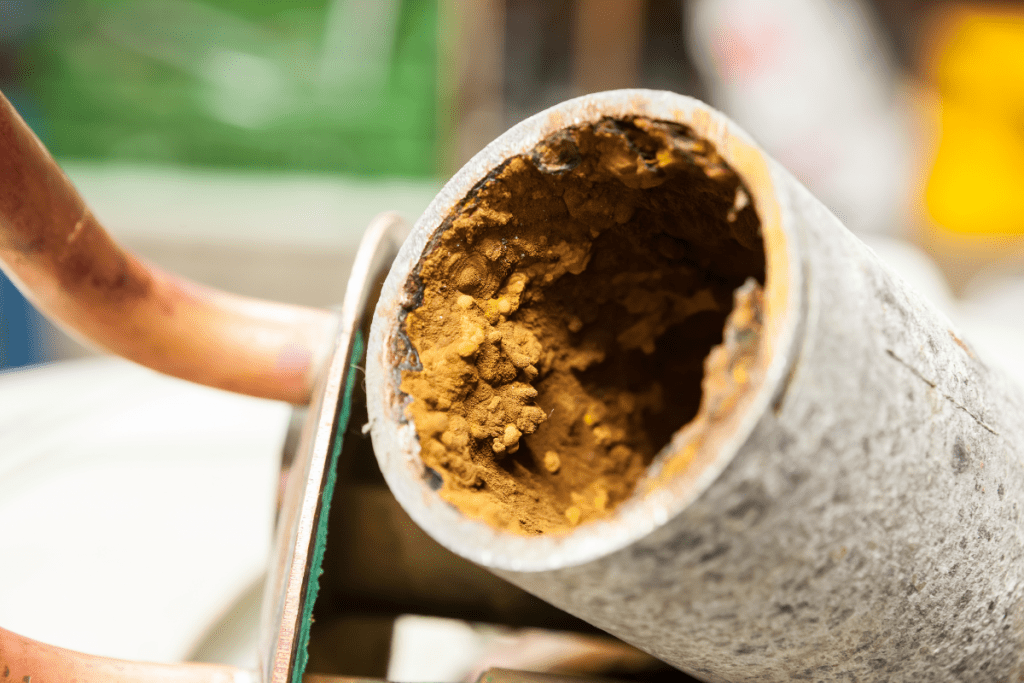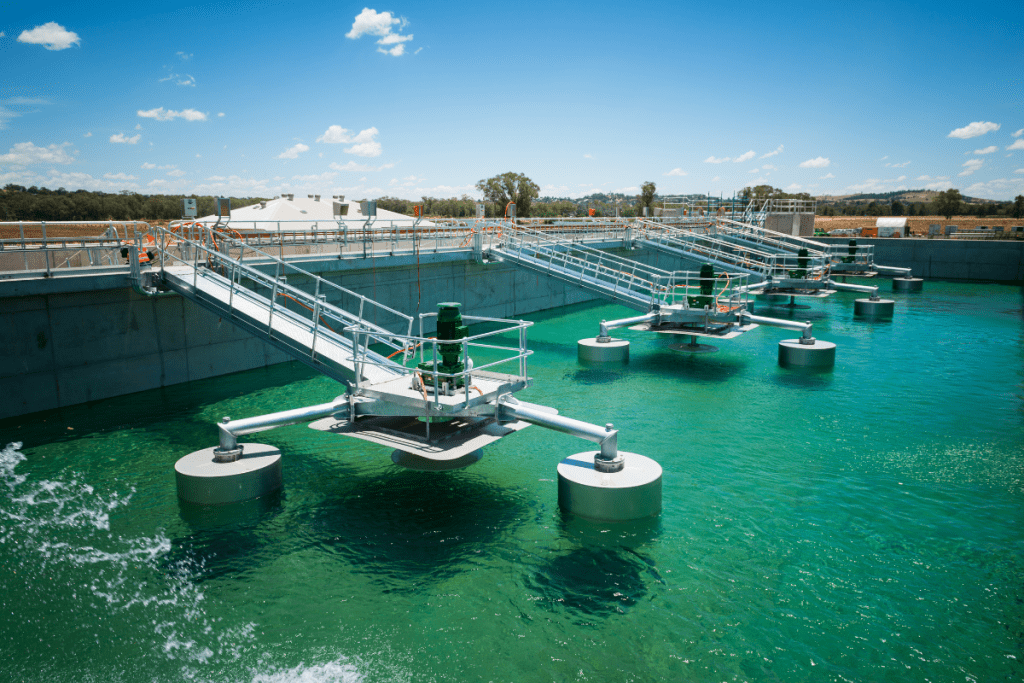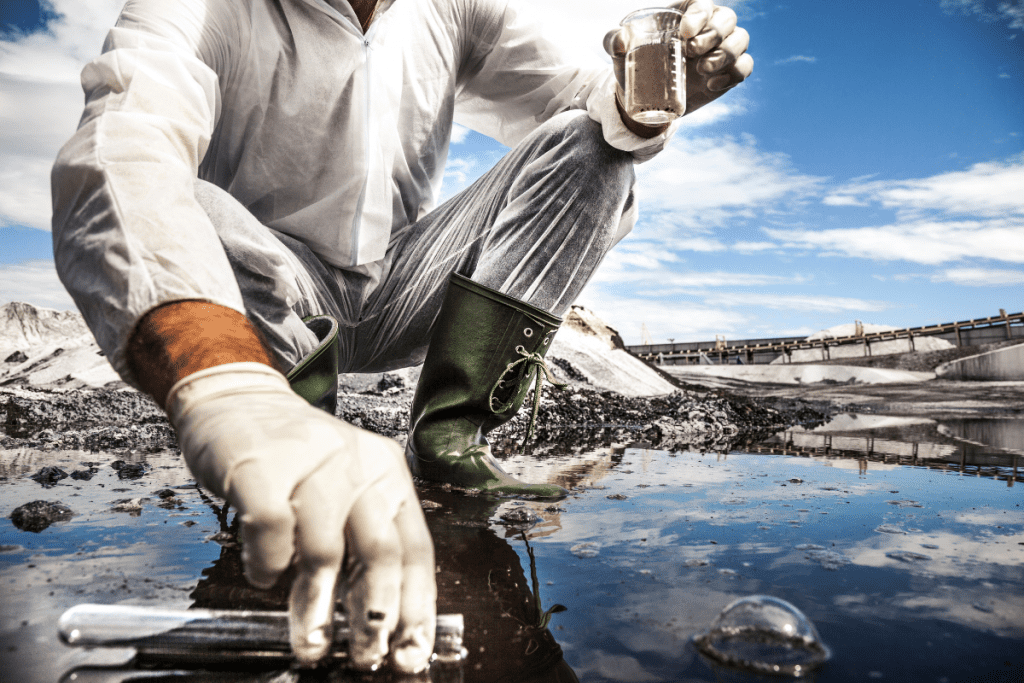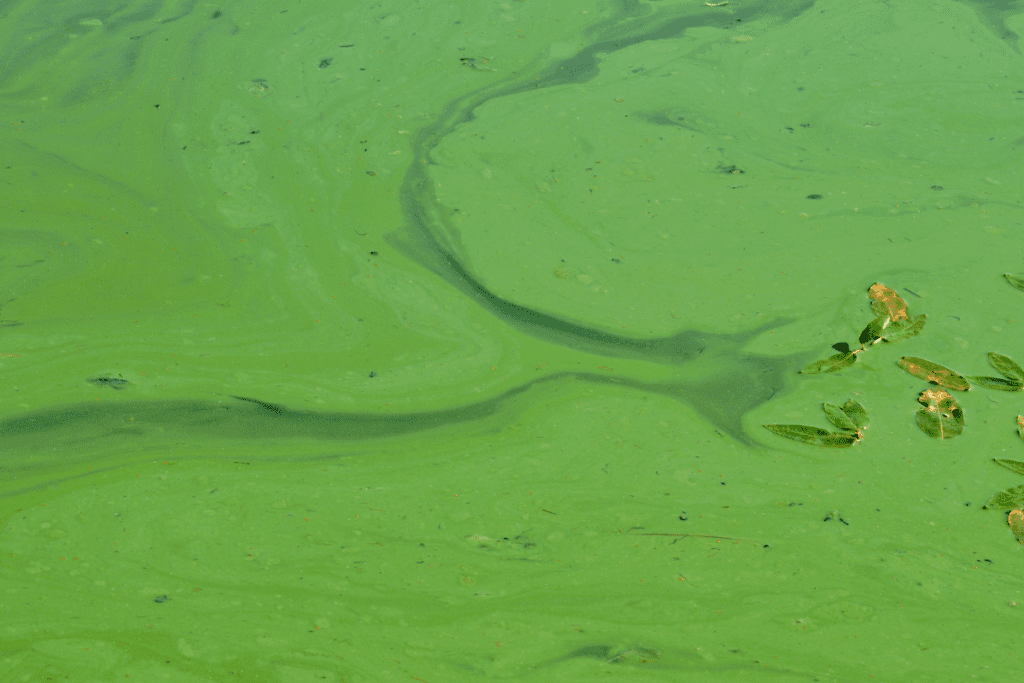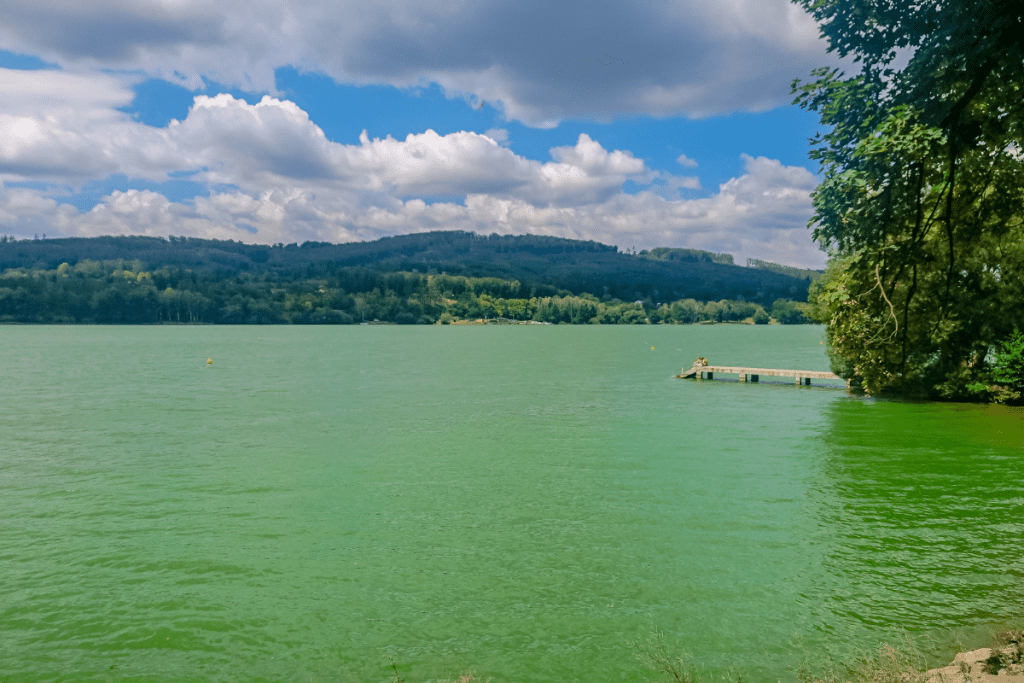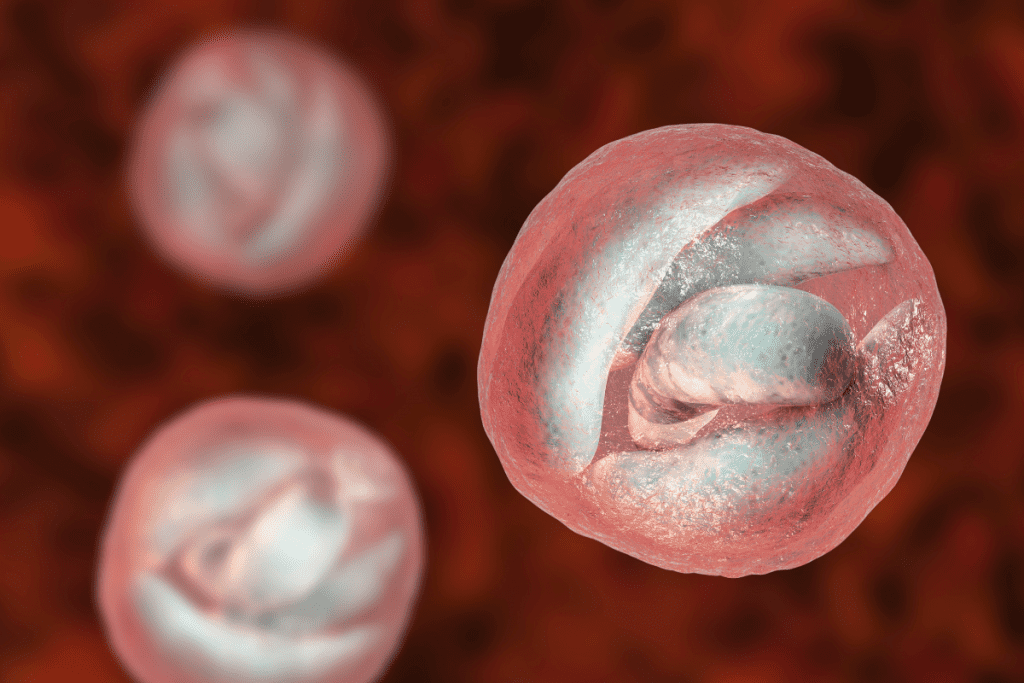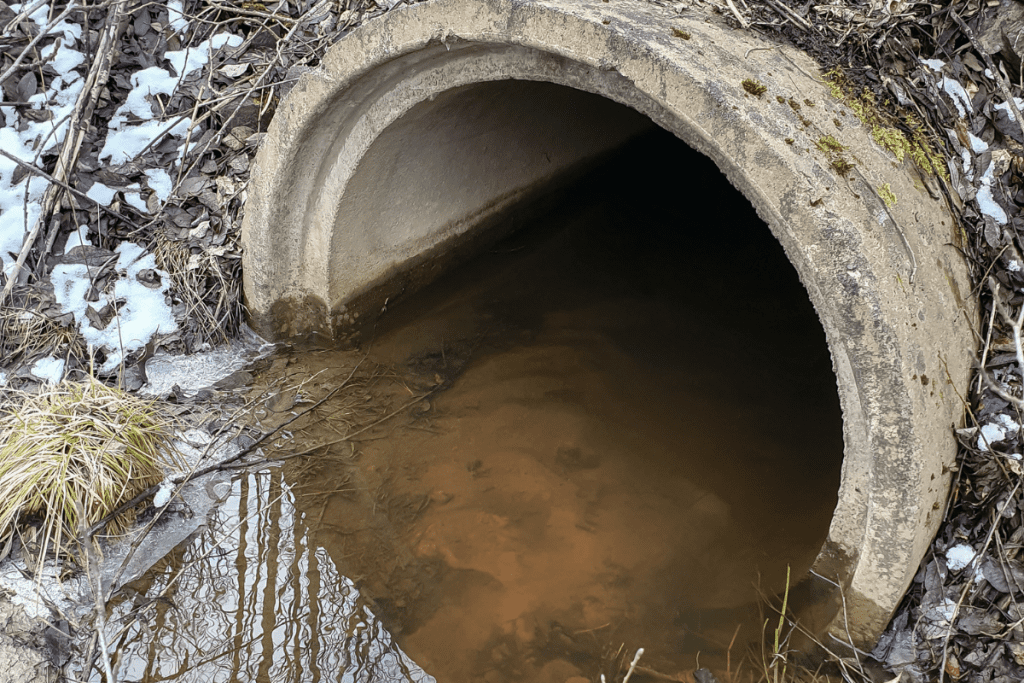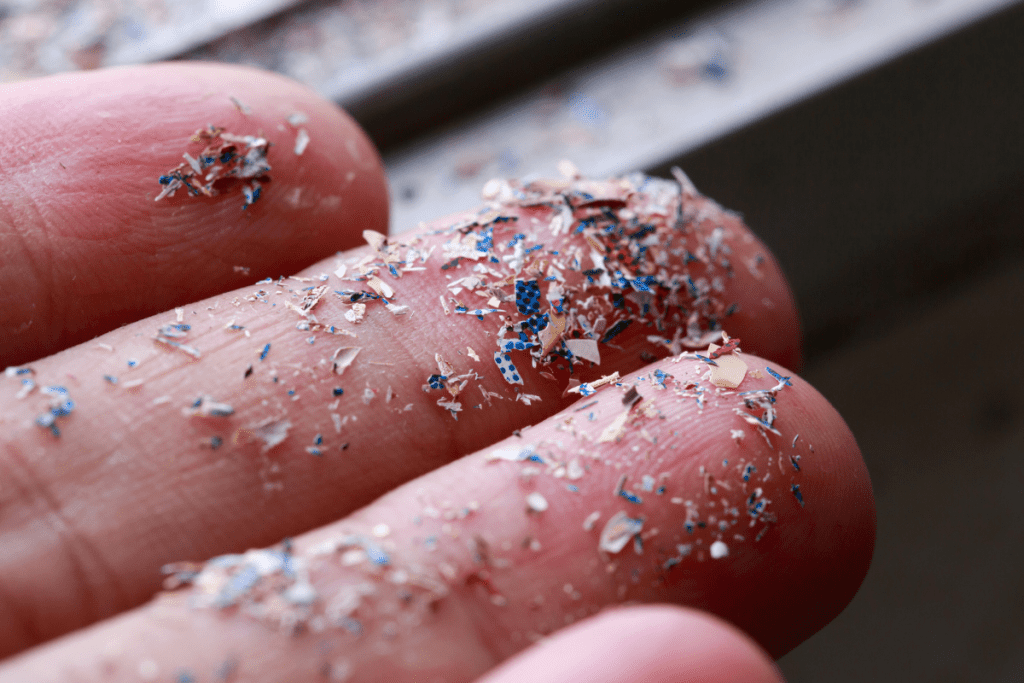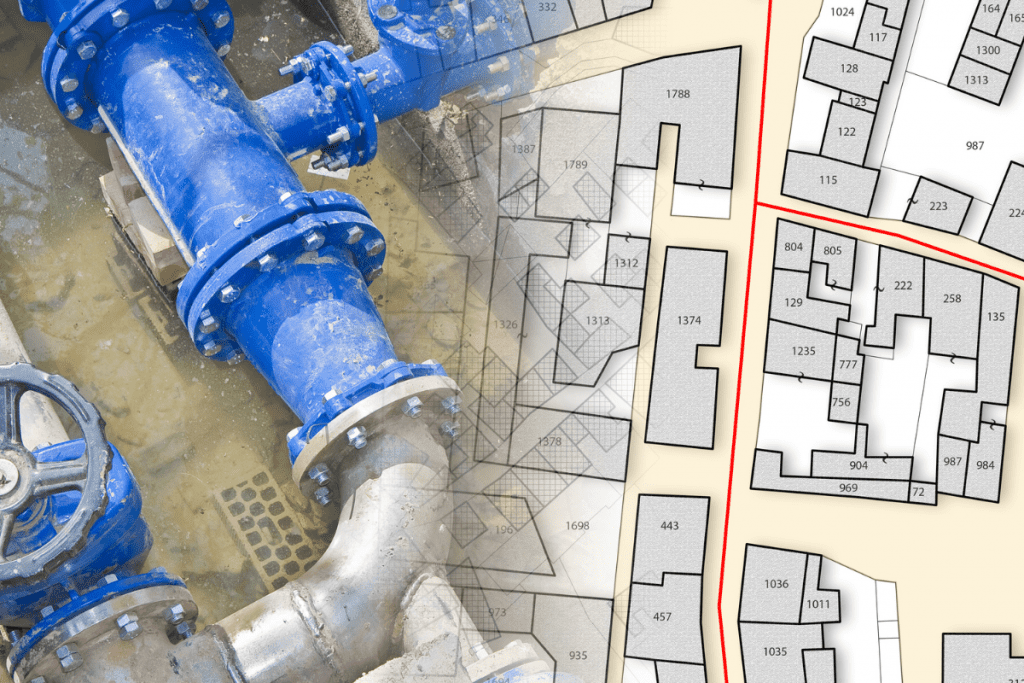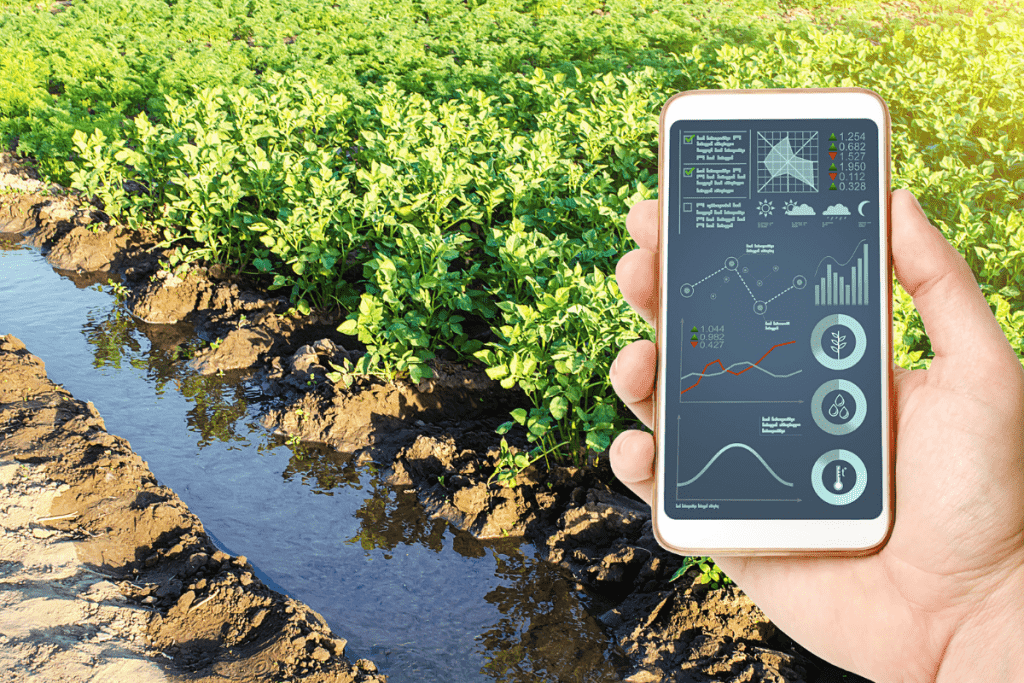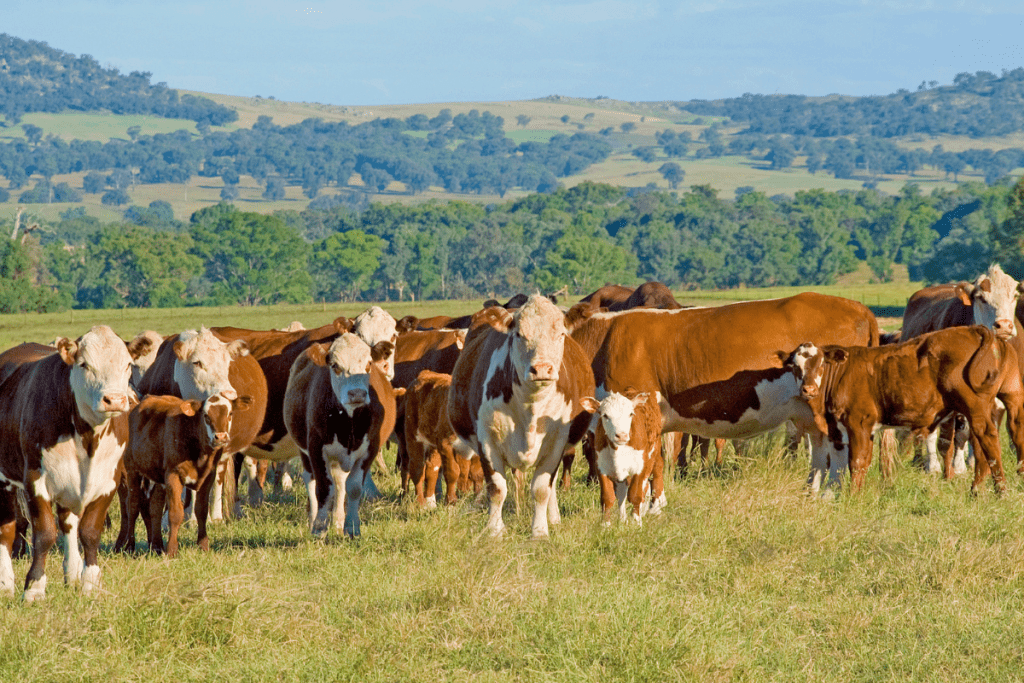- All
- Circular Economy
- Human & Environmental Health Impacts
- Networks & Treatment
- Source & Catchments
- Workforce
Pathogen risk associated with dead animals in treated water assets/storage tanks
This project is being driven by the need for water utilities and regulators to have up-to-date and peer-reviewed information on the pathogen risk associated with different animals being found in treated treated water assets or storage tanks…
Protocols for algal bloom management – technology performance & optimisation assessments
The water industry needed a clear and consistent approach to assess the efficacy and performance of the many technologies for managing algal blooms in waterbodies…
Technical Competency Benchmark for Water Industry Operators
This project proposes to bring industry and regulators together to develop minimum standards for technical competency that facilitates a more consistent approach towards technical competency…
Achieving nitrite shunt for mainstream sewage treatment using human waste
Nitrogen removal from sewage is essential, however, conventional processes require a lot of energy and an organic carbon source, such as fats, oils and foods…
Value of Operator Competency
Failure to maintain appropriate levels of knowledge, skill, and experience in the frontline operator workforce runs the risk of disruption and loss of service delivery consequent to human error, along with associated risks to the environment and public health and safety…
Assigning and maintaining appropriate pathogen LRVs in MBRs
Traditionally, Membrane Bioreactor (MBR) Validation is focussed on performance during commissioning when membranes are new, and the range of operating conditions are limited…
Ecophysiology of microbes that produce taste/odour chemicals and their impact on drinking water treatability
Unexpected taste and odour (T&O) in drinking water is an emerging issue for the Australian water industry as it undermines customers’ trust in drinking water suppliers…
Biosolids to biochar and platform chemicals
The sustainable application of biosolids to agricultural land is being limited by many contaminants such as microbial pathogens, PFAS, microplastics, and heavy metals…
Assessing granular activated carbon capacity for algal T & O removal: Development of a predictive tool
This project used granular activated carbon to remove algal metabolites…
NOM monitoring and characterisation in the Nepean
It is well understood NOM character as well as concentration impacts its treatability by water treatment processes and that concentration and character can change over time…
Development and evaluation of molecular techniques for monitoring aquatic macroinvertebrates in freshwater systems
This project explored the applicability of molecular approaches for taxonomic studies and rapid identification of invertebrates in a variety of freshwater habitats…
Investigating community attitudes to alternative water sources
To face the mounting pressures of increasing demands on depleting fresh water supplies, the water industries are compelled to explore alternative water supplies such as desalination, water recycling (Indirect and Direct Potable Reuse), and storm water reuse, among others…
Ecological engineering of textiles to reduce the pollution by fibre
The aim of this project is to determine which physical features of textiles increase fibre release during washing, so they can be reengineered to minimise environmental impacts, improving the quality of bioresources such as effluent water and biosolids…
Modernising microbial risk assessment: Innovative strategies for contaminant detection
first sentence goes here
Antimicrobial resistance in advanced water treatment systems and supply networks
Antimicrobial resistance has been identified by the water industry as a growing concern in the delivery of wastewater treatment and water recycling schemes…
Bioremediation of pharmaceuticals from wastewater streams
Contaminants of emerging concern (CECs) pose a potential risk to human health and the environment…
Climate smart biological wastewater treatment processes
Australian water utilities are striving to reduce greenhouse gas (GHG) emissions, with some aiming to achieve net zero emissions operation in the next decade…
Nitrous oxide emissions from biosolids stockpiles: Mitigation, evaluation, and mechanisms
As one of the strongest kinds of greenhouse gases, nitrous oxide (N²O) emissions occupy a significant amount of biosolids management, especially regarding biosolids stockpiles, causing risks globally…
Understanding and removing of collected GHG emissions in wastewater treatment plants
Australian water utilities are actively pursuing the goal of achieving net-zero emissions in the coming decades…
Evaluating the impact and composition of non-degradable organic contents (NDO) in sewage sludge and biosolids
Biosolids, which are produced as a by-product of the wastewater treatment process, create a notable cost to industries due to their handling requirements…
Knowledge synthesis of the Victorian Sewage Surveillance Program for SARS-CoV-2
During the SARS-CoV-2 global pandemic, the Victorian Department of Health developed the most comprehensive and extensive program of sewage surveillance in Australia…
Implementation of WSUD approaches to manage stormwater quality & quantity in existing developments
To manage stormwater in an adaptive way as well as improving the mitigation strategies to cope with the climate change and urbanisation impacts, Water Sensitive Urban Design (WSUD) approaches are becoming popular…
Influence of sampling methods on the production of volatile emissions from biosolids-related sources
As there is lack of understanding the roles of sampling methods on measuring for volatile gas sampling from biosolids, it might cause various concern about what are we really measuring…
Best practice guidance for lake modelling to support quantitative microbial risk assessment (QMRA)
Lake hydrodynamic models are used by water utilities to provide an estimation of the conditions within a water storage…
Satellite remote sensing for model calibration
This project is investigating whether satellite remote sensing data can be used to calibrate the Integrated Water Quality Model, and to augment WaterNSW’s quantitative analysis of water quality parameters in drinking water catchments…
UV LEDs for control of opportunistic pathogens in water
Water supply sustainability demands that communities look toward non-traditional water sources for potable and household water needs…
Development of a WaterVal Granular Filter Validation Protocol
Conventional media filtration is the most common process used as one of the main barriers for pathogen and solids removal in water treatment…
Microplastics in wastewater
Microplastics are already somewhat ubiquitous in the environment, due to the wide use of plastics around the world…
Improving water quality analysis in response to extreme events
Extreme events can be unpredictable in terms of their impact on raw water quality which is further complicated by the possible introduction of contaminants of emerging concern (CECs) into catchment runoff…
Integration of anaerobic codigestion of food organics, pretreated garden organics and sewage sludge with pyrolysis
first sentence goes here
Microcystis blooms – insights from genomics and metagenomics
The genus Microcystis is responsible for many ‘nuisance’ and toxic algal blooms that threaten various fresh water bodies in Australia…
Scalable and environmentally sensitive algae management tech: H2O2 dosing
An experimental plan for assessing the feasibility of a larger hydrogen peroxide (H2O2) dosing trial at Melbourne Water’s Western Treatment Plant (WTP) treated effluent lagoons…
Researching Emerging Contaminants (RECON) monitoring program for the Eastern and Western Treatment Plants
Melbourne Water’s Eastern and Western Treatment Plants (ETP and WTP) treat over 90% of Melbourne’s sewage…
Monitoring organic matter in drinking water systems using fluorescence spectroscopy
This project provided an on-line monitoring protocol utilizing fluorescence to aid utilities in their provision of safe drinking water thus addressing the National Research Priority Goal “Water – A critical resource”…
Draft NEMP3 – Scientific Review
Water Research Australia contracted the University of Newcastle to undertake a scientific review of the Draft NEMP3…
Assessing the impact of immobilisation treatment of PFAS in compost material
Composting is an aerobic microbiological process, during which organic waste is biologically degraded by microorganisms (bacteria and fungi) in a series of processes…
Update to stormwater quality knowledge for AGWR
As an alternative water resource, stormwater has a great potential to be reused for various purposes, including for the augmentation of drinking water supplies, but the reason stormwater run-off has not been widely used is because it contains unknown and variable amounts of chemical contaminants and microscopic organisms, some of which can cause illness and disease…
Large scale optimisation of the numbers and locations of meters and monitoring devices
South East Water has developed a vibration sensor device named Sotto to detect leaks within its network in order to reduce wastage…
Microbial community changes in post fire ecosystems and its relation to soil carbon cycle and climate change
With Australia’s annual average temperatures increasing, evidence shows that a warming-induced increase in carbon dioxide (CO2) released from soils leads to a rise in the concentration of CO2 in the atmosphere…
Scalable approaches for microbial treatment in manufactured water
This project will conduct a critical review of scalable algal control methods within wastewater lagoons, drinking water reservoirs, and constructed water bodies…
Bushfire Recovery for Resilience – bushfire modelling as an enabling decision support tool
The 2019-20 bushfire season in Australia was unprecedented in its extent, duration, intensity and impact on the natural environment and human livelihoods…
Assessing water quality risk in water transmission and distribution systems affected by bushfires
Climate change is increasing the risk of more frequent, more intense, and more widespread bushfires…
Predict-plus-optimise strategies for water flow control
This research will investigate combining prediction and optimisation (predict-plus-optimise) to better manage peak sewage flows…
The role of knowledge brokers in achieving research impact in the water industry
Water utilities invest significant resources in research, but the full impact may not be maximised if knowledge exchange between project participants and end users is not effective…
Investigating supernatant return management practices
The Filter Backwash Recycling Rule (FBRR) has been implemented around the world as best practice, recommending that water treatment systems can adopt continuous recycling…
Remediation techniques utilising biosolids and biochar amendments for arsenic contaminated mine waste to reduce ecotoxicity
Historic gold mining has left a legacy of toxic waste which has contaminated soils and water globally…
The effects of thermally treated biosolid residue on anaerobic digestion of waste activated sludge
Pyrolysis of biosolids is becoming more prevalent in Australia and is emerging as an opportunity to enhance solids handling associated with wastewater treatment, as the process can destroy several contaminants of concern…
The fungi kingdom, discovering their abilities to break down xenobiotics
Xenobiotic compounds such as perfluoroalky substances have been plaguing our ecosystem by entering our food and water supplies…
Assessing the genomic sequencing to link SARS-CoV-2
Wastewater surveillance has played a key role in supporting the public health responses to the COVID-19 pandemic, including throughout Victoria, Australia…
Augmenting water bodies with Highly Treated Recycled Water (HTRW)
To improve water security, drought and environmental resilience of our water bodies many utilities and governments are exploring ways to augment natural systems with highly treated recycled water (HTRW)…
Microbial production of polyhydroxyalkanoates (PHAs) from organic waste
Conventional plastic materials produced from non-renewable resources such as petroleum-based plastics pose serious environmental concerns due to their non-degradable nature…
Assessing the efficiency and efficacy of nanobubbles applied to water and wastewater treatment processes
Gases are often dissolved into water in water and wastewater treatment processes, however, it is known that poor oxygen transfer efficiency in these processes can lead to excessive amounts of air required – leading to either increased operational costs or necessary over-sizing of capital plant, or poor process performance…
Effect based monitoring in water safety planning
As we are becoming more and more aware of the large number of organic micropollutants in the aquatic environment…
Fate and risk of pharmaceuticals in biosolids-applied agricultural land
Wastewater treatment is a procedure used to remove contaminants from wastewater and reduce the levels of pathogenic microorganisms present in human waste…
Bioaccumulation and magnification of pharmaceuticals within Australian waterways and terminal lake systems
Research into Contaminants of Emerging Concern (CECs) forms the basis of ensuring ecosystem health for the enjoyment of future generations…
Analysing the economic impact of harmful and nuisance algal blooms (HNABs) on the Australian water industry
This report on analysing the economic impact of harmful and nuisance algal blooms (HNABs) on the Australian water industry is the first effort in two decades to estimate their economic impact…
Online Monitoring Guidance Manual incorporating decision support tools for superior process performance
Although water utilities recognise the value of online instruments that provide real-time monitoring capability, there are problems with visualising and interpreting datasets, and with distinguishing between data resulting from real-world changes in treatment plant operating conditions, for example changed turbidity or flow, and instrument failure…
Pathogens in biosolids
This project determined the decay rates of E. coli, S. typhimurium, bacteriophage (MS2) and adenovirus in biosolids-amended soil used in agriculture…
Phycoremediation of Winery wastewater enhancing circular economy and ARC Linkage Biosolids project
This project will develop a Novel Phycoremediation technology “phycosol” for winery process effluent with simultaneously generation of biomass for biofuels and other beneficial products enhancing the circular economy…
Plasma bubbles for algae control
Algal and cyanobacterial blooms incur current treatment challenges such as high operational cost, disinfectant by-product formation, and the requirement to separate oxidants from solution after the oxidation…
Impacts of Non-degredable organic contents (NDOs) on sludge Rheology and Dewaterability
By dewatering sludge, wastes can be efficiently and reliably concentrated into filter cakes with high solids for cost-effective disposal…
Sustainability assessment of biosolids management options
Biosolids generated during the wastewater treatment processes has become a major burden of wastewater treatment plants and an unresolved problem for major cities around the world…
Application of biosolid-biochar to restore degraded soils
The project aims to investigate the impacts of biosolids biochar immobilized bacteria on soil microbial activity and diversity during arsenic phytoremediation…
Application of biosolids-derived biochar for the bioremediation of hydrocarbon-contaminated urban soil
Petroleum hydrocarbon is one of the most common soil contaminants in many countries…
Modelling and simulation of gas solid beds
Energy sector focusses to be able to meet all the requirements of sustainable national development of energy resources and efficient utilization of its diverse sources…
Investigations into co-hydrothermal treatment of sewage sludge
Management of sewage sludge is an issue for Industry…
The impact of microbial ecology on operation of biosolids treatment trains
This project has four specific objectives: (1) To identify ways to prevent or reduce the incidence of foaming during anaerobic digestion of sewage sludge….
Point-of-care rapid detection of harmful pathogens
Waterborne pathogens cause millions of people to be sick each year globally, putting a burden on hospitals and having financial implications.
Improving methane production of chicken manure via the use of biochar addition
Chicken Manure represents one of the largest organic waste streams in Australia…
Recovery of bio-energy and resources from organic waste streams in established trade waste customers
This project is investigating the potential for using historical water utility data to identify targets for resource recovery, particularly biogas. Differences and similarities in physico-chemical properties and microbial communities between different sites and industries will be studied…
Analyse the agricultural potential of struvite as a sustainable phosphorus fertiliser
The main aim of this research project is to evaluate the agricultural potential of struvite as a sustainable phosphorus fertiliser…
Viable microbial dynamics and horizontal gene transfer of antibiotic resistant genes in agricultural soils amended with biosolids fertilizers
This project aims to understand microbial community dynamics and spatial distribution of antibiotic resistance genes in agricultural soil amended with biosolid/compost fertilizer…
Understanding impacts and opportunities for beneficial reuse of biosolids via land application
In Australia, around 1.4 million tonnes of biosolids were produced in 2021…
Wetland sediment, recreational activities and environmental and public health outcomes
The aim of this project is to identify environmental and public health risks associated with urban wetland sediment from recreational activities undertaken in or around urban wetlands across Melbourne…
Development of a risk-based framework for biosolids quality management
The biosolids industry in Australia has historically developed in response to the regional challenges, resources available and their markets perception and demands…
The role of microbial ecology in regulating the variability of GHG and odour emisisons from biosolids
Biosolids odour impacts communities and public perception of water utilities…
Blending biosolids with other waste streams to optimise nutrient ratios and restore and stabilise carbon in Australian cropping soils
Biosolids are the solid by-product of treated wastewater derived from industrial and residential sewage systems (stabilised sewage sludge)…
Understanding future water quality under low and variable water level conditions
The overall aim of the study is to analyse the possible effects or influence that the different climatic drivers have on Lake Wivenhoe’s water levels….
Identifying Sources of Emerging Contaminants to Australian WWTPs
This project will investigate the the fate and the sources of a range of priority emerging contaminants to CECs Australian wastewater treatment plants (WWTPs), that will allow water and environmental authorities better diagnostic tool for proactively managing the release of emerging contaminants into treatment plants…
Foam fractionation for removal of contaminants of emerging concern from sewage
The occurrence of per- and polyfluoroalkyl substances (PFAs) in various environmental media is of great concern due to their potential adverse effects on living organisms…
The Living Mooraboolo: Evaluating the effects of human-driven change on River Health
This project aims to use qualitative and quantitative approaches, develop a consolidated time-based narrative (and / or) model showing how landscape change, interventions and social factors within the Moorabool catchment have impacted on the river’s health in terms of water quality, flow regimes, ecological carrying capacity, and bank stability / erosion…
Evaluating riparian buffer zones in temperate streams
This project aims to assess changes before and after completion of restoration works and in comparison to other nearby streams in…
Sewage treatment fugitive carbon footprint reduction
The project aims to quantify the direct fugitive greenhouse gas emissions of the Canberra’s sewage treatment at Lower Molonglo Water Quality Control Centre (LMWQCC), identify potential fugitive emission reduction initiatives, and advise on the implementation of mitigation strategies…
Identification and characterisation of unpleasant taste/odour chemicals in raw water for informed risk management
The Australian water industry is currently focused on two VOCs, namely geosmin and MIB, which release an earthy-musty smell…
Treatment strategies to remove microplastics from whole of water supply cycle
This project is investigating the fate and transport of microplastics in the whole of water supply cycle…
Mitigating methane emissions from sludge drying lagoons
Sludge-drying lagoons are used in Australia as a convenient and cost-effective method of de-watering wastewater sludge…
Beneficial reuse of sludge from water treatment processes
Barwon Water produces almost 700 tons of dry solid sludge per annum from its two main water treatment plants at Wurdee Buloc and the Moorabool River…
An optimal asset renewal decision support model
Asset management plays a significant role in modern industries, particularly in water utilities, in providing available and reliable service at an optimised asset Life Cycle Cost (LCC)…
Harnessing immobilised algae for high rate wastewater treatment
Algal systems can be used to decrease the concentration of nitrogen (N) and phosphorus (P) in wastewater to low levels, and hence reduce the harm of wastewater discharge and facilitate water reuse…
Removal of pharmaceuticals and illicit drugs in wastewater treatment
This project investigated the presence, removal and fate of illicit drugs and pharmaceuticals in wastewater treatment, using advanced instrumentation…
Towards a better undertanding of scenarios and robustness for the long-term planning of water and environmental systems
This project established unifying framework for the calculation of robustness metrics, which assists with understanding how robustness metrics work, when they should be used, and why they sometimes disagree…
Application of in situ fluorometers for monitoring algal blooms in water supply systems: potential for real time treatment validation and reactive chemical adjustment
Cyanobacterial blooms are a concern for water utilities due to the potential production of cyanotoxins and taste and odours…
Optimisation of granular sludge for energy efficient wastewater treatment and reuse
Conventional activated sludge (CAS) has been widely used for biological nutrient removal in the secondary treatment stage of the wastewater process for well over 100 years…
Metabolomics applications to advance pathogen detection and viability assessment in water
This project investigated Metabolomics-based applications (LC-MS and GC-MS) to advance cyanobacterial toxin detection and analysis in water to…
Comprehensive molecular surveillance of Norovirus and Adenovirus in Australasia
Viruses are responsible for more than 50% of all health-care associated gastroenteritis…
Characterisation of Cyanobacteria and their metabolites by fluorescence
Detection of Algal and Cyanobacterial blooms have increased in lakes, rivers and reservoirs over the last two decades…
Biological dynamics and solids behaviour in Anaerobic lagoons
This project addressed major knowledge gaps regarding biological dynamics and solids behaviour in Als which lead to development of improved operating protocols, designed for efficient, stable and low-risk operation over the long term…
The role of phytopplankton as pre-cursors for disinfection by-product formation upon chlorination
This project determined disinfection by product contribution from chlorination of algae…
Do particles in wastewater protect pathogens from disinfection
This research identified and validated the impacts of particle-pathogen association on the disinfection of various microorganisms in the treated wastewater effluents…
An investigation of the characteristics of algal flocs: towards tailoring floc properties for enhanced separation
This project improved the knowledge of how algae species (population density, morphology and AOM concentration and character) and coagulation conditions (coagulant type, pH, polymer dose, and shear) impact algal floc properties in order to improve the C-F process and downstream separation treatment…
Improving modelling and prediction of removal of micropollutants during wastewater treatment
This project aimed to predict the fate and removal of micropollutants during wastewater treatment by the application of fugacity modelling…
An investigation into Integrated Urban Water Management and its implementation in Melbourne, Australia
This project was designed to inform future IUWM infrastructure planning processes by comparing different planning processes that have been used in the past…
Reducing the risk of spontaneous combustion of stockpiles of biosolids
Biosolids and other porous organic materials are susceptible to self-heating when stockpiled…
Chloramine speciation in drinking waters: impacts on disinfection by-product formation
This project developed analytical methods to study the speciation of inorganic and organic chloramines…
Predicting the photolytic removal of emerging contaminants in wastewater treatment lagoons
Sunlight-induced degradation is an important removal mechanism for some contaminants and has been commonly overlooked as a removal mechanism in wastewater systems in the past…
Bayesian belief modelling of pathogen health risks associated with indirect stormwater reuse
Growing populations and climate change place increased pressures on our water supplies…
Spinacia oleracea L. seedling emergence and early development growth responses to Perfluoroalkylated Substances (PFAS) contaminated soil
This study examined seedling emergence and early development growth responses of Spinacia oleracea L. (spinach) in per and polyfluoroalkyl substances (PFAS) contaminated soil…
Developing quantitative faecal source tracking PCR assays targeting bacteria and mitochondria from host faeces
This study successfully developed a variety of specific qPCR assays for the characterisation of host faecal contamination…
Measuring spatial influence of recycled wastewater in Cockle Creek using stable isotopes of nitrogen from mangroves as passive and active bio-indictors
This research investigated the impact of recycled water runoff entering the Tilligerry Creek and broader Port Stephens estuary…
Investigating bioaccumulation of chemical pollutants adsorbed to Microplastics in the terrestrial environment
Microbeads derived from personal care products that are introduced to waste water treatment streams and contaminated by persistent organic pollutants are an increasing area of concern for terrestrial and aquatic ecosystems…
Tracing the presence of anthropogenic derived nutrients in intertidal ecosystems using stable isotopes of carbon (12C:13C) and nitrogen (14N:15N) in the Hunter region, NSW Australia
Intertidal marine environments are highly valued for their ecosystem services, yet it is often unclear whether productivity within sandy beaches and rocky shores is driven by nutrients derived from terrestrial, marine or in situ sources…
The contribution of Western Australian native plant species to water repellency
Soil hydrophobicity is reported to vary under different vegetation types, and in different soil environments (e.g. pH, soil texture, total organic carbon, and microbial activity)…
Nutrient sources of Tilligerry Creek estuary, NSW, using stable isotope analysis
This research investigated the impact of failing on-site septic systems and agricultural runoff entering the Tilligerry Creek and broader Port Stephens estuary…
Nutrient sources of Tilligerry Creek estuary, NSW, using stable isotope analysis
This research investigated the impact of failing on-site septic systems and agricultural runoff entering the Tilligerry Creek and boader Port Stephens estuary…
Olfactory GC analysis of taste and odour compounds
The presence of taste and odour (T&O) is a growing concern for the water industry due to negative associations with unsafe drinking water…
Detection of radionuclides from radiation medical treatments within South Australia’s wastewater
Radionuclides are used for nuclear medicine, veterinary medicine, and research purposes…
Development of rapid tools for Cryptosporidium species identification
Cryptosporidium is a protozoan parasite that causes the diarrhoeal disease cryptosporidiosis…
Understanding the interaction of engineered nanomaterials, organic matter and micropollutants
The increasing use of engineered nanomaterials (ENMs) in consumer products has created concern about their fate and effect in the environment…
A case study investigating the impacts of coagulants on taste and odour reduction in drinking water
This project revised operational methodologies in all systems from catchment to tap providing an improved understanding of the resource and cost implications…
Versatile, portable FIA systems for pesticide analysis
This project developed and tested novel instrument components used in the construction of a portable, robust and inexpensive flow injection analysis (FIA) system for the detection of triazine herbicides using chemiluminescence (CL)…
Investigation of endocrine disruption in Australian aquatic environments
There are over 40,000 chemical compounds registered for use in Australia; however, very few of these have been monitored in aquatic receiving environments…
Treatment of municipal wastewater reverse osmosis concentrate using oxidation by UV-meditated processes
Increasing water demand due to a growing population and improved lifestyles is exerting greater pressure on existing water resources…
Legal barriers to wastewater management and recycling
This research considered whether urban water governance, environmental regulation and recreational water quality management impact decisions to either reuse urban wastewater or dispose of it to the environment, and identifies opportunities for reform…
The influence of organic matter molecular weight on DBP formation
This project investigated the relationship between disinfection by-product (DBP) formation in drinking water and the molecular weight distribution of its natural organic matter precursors (NOM) to help increase our understanding of how NOM properties such as size, aromaticity and structure affect DBP formation and toxicity of the formed DBPs…
CSG Fraccing chemicals toxicity assessment
This project characterised the acute cytotoxicity of a hydraulic fracturing fluid using a human gastrointestinal cell line and, using this data, contribute to the understanding of potential human health risks posed by Coal Seam Gas (CSG) extraction in Queensland…
Characterisation of a novel toxin from Anabaena circinalis
Anabaena circinalis, is a commonly occurring cyanobacterial species in Australian source waters…
Regulation of cylindrospermopsin production
This project investigated the effect of environmental parameters on the regulation of cylindrospermopsin biosynthesis in cyanobacteria inhabiting Australian drinking water supplies….
Secondary impacts of water quality on health hardware in NT
Remote communities have an issue with hardness levels in water supplies…
Limnothrixin: Chemical characterisation of a novel cyanobacterial toxin
Following the discovery of a species of cyanobacteria displaying novel toxicity, Limnothrix as a cause for concern, this project identified the toxin and developed techniques to detect and isolate it…
Comparison and development of advanced techniques for organic matter characterisation in water and wastewater
This project developed more sophisticated ways in which to study dissolved organic matter (DOM) from a variety of different water sources (wastewater, dam water etc)…
Impact of hazardous events on MBR treatment performance
This project investigated the impact of hazardous events (i.e. high organic, high salinity, high toxic shock loads in influent, aeration lost or membrane damage) on decentralised membrane bioreactor performance…
Regulated and emerging disinfection by-products in drinking water: occurrence and precursor removal strategies
This project developed an understanding of the occurrence of regulated and emerging disinfection by-products (DBPs) in drinking water in Southeast Queensland (SEQ)…
Nutrient degradation in Aldinga aquifer
This project addressed the removal rate of ammonia by microorganisms and designed a pathogen survey to establish the level of contaminants present within influent water at the Aquifer storage and recovery site at the Aldinga Aquifer…
PCR Markers for Cryptosporidium oocyst infectivity and genotype
This project identified the promising biomarkers shown to be capable for distinguishing between infectious and non-infectious Cryptosporidium oocysts as well as identify species that can/cannot infect humans…
Physico-chemical controls on growth and toxicity of Microcystis and Anabaena in water supply reservoirs
This project increased understanding of how cyanobacteria adapt and function in today’s environment…
Aquatic passive sampler technologies for pharmaceuticals and water pollutants
This project developed novel sampling tools to allow time integrated passive sampling of existing and emerging chemicals pollutants…
Effects of cylindrospermopsin on mouse stem cells
This project established a bioassay using mouse embryonic stem cells to assess the effects of the cyanobacterial toxin, cylindrospermopsin, on early embryonic development…
Maintaining disinfectant residual in distribution systems
This project investigated the preparation and stability of concentrated preformed monochloramine solutions, with the potential application of remote area redosing to maintain disinfectant residual…
Catchment Health Metrics
Catchment health metrics are physical, chemical, biological, and socioeconomic indicators that collectively provide a holistic measure of a catchment’s state and functional capacity…
Molecular technologies to inform microbial risk
Faecal source tracking (FST) involves the identifying the contamination pathways and potential health risk of faecal contamination in source waters and is an important strategy for contaminant management within catchments…
Investigating the feasibility of pyrolysis/co-pyrolysis of the Victorian biosolids and alum sludge
Biosolids, the main by product from wastewater treatment plants, have a high potential in agricultural applications because they contain important plant nutrients and they can function as soil amendments…
Understanding impacts of recreational access to drinking water catchments and storages in Australia
Source water protection underpins the safety and affordability of drinking water supplies where the prevention of water contamination provides greater surety than removal of contaminants…
Update the Good Practice Guide to the Operation of Drinking Water Supply Systems for the Management of Microbial Risk (GPG)
The ADWG explains policies but does not provide the specific steps and actions needed to apply risk management principles within a water treatment plant (WTP)…
Understanding water quality risks under low and variable water level conditions
Lakes and reservoirs are essential for water supply for humans and agriculture, and have an important role in flow regulation, biodiversity, and streamflow below dams…
Microplastics in potable and recycled water
Tonnes of microplastics end up in our oceans and waterways each year impacting animals and the environment, as well as wastewater treatments plants and other infrastructure…
CRC CARE – Water Industry Consortium
WaterRA is leading a consortium of water industries as part of the future configuration of the “CRC Care” post-June 2021…
CRC SAAFE – Solving Antimicrobial resistance in Agribusiness, Food and Environments
Antimicrobial resistance (AMR) – the ability of microorganisms to resist antibiotics, antifungals, and antivirals – is one of the greatest health threats of the 21st century…
Institutional issues for green-gray infrastructure based on integrated “One Water” management and resource recovery
The ‘One Water’ paradigm recognises the interconnectedness of groundwater, stormwater, wastewater, flooding, water quality, wetlands, watercourses, estuaries, and coastal waters, and integrates multi-use, flexible and environmentally sustainable systems while valuing all urban water flows as a potential resource…
ColoSSoS | Mekong
This project formed the Mekong node of the Collaboration on Sewage Surveillance for SARS-CoV-2 “ColoSSoS” project after Water Research Australia and the Australian Water Association identified that technology transfer within Australia’s broader region was a logical extension of the local project…
Implications for enumeration, toxicity and bloom formation: ‘Are there more toxin genes than toxic cyanobacteria’?
Blue-green algae reduce water quality, especially when they produce toxins…
ColoSSoS | Fiji
Following on from the successes of the Mekong node of the ColoSSoS program, WaterRA entered into another project with the Australian Water Association to provide knowledge transfer and capacity building services to the Water Authority of Fiji…
ColoSSoS | Method evaluation and optimisation: Investigation of PCR-based methods and feasibility study for whole-genome sequencing
The Collaboration on Sewage Surveillance of SARS-CoV-2 (ColoSSoS) project combined the expertise of more than 50 Australian organisations in R&D activities that have enabled health departments across the country to integrate quantitative measurements of SARS-CoV-2 virus detected in sewage with human clinical PCR test data for COVID-19…
Understanding and reducing the spread of antibiotic resistance in disinfection
This project aims to understand and reduce the spread of antibiotic resistance in disinfection…
ColoSSoS | Inter-laboratory Study
The Collaboration on Sewage Surveillance of SARS-CoV-2 (ColoSSoS) project combined the expertise of more than 50 Australian organisations in R&D activities that have enabled health departments across the country to integrate quantitative measurements of SARS-CoV-2 virus detected in sewage with human clinical PCR test data for COVID-19…
Full-scale UF membrane challenge testing using biopolymer nanomaterials
The proposed project will evaluate new methods for synthesising novel fluorescent biopolymer nanoparticles (BNPs) in quantities that are suitable to facilitate challenge testing at full-scale and investigate techniques for stabilising the BPNs for distribution…
Smart monitoring for microbial risk assessment
One reason catchment water is treated to make drinking water is because it contains unwanted microscopic organisms…
UV/Chlorine AOP in Potable Reuse: Assessment of applicability, operational issues, and potential by-products
Potable water reuse is increasingly recognised as an important water management strategy for future Australian and international cities…
Developing guidance for assessment and evaluation of harmful algal blooms, and implementation of control strategies in source water
The environmental conditions which cause blue-green algae (cyanobacteria) blooms vary according to location, the climate, and other attributes of aquatic ecosystems…
Development of management system for emerging contaminants within the water industry
The aim of Project 1127 was to help the water industry better manage and understand contaminants of emerging concern (CEC), through…
State of knowledge + capability for remote sensing for water utilities
New satellites and drones have the capacity to provide higher resolution images, of larger areas, more often than ever before, but how can water managers and scientists access or use this data, and what will they need to incorporate remotely sensed information into analysis, planning and other decision-making processes…
Application of sustainable hydrogen economy based AOP for removal of emerging contaminants
Researchers have developed an innovative photocatalytic technology which can produce H2O2 from water and air under sunlight…
Guidance for integration of gene testing in cyanobacterial management
There are many species of blue-green algae (cyanobacteria), and each species can have a number of genotypes…
Smart removal of bromides for minimising brominated disinfection by-products in drinking water
Source waters contain a class of chemical compounds collectively known as ‘bromides’…
Saving Nemo: Reducing animal use in toxicity assessments of wastewater
Every day, Australians produce ~5 billion litres of wastewater, which contains a cocktail of chemicals…
Investigation of the photolysis of emerging contaminants in the Western Treatment Plant lagoons
Wastewater, including sewage, must be treated to remove chemical pollutants prior to its release into the environment…
Characterising the drivers of cyanotoxin production to embed into a cyanobacteria risk management framework
Several cyanobacteria species are well known for their potential to produce cyanotoxins…
State of Knowledge of Scope 1 emissions from Sewage Treatment Plants
Before wastewater, (which includes sewage), can be recycled or released to the environment, it must be treated to remove harmful microorganisms and pollutants…
Significance of the environment as a reservoir for antimicrobial resistance from agricultural origin
Microscopic organisms such as fungi, bacteria and viruses can cause disease and infection, but most can be treated with pharmaceutical drugs…
A risk-based assessment framework to guide cost effective environmental protection from wastewater discharges
Wastewater must be treated to remove four classes of pollutants to levels that regulators consider safe for discharge to the environment: these are nutrients, micropollutants, total suspended solids and pathogens..
Understanding and reducing the spread of antibiotic resistance in anaerobic sludge digestion
People excrete antibiotics and many types of bacteria, and this mixture can become concentrated in wastewater treatment plants…
Better data driven decision making under future climate uncertainty
Predicting the effects of climate change is a complicated business…
Transformation chemistry of EDCS/PPCPS resulting from the disinfection of drinking water
This project proposes to use novel concepts in computational chemistry to predict the likely transformation products (TP) of relevant EDCs/PPCPs with a range of disinfection and oxidation options (such as chlorine, chloramines and chlorine dioxide) commonly used in the production of drinking water, and to apply comprehensive in vitro toxicity testing to determine their likely toxicity profile…
Potable Water Reuse: What can Australia learn from global experience?
This discussion report describes international and Australian examples of different ways to use recycled water: groundwater and aquifer replenishment, surface water augmentation and direct potable reuse…
NatVal: The map to an accepted workable national validation framework for water recycling schemes
The Australian Guidelines for Water Recycling (AGWR) encompass acceptable health, safety and environmental targets for different types of recycled water…
Occurrence and management of NDMA and other nitrogenous disinfection by-products in Australian drinking and recycled waters
N-nitrosodiumdimethylamine (NDMA) in drinking water is one of many factors – such as a persons’ genes – that cause cancer…
Global Water Research Coalition International Guidance Manual for the Management of Toxic Cyanobacteria
Blue-green algae (cyanobacteria) can bloom in marine and freshwater and cause additional problems for water utilities when they produce toxins and taste and odour compounds…
Review of Legionella in water systems
Bacteria such as Legionella occur naturally in freshwater…
PFAS exposure modelling and trigger points for investigation in recycled water irrigation applications
‘PFAS’ are a large class of chemical compounds, some of which can bioaccumulate or be toxic to humans and animals…
Methodology for a comprehensive analysis (triple bottom line) of alternative water supply projects compared to direct potable reuse
At least three different ways to use recycled water are applied around the world: groundwater and aquifer replenishment, surface water augmentation and direct potable reuse…
Assessing the human health risks associated with micropollutants in stormwater intended for beneficial reuse
The standards for recycling stormwater are higher for drinking water than for non-potable reuse such as agricultural or urban irrigation…
A novel approach to quantify indirect ingestion of recycled water: Improving the evidence base for water guidelines
Stormwater and treated wastewater can contain infectious pathogens…
Understanding wastewater treatment technologies for alternative water use: transformation of inorganic and organic nitrogen
Compliance with the Australian Guidelines for Water Recycling ensures that recycled wastewater does not present a health risk due to infectious pathogens or disease-causing chemicals…
NatVal 2.2: High Priority Research and Development Gaps
The Australian Guidelines for Water Recycling (AGWR) require water recycling treatment processes to be validated in ways that ensure that recycled water does not pose a risk to health, safety or the environment…
Demonstration of low maintenance chemical free recycling of secondary treated effluent by ceramic membranes
Water treatment by micro- or ultrafiltration, or reverse osmosis is applied to a range of purposes, including recycling wastewater or reducing contamination sufficiently to make it safe for discharge to the environment…
Urban stormwater harvesting: A new approach – extended monitoring
In an earlier project stormwater was collected from an urban environment, treated through electrolysis, injected into and retrieved from an acquifer, and reused for greywater irrigation…
Quantifying water quality characteristics of stormwater
Recycled stormwater has a range of possible uses that have different levels and types of human exposure…
Inactivation of Cryptosporidium across the wastewater treatment train: Recycled water fit for purpose (Phase II)
Cryptosporidium is a waterborne microscopic parasite with different forms at various stages of its lifecycle…
Micropollutants, mixtures and transformation products in recycled water: How much do we really know?
Recycled water usually contains extremely low levels of many different chemicals…
Greywater use in the backyard: What are the health risks?
In 2006, strict restrictions on using tap water for gardening or car-washing were imposed in Melbourne but relaxed in 2010-2011 as rainfall replenished depleted reservoirs…
Utilization of HACCP approach for evaluating integrity of treatment barriers for reuse
Water supply is usually continuous, and interruptions to supply are expensive and inconvenient…
Safety of recycled water for end users determined by a mouse in vivo multigenerational study
Wastewater often contains endocrine disrupting compounds (EDCs) such as ethinyl estradiol (EE2) which is excreted by women who use some oral contraceptive pills…
Exposure assessment using tracer chemicals – Stage 1
There are concerns that recycled wastewater used for watering gardens or washing cars might be accidently ingested…
Detection of cross connections in potable water distribution systems – Stage 2: Field trials of candidate detection parameters
Recycling wastewater to a standard that makes it fit for use in irrigation is an efficient and cost-effective strategy for managing water resources, and has prompted the installation of separate pipe and tap reticulation systems in domestic housing schemes such as at Rouse Hill in Sydney…
Collaboration on Sewage Surveillance of SARS-CoV-2
Water Research Australia led an innovative, and collaborative Australia-wide investigation that developed novel methods for the detection of SARS-CoV-2 in wastewater…
Fate, behaviour and ecological impact of WWTP derived fluorinated surfactants
There are more than 3000 per- and poly-fluroalkyl substances (PFAS)…
Development of direct ultrafiltration integrity testing using novel fluorescent starch nanoparticles as virus surrogates
Treated wastewater may still contain some harmful, infectious pathogens…
Development of an assessment methodology to predict the effectiveness of UV disinfection of recycled water by screening Trade Waste streams causing reduction of UV transmittance
One wastewater treatment (WWT) option is disinfection with ultra violet (UV) light to remove pathogens and some contaminants, but substances in treated wastewater, such as particles of solid matter, can absorb the UV radiation and reduce its disinfecting activity…
The fate of engineered nanoparticles in wastewater: Literature Review
A human hair is about 0.1mm wide, or 100 000 nanometres (nm); far too wide to qualify as a nanomaterial, which consists of particles, tubes and structures ranging from 1 to 100nm in size…
EDC Toolbox II – Analysing more than estrogenic activity in environmental waters
Fish, frogs, and other aquatic animals sometimes show signs of ‘endocrine disruption’; aberrant changes to their hormone or reproductive systems that are thought to be caused by chemicals in the water they inhabit…
Evaluation of an online survey used to assess the effectiveness of technical transfer workshops on acceptance of new analytical methods
The Australian water industry is an active participant in research that aims to improve water quality but there are often barriers to disseminating and implementing research findings and results…
Destruction of toxicity & reduction of organic content of municipal wastewater reverse osmosis concentrate
Wastewater recycling uses reverse osmosis (RO) membranes to produce freshwater but this process also generates a waste stream – the reverse osmosis concentrate (ROC) – which contains almost all the contaminants present in the original wastewater…
Treating wastewater for potable reuse: removal of chemicals of concern using advanced oxidation processes
Recycling wastewater by using reverse osmosis (RO) and ultrafiltration appears to be associated with the formation of some groups of micropollutants but there is not much information about these processes…
Real time integrity monitoring for high pressure membrane systems
Membranes are used to remove viruses from treated wastewater to make it safe for discharge or recycling…
Quantification of pathogen removal in activated sludge treatment
Smaller and regional Wastewater Treatment Plants (WWTPs) have the capacity to recycle wastewater for agricultural use, but the cost of obtaining regulatory approval or ‘accreditation’ is prohibitive…
Converting waste or solar heat to treated water using membrane distillation
The steam produced by boiling a kettle of salty water can be collected, condensed and drunk…
Tools for analysing androgenic, thyroid, glucocorticoid and progestagenic activity in environmental waters
Fish, frogs, and other aquatic animals sometimes show signs of ‘endocrine disruption’; aberrant changes to their hormone or reproductive systems that are thought to be caused by chemicals in the water they inhabit..
New techniques for real time monitoring of membrane integrity for virus removal
Ultrafiltration membranes are used to remove viruses from treated wastewater…
Optimisation of nutrient removal, membrane fouling and excess sludge dewatering in hybrid coagulation/submerged membrane bioreactor (SMBR) treatment of wastewaters
Some wastewater treatment plants (WWTPs) use membrane bioreactors (MBR)…
Protocol for developing chemical pre-treatment for high pressure membranes
Reverse osmosis (RO) is used to desalinate seawater and brackish groundwater, and to remove microscopic pathogens from treated wastewater…
Development of predictive tools for membrane ageing
Harmful pathogens and compounds must be removed from wastewater before it can be discharged to the environment or used for irrigation, and many source waters need salts removed to make them potable…
Membrane integrity testing for virus particle removal
The Australian water industry uses a variety of membrane processes to remove unwanted pathogens or compounds, such as salt, from source waters…
Ecotoxicity toolbox to evaluate water quality for recycling
Wastewater must be treated to remove harmful pathogens and chemicals before it can be released to the environment, but the cost of proving that all pollutants have been removed is prohibitive because potentially thousands of separate chemicals would have to be measured…
A national approach to risk assessment, risk communication and management of chemical hazards from recycled water
Wastewater (WW) contains harmful chemicals, including pesticides, that can disrupt normal gene function or hormone activity…
Pathogen removal by Australian activated sludge
Sewage is delivered to wastewater treatment plants (WWTPs) where benign microbial organisms within ‘activated sludge’ vessels contribute to the removal of harmful pathogens from the sewage…
The occurrence of burkholderia pseudomallei in water treatment plants of the Cairns region
Burkholderia pseudomallei is a bacteria that is widespread in SE Asia and northern Australia, where there are an average of 16 cases per 100,000 people…
National Carp Control Program: Risks, costs and water industry response
European carp have decimated native fish species in the Murray-Darling River…
Benthic Cyanobacteria: An aesthetic and toxic risk to be evaluated
Cyanobacteria (blue-green algae) which float in reservoirs have been studied for decades because when they bloom, the very high cell numbers cause a problem for water treatment plant (WTP) operators, who have to remove the cells, toxins, and taste and odour compounds they produce…
Good practice guide to sanitary surveys and operational monitoring to support the assessment and management of drinking water catchments
Microbial pathogens are removed from source waters to make safe drinking water. Health-based targets (HBTs) refer to the quantities of pathogens that will NOT cause illness, and water treatment plants (WTPs) must ensure that the numbers of pathogens in potable water are the same or lower than the HBTs…
Prioritisation of emerging contaminants
Water utilities need a method and framework which enables the identification and prioritisation of research into emerging water quality contaminants and pathogens…
Development of a suite of cell-based bioassays for more ethical and cost-effective direct toxicity assessment of wastewaters
Before treated wastewater can be discharged to the environment, utilities are required to perform a direct toxicity assessment (DTA), which usually requires that live aquatic animals, such as fish, swim in the clean discharge water for 4-10 days while their growth and activity are observed and measured…
Management of Environmental E. coli
E. coli bacteria naturally populate the gastrointestinal tract of humans and animals; they are usually harmless and are commonly excreted…
Identifying and quantifying the outcomes of disinfection by-product research: Impacts on the Australian and international water industry
Disinfection is essential for removing harmful microbial pathogens and making safe drinking water but can also cause formation of disinfection by-products (DBPs), some of which pose a health risk…
Management of potential contamination risks from pipeline repair or renewal works
Water treatment plants (WTP) produce safe drinking water that does not contain harmful microscopic pathogens, but subsequent pipe-leaks or valve or hydrant malfunctions en route to the customers tap increase the risk of pathogens entering the public water supply…
Remote sensing recommendations to water industry for water quality monitoring
A survey of water utilities identified the top five challenges faced in daily operations, and technical, economic and literature reviews identified remote sensing strategies and technologies to address these five operational issues…
Development of tools for the assessment and management of aesthetic and health risks associated with cyanobacteria
The management of blue-green algae (cyanobacteria), and the toxins and taste and odour compounds they produce, have been the focus of more than 30 years of research, but there is still a need for a suite of user-friendly tools to assess and manage aesthetic and toxin risks…
Decentralised treatment solutions for regional and remote water supplies
In Australia, remote and regional communities frequently manage relatively small, isolated water treatment and waste management systems which have water quality and health risks characteristic of small-scale decentralised operations…
Assessing, understanding and influencing customer perceptions of water quality
Although a cluster of customer complaints can identify specific water quality issues such as a dirty water event, it is more difficult to understand the extent of general customer satisfaction with water quality and taste…
Water Treatment Optimisation Manual
The ADWG prioritises the removal of microscopic pathogens (and the toxins some produce) from public drinking water supplies to prevent large scale outbreaks of illness…
Management of treatment sludge impacted by cyanobacteria
Water treatment plants (WTP) take in source waters then remove 95-99% of blue-green algae (cyanobacteria) cells and the toxins they produce…
Development of a Bayesian risk assessment tool to predict and manage the water quality impacts of extreme events in both metropolitan and smaller remote areas
The ADWG has methods for predicting risks to water quality, but these were not developed for managing extreme climate-change driven weather events such as bushfires or floods…
On-line monitoring of Cyanobacteria to predict coagulant doses and powdered activated carbon application in water treatment
Water treatment plant operators remove cyanobacteria and the toxins they produce from source waters but calculating the amount of treatment needed for effective removal is difficult, particularly in bloom conditions when cyanobacterial cell numbers and toxins change quickly…
Develop evidence-based approaches to monitor and manage chlorine & chloramine residuals
Microscopic pathogens in drinking water pose a risk to public health…
Identify and assess the water quality risks from extreme events
The ADWGs include methods and strategies for calculating all types of risks to water quality but lack guidance for managing extreme weather events…
Characterisation of DBP formation for water quality management – Stage 2
Natural organic matter (NOM) and bromide in source waters react with disinfectants to produce disinfection by-products (DBPs) in drinking water…
Bad tastes, odours and toxins in our drinking water reservoirs: Are benthic cyanobacteria the culprits?
Blue-green algae (cyanobacteria) reduce water quality especially when they bloom and form high numbers of cells which produce toxins, and taste and odour compounds…
Rainwater through Hotwater Services – Microbial Risk Assessment
This research was prompted by concerns that rooftop-harvested rainwater fed into household hot water services might expose the public to harmful pathogens such as salmonella…
Tool box development for microbial source tracking water sources and catchments
‘Microbial source tracking’ (MST) is a technique that aims to identify the animal that excreted faeces and polluted water…
Comprehensive assessment of the impacts of climate change on reservoir quality in a range of climatic regions
Water utilities lack the information they need to implement risk-based adaptation and planning strategies that incorporate climate change…
Application of capacitive deionisation in inland brackish water desalination
Groundwater, the main water supply in many remote areas of Australia, commonly contains 1500 mg/L or more ‘total dissolved solids’ (TDS), whereas palatable levels are 500 mg/L or less…
Investigation into the cause of low recovery of Cryptosporidium oocysts and Giardia cysts
Cryptosporidium, a microscopic pathogen, forms infectious oocysts which are removed by specific and targeted water treatments…
Template A rapid, reliable and effective tool for assessing toxic ‘algal’ blooms in Vic water supplies – MT-PCR
Blue-green algae (cyanobacteria) blooms decrease water quality by releasing toxins and unpalatable taste and odour compounds…
Characterisation of DBP formation for water quality management – Stage 1
Source waters are disinfected to remove harmful pathogens, but chlorine reacts with organic matter and bromides to form disinfection by-products (DBPs) which can affect health…
Nitrosamines, including N-nitrosodimethylamine (NDMA), and other nitrogenous disinfection by-products in Australian drinking waters
Components of dissolved organic matter (DOM) and dissolved organic nitrogen (DON) in source waters can react with disinfecting chlorine or chloramine to form nitrogenous disinfection byproducts (n-DBPs) which might be toxic and hazardous to health…
Literature Review: Crypto/Giardia in catchments
Cryptosporidium, a microscopic single-cell parasite, forms an “oocyst” with a resistant outer layer analogous to an eggshell…
Treatment requirements for Australian source waters to meet health-based targets
The ADWG 2011 lacked objective, quantifiable criteria for measuring pathogen removal from source waters…
Optimising conventional treatment for the removal of cyanobacteria and their toxins
Cyanobacterial blooms in surface waters are a source of cells, taste and odour compounds, and a range of toxins…
Optimum control of chloramine in water distribution systems
Chlorine removes harmful pathogens from water but has the disadvantage of forming disinfection by-products (DBPs) by reacting with organic matter sometimes found in water…
Ultrasound for Control of Cyanobacteria
Cyanobacterial blooms are a major problem for reservoir managers because of the large numbers of cells and the toxins they contain…
Capacitive deionisation for high recovery and low energy desalination of brackish water supplies
Remote and regional Australian communities commonly produce potable water by removing salt from brackish groundwater…
Public perception of drinking water source protection: Who wants what?
Climate change is depleting water resources, while population increases drive demand for additional recreational facilities, particularly in the vicinity of urban centres…
Cyanosurvey: A national update on toxic cyanobacteria and their distribution
This research has provided the most comprehensive account of the geographical distribution of blue-green algae (cyanobacteria), and the toxins they produce, in Australia…
Implementation of biological filtration for the treatment of cyanobacterial metabolites
The filters in some water treatment plants have a biofilm of bacteria which degrades and removes cyanotoxins…
Use of on-line surrogate parameters for rapid hazard detection and improved system performance
The aim of this project was to examine the utility of ultra-violet (UV) spectroscopy as a real-time water quality monitoring system…
Scale formation and prevention in small water supplies reliant on groundwater
Some remote and regional areas of Australia rely on groundwater…
Novel treatment methods for reduction of bromide and iodide in drinking water sources
Water is disinfected to remove harmful microbes and pathogens such as cholera and typhoid…
Health effects of drinking water from rainwater tanks
Approximately 11% of Australians use rainwater as their main source of potable water but this poses a potential health risk caused by chemical contaminants or microbial pathogens from birds or mammals being washed off the roof…
The impact of oxidants on cellular integrity during cyanobacterial blooms
Cyanobacteria are blue-green algae that can bloom and grow to the extent that their green-coloured cells are visible both within and on top of water bodies…
Identification and prevention of chemical contamination causing taint and odour in water from coal tar enamel lined pipes
This project developed analytical methods sensitive enough to detect the very low levels of compounds that leach out of old coal tar enamel-lined pipes, then catalogued the chemicals and the levels they were found at in a problematic pipeline…
Optimal water quality to minimise distribution system problems
Water is disinfected to remove harmful organisms, then filtered and treated to remove contaminating pollutants…
Methods for measuring toxins in finished waters
It is prohibitively expensive and time-consuming to monitor drinking water by individually quantifying every possible polluting contaminant…
Alternative and innovative methods for source water management of algae and cyanobacteria
Blue-green algae are a nuisance, especially when they bloom and grow to high numbers in water storages and reservoirs…
Evaluation of integrated membranes for tastes and odours and algal toxin control
Cyanobacteria and actinobacteria inhabit natural water sources. When they bloom, their very high numbers reduce water quality…
Towards a risk management manual for drinking water catchments and sources
This research discusses various water quality risk management techniques and proposes a step-by-step catchment risk assessment methodology that is compatible with the Australian Drinking Water Guidelines…
Molecular detection and identification of microorganisms in water
Pathogenic microscopic organisms in source waters pose a risk to public health if water treatment plants do not remove them…
Inactivation of Cryptosporidium across the wastewater treatment train for water recycling
Cryptosporidium is a waterborne microscopic parasite with different forms at various stages of its lifecycle…
SewAus Census 2021 – understanding chemical and biological hazards through analysis of wastewater and biosolids
This project aims to better understand chemical and biological hazards in Australia through long-term collection and analysis of wastewater and biosolids…
A review of the Stormwater Quality Improvement Device Evaluation Protocol (SQIDEP) using scientifically based information to enhance the current protocol
The Stormwater Industry Association of Australia (SIA) formulated a draft Stormwater Quality Improvement Device Evaluation Protocol (SQIDEP) proposed for use in validation of stormwater treatment devices…
Upcycling of biosolids into biochar as a win-win-win for environment, economy and community
Biochar production from pyrolysis/gasification and its use as increasing soil carbon has been discussed as one of the most suitable low emissions technologies..
Microplastics and the environment
Wastewater is known to contain tiny particles of plastic, some may remain at the end of the treatment process…
An integrated approach to iron salt use in urban water systems
Water supply and wastewater services are two connected components in an urban water system…
Water Footprinting in the Urban Water Sector
Water Footprinting provides a different approach to understanding the role of water than traditional water resources planning and management.
Guidance on sensors in the global water industry
Real time monitoring and process control is a crucial component of optimal, pro-active water and wastewater management but there is a lack of information about real-world experience, operation, return on investment and the costs that are related to online monitoring…
Monitoring organic matter in drinking water systems using fluorescence: improved early warning devices, process optimisation and distribution water quality
Raw source water contains parts of plants, blue-green algae and their toxins, and many other types of organic matter…
Understanding and limiting the public health risks of Cryptosporidium and Giardia in animals in Australian catchments
The protozoan parasites, Cryptosporidium and Giardia represent a major public health concern of water utilities in developed nations…
Value of Research
Today, research needs to deliver clear, demonstrable impact – and that’s just the tip of the iceberg.



